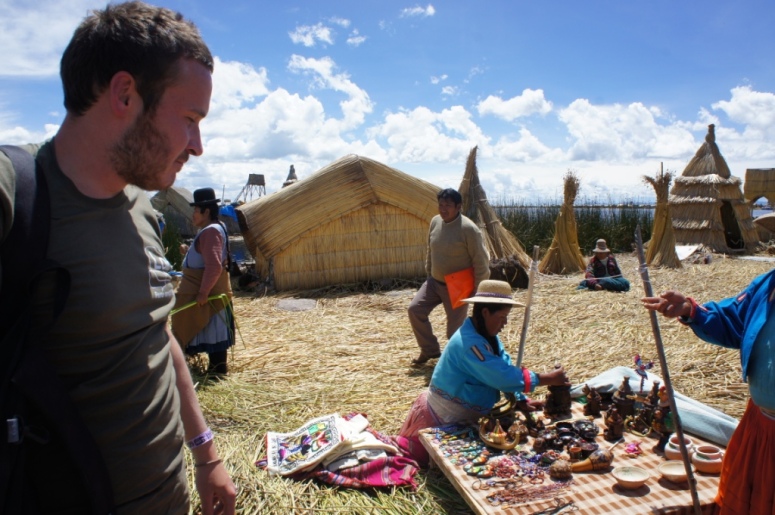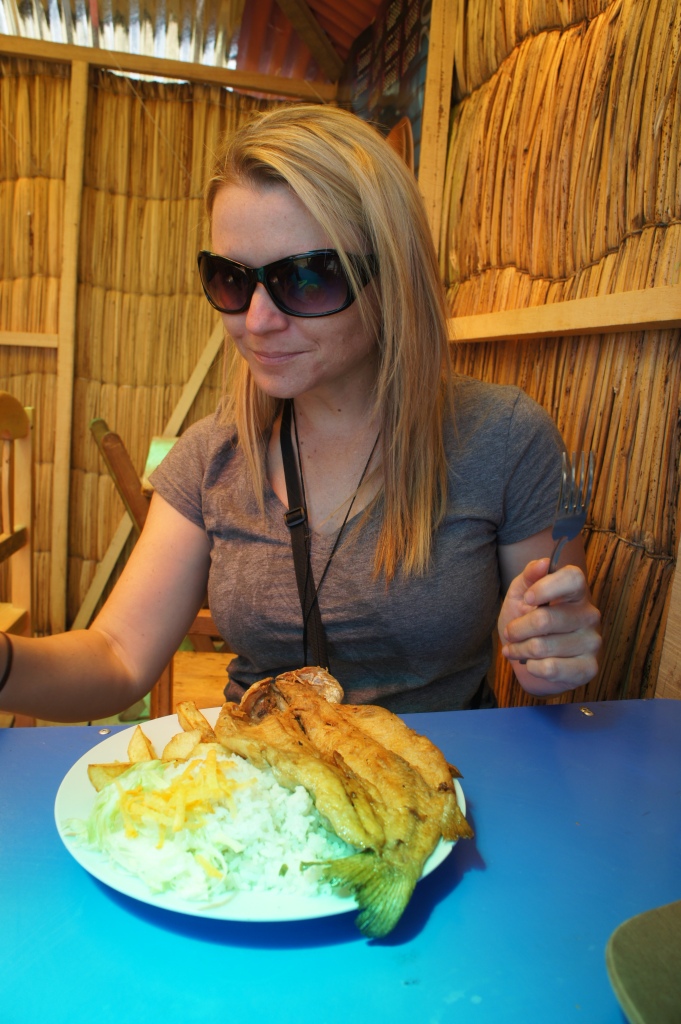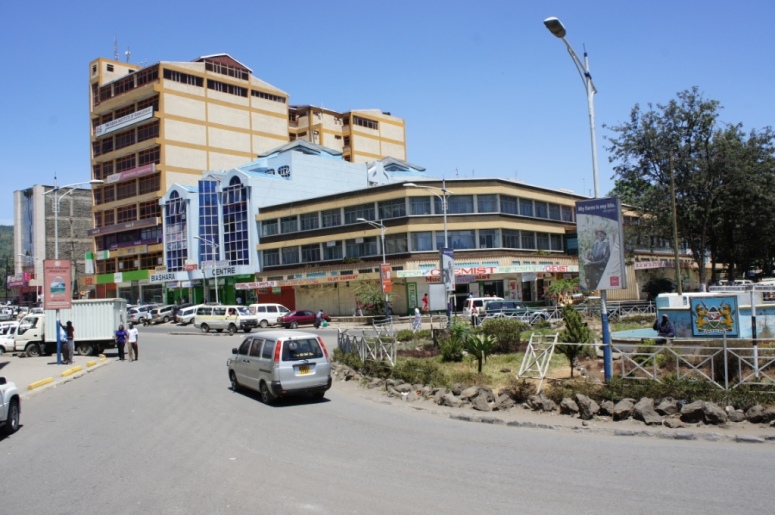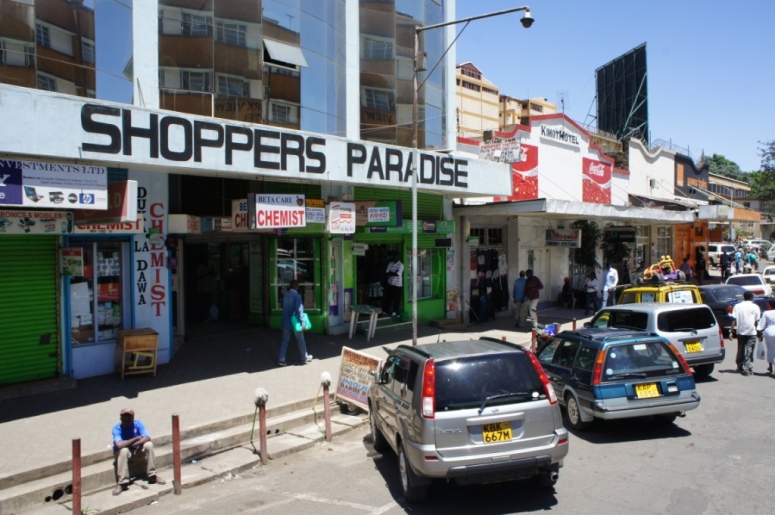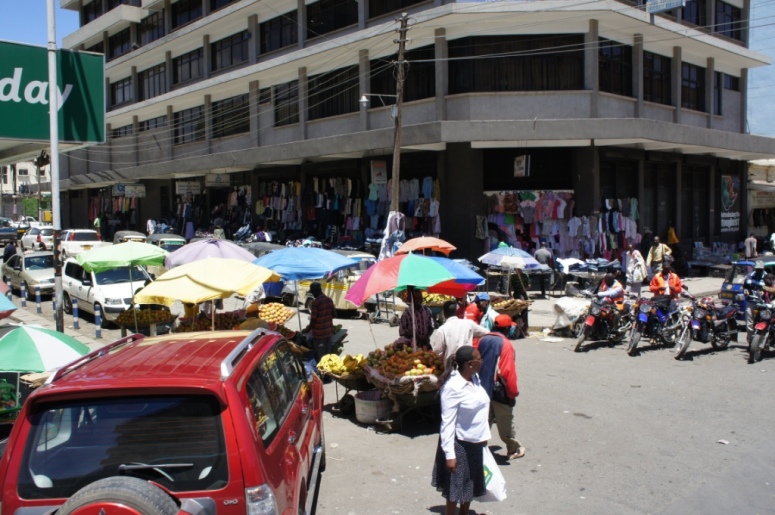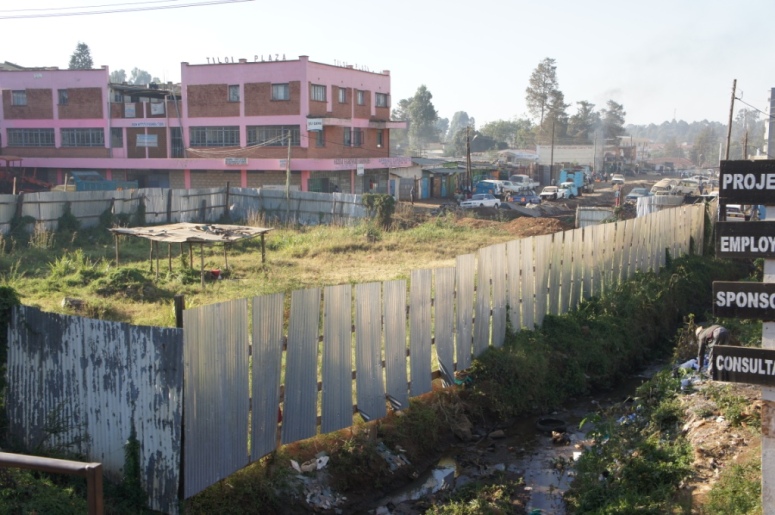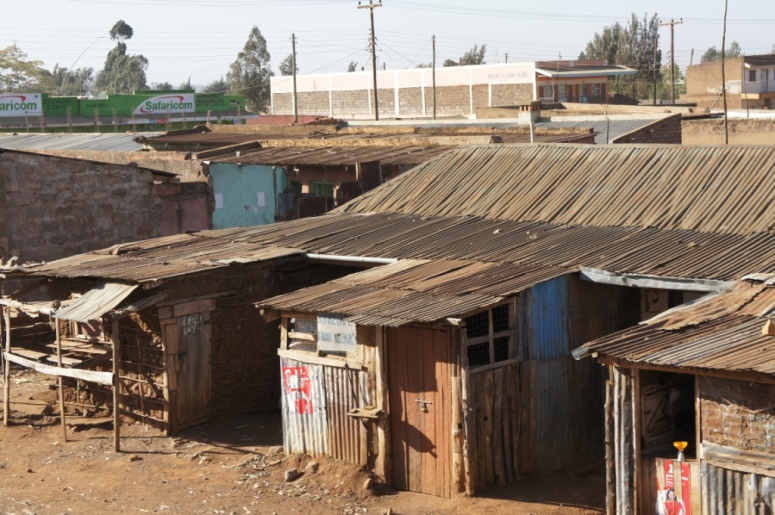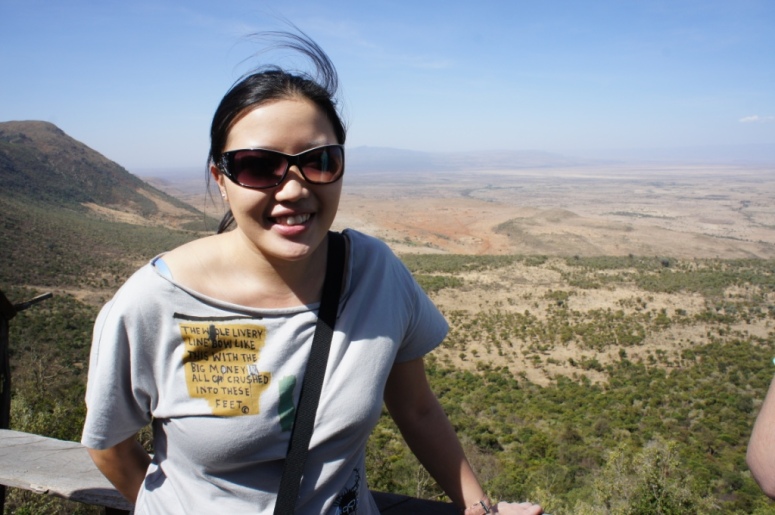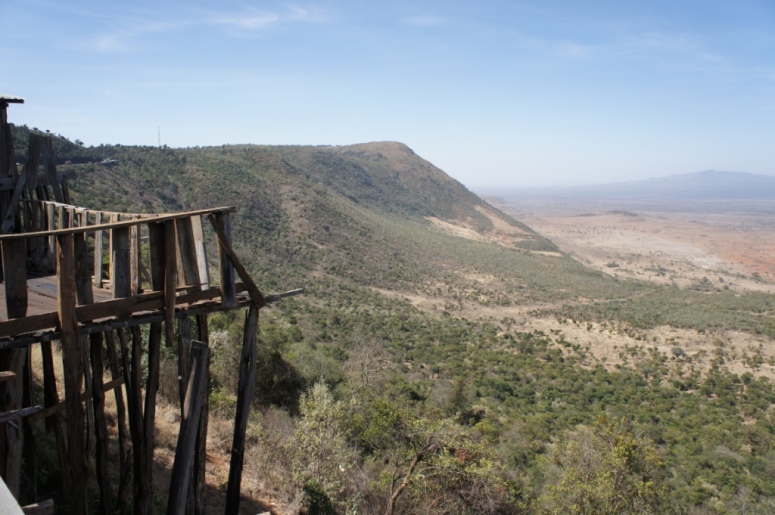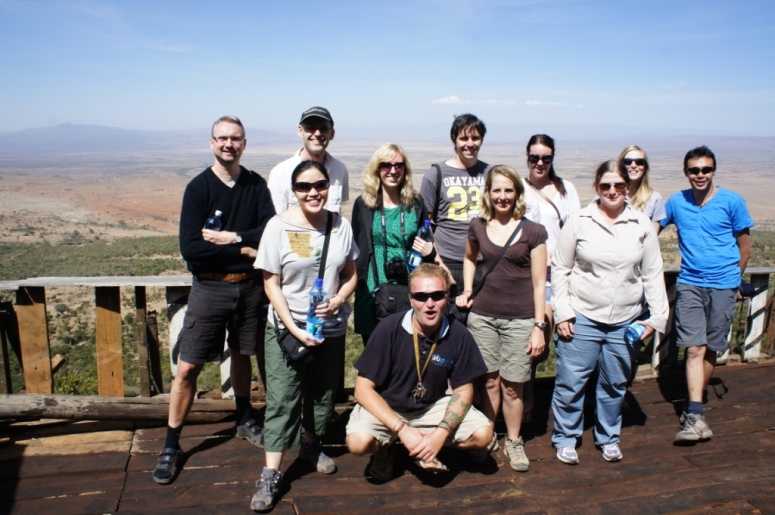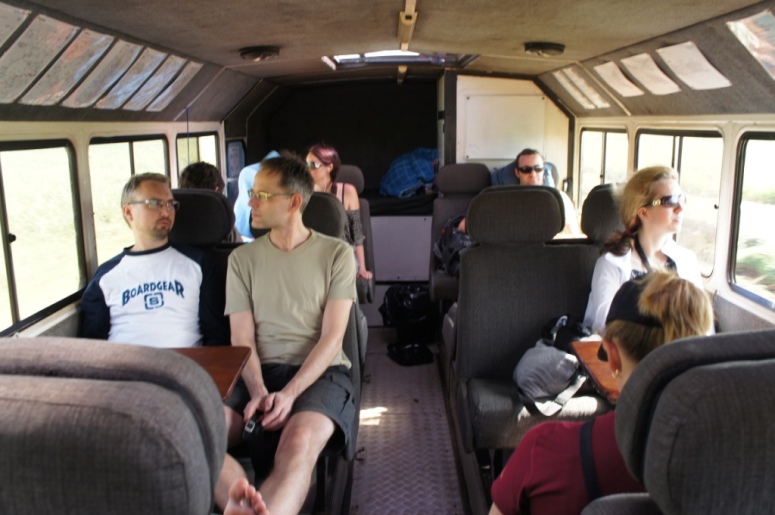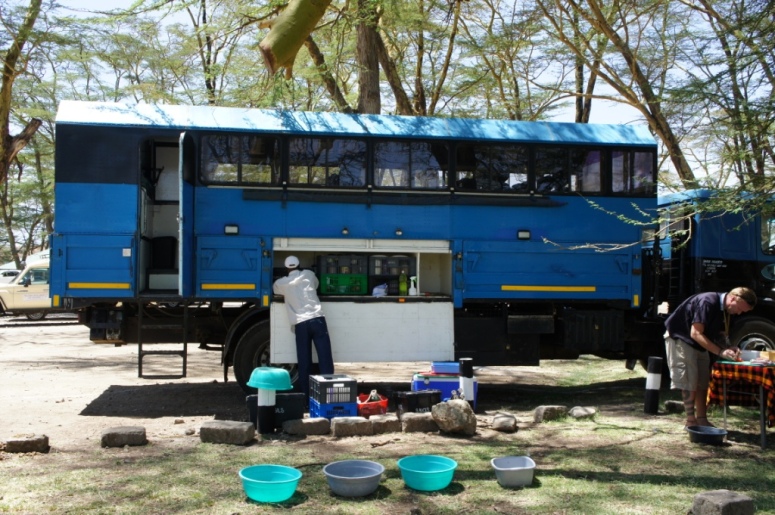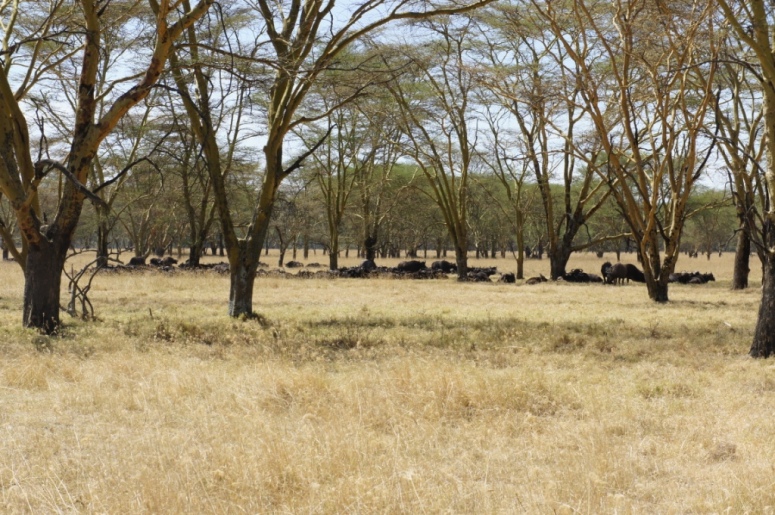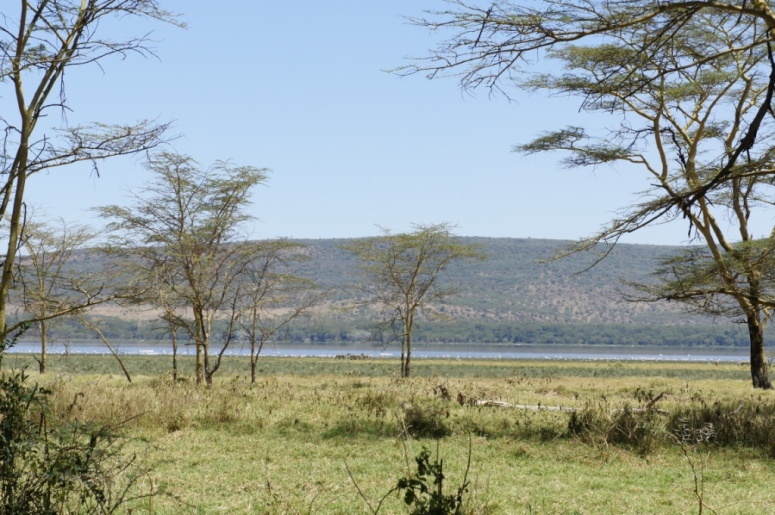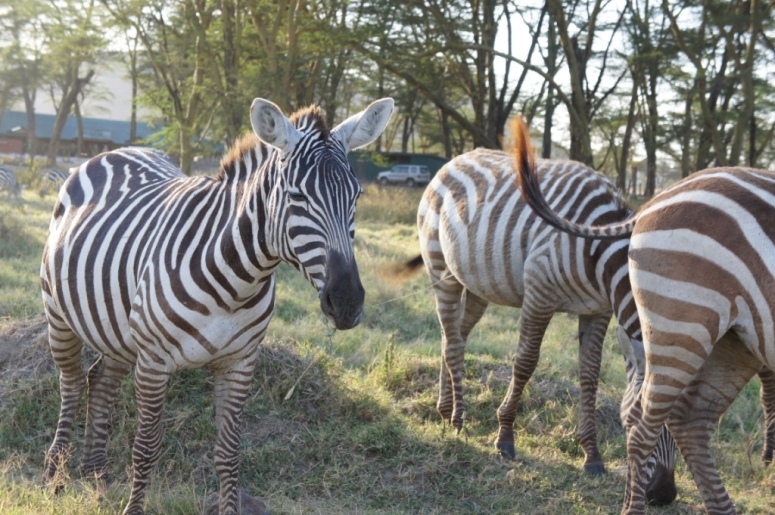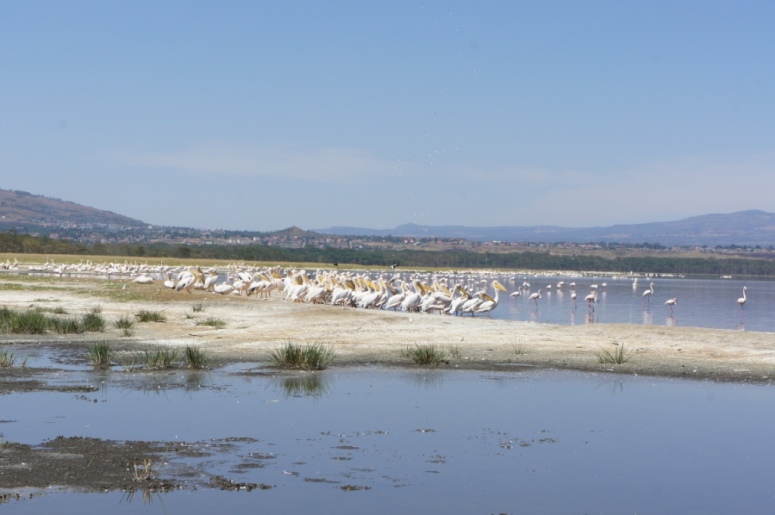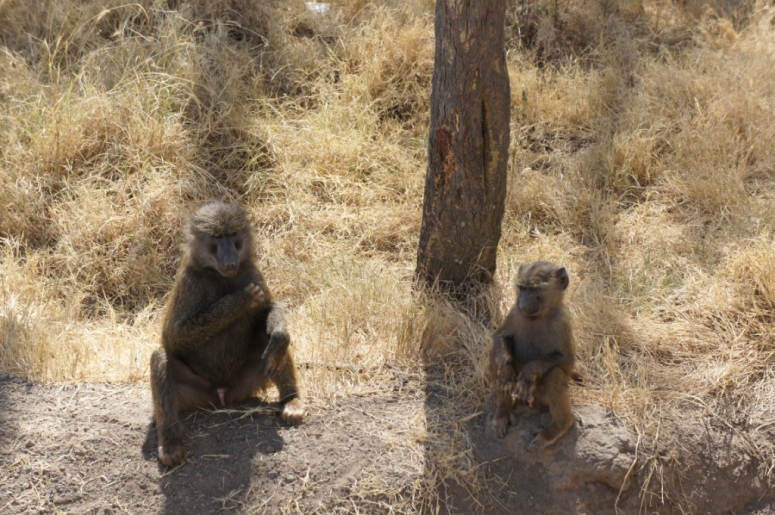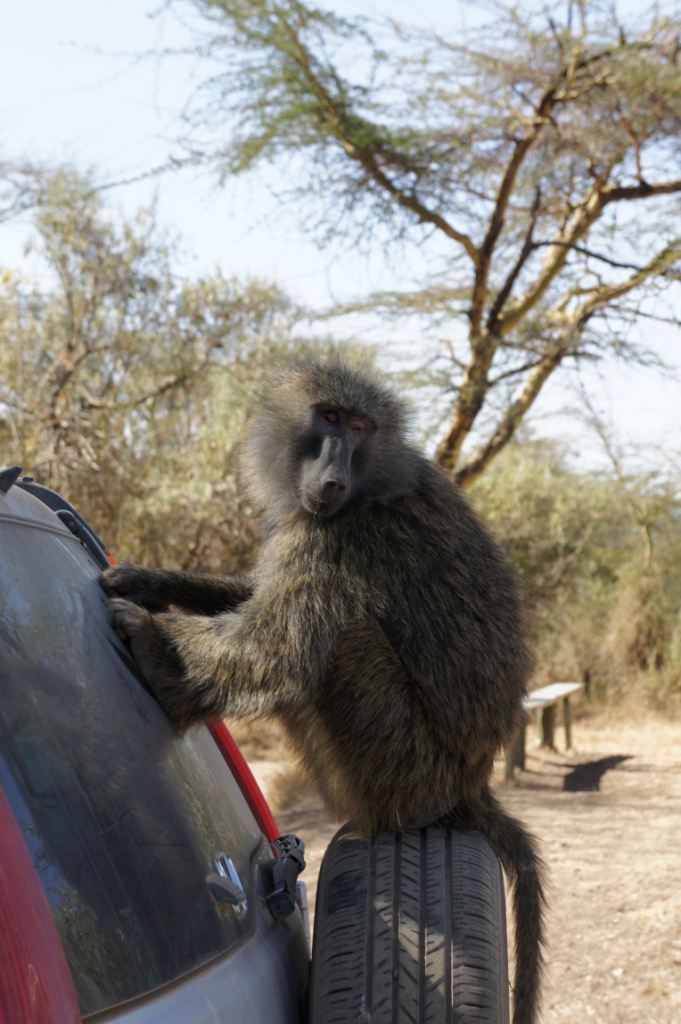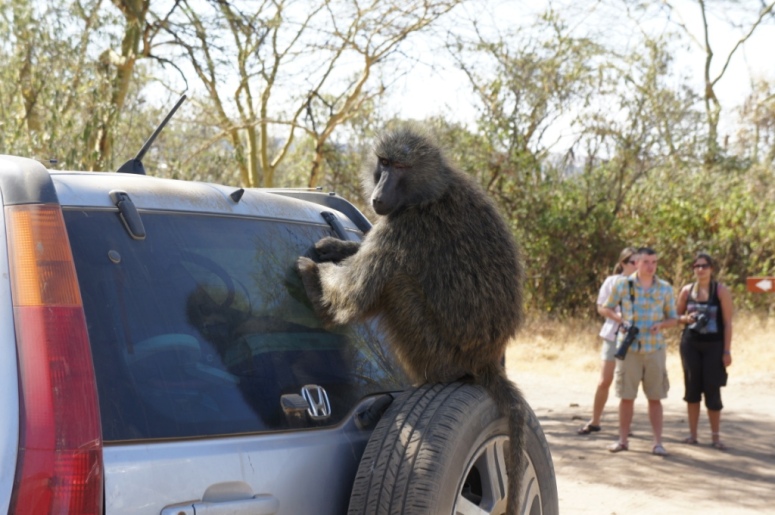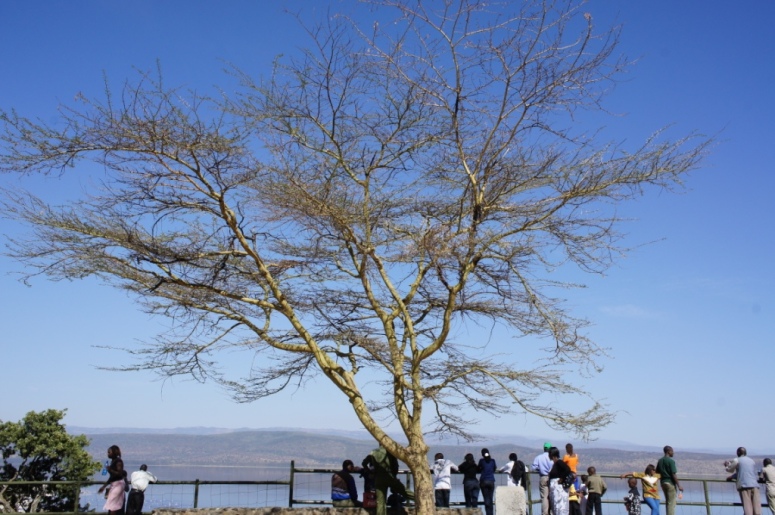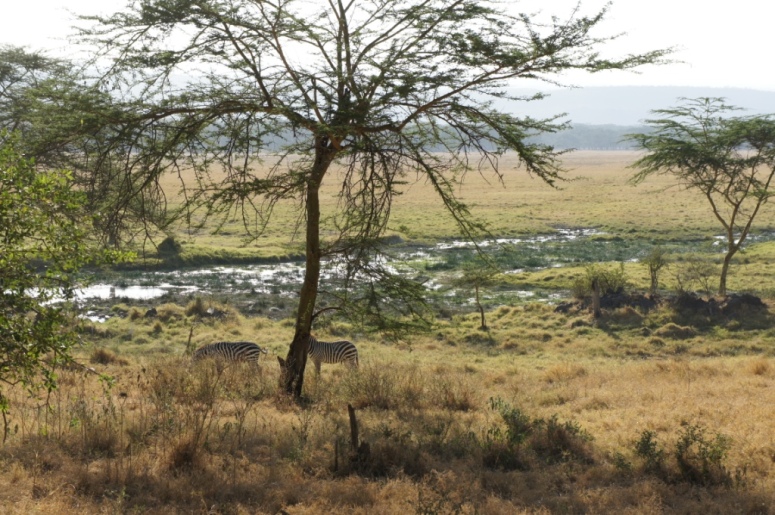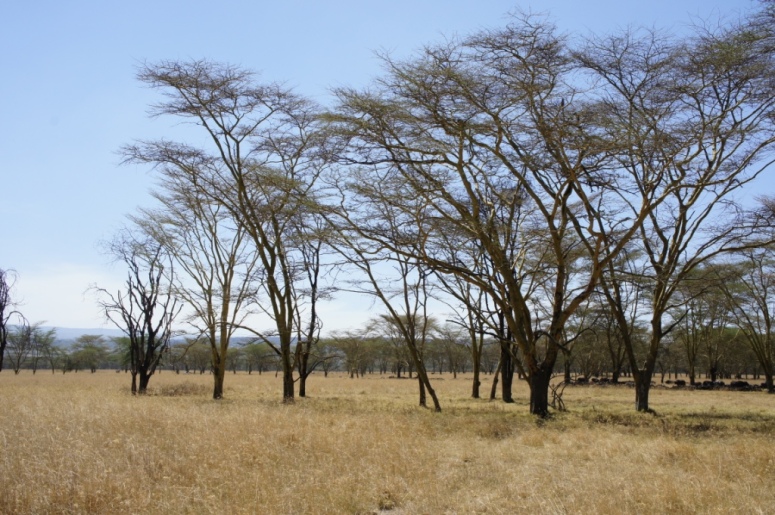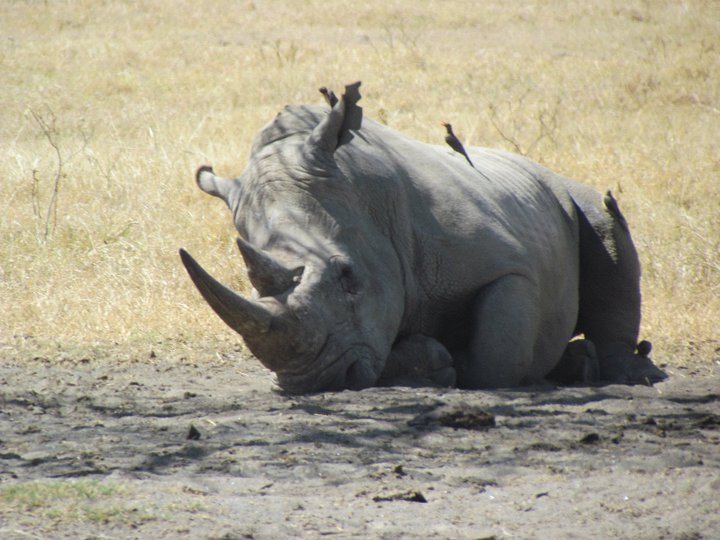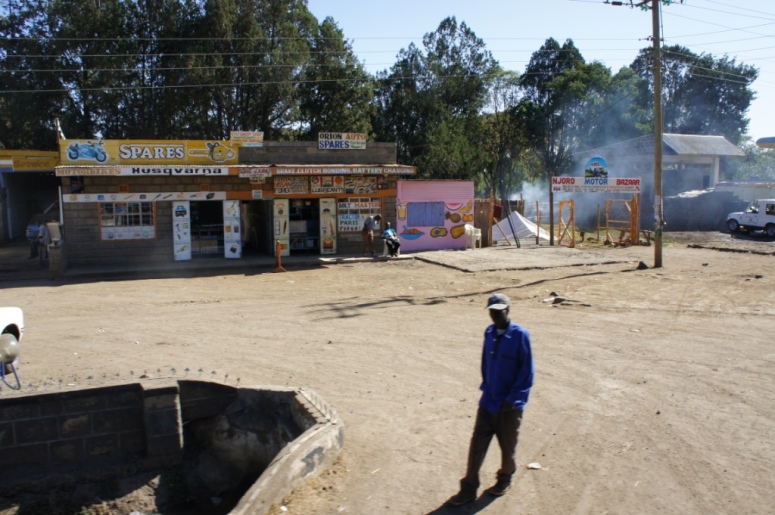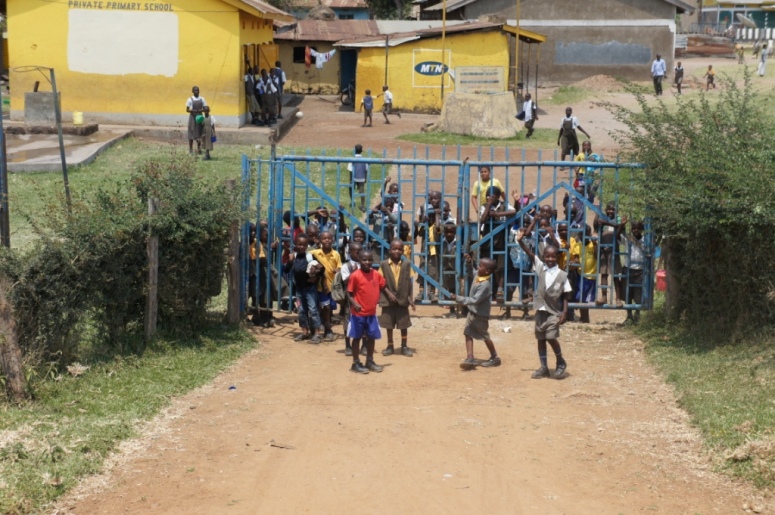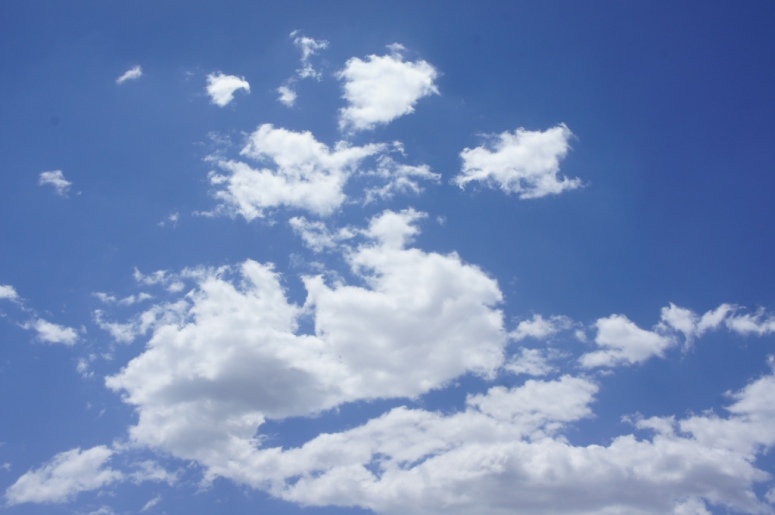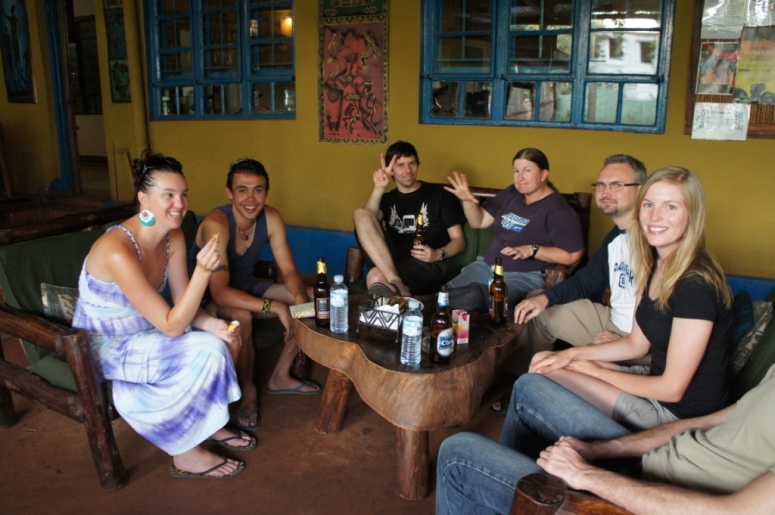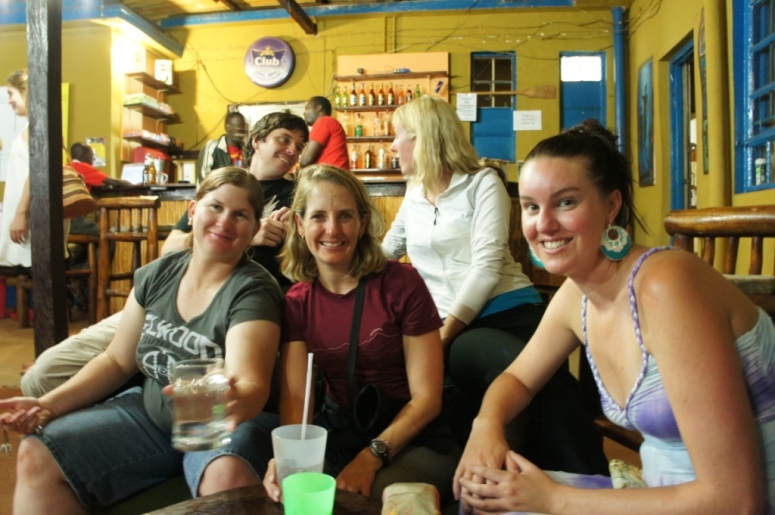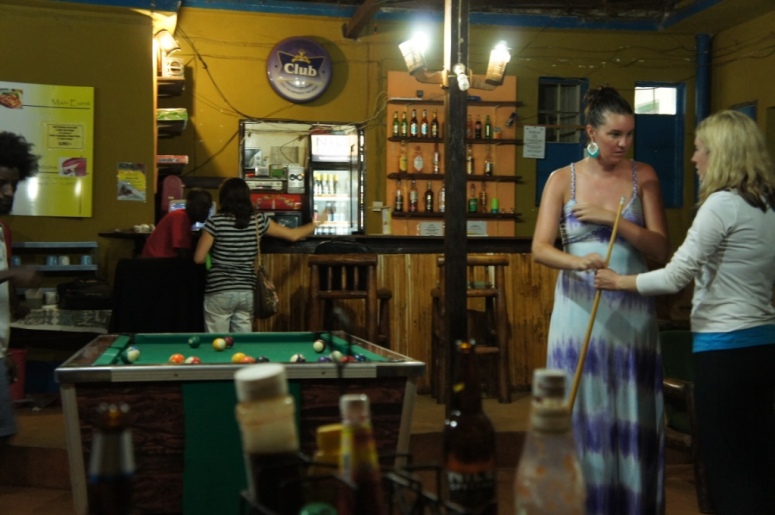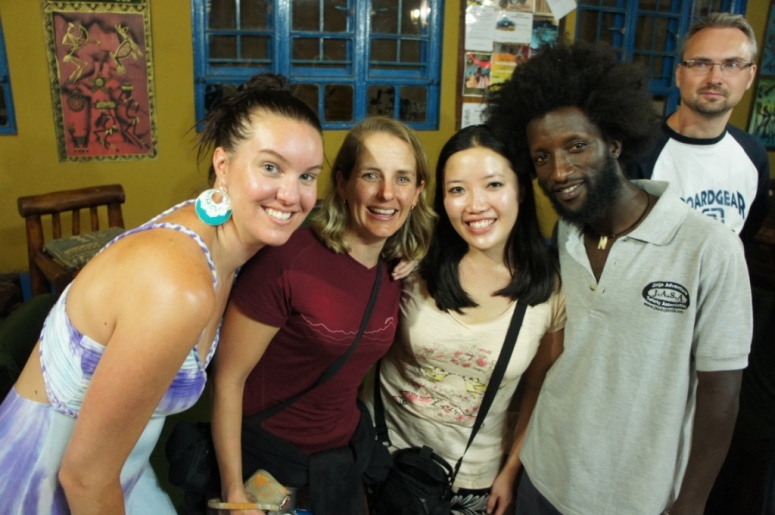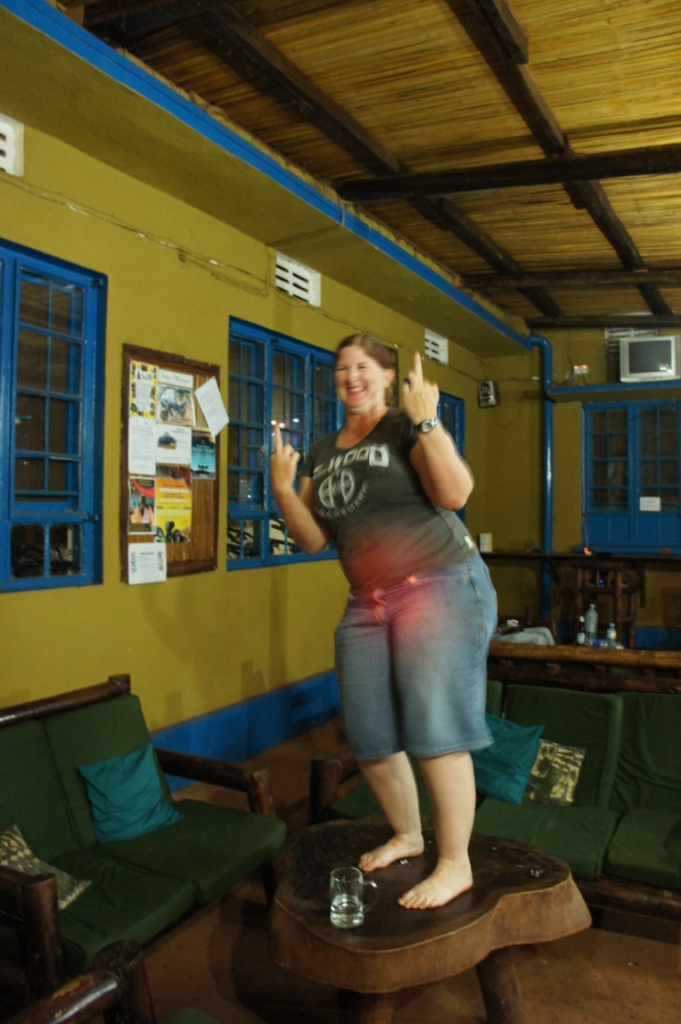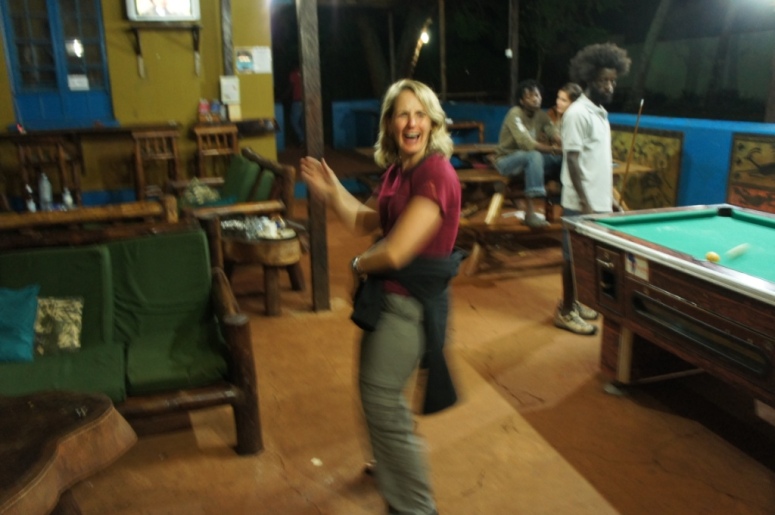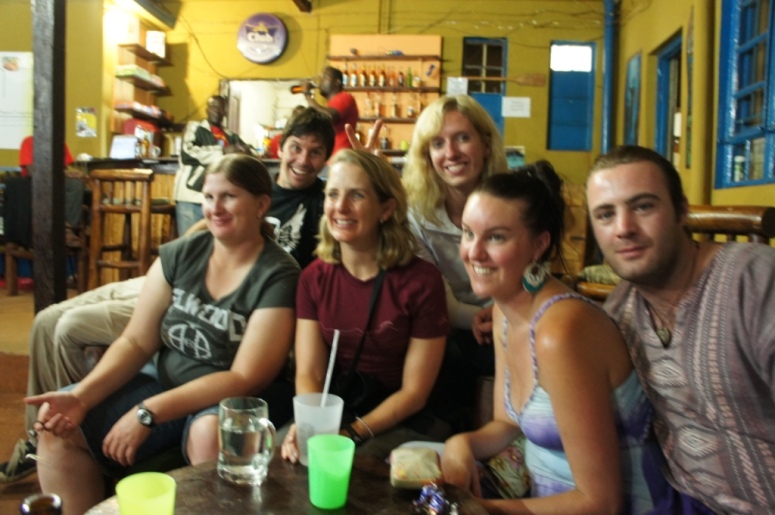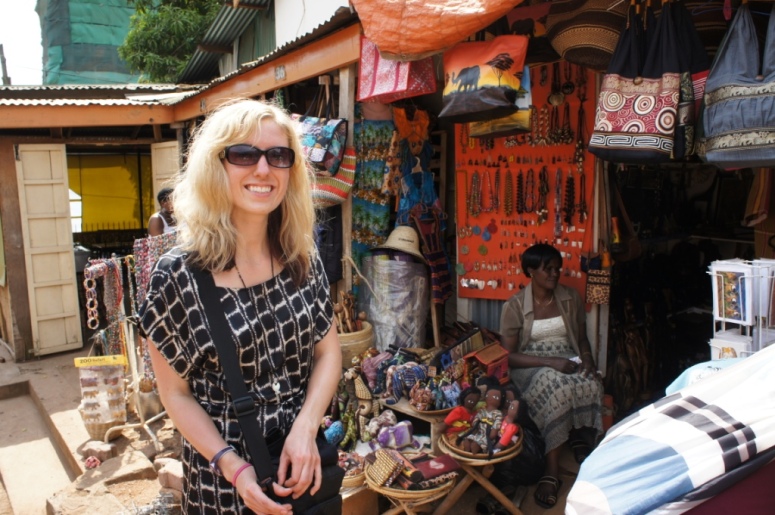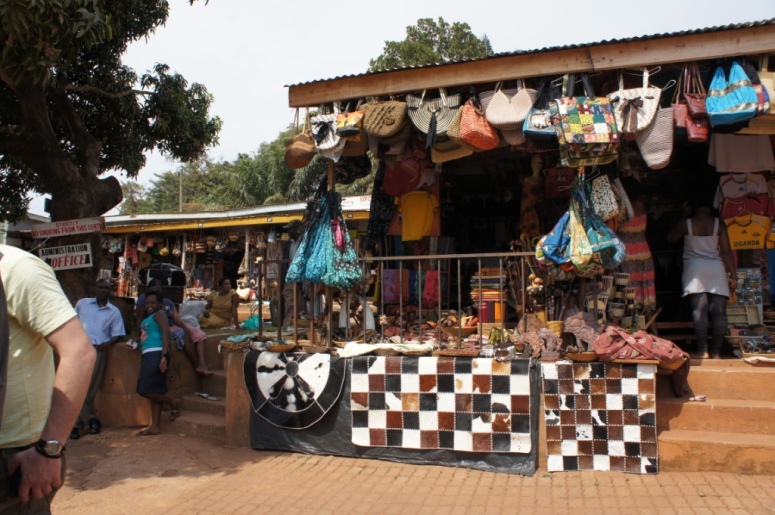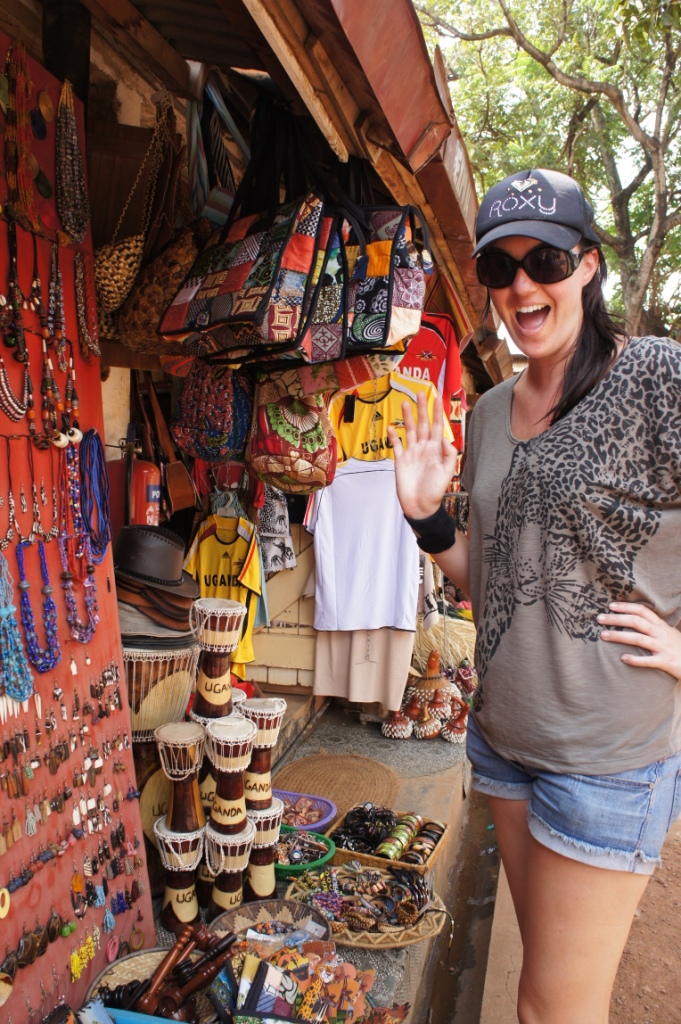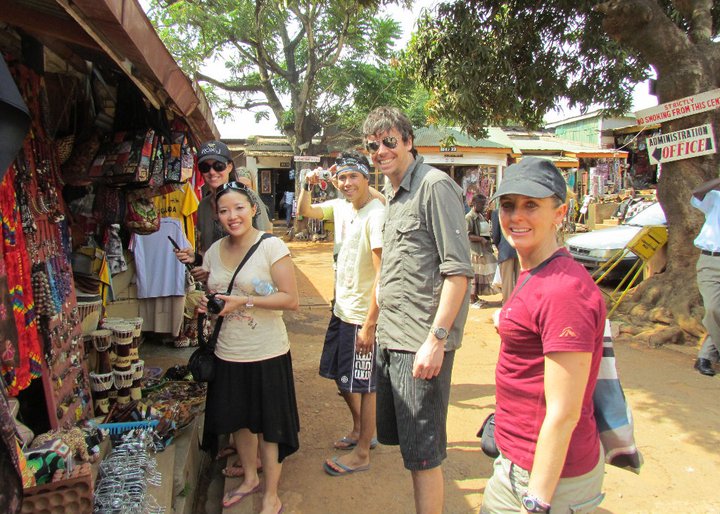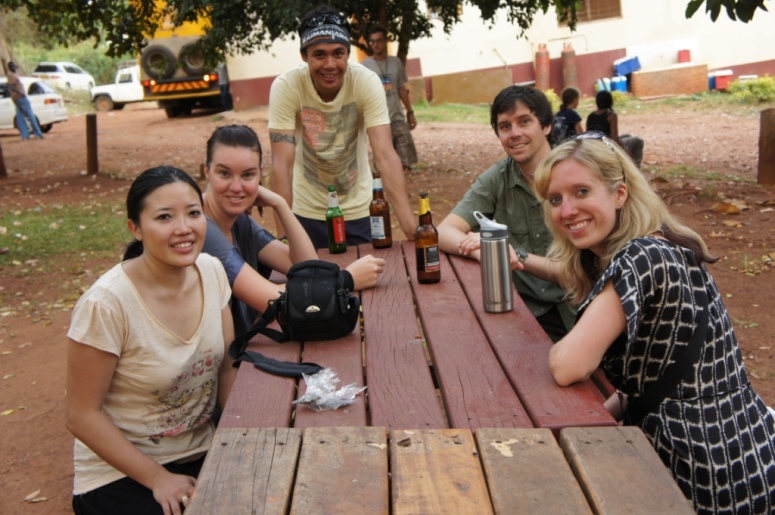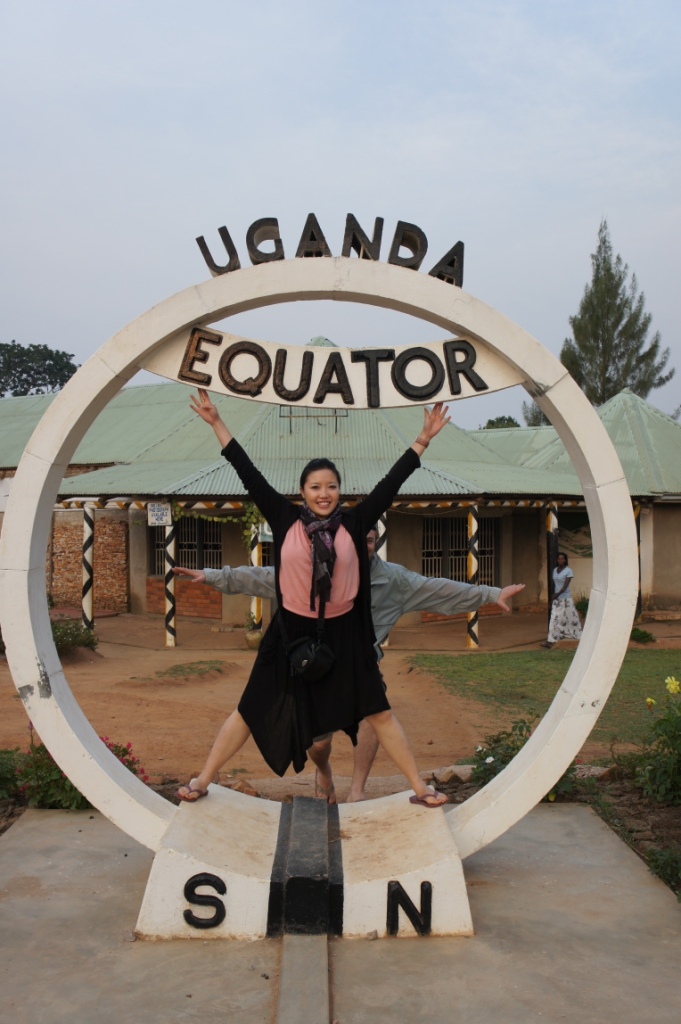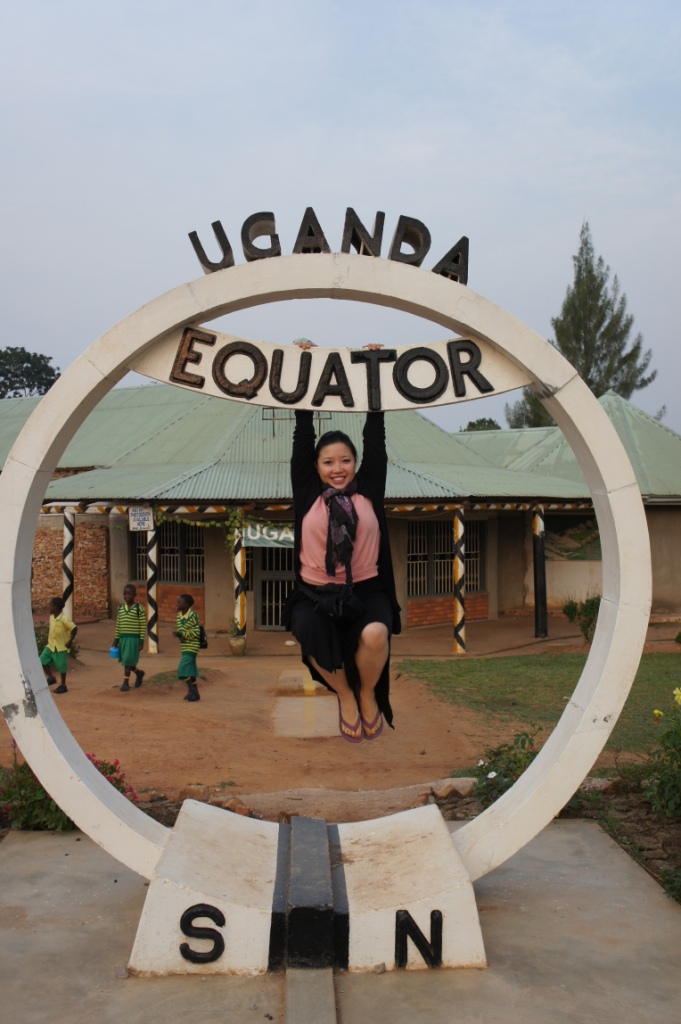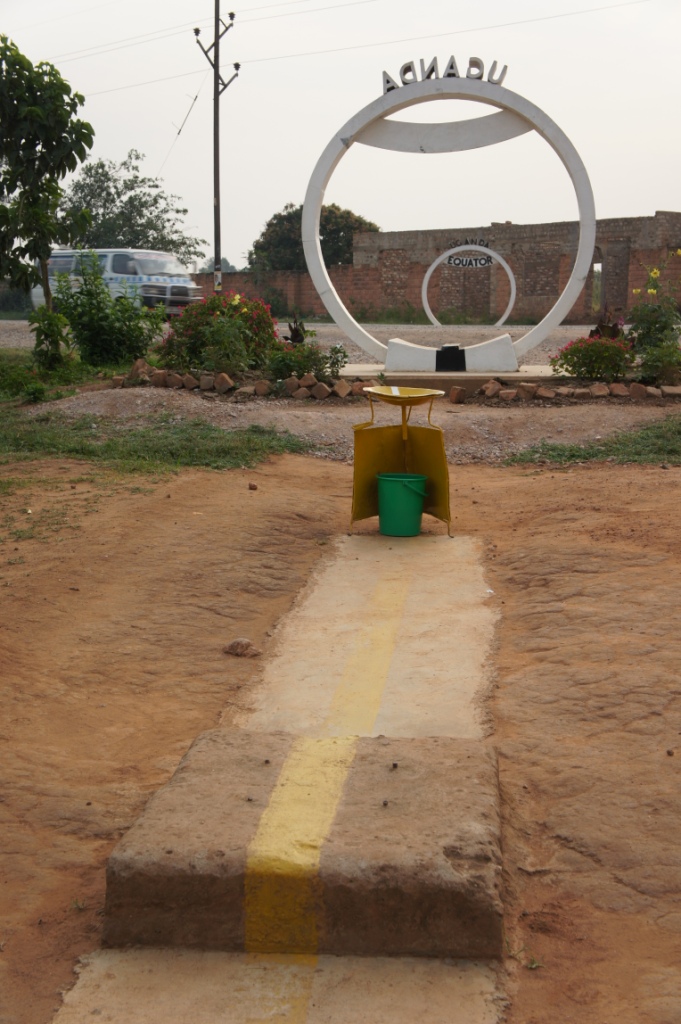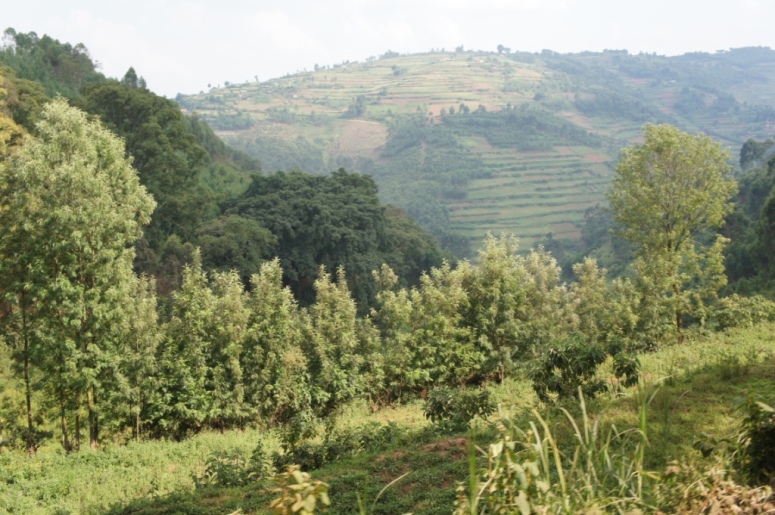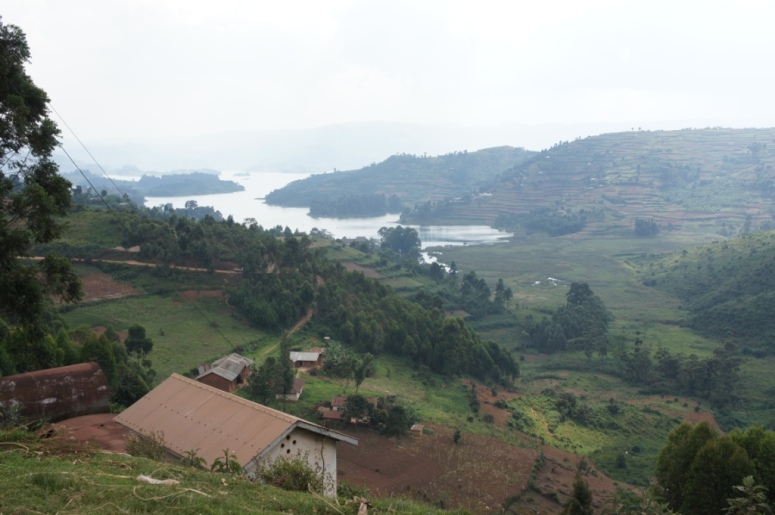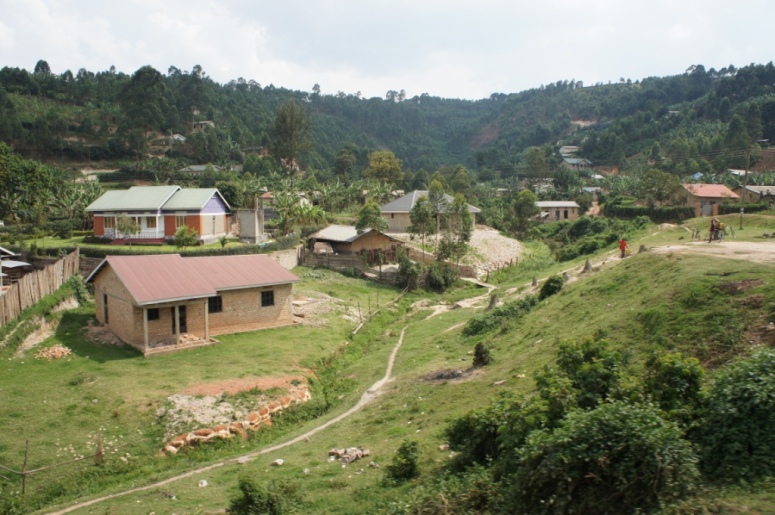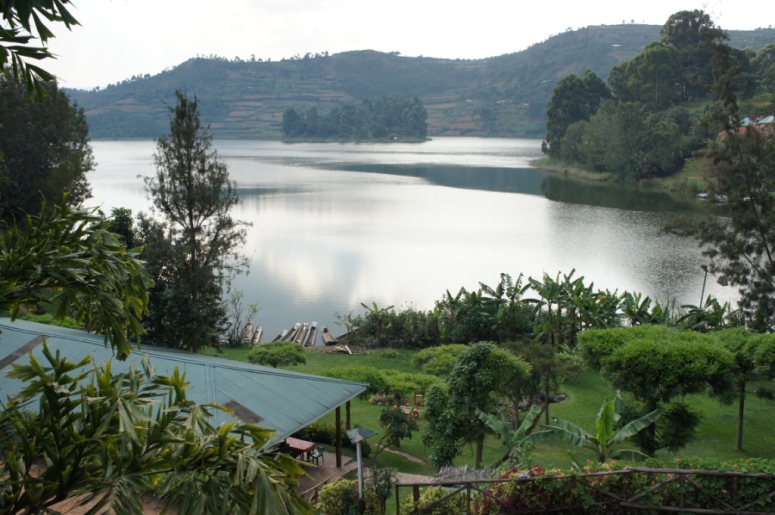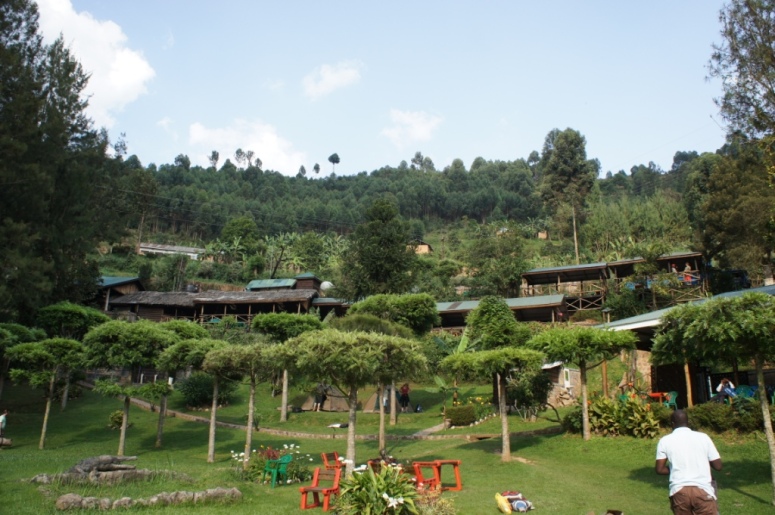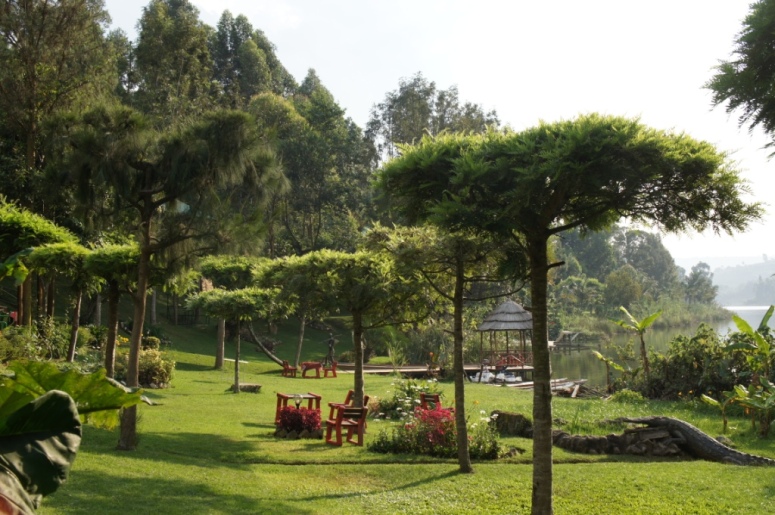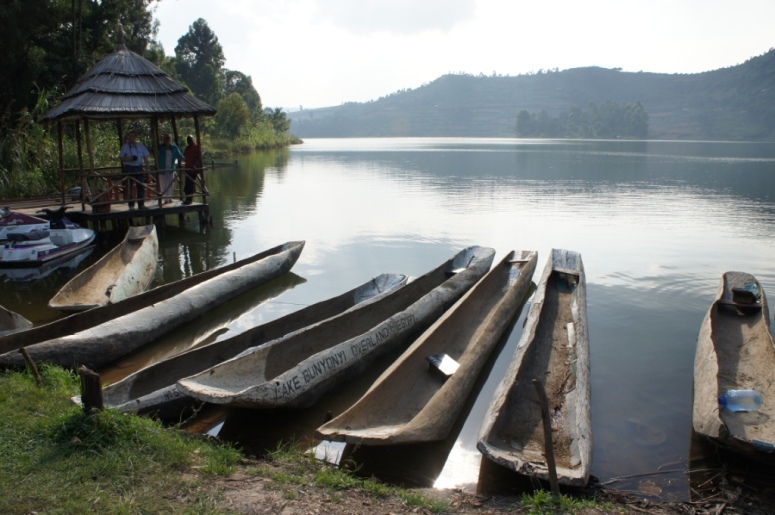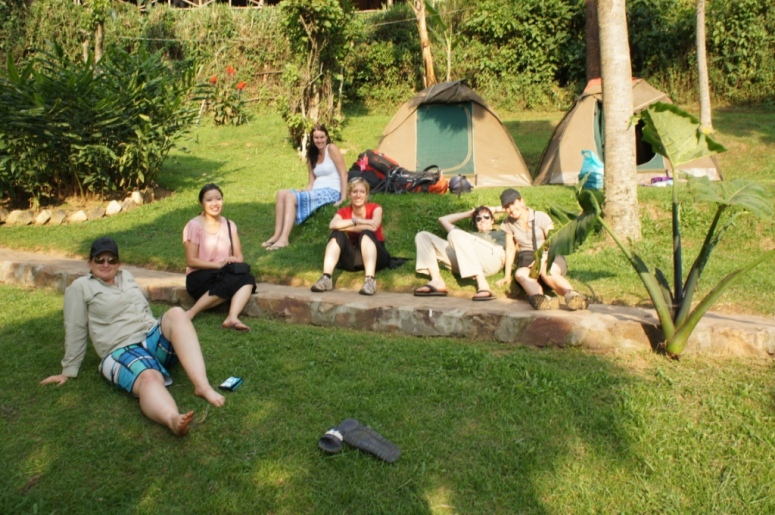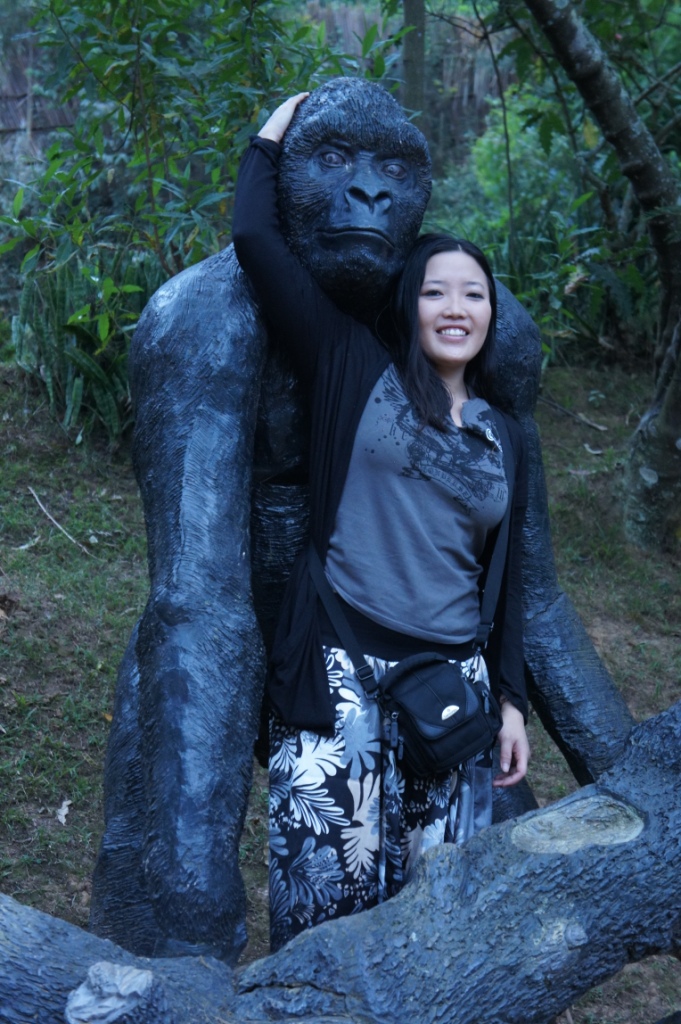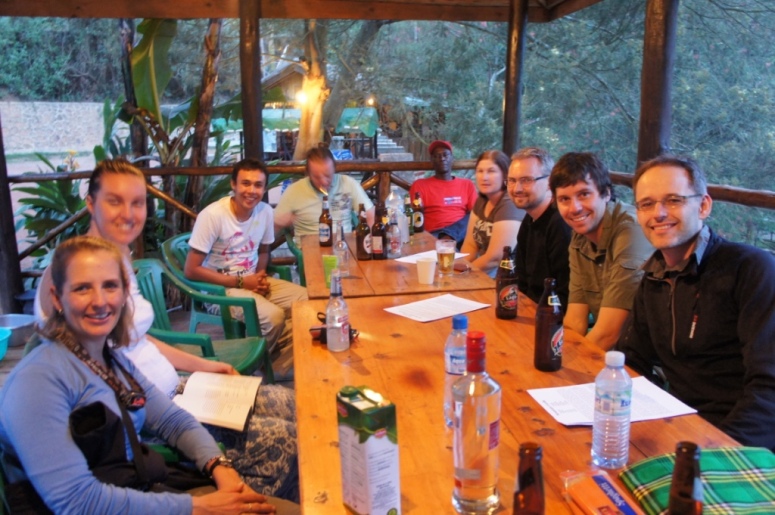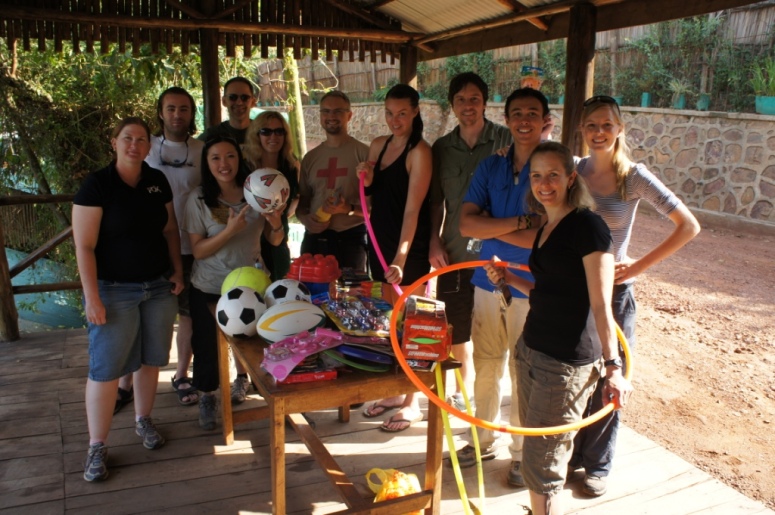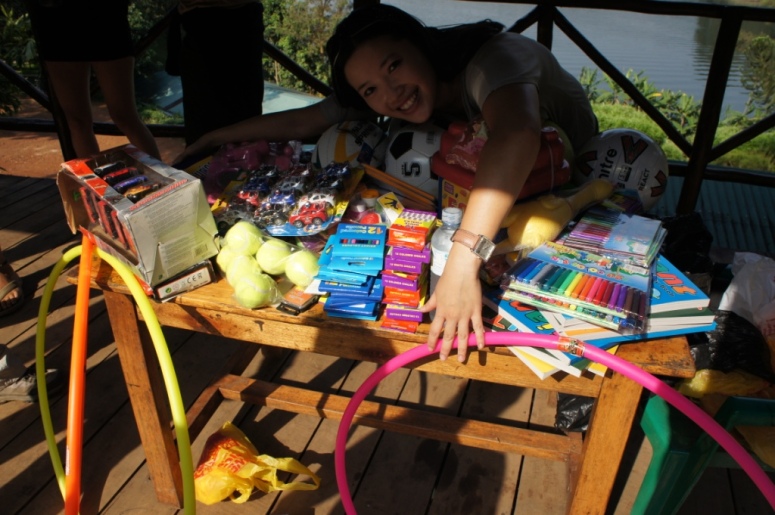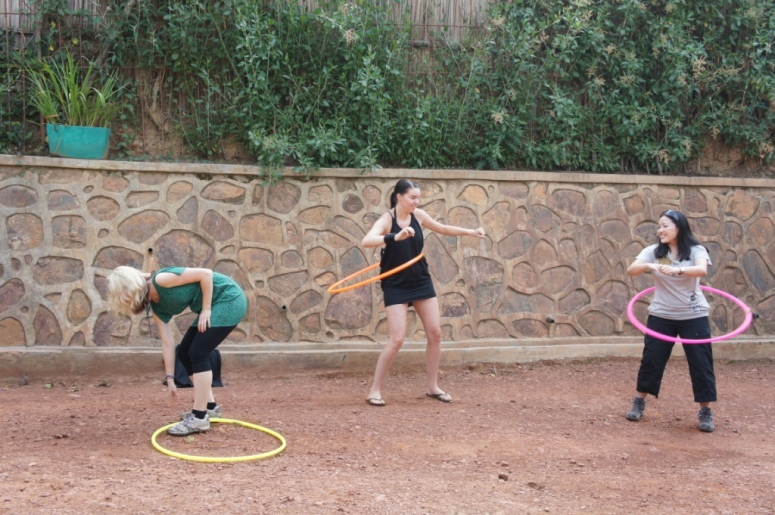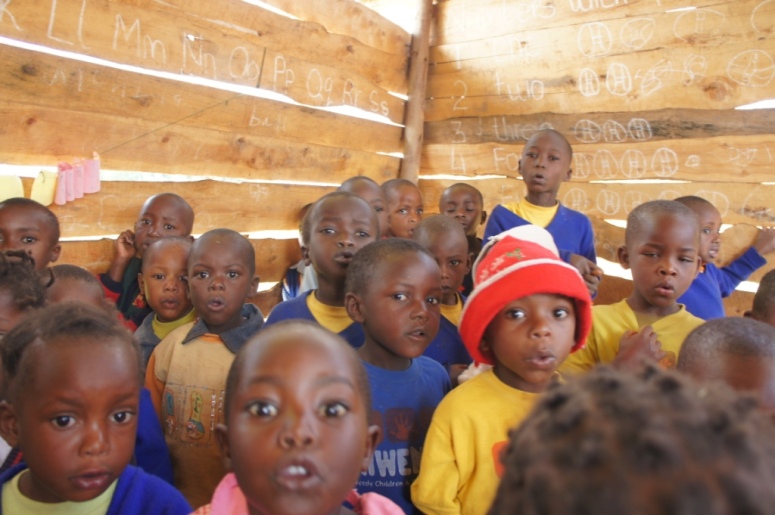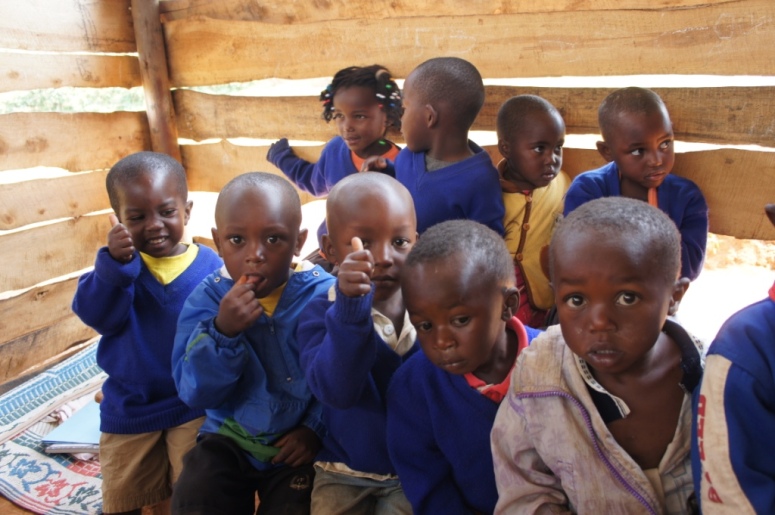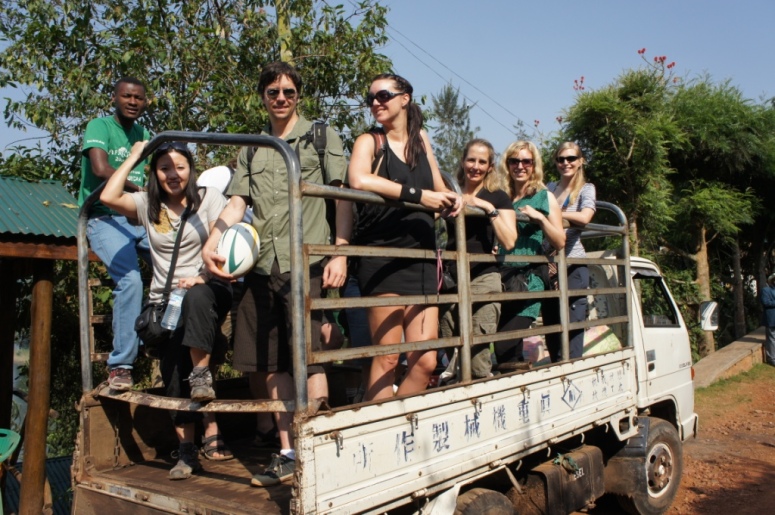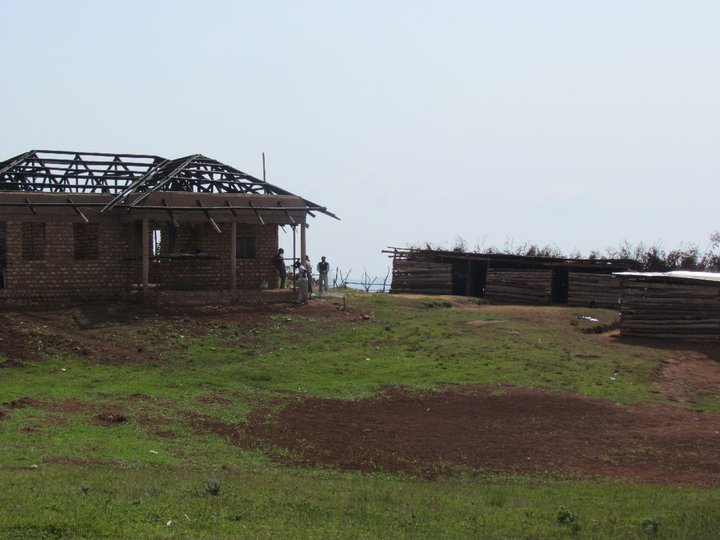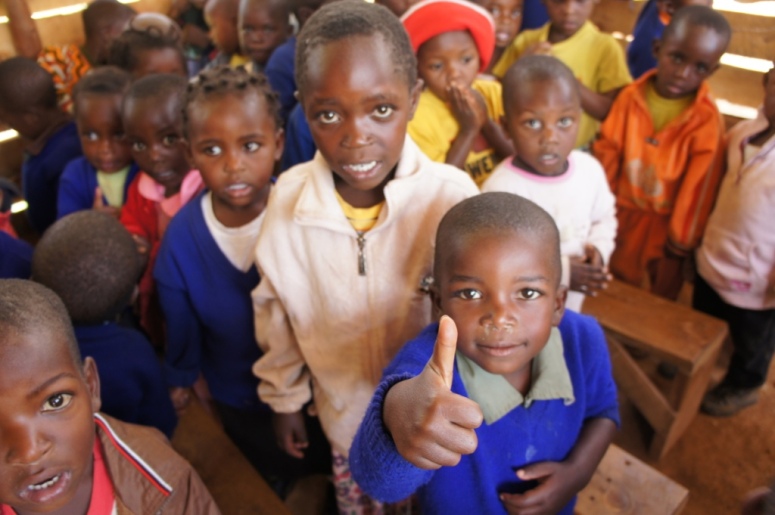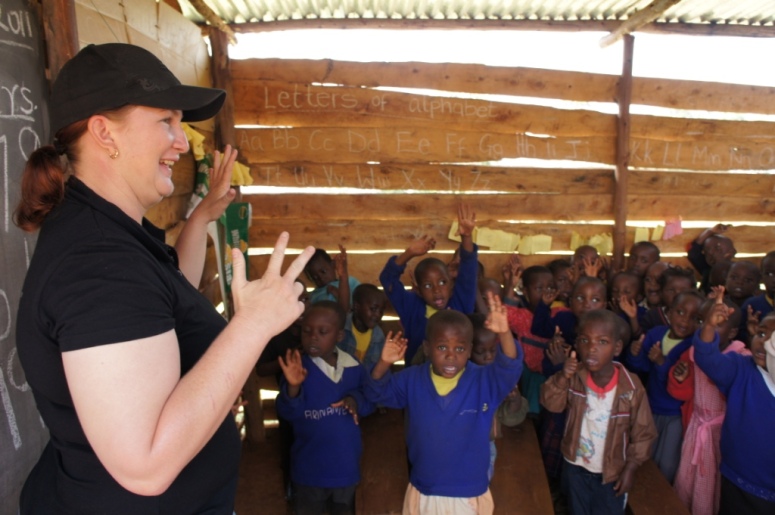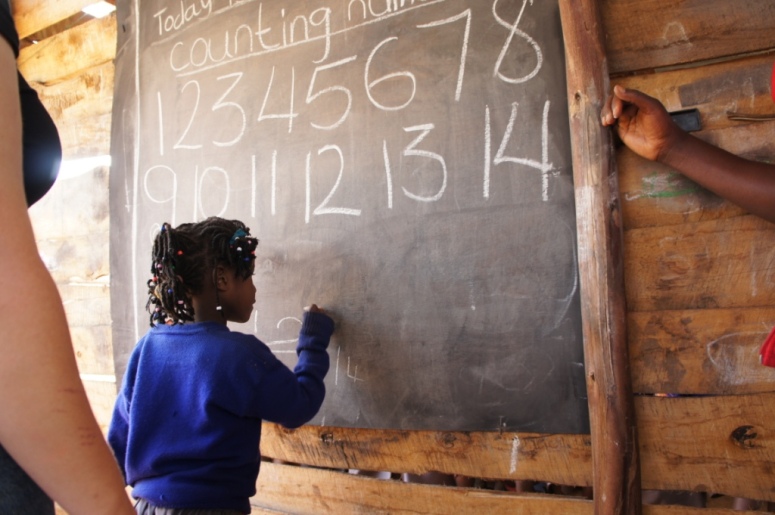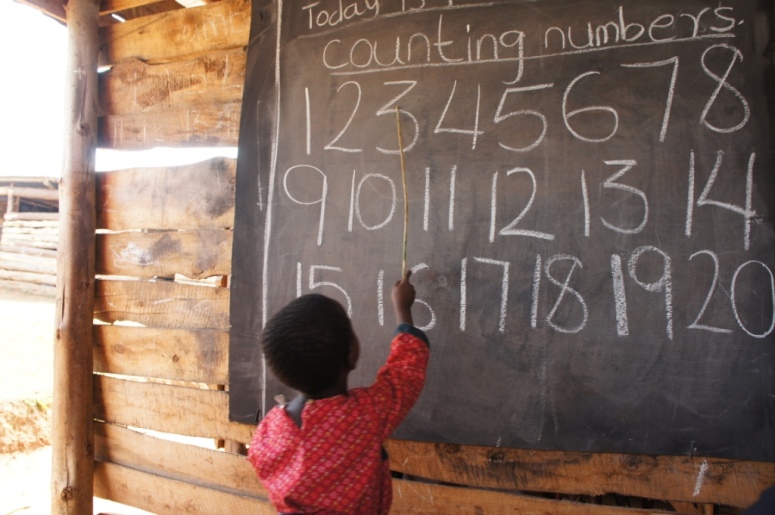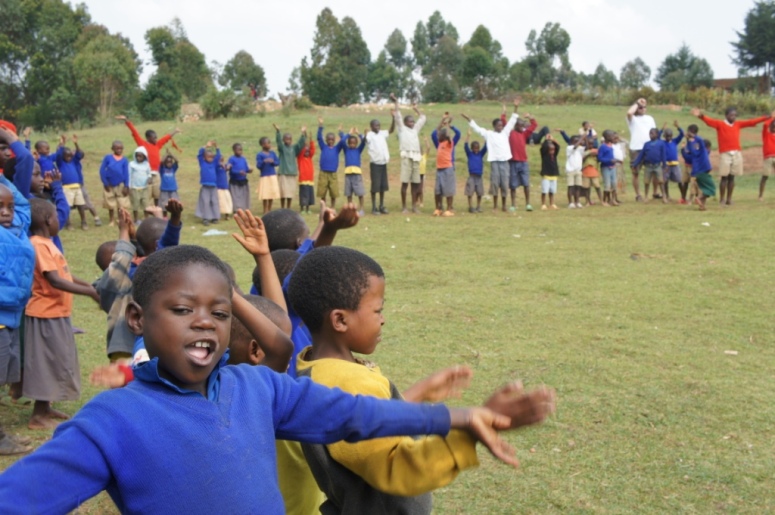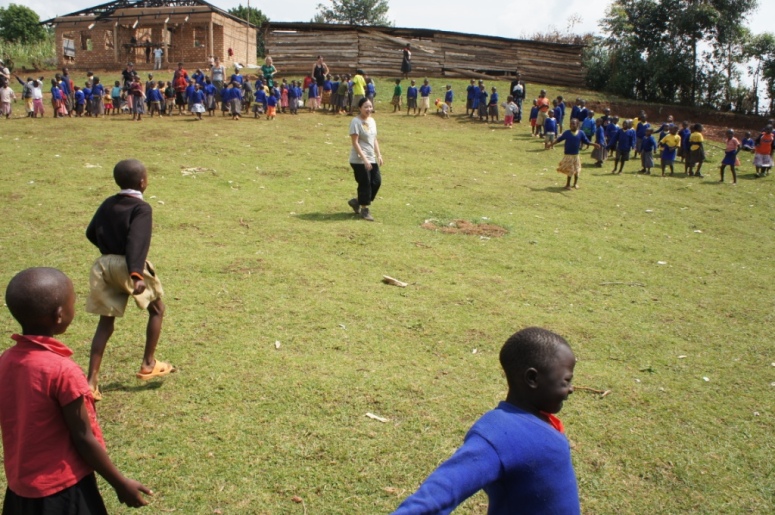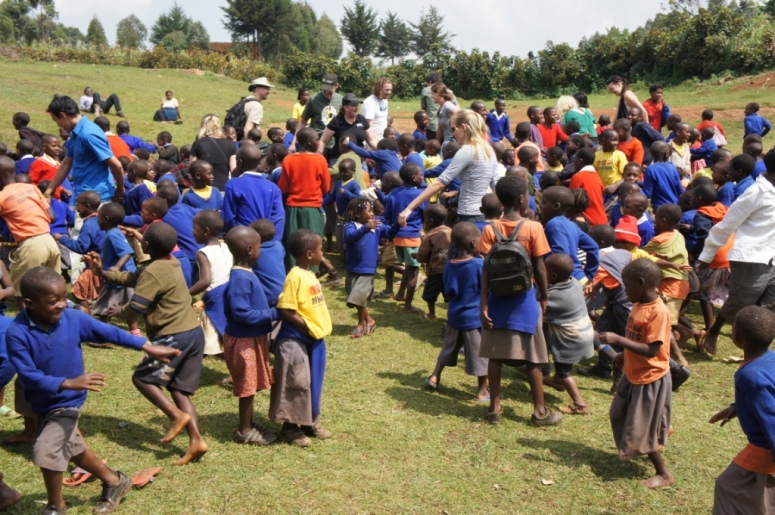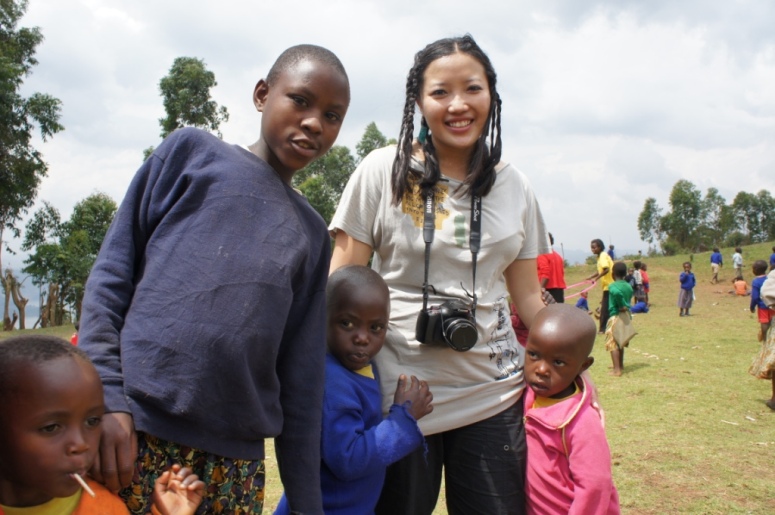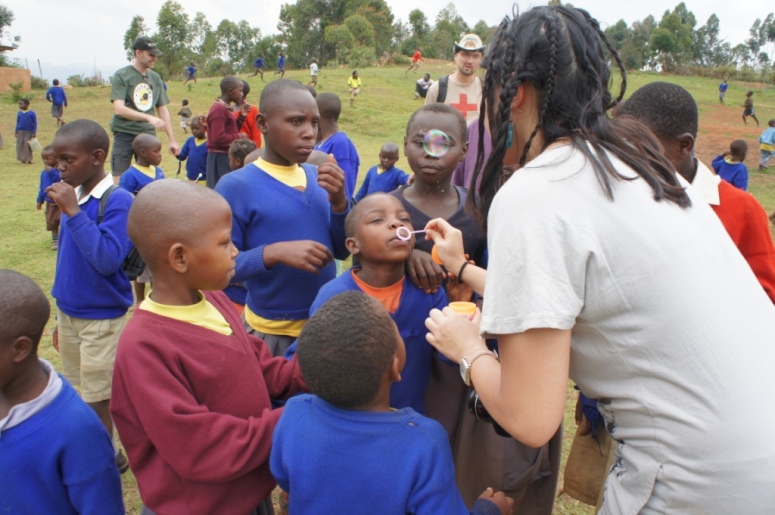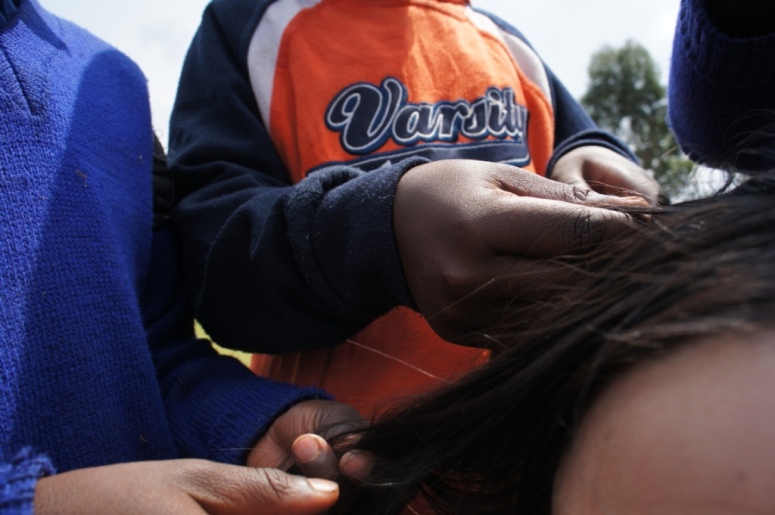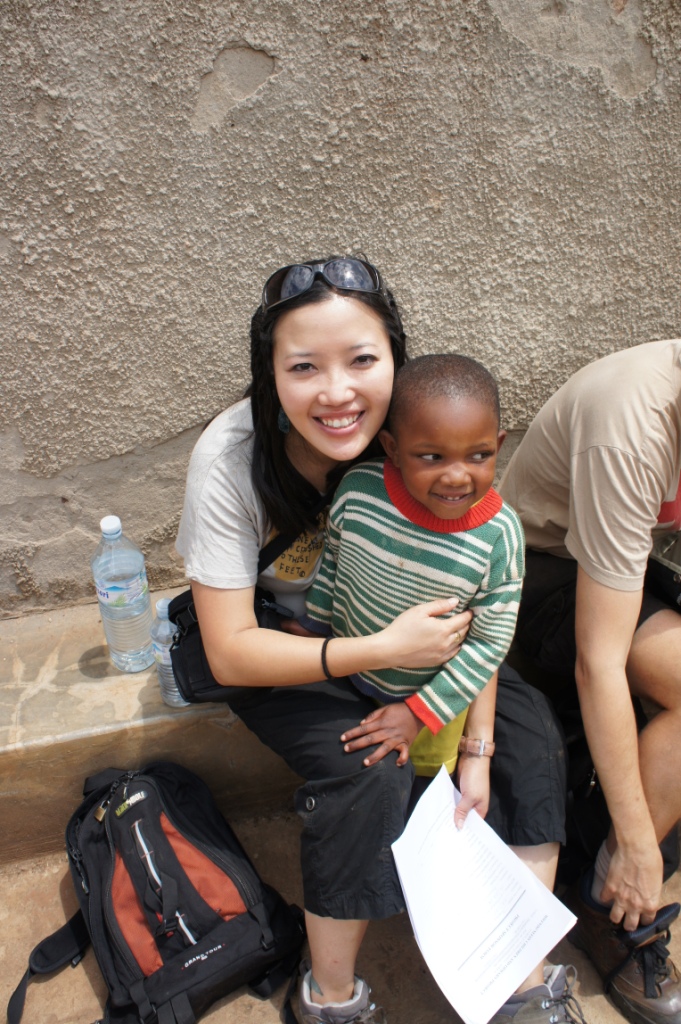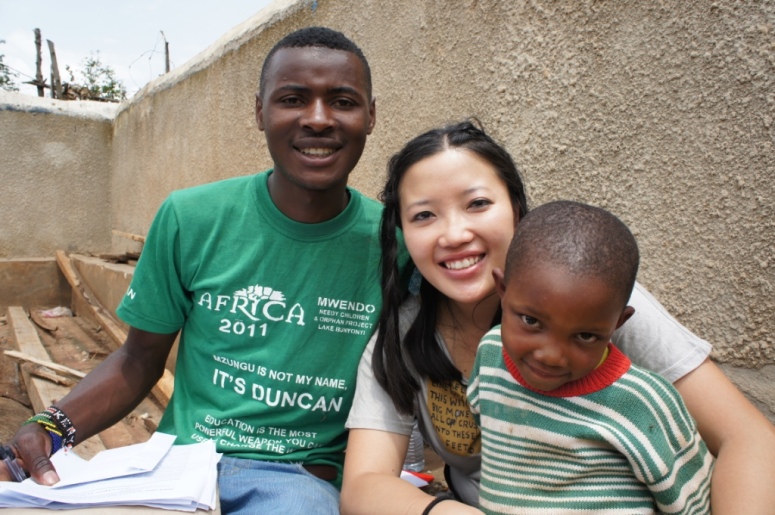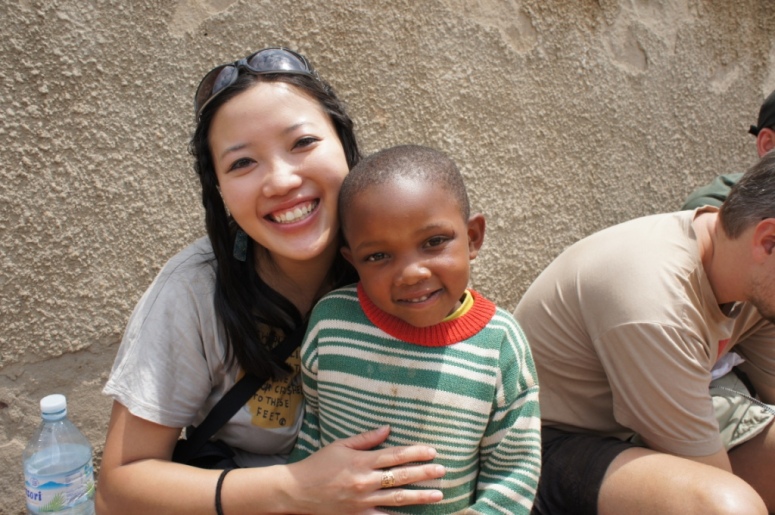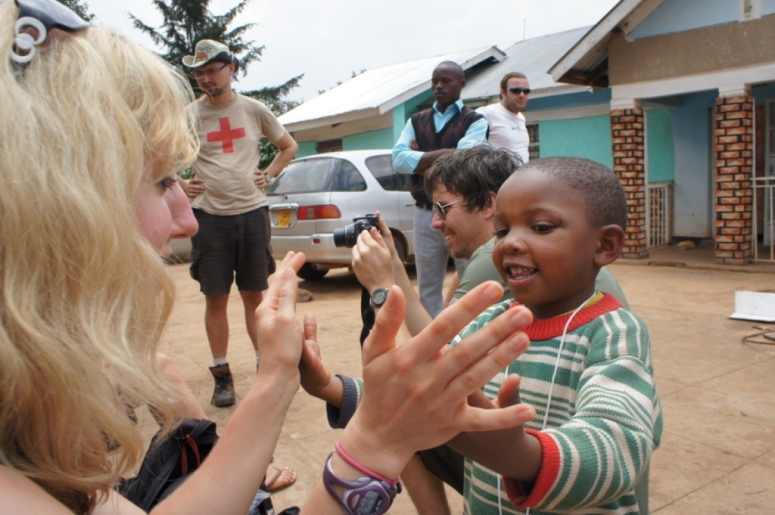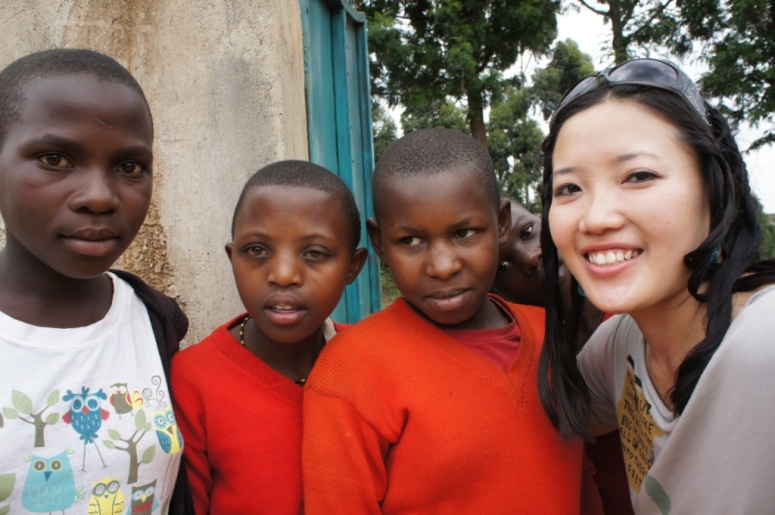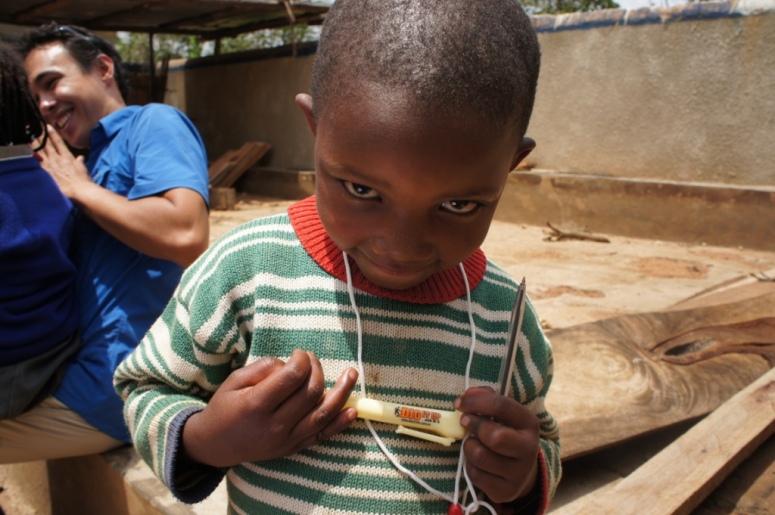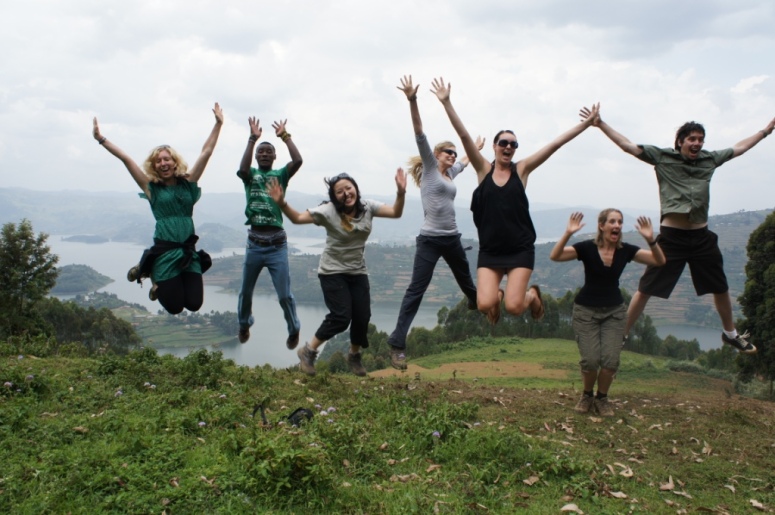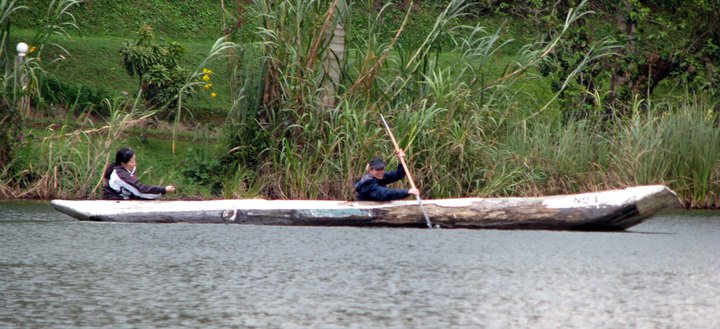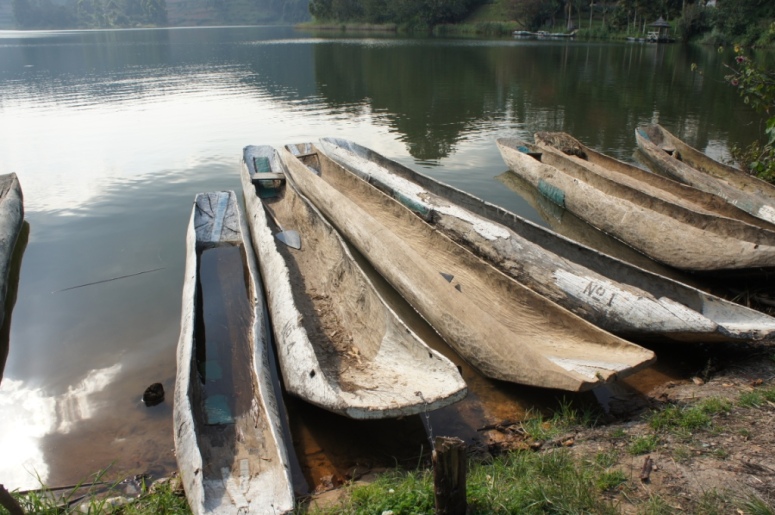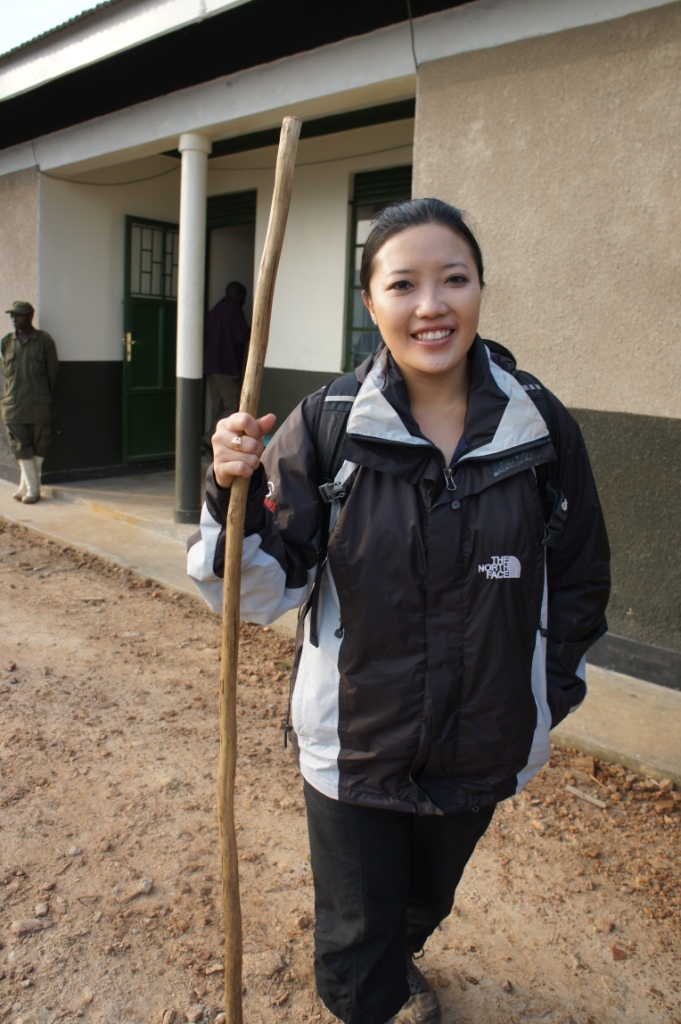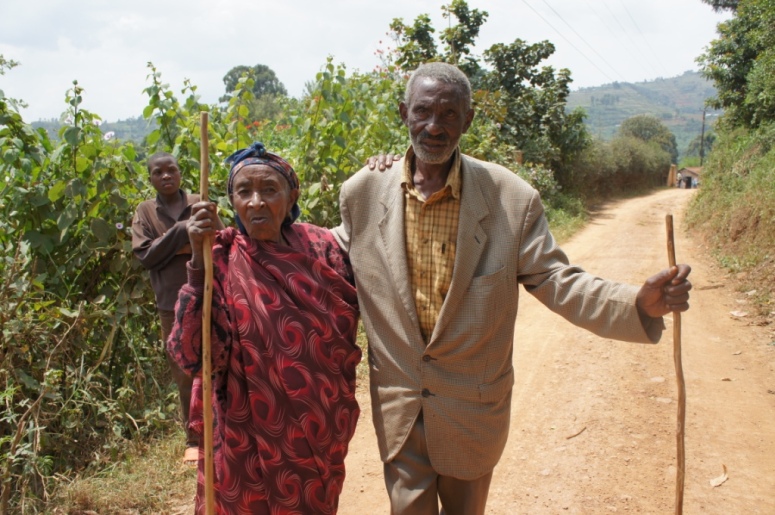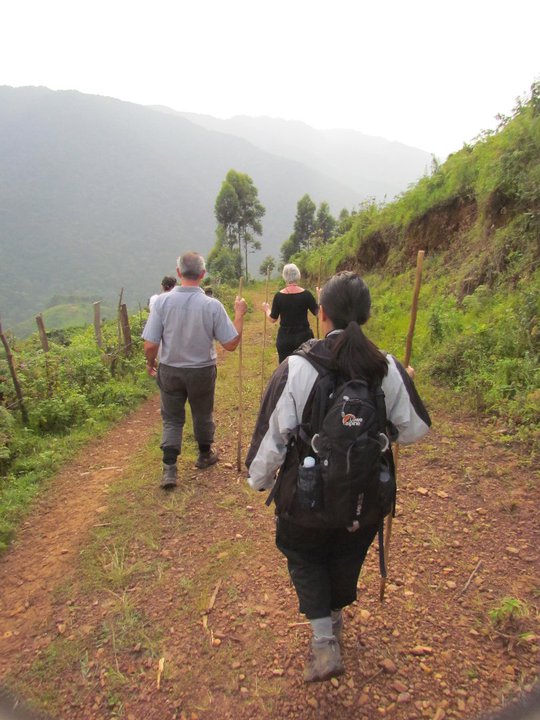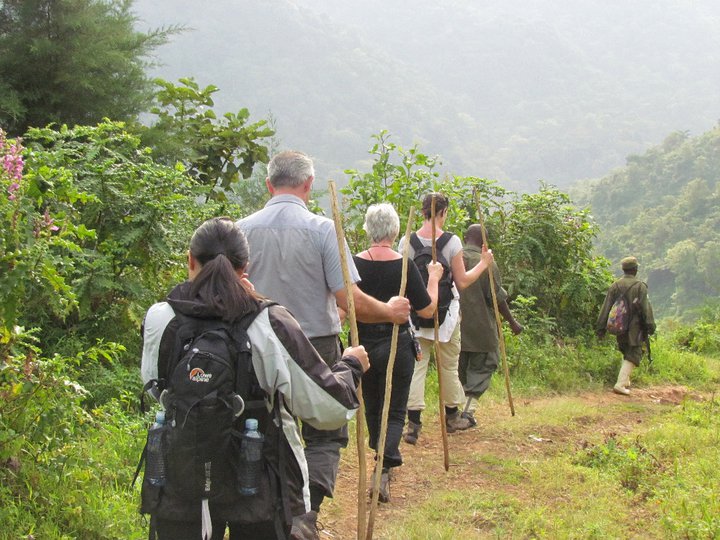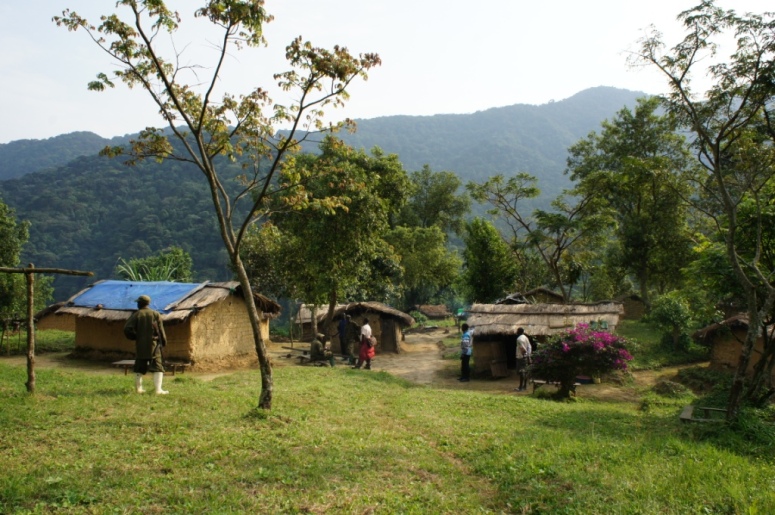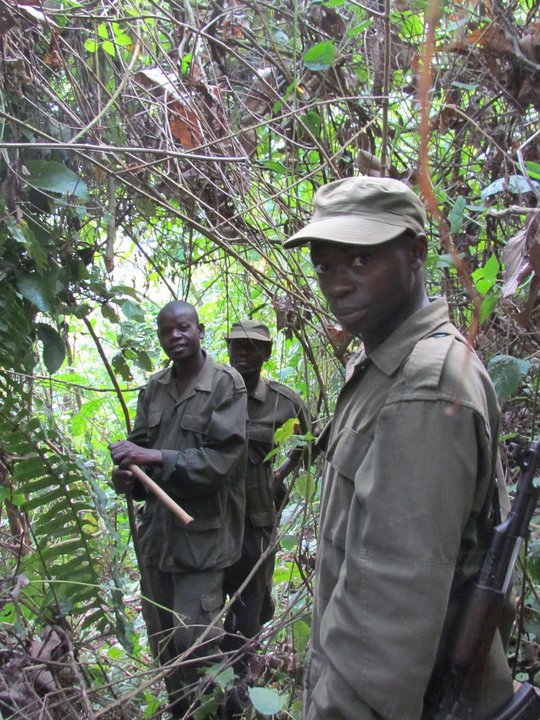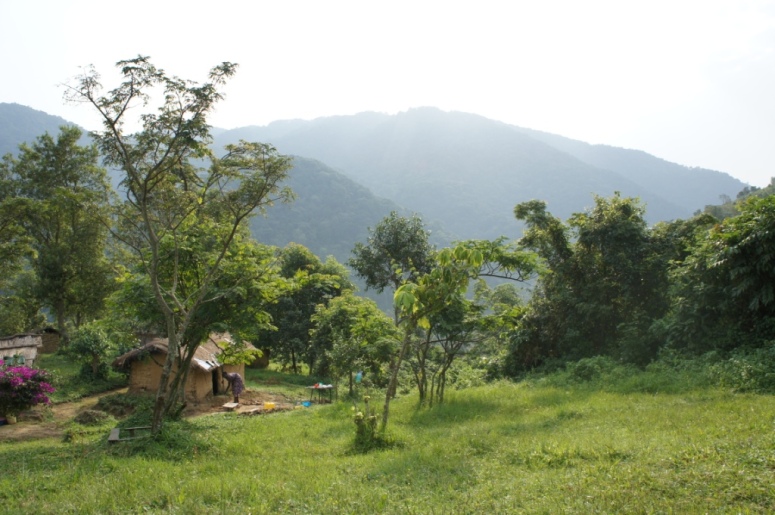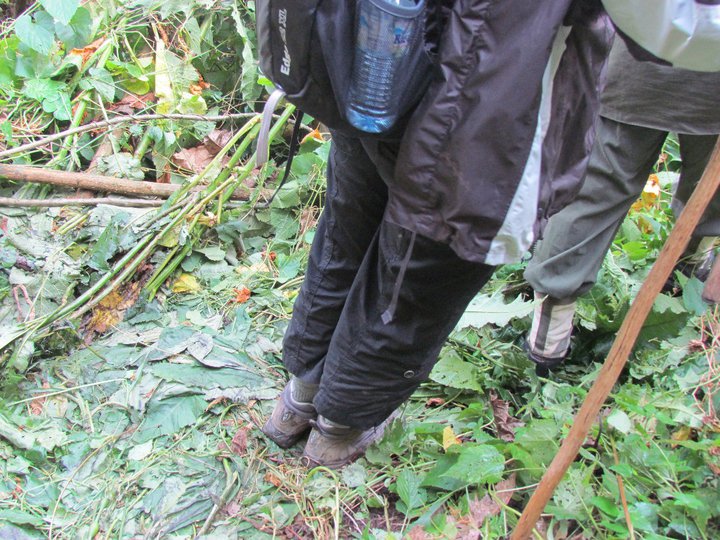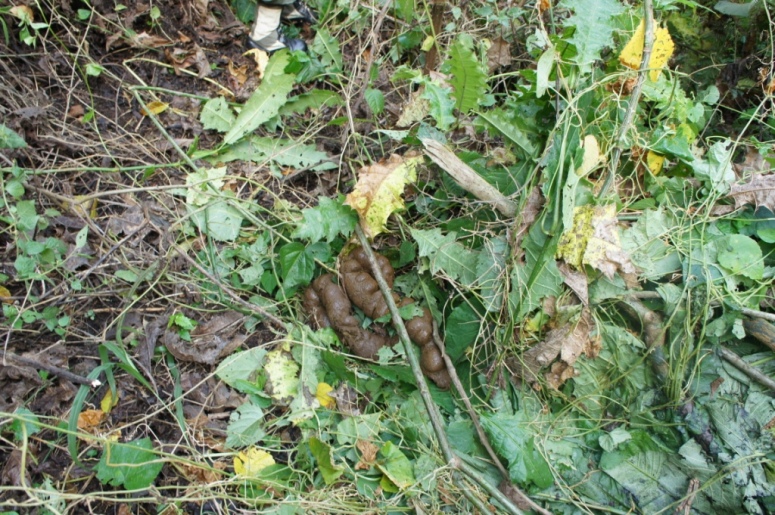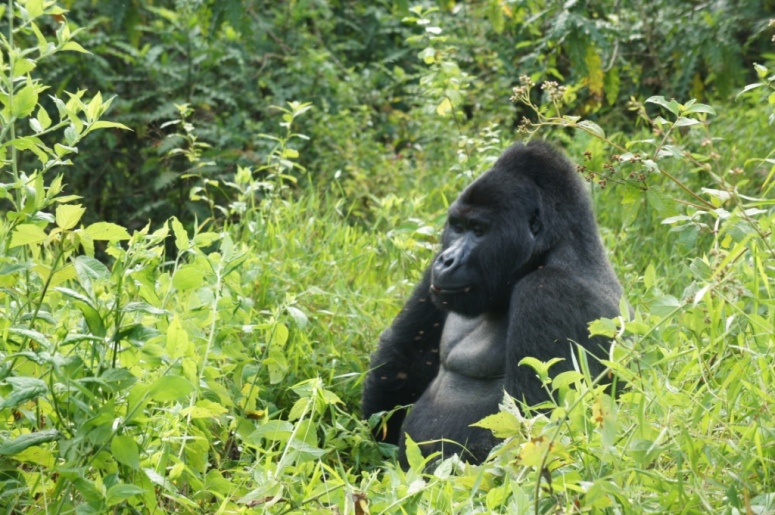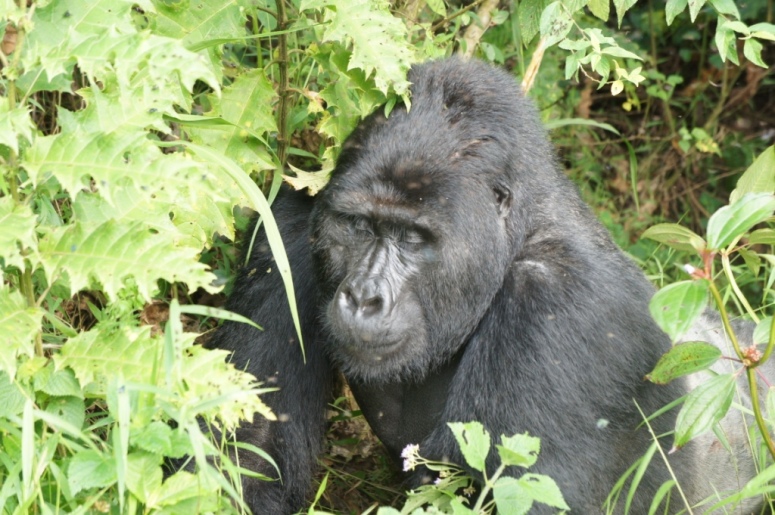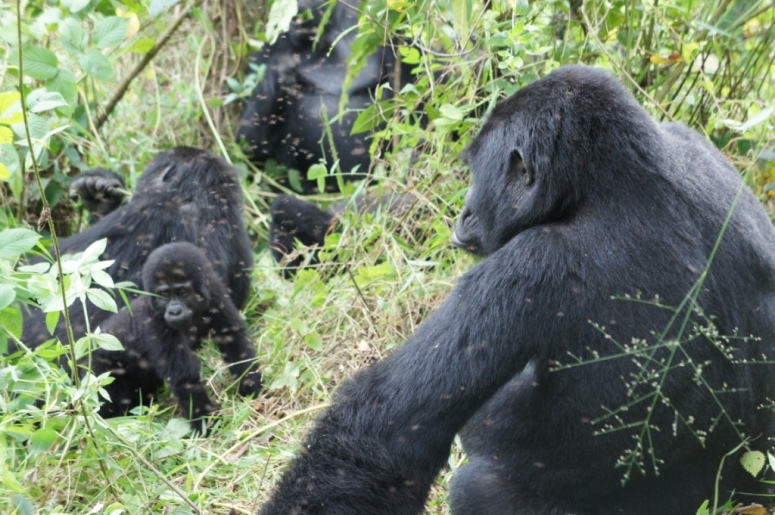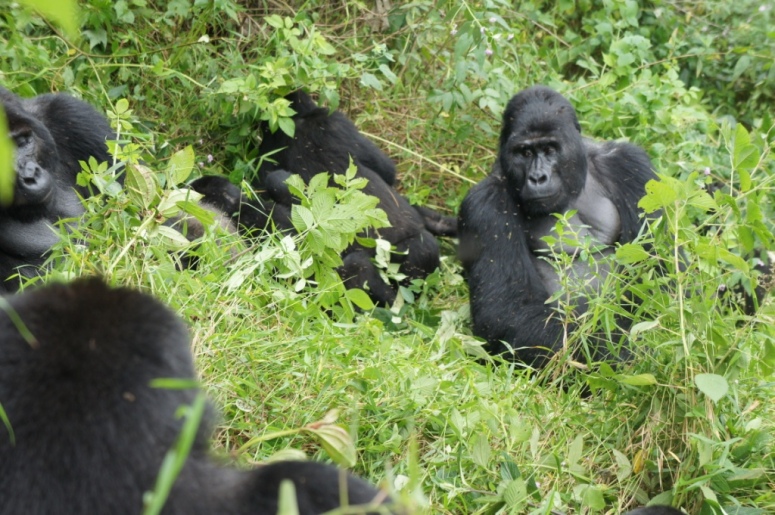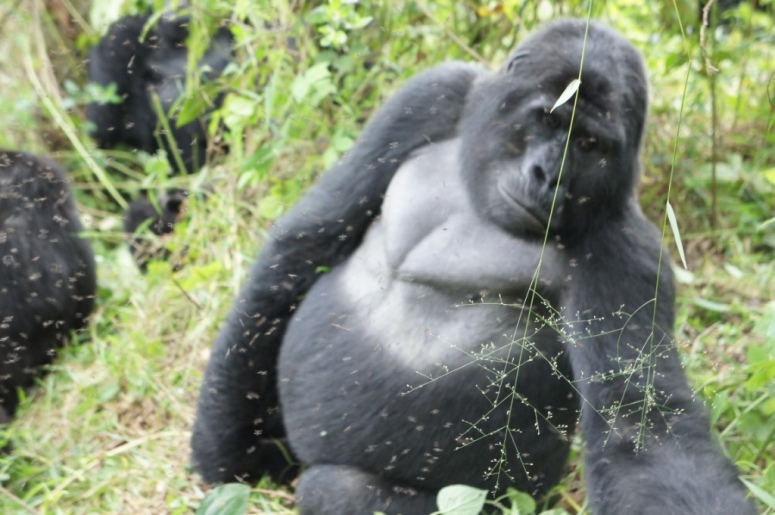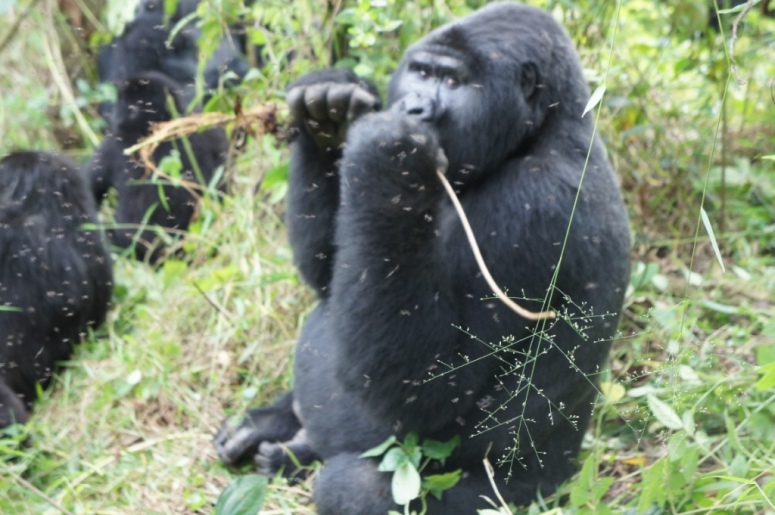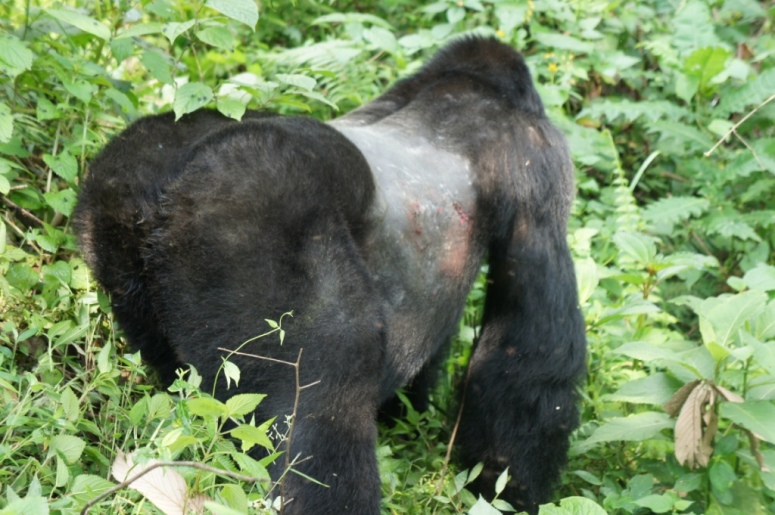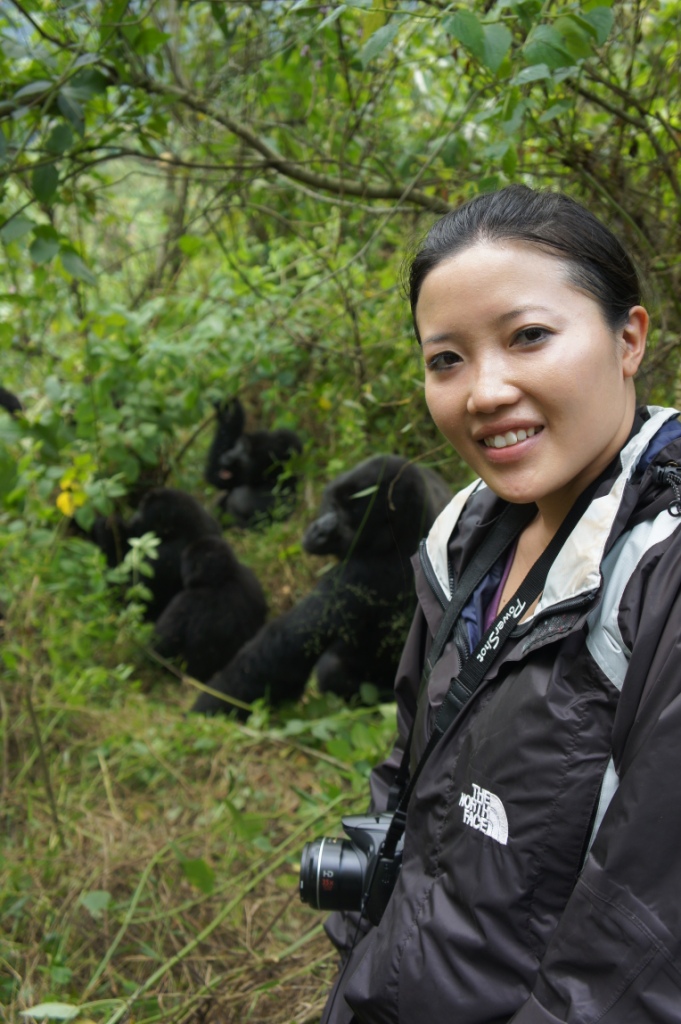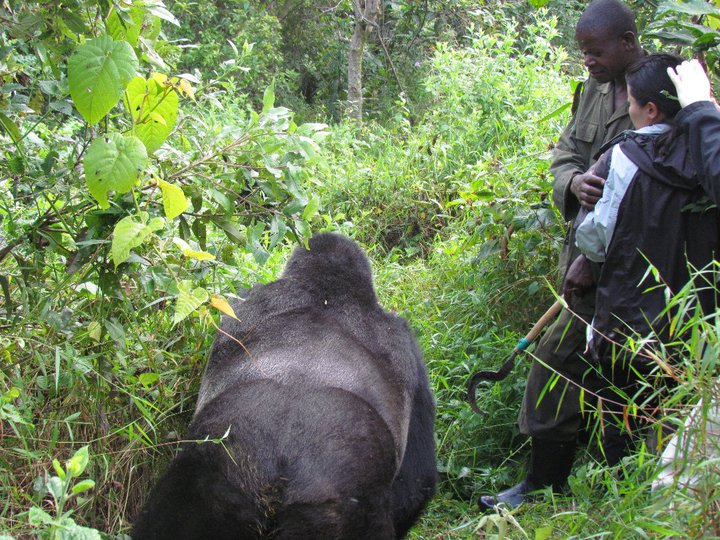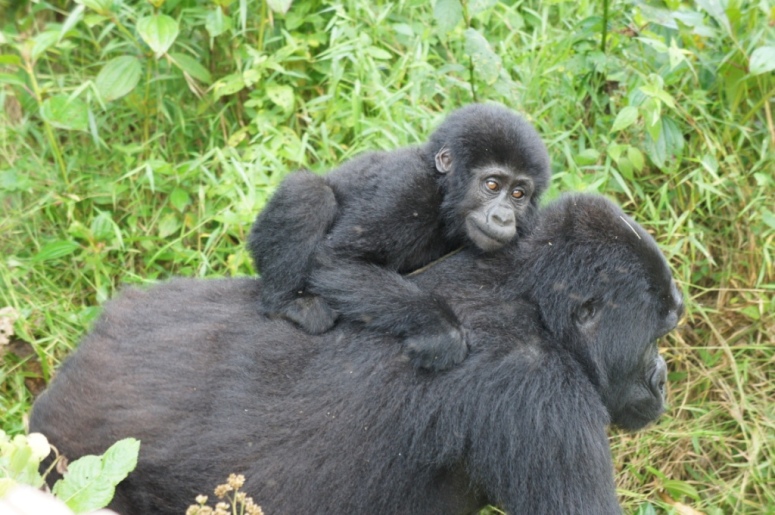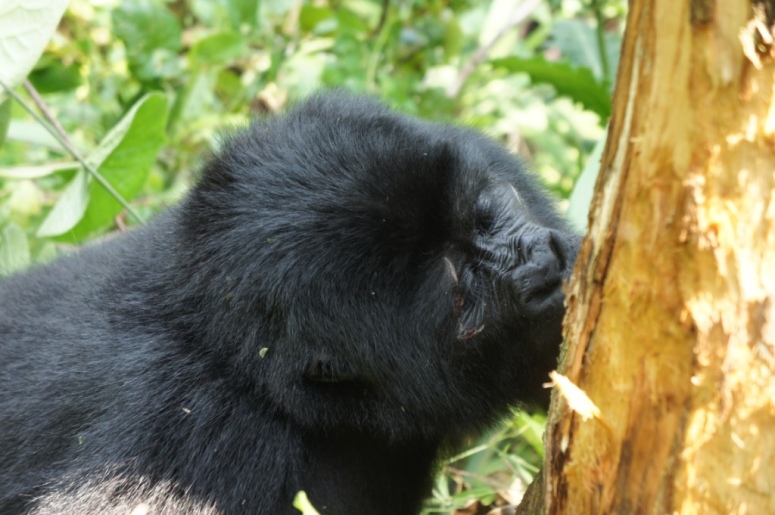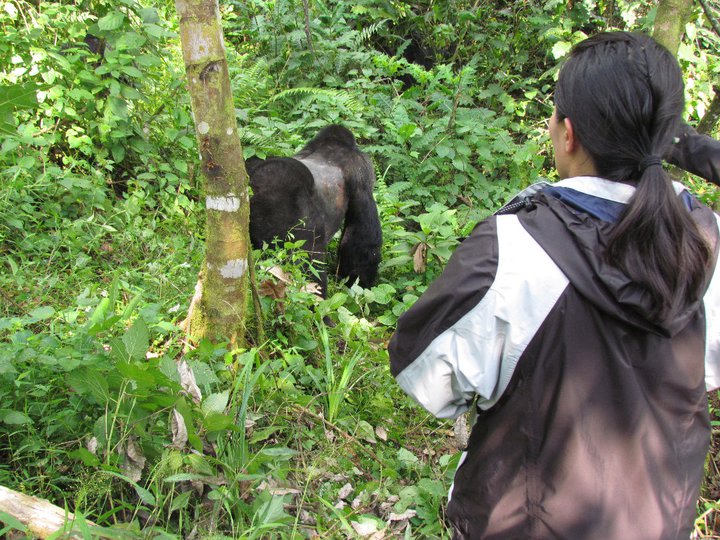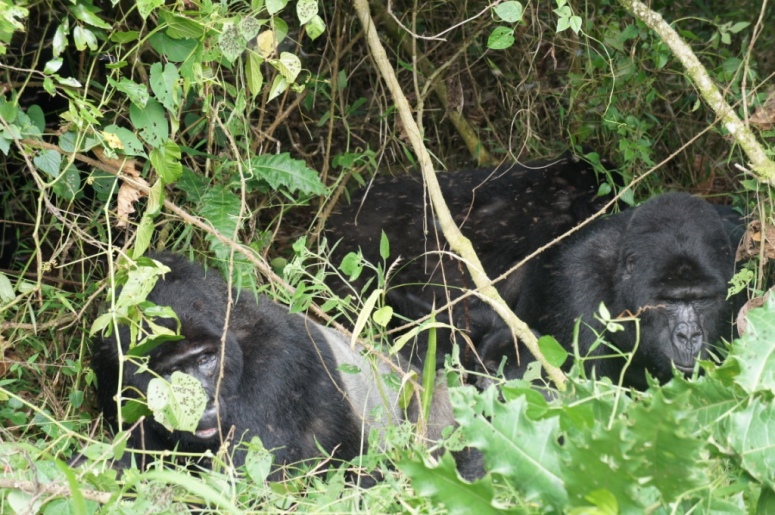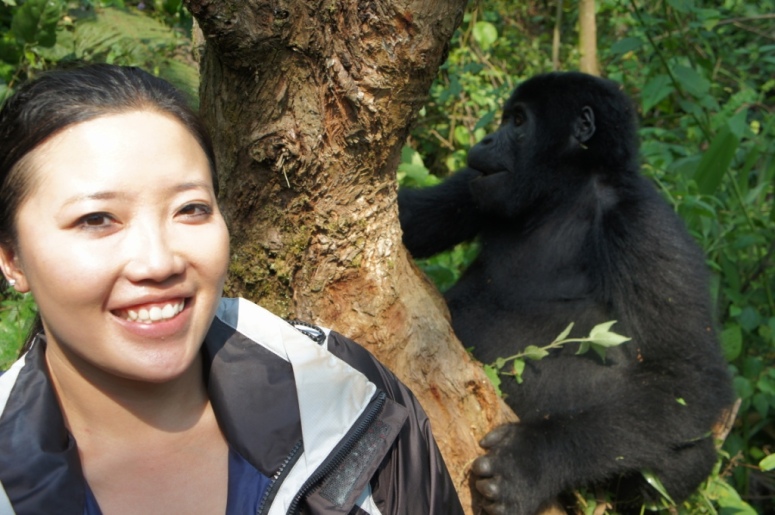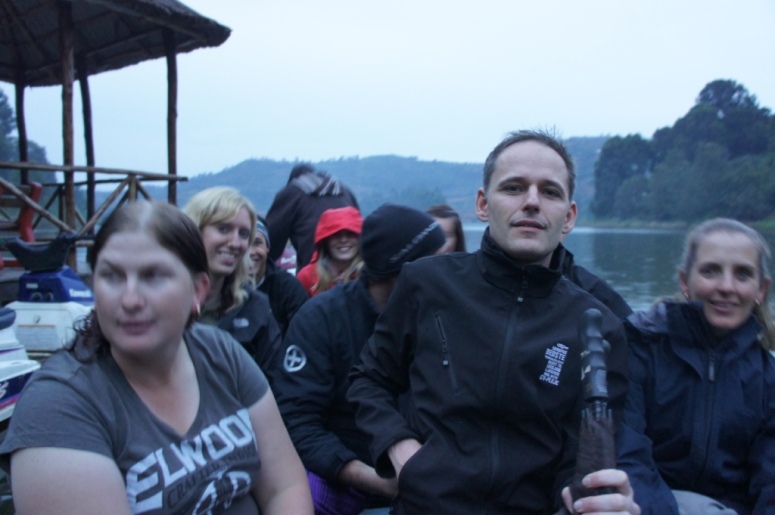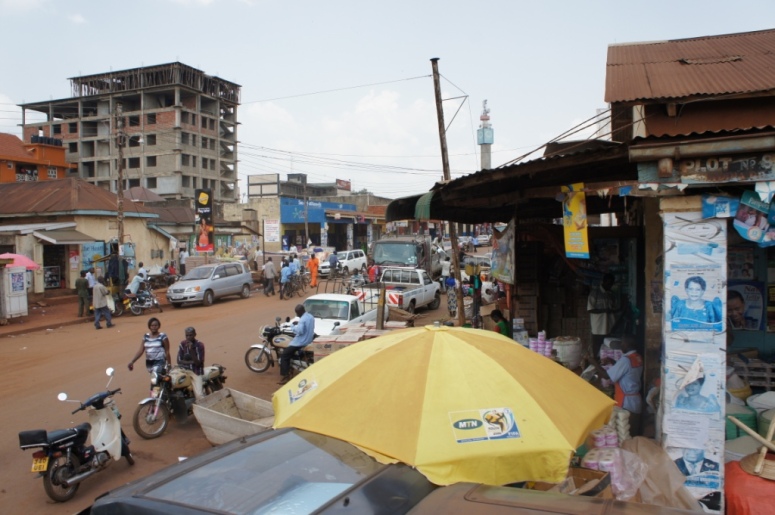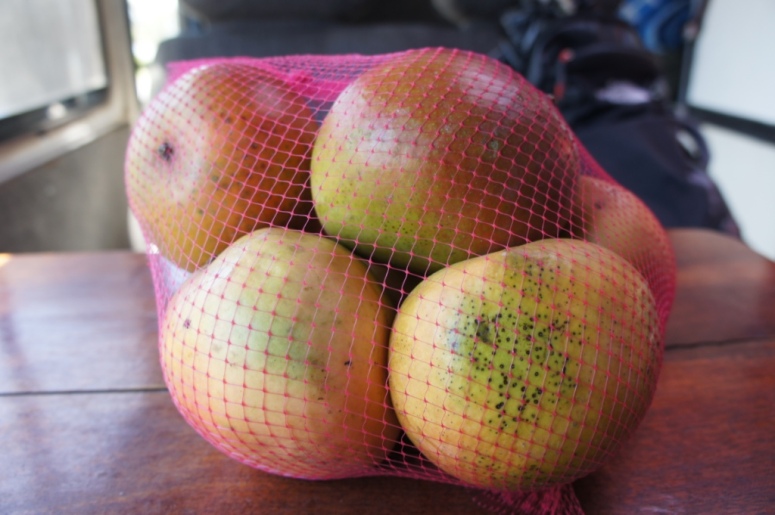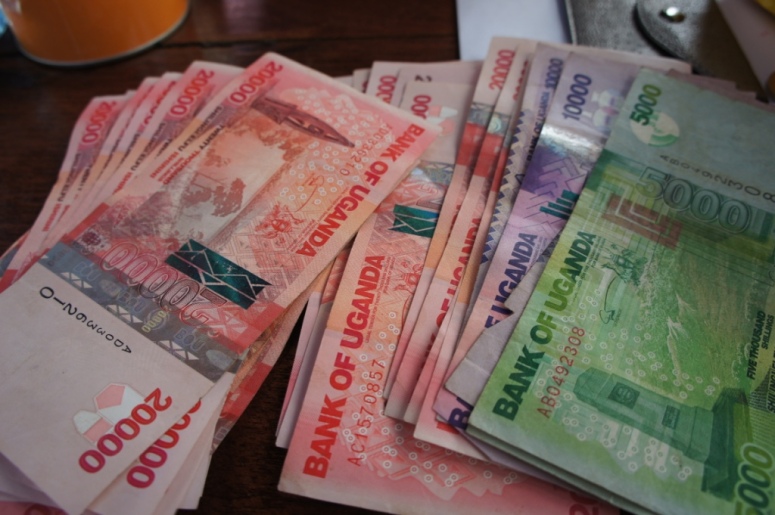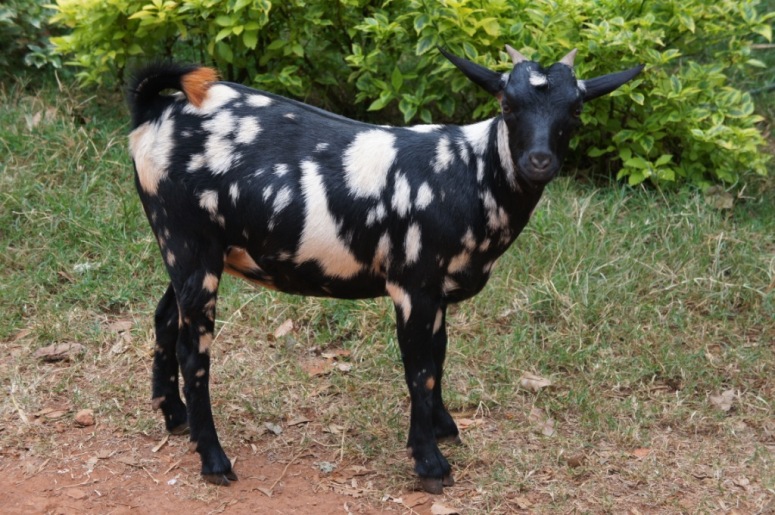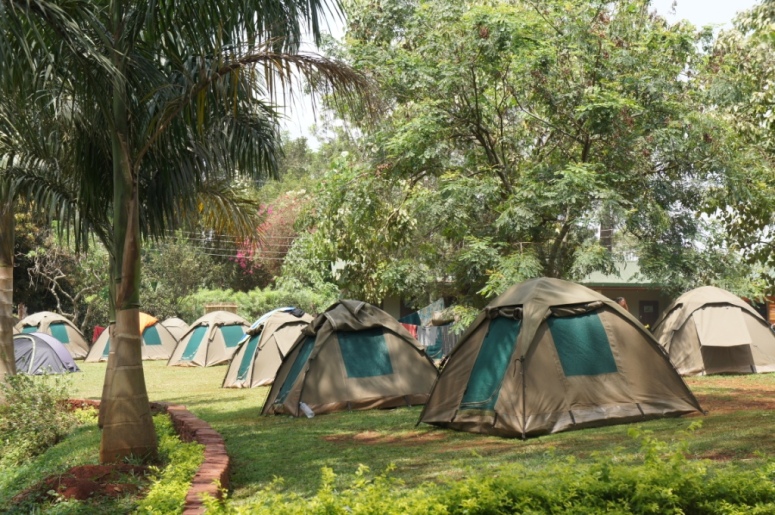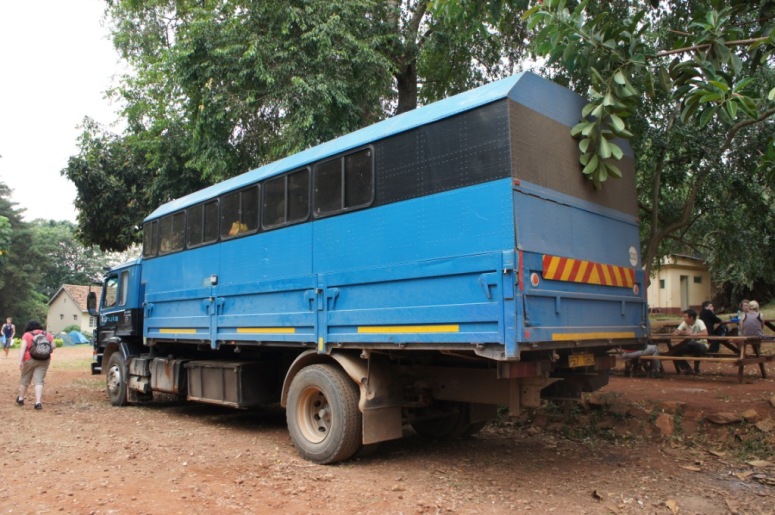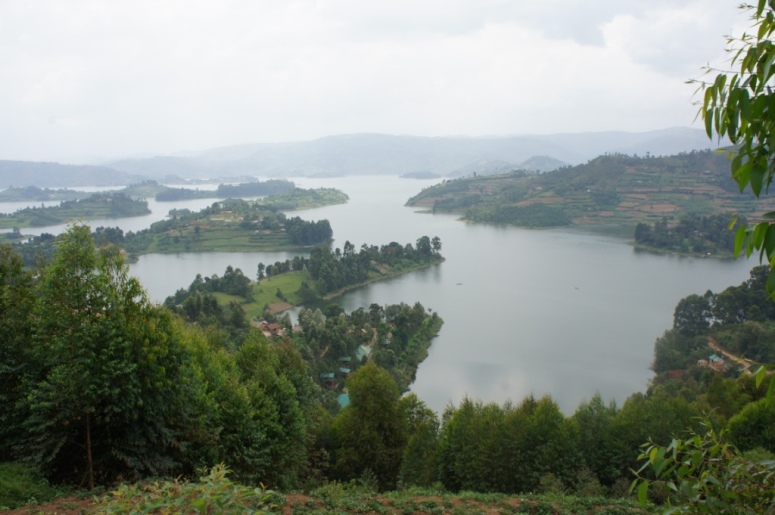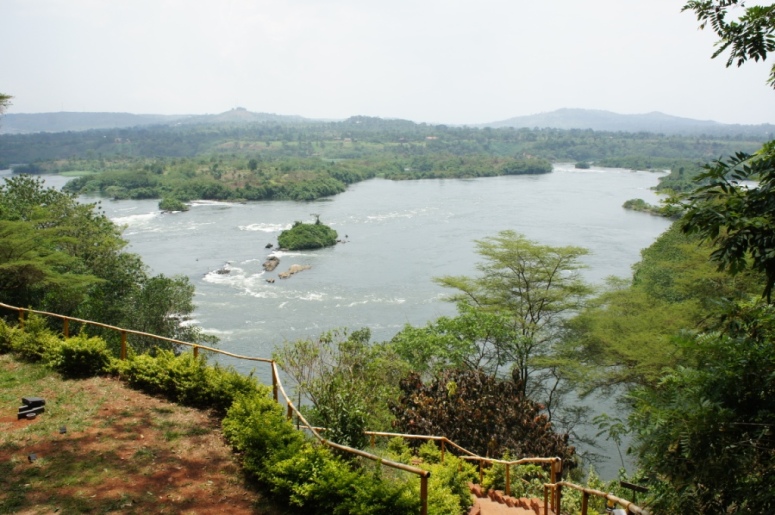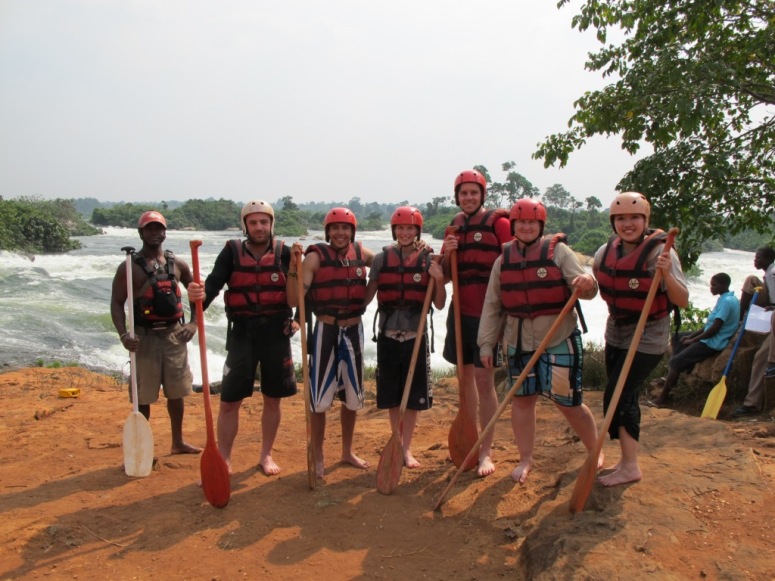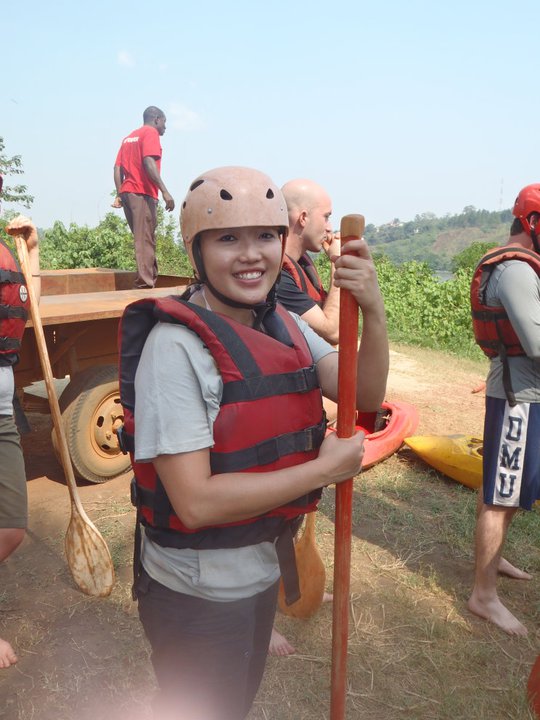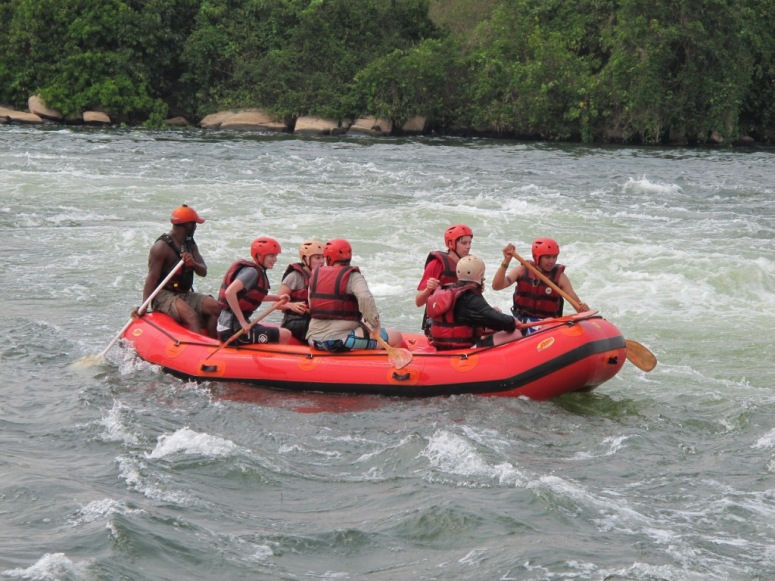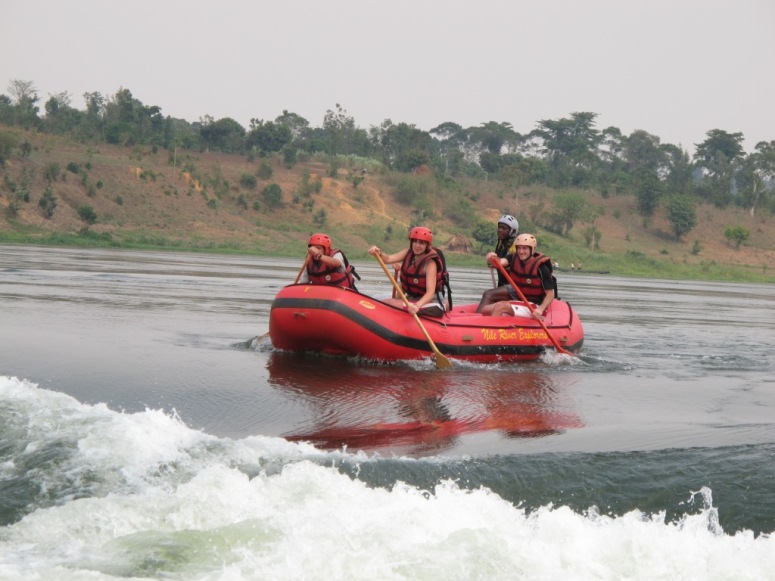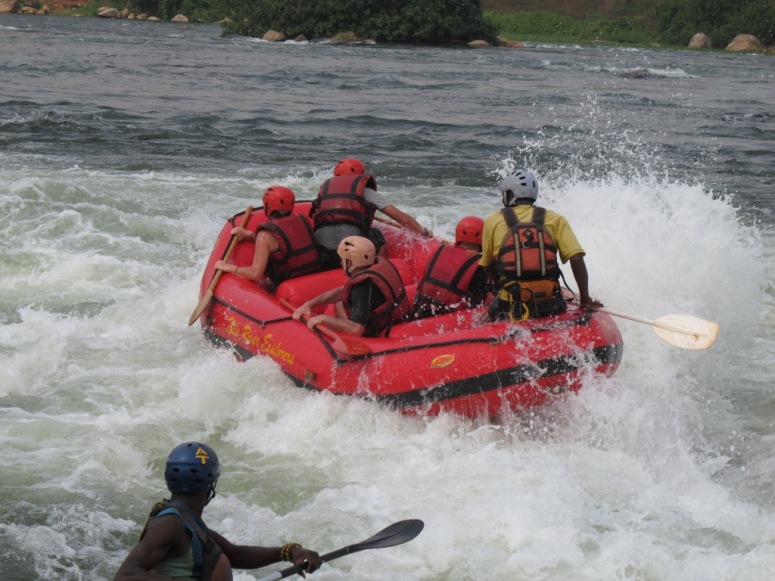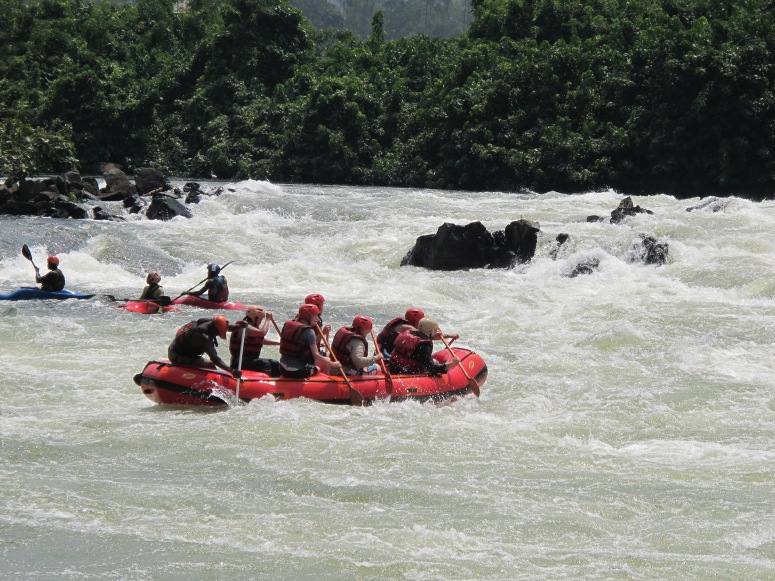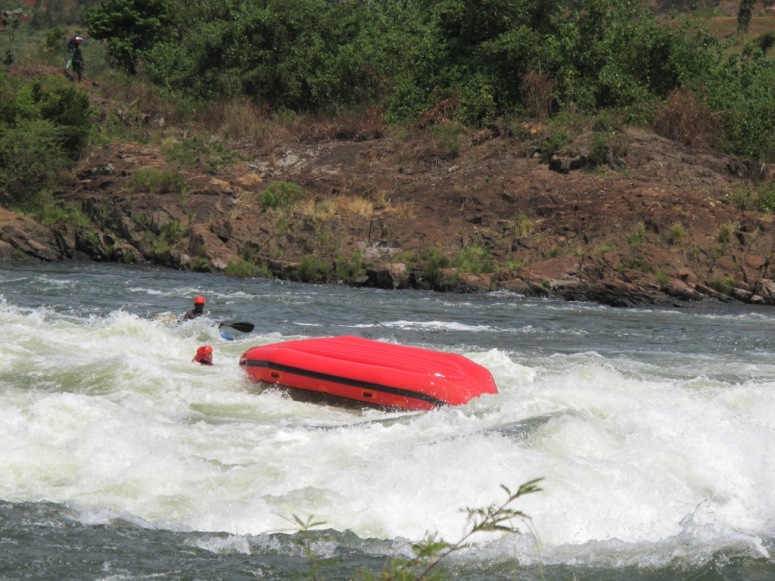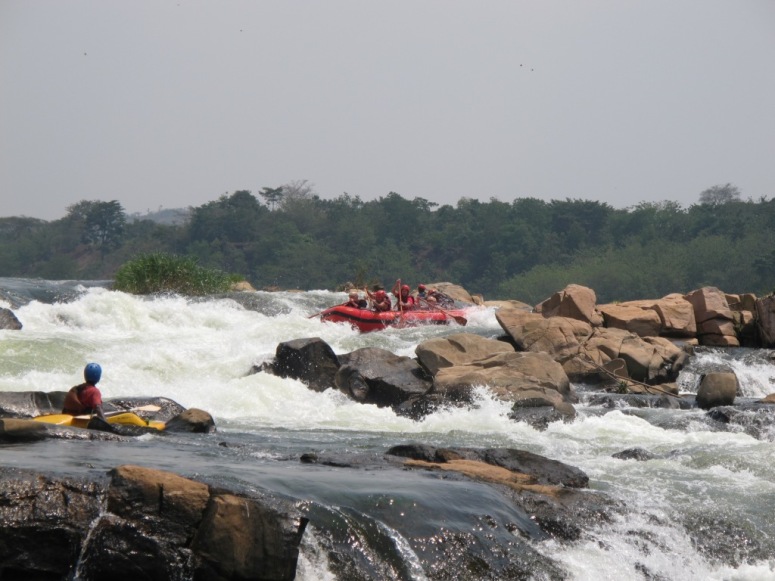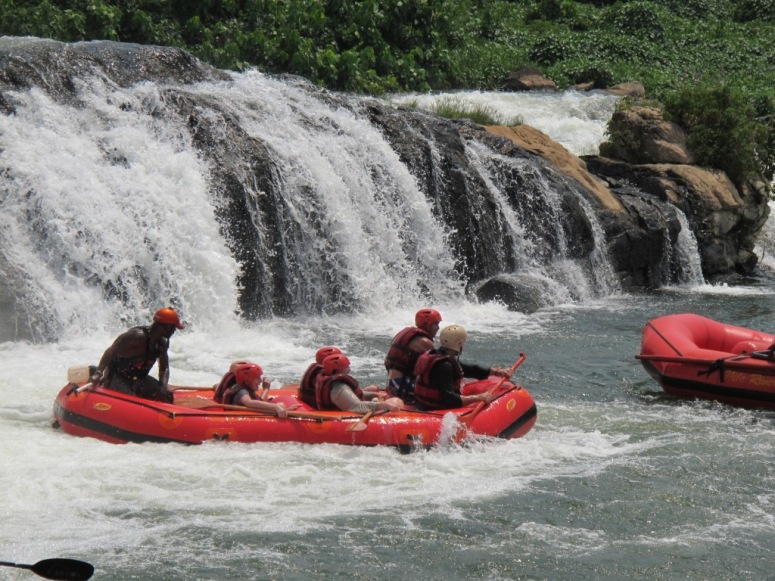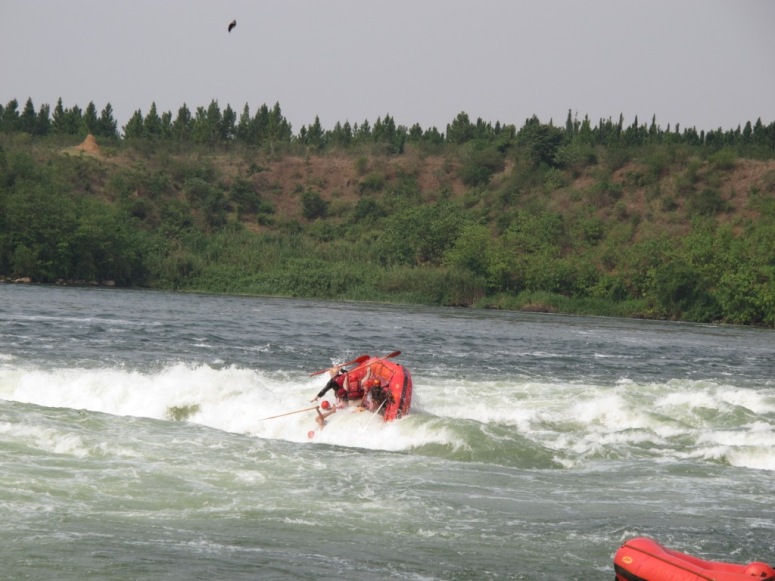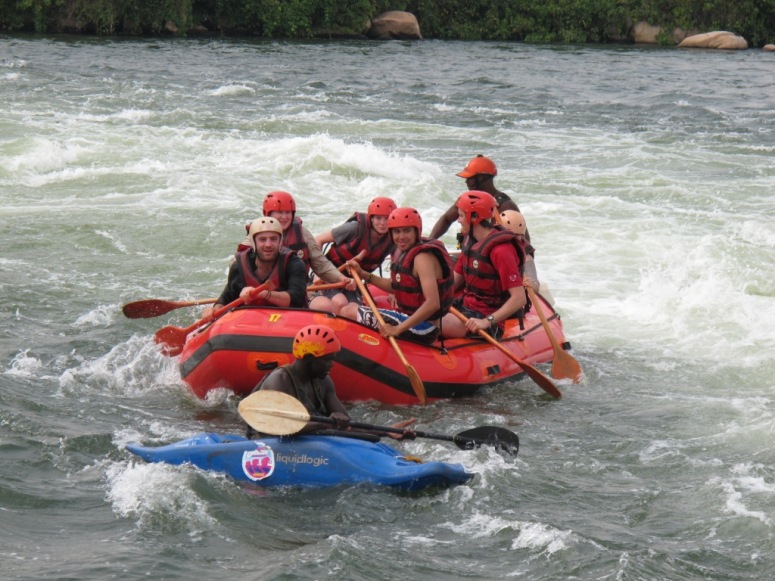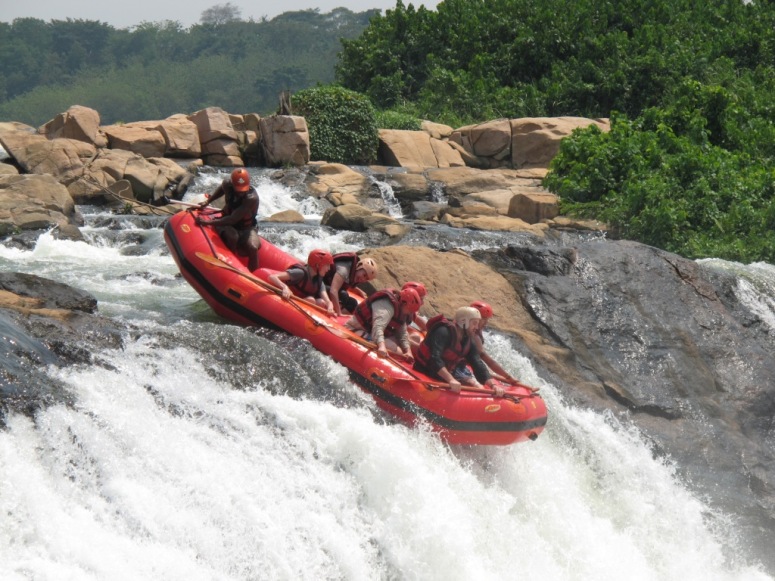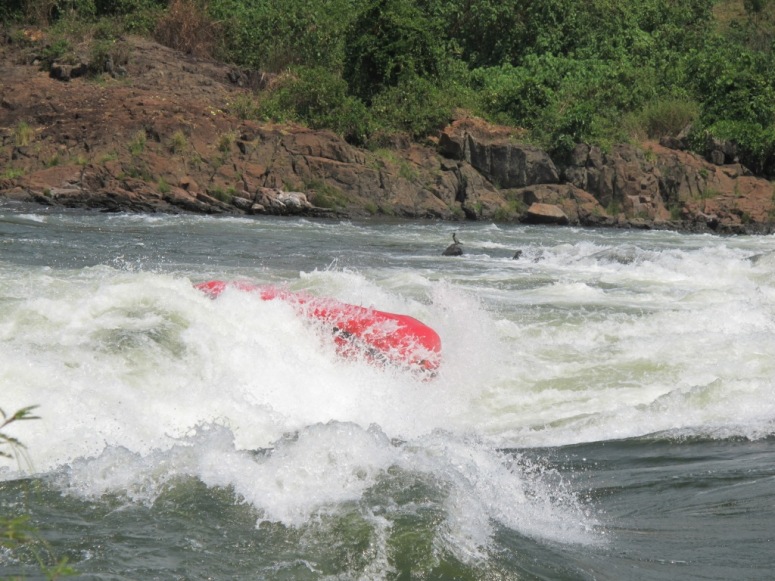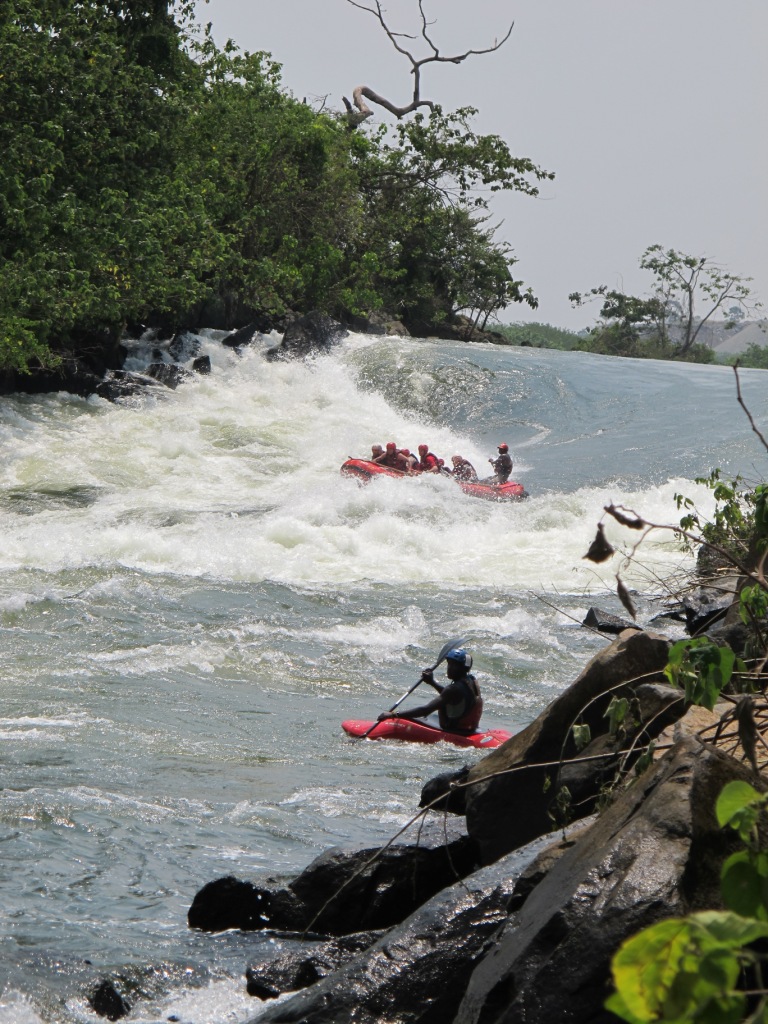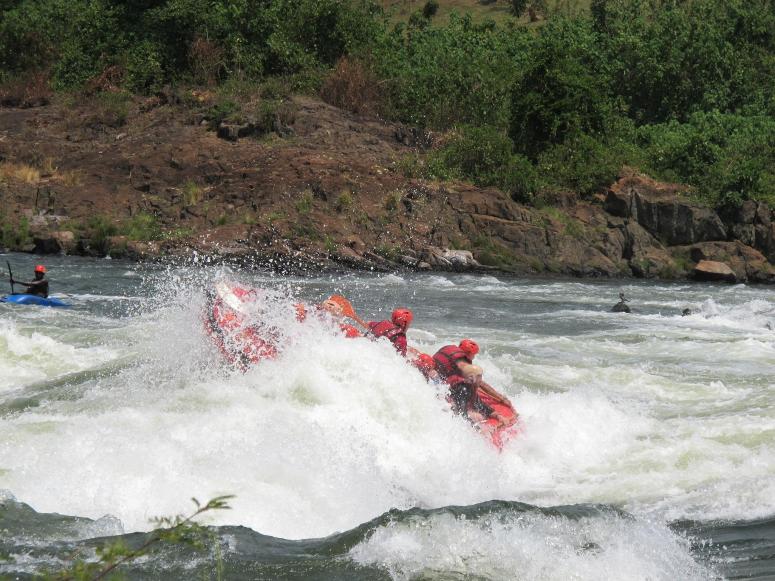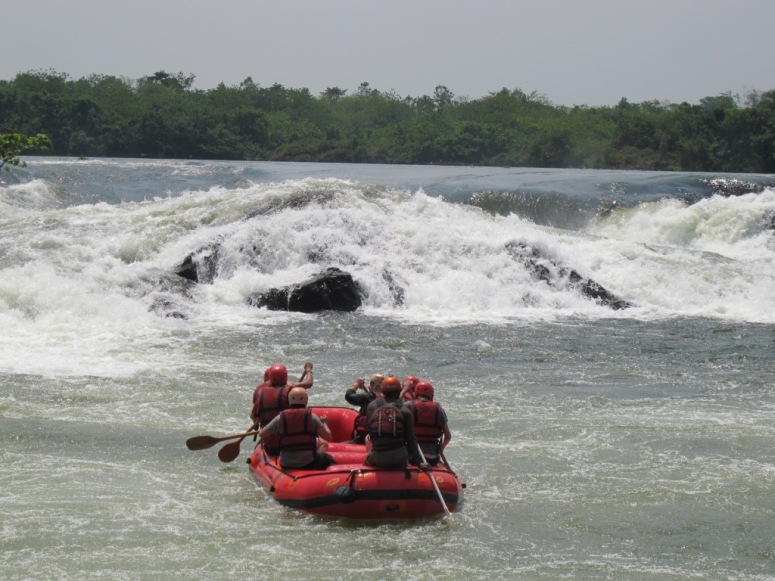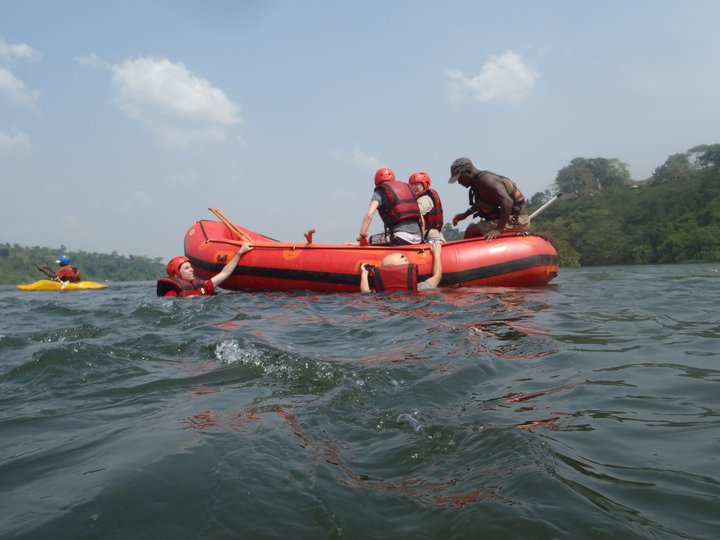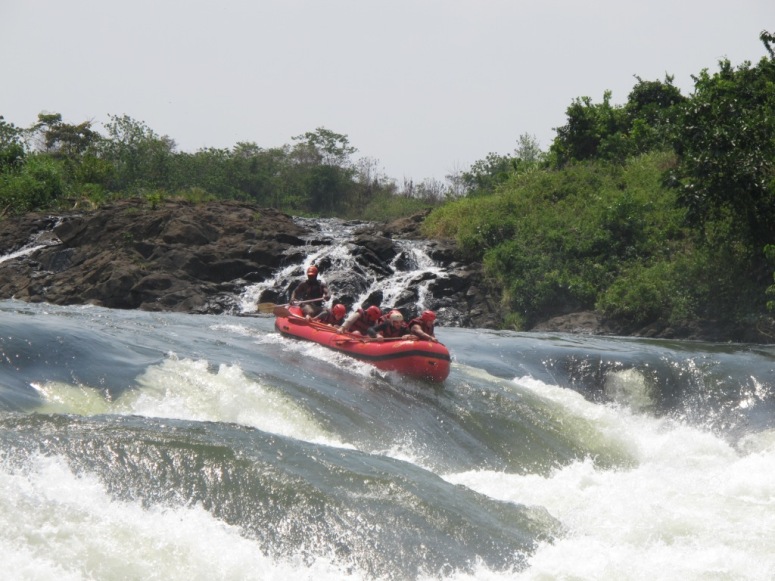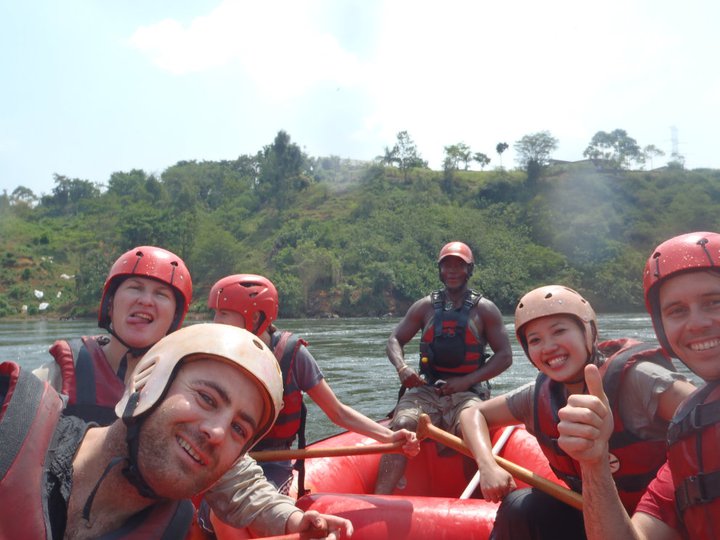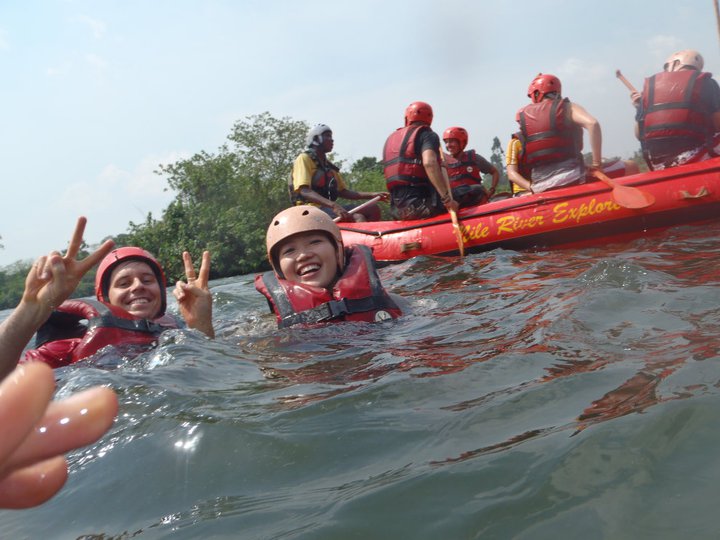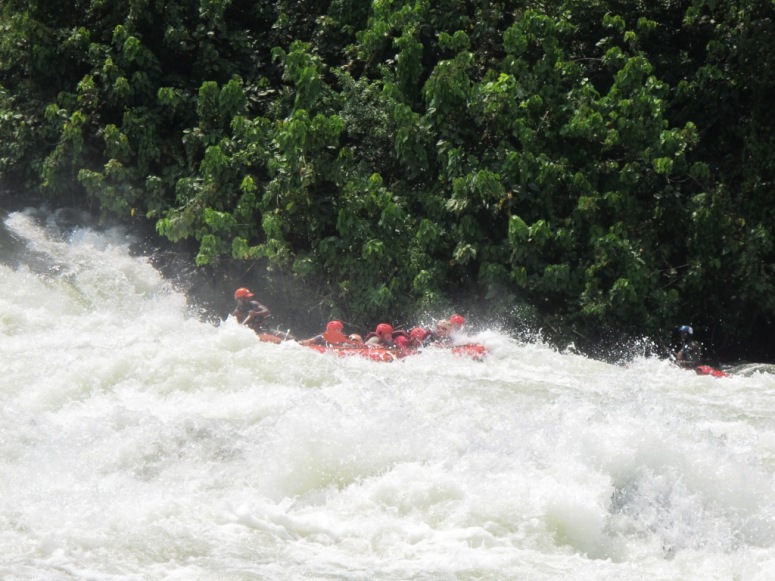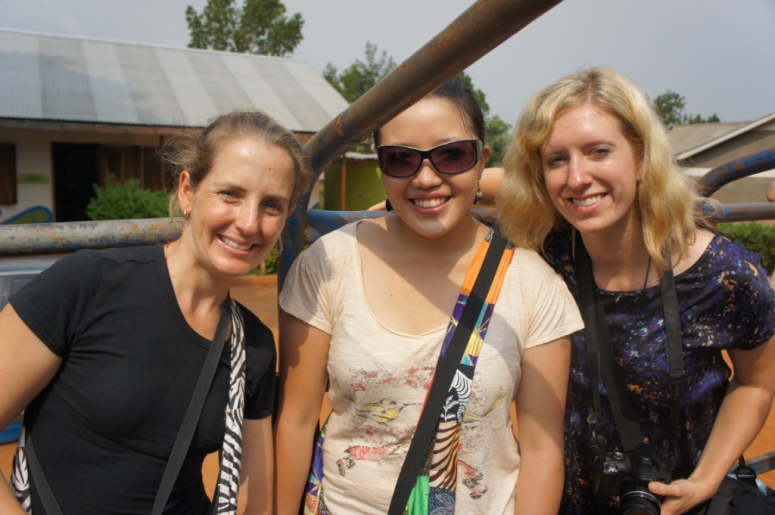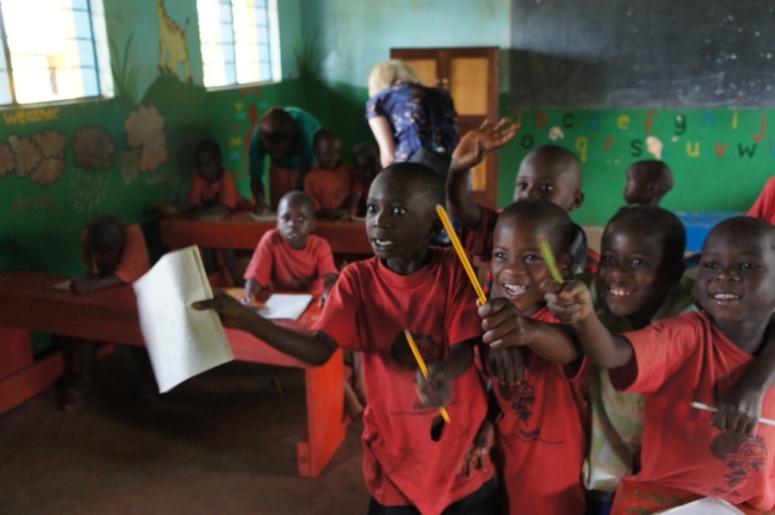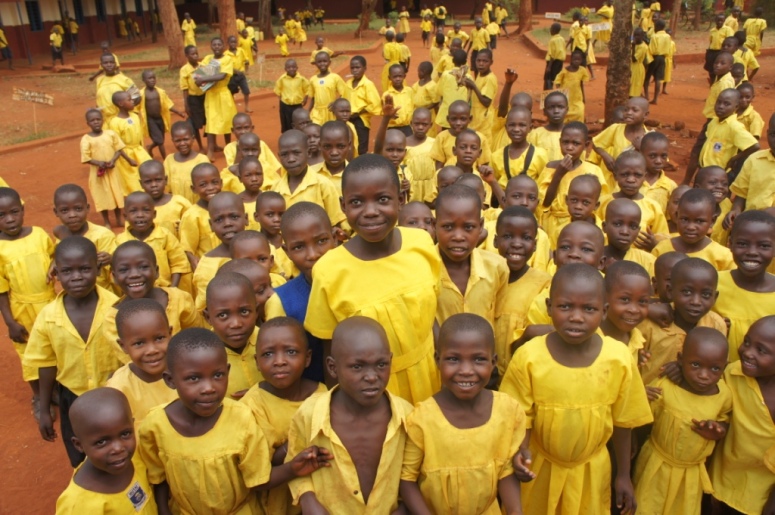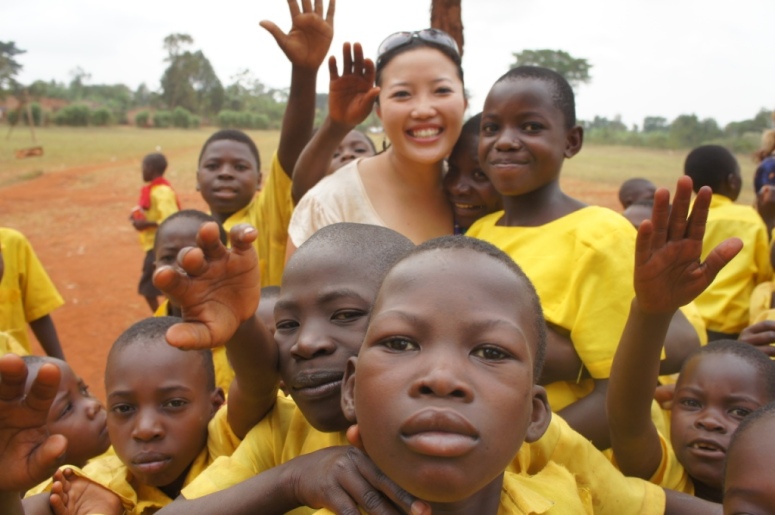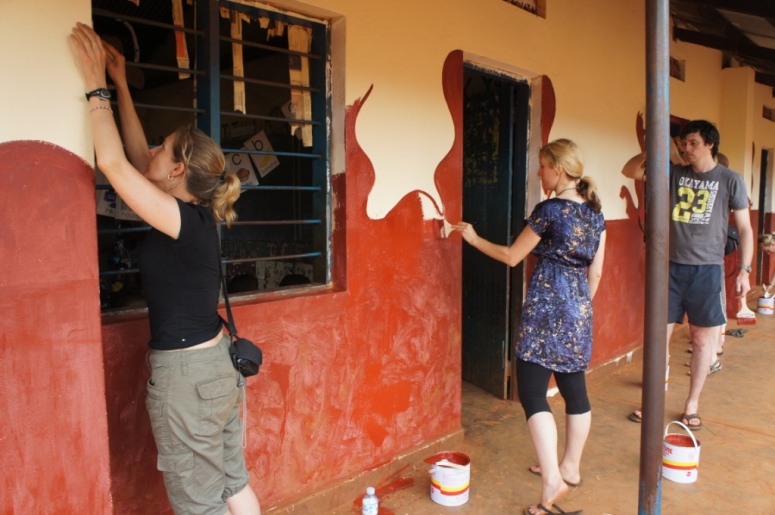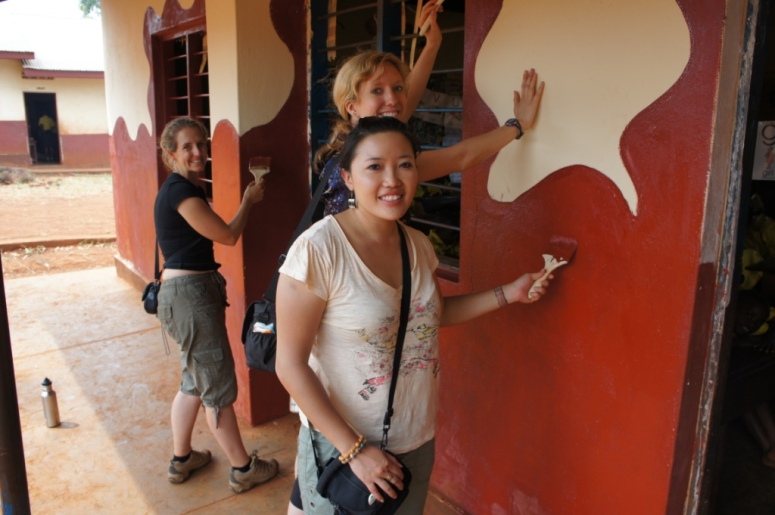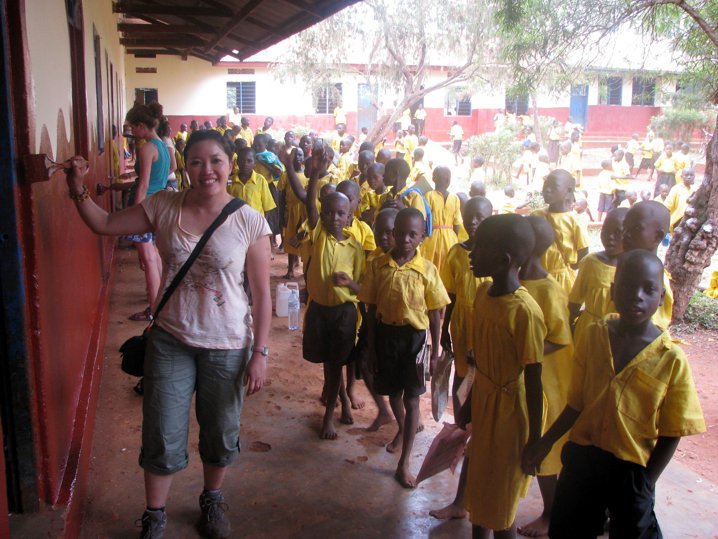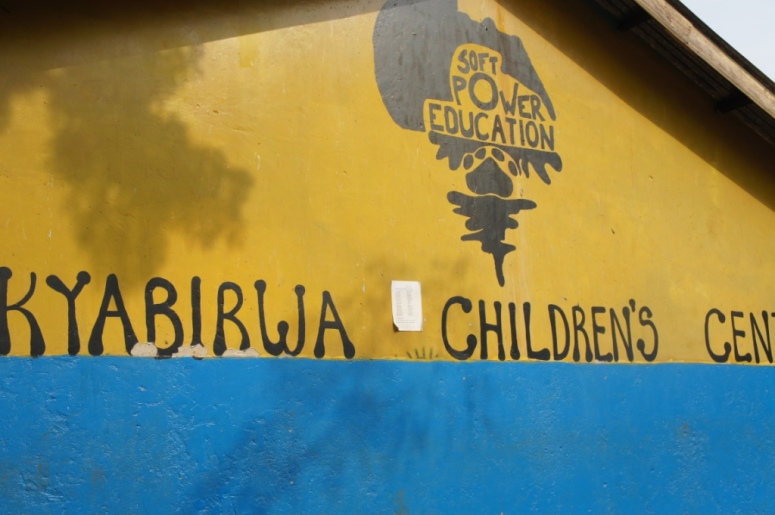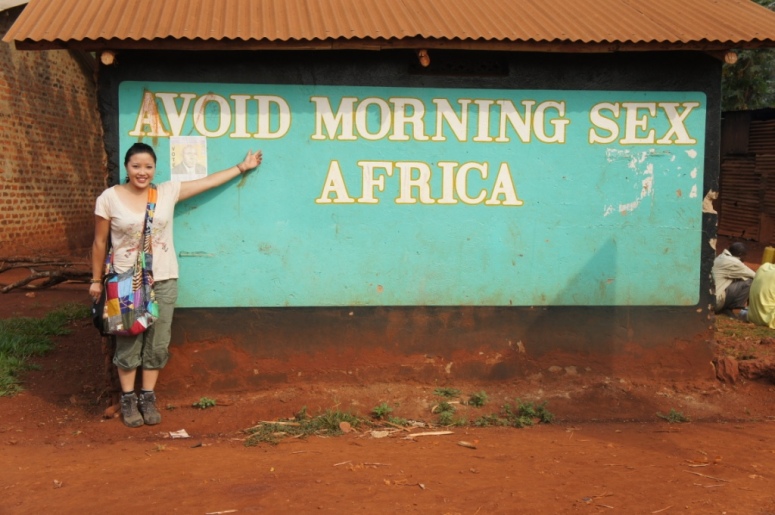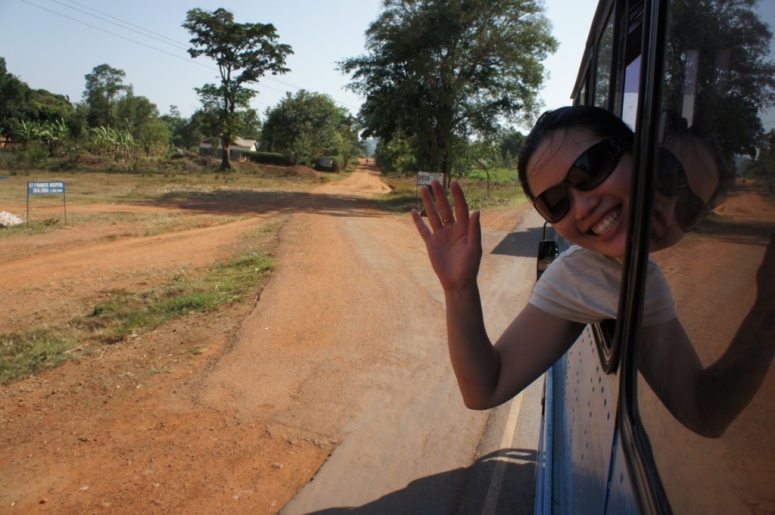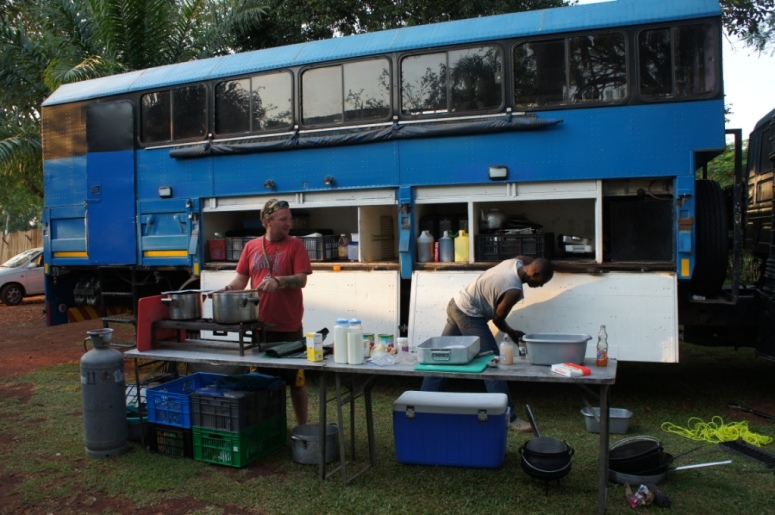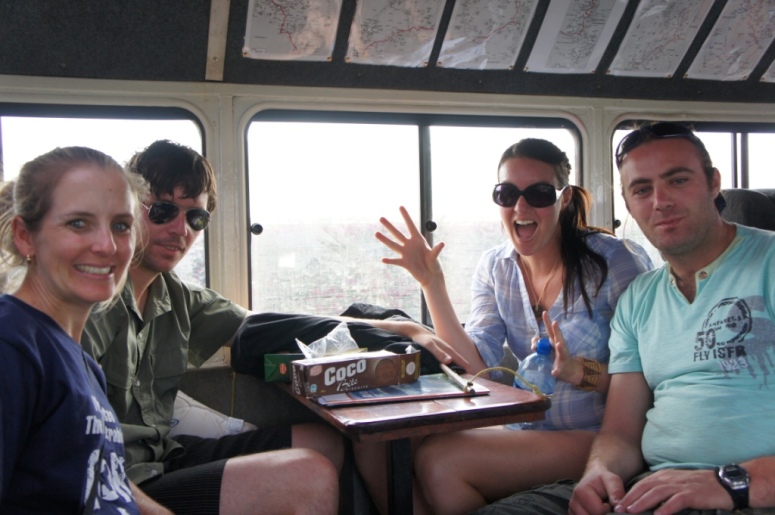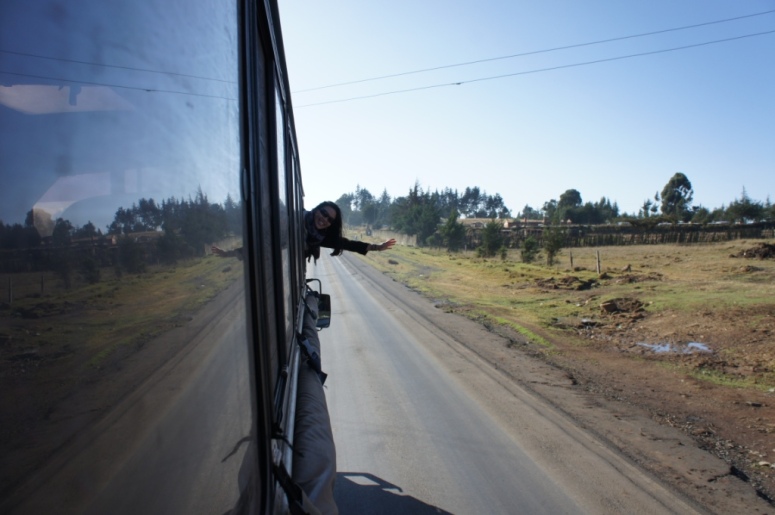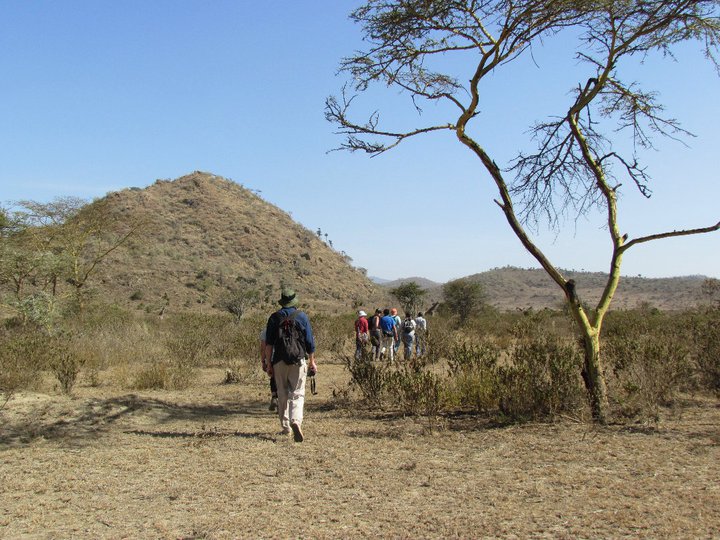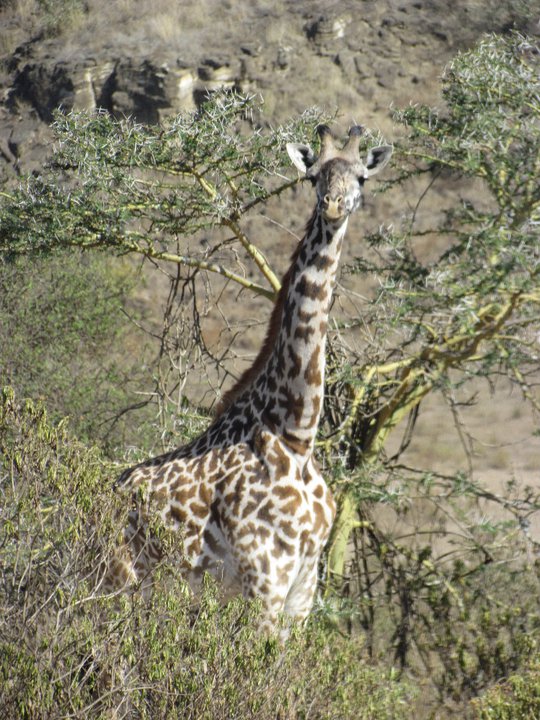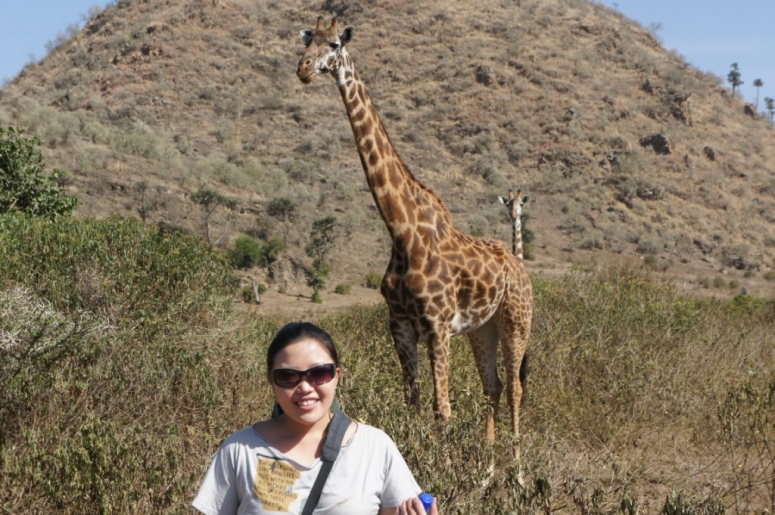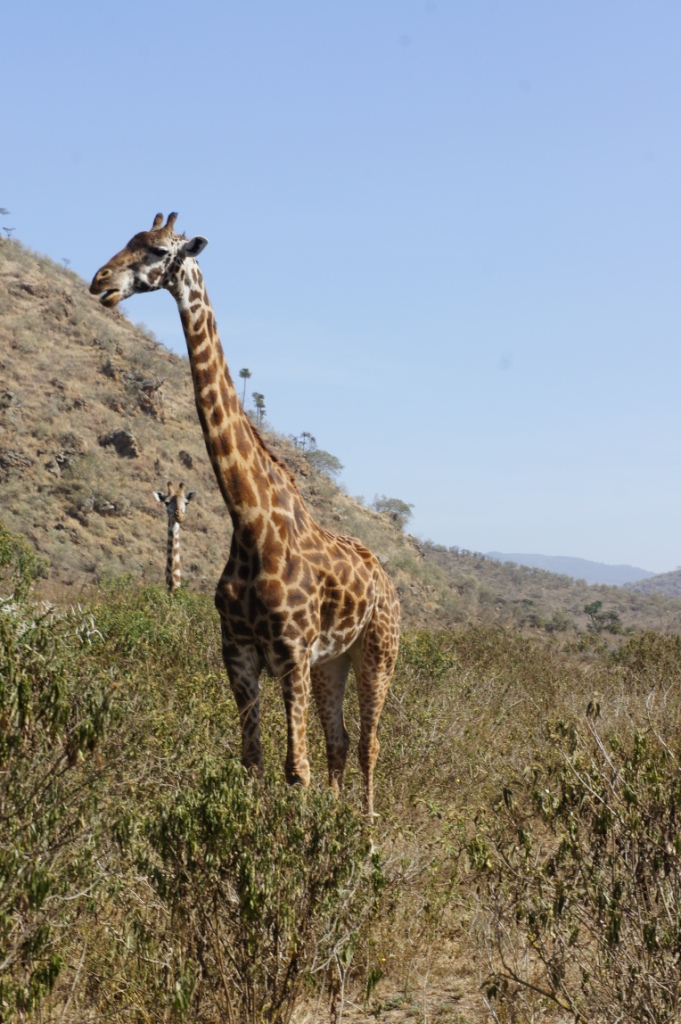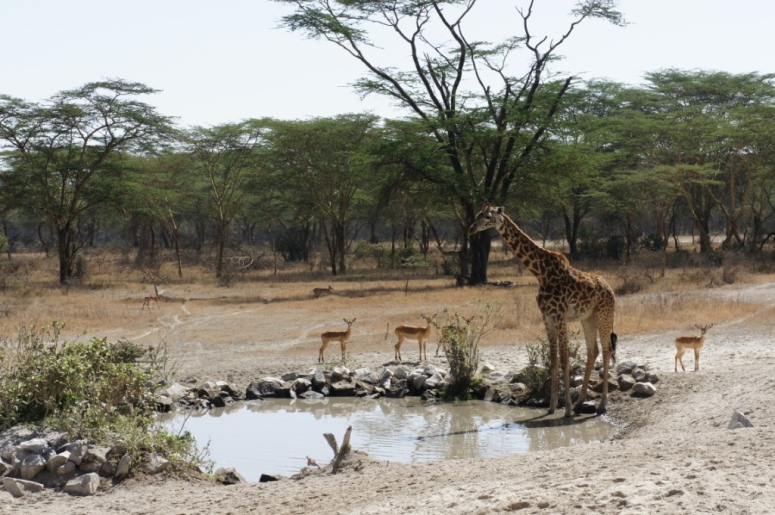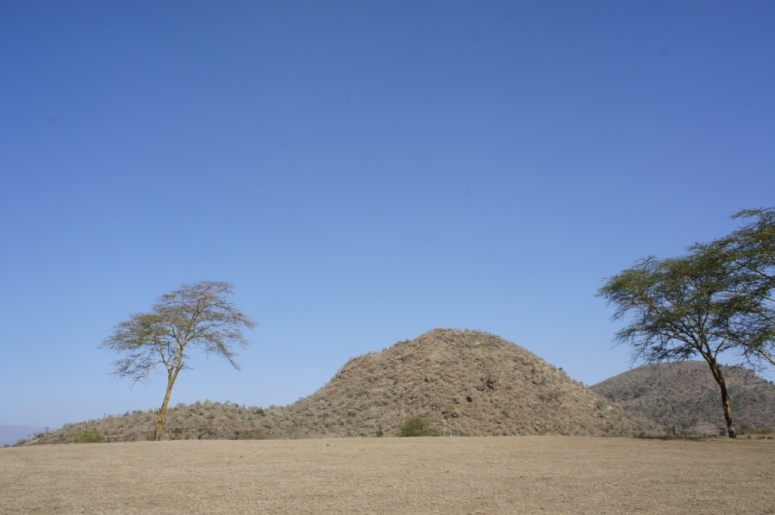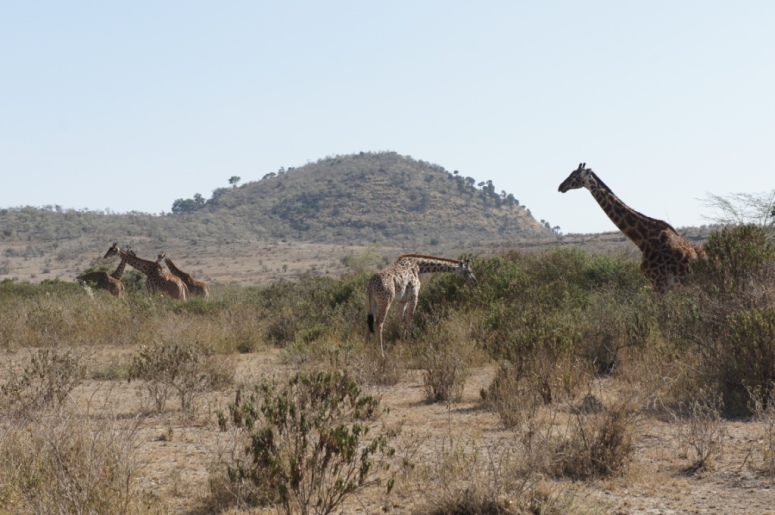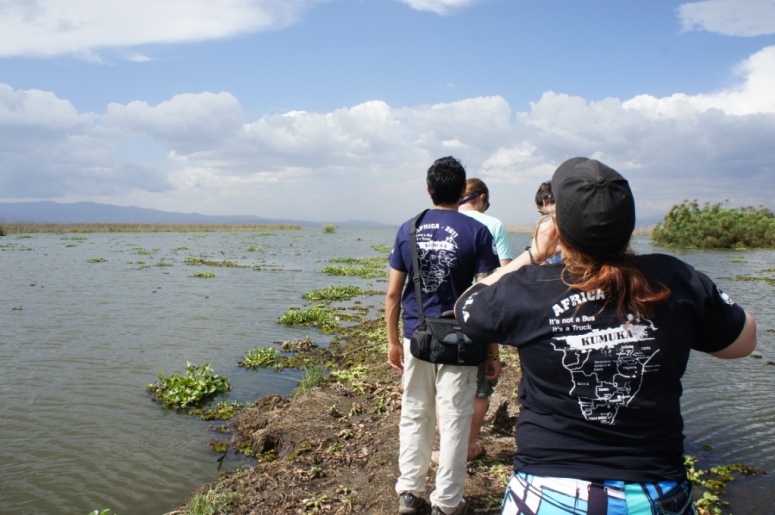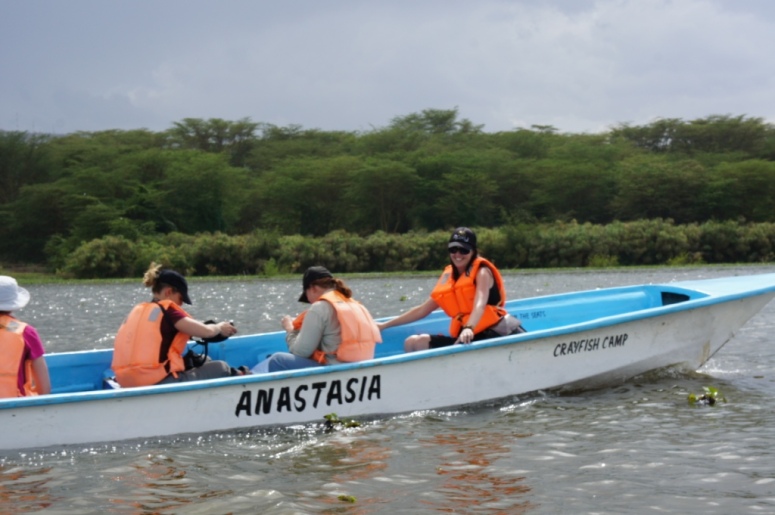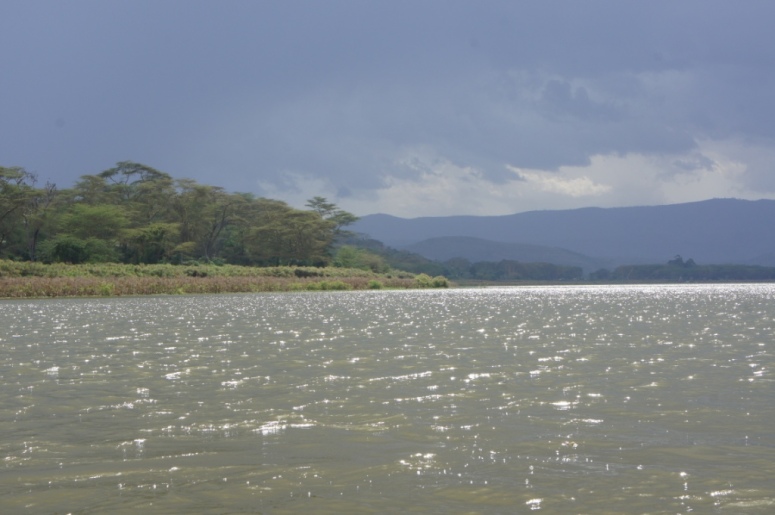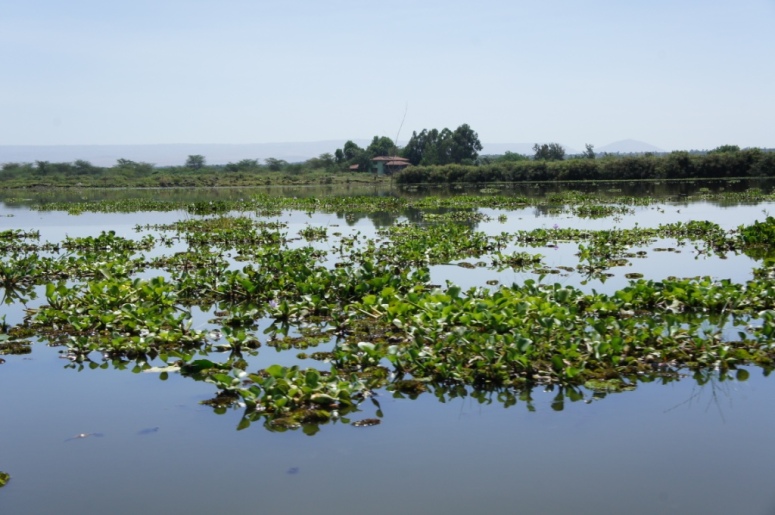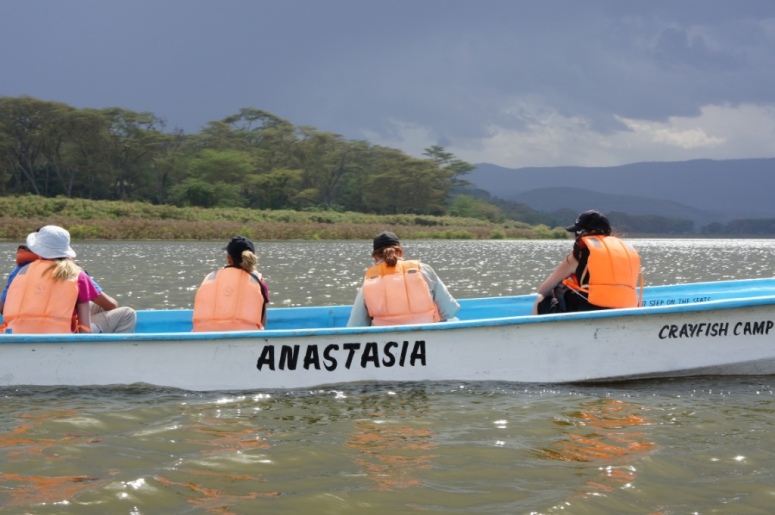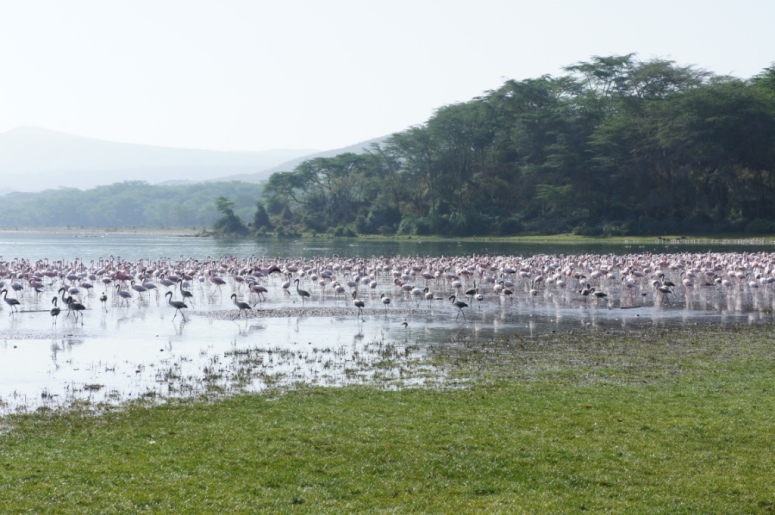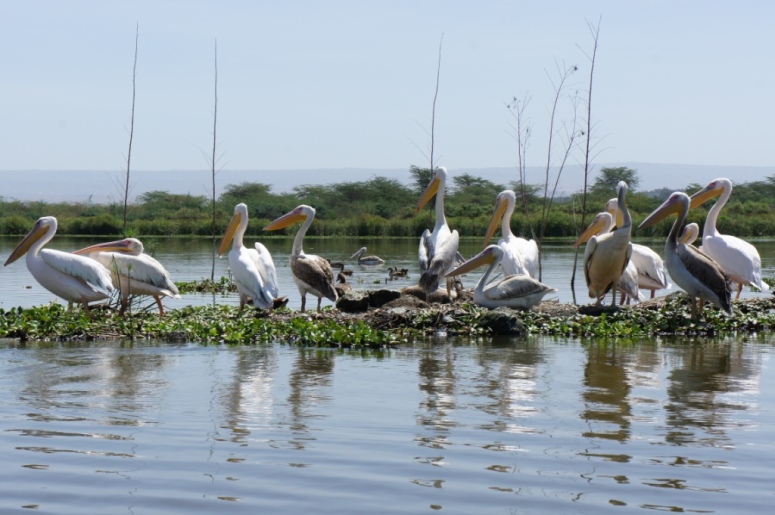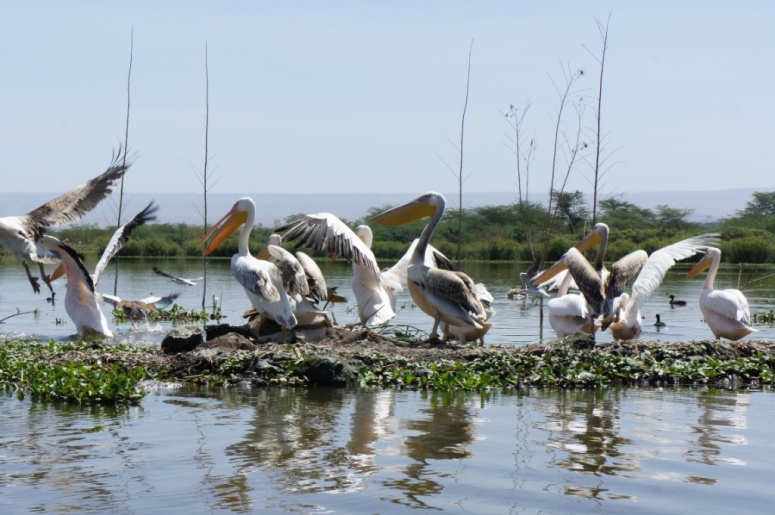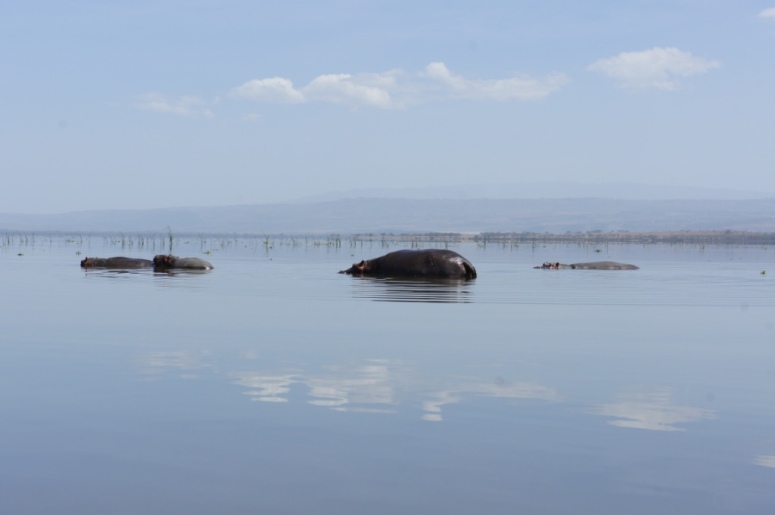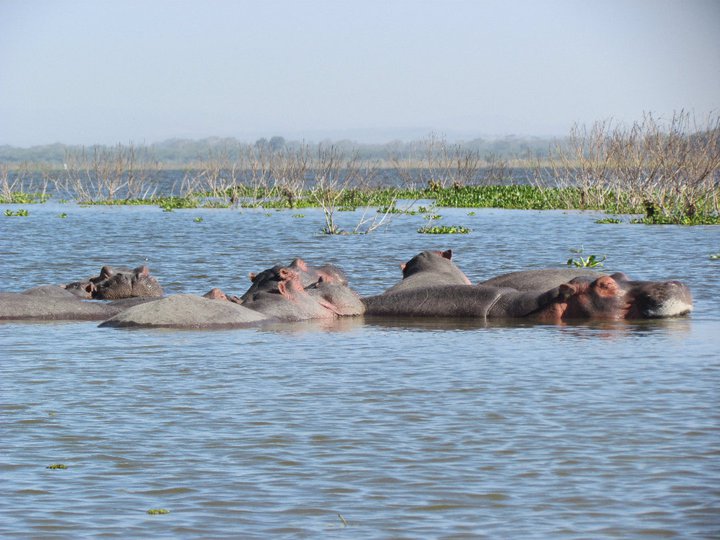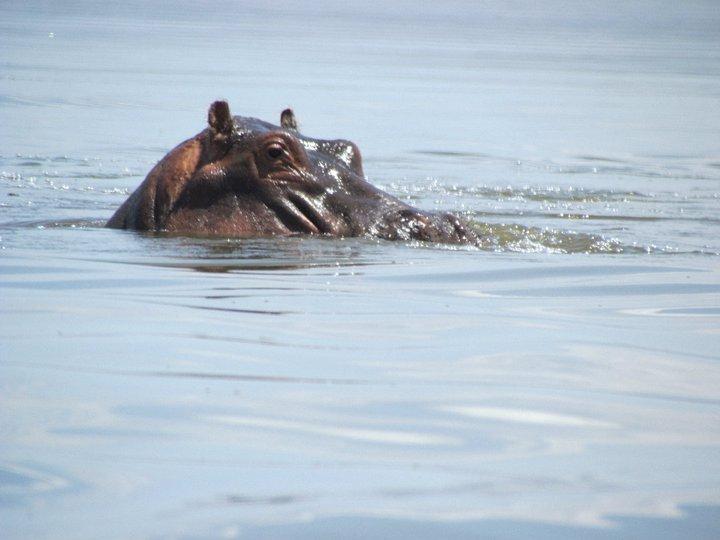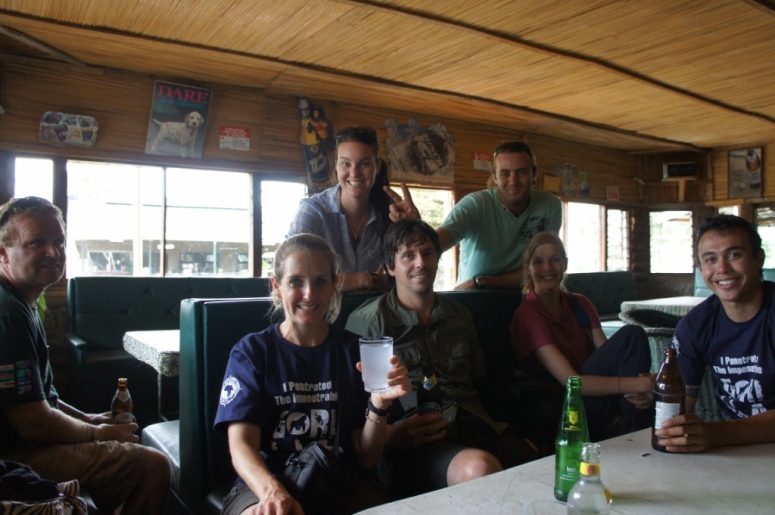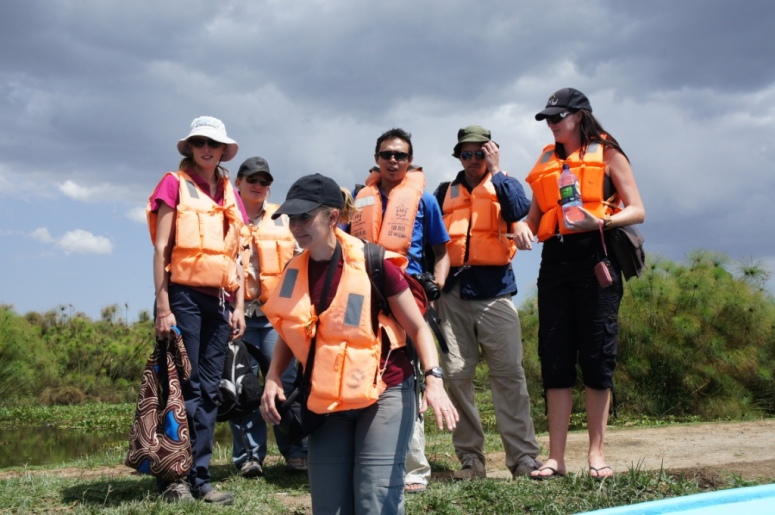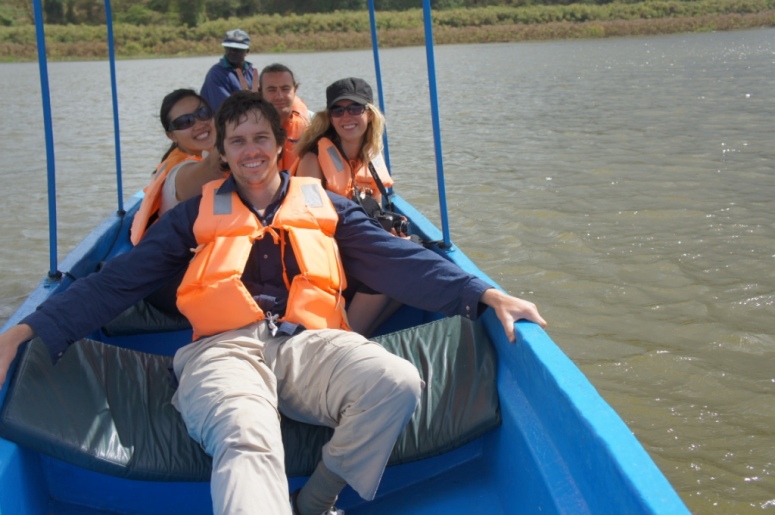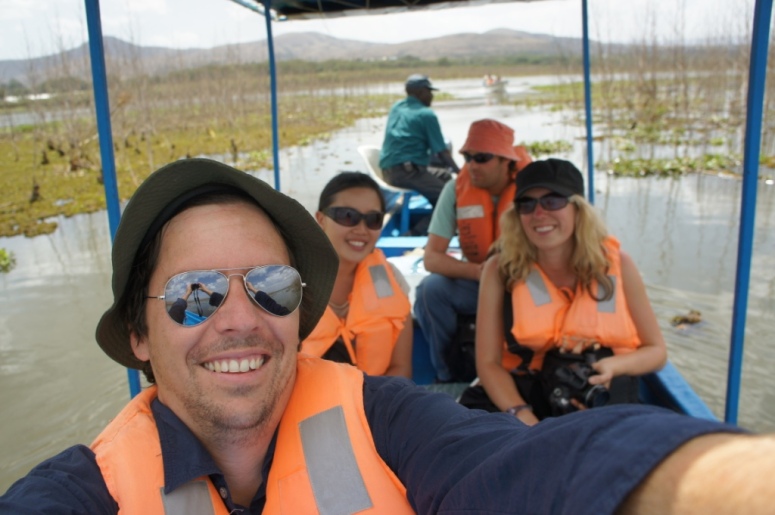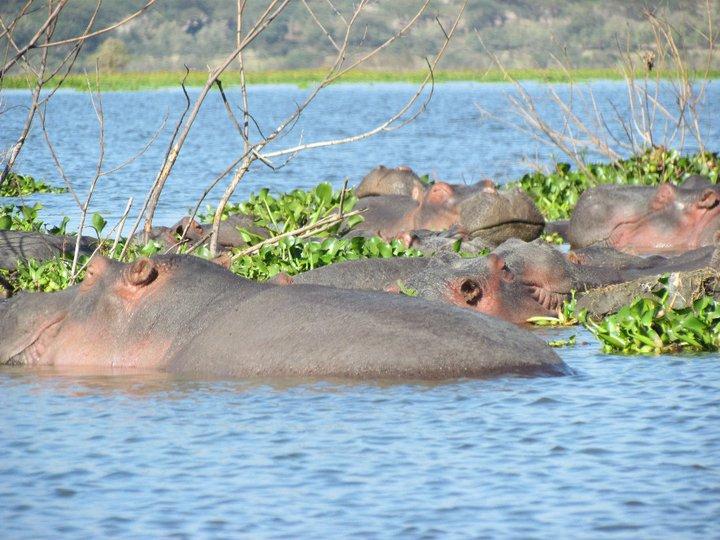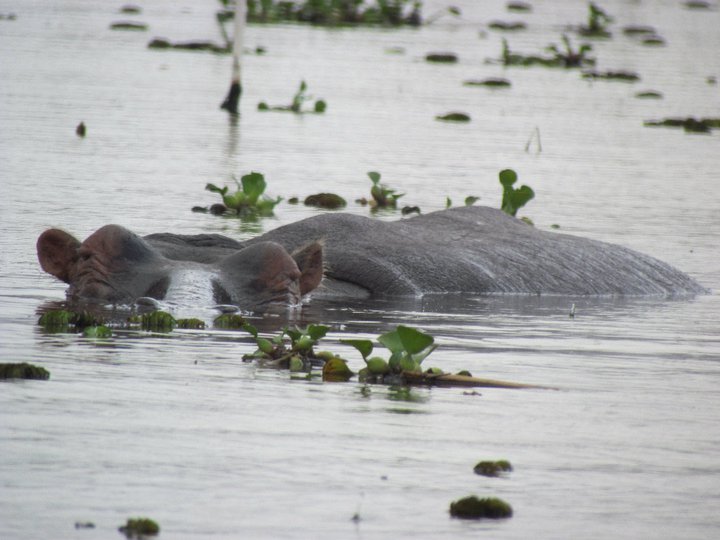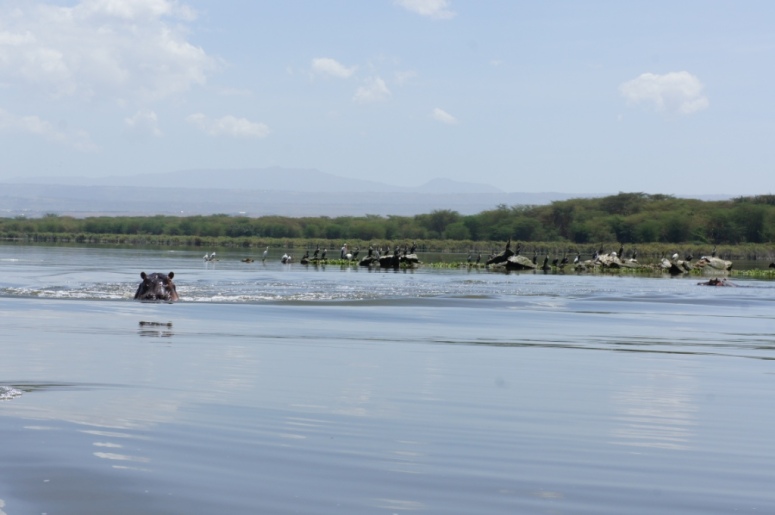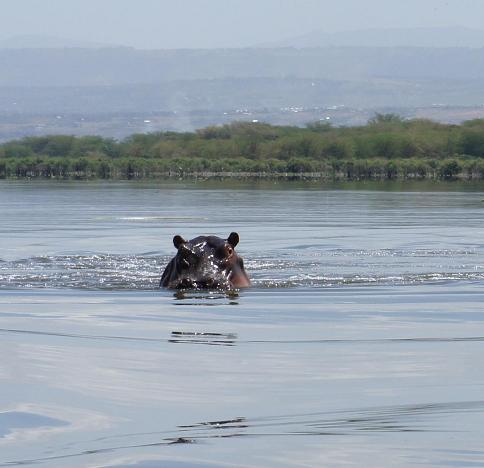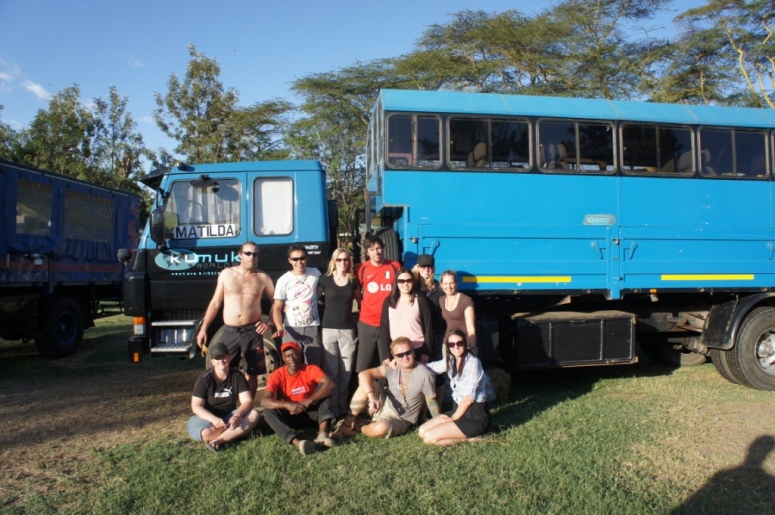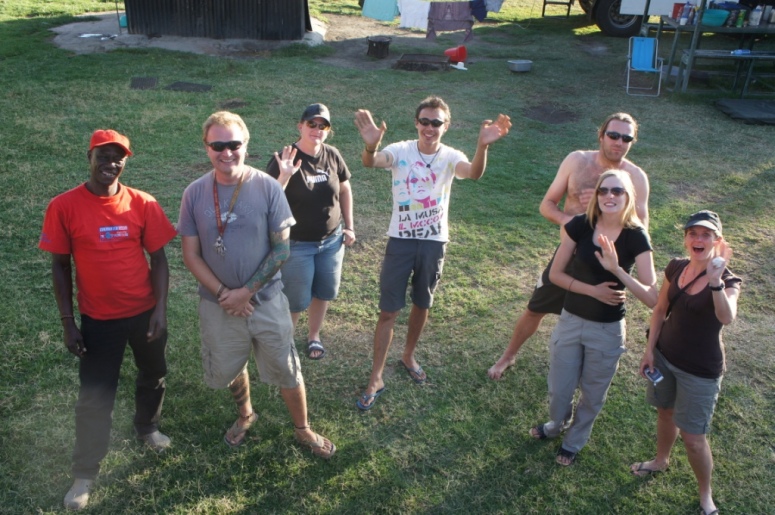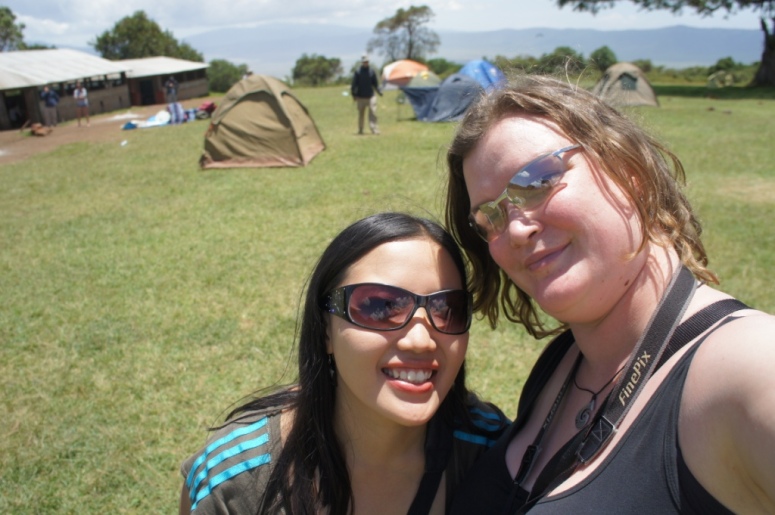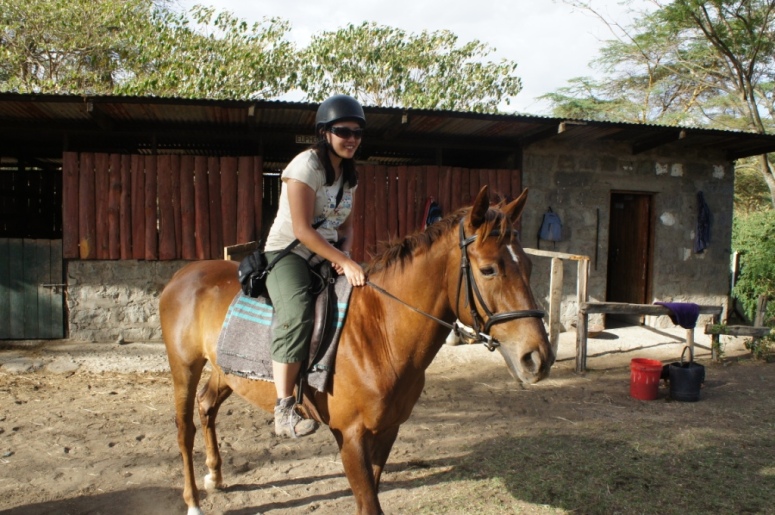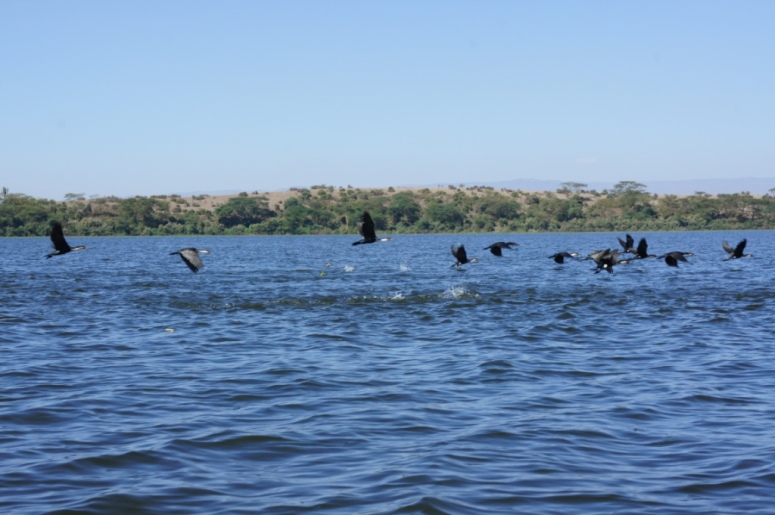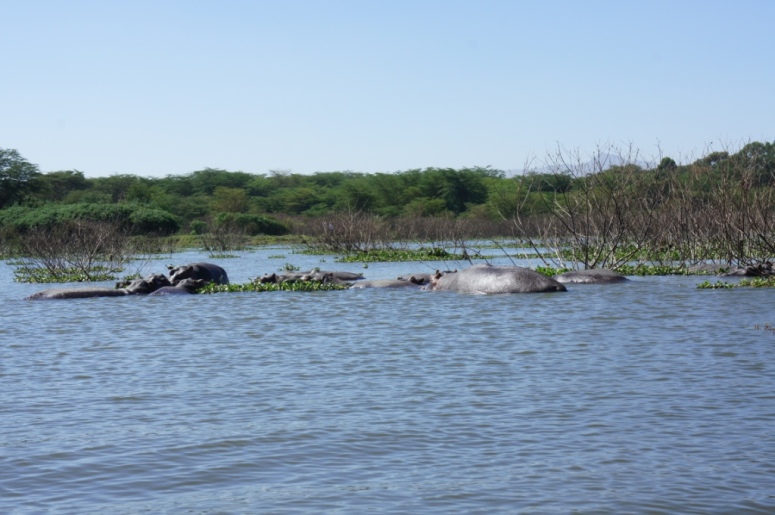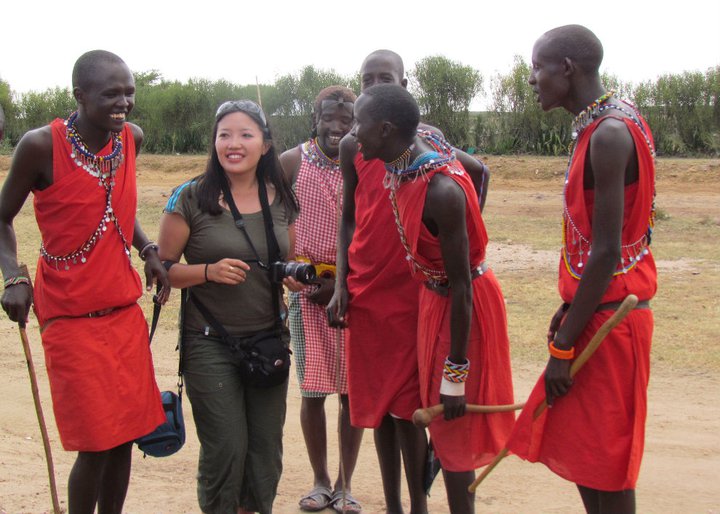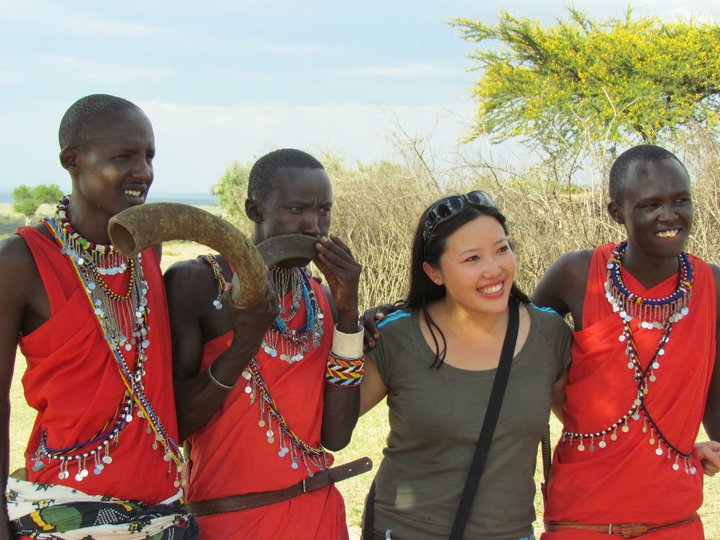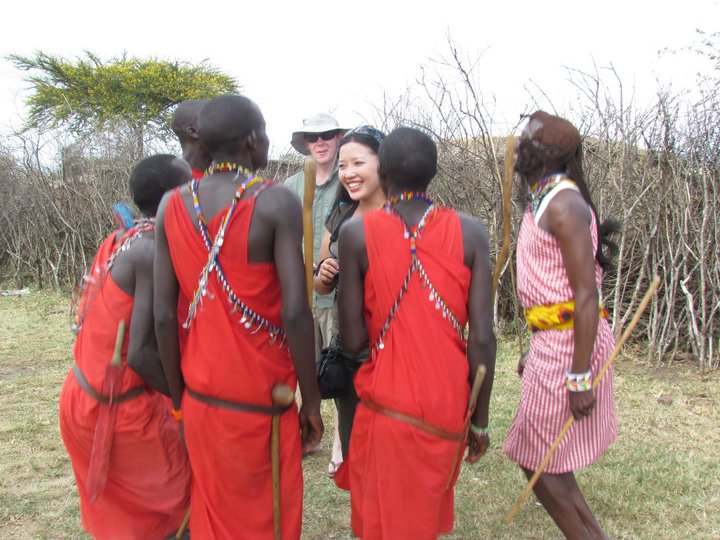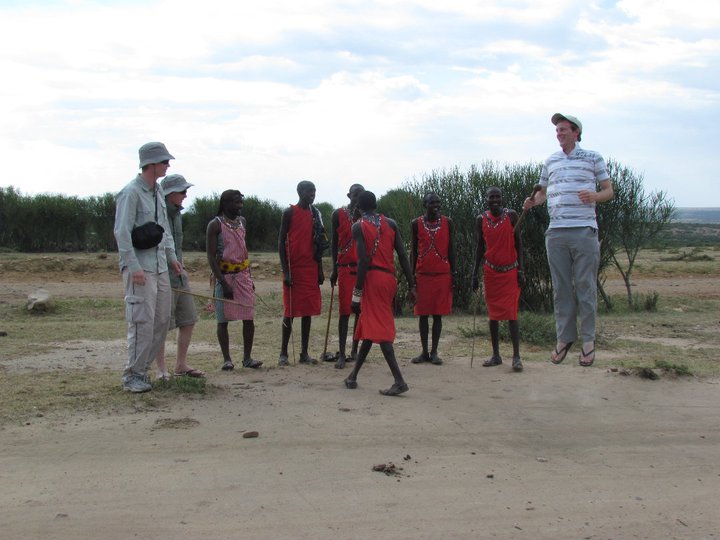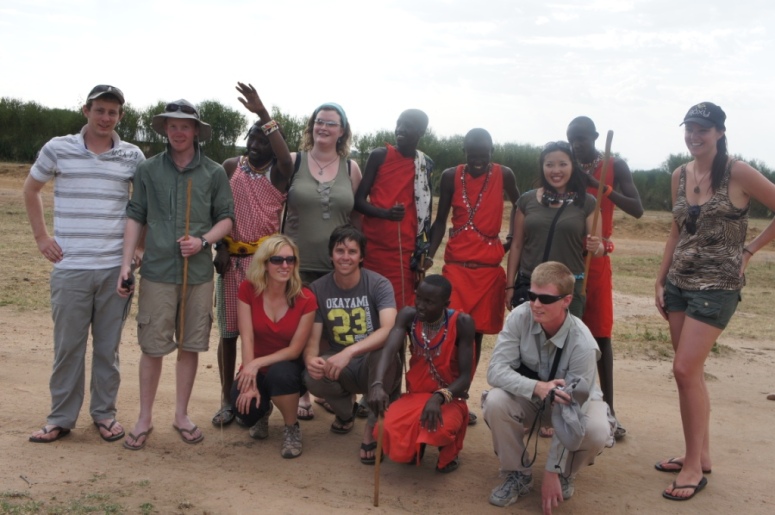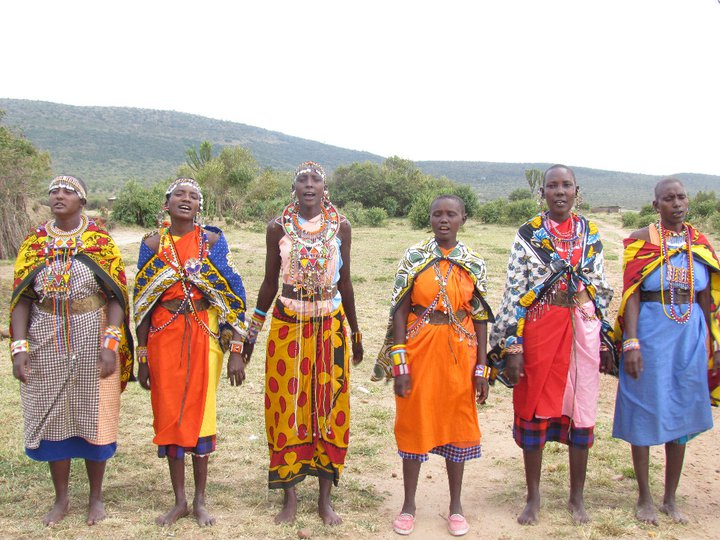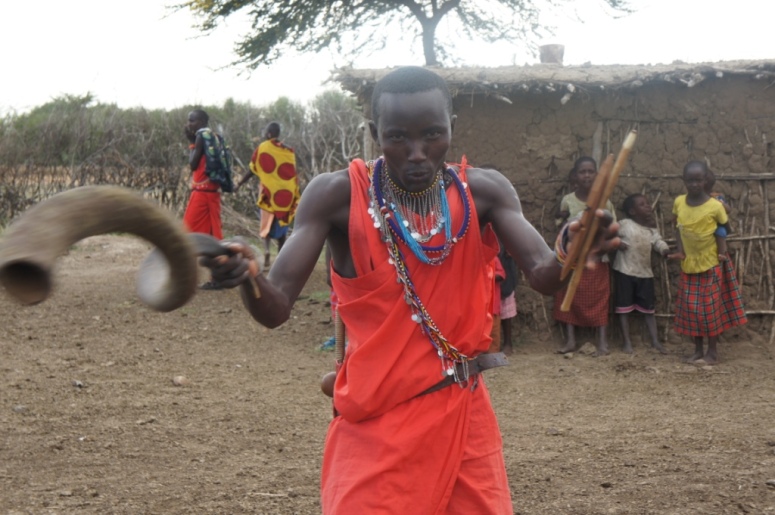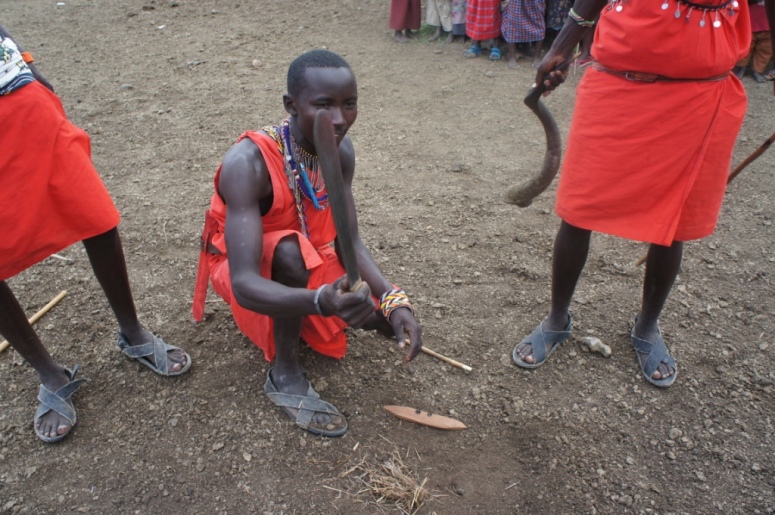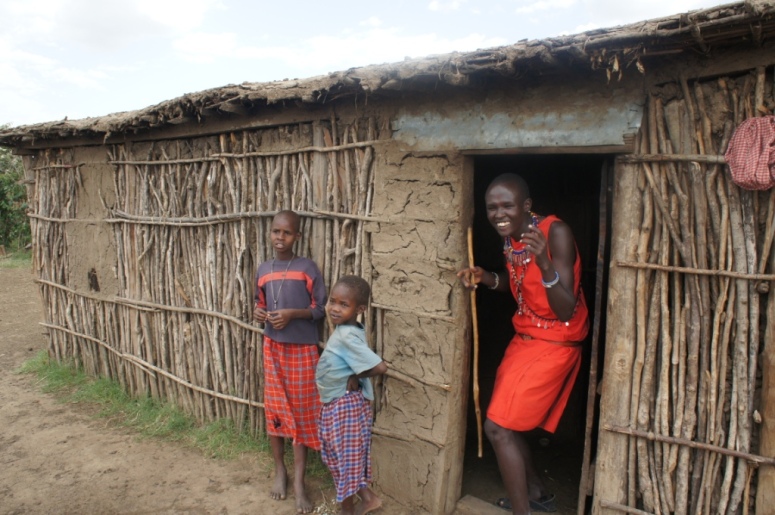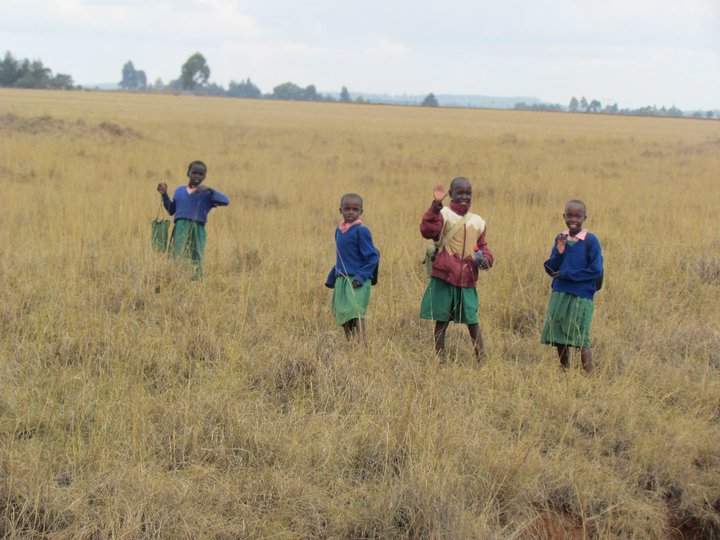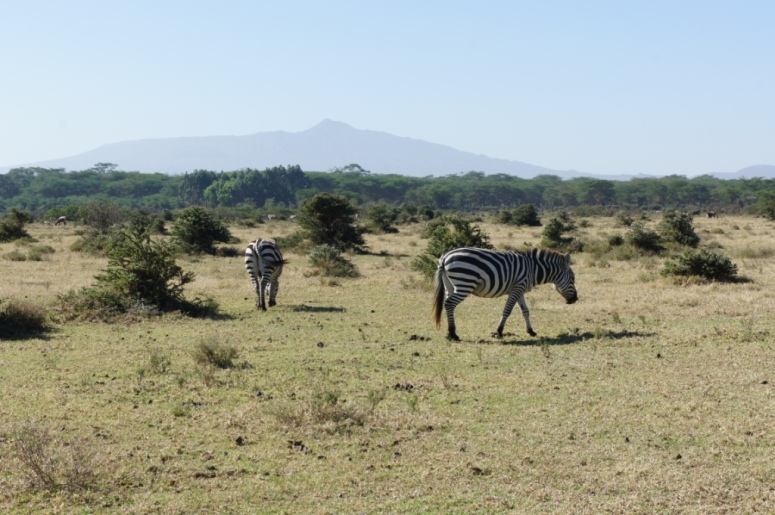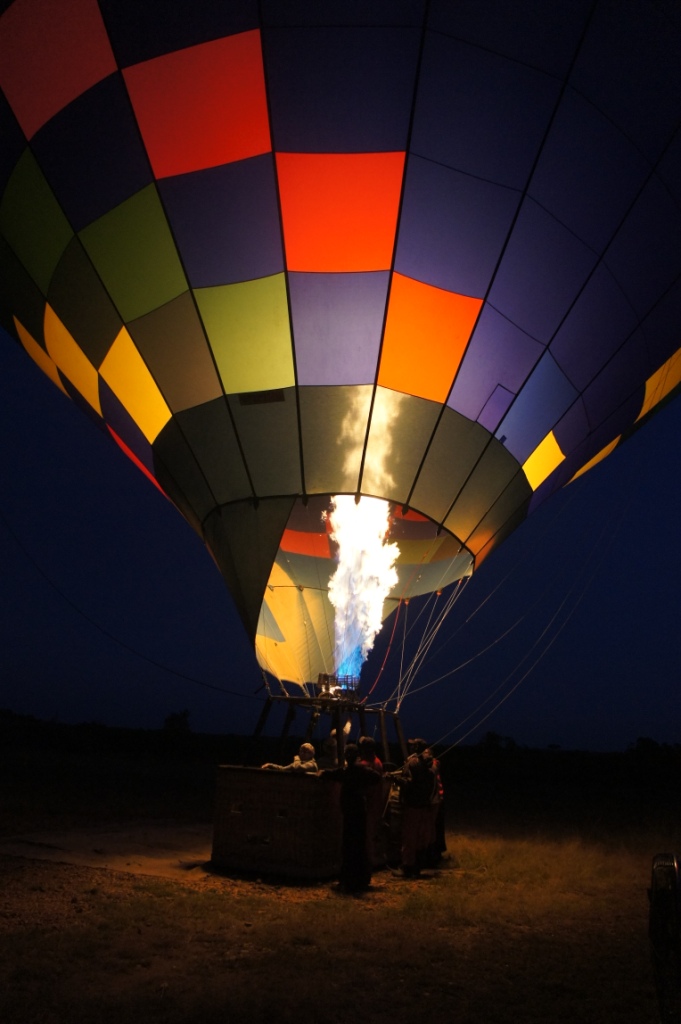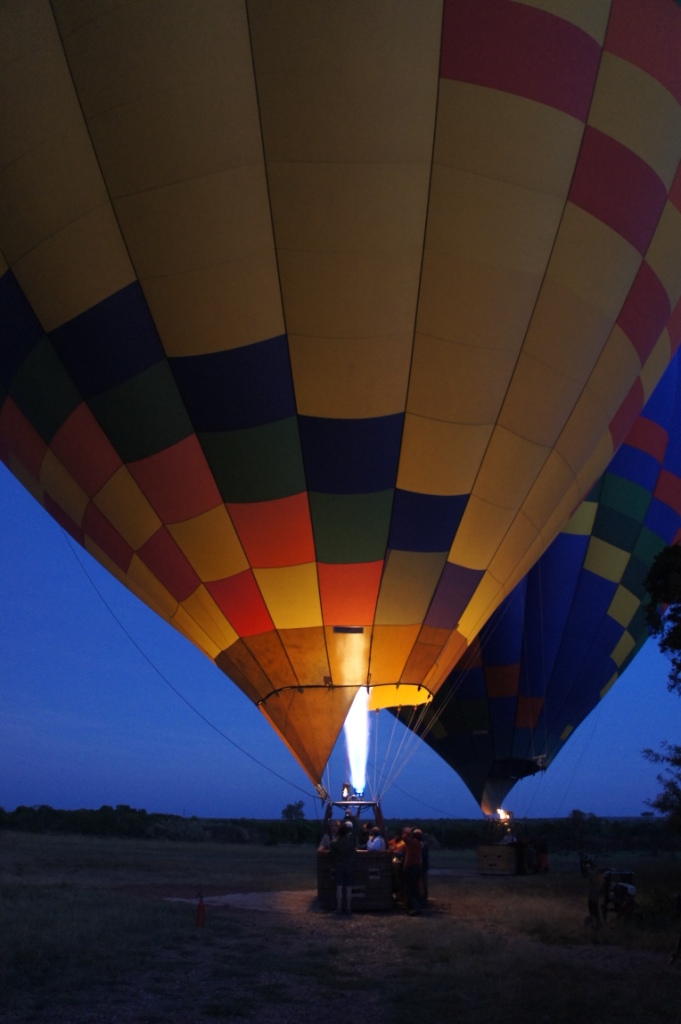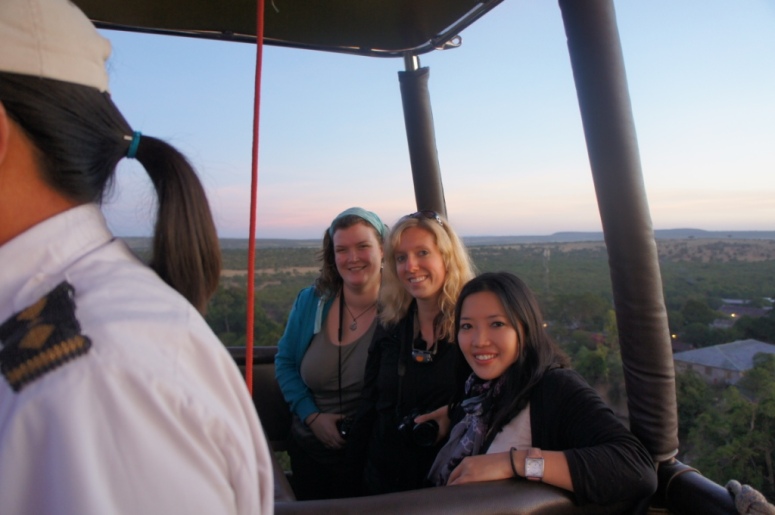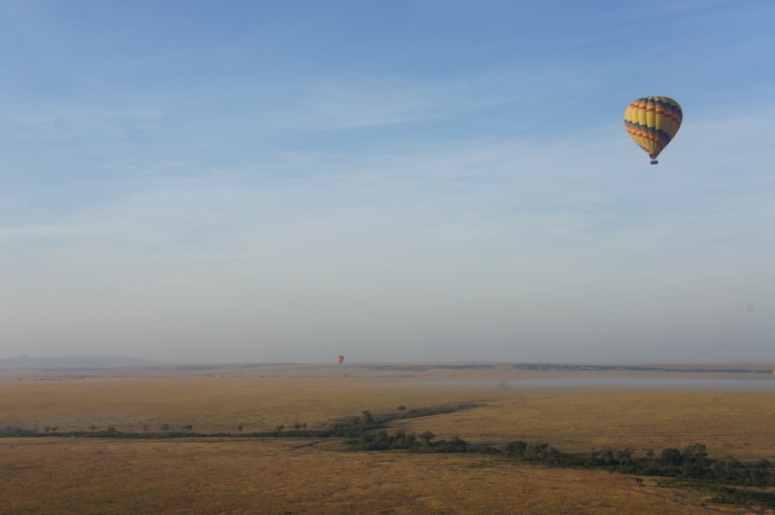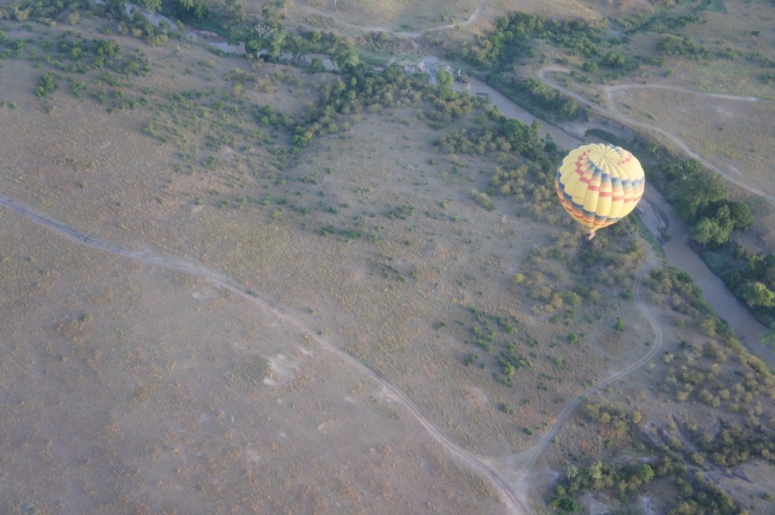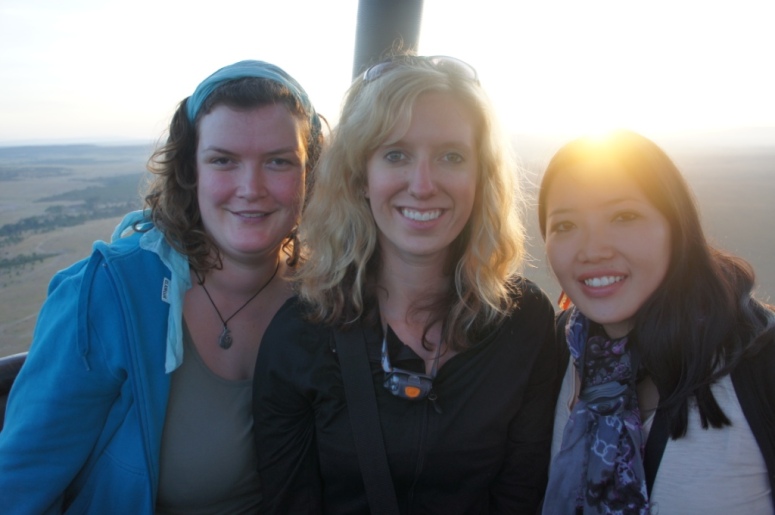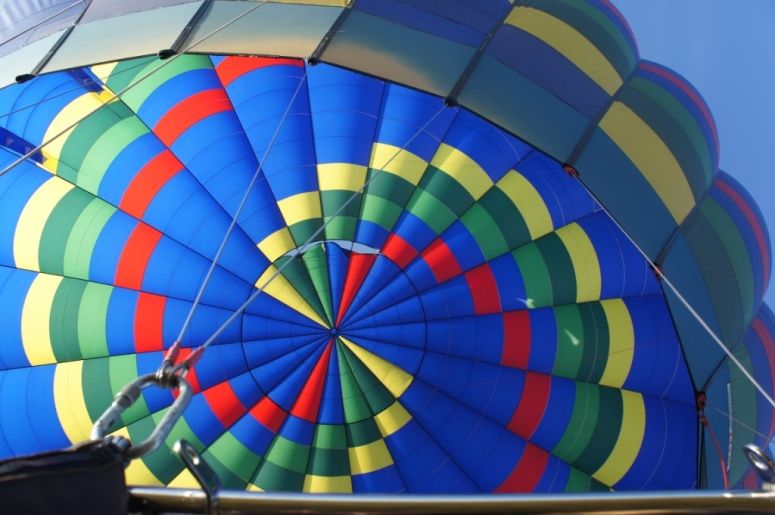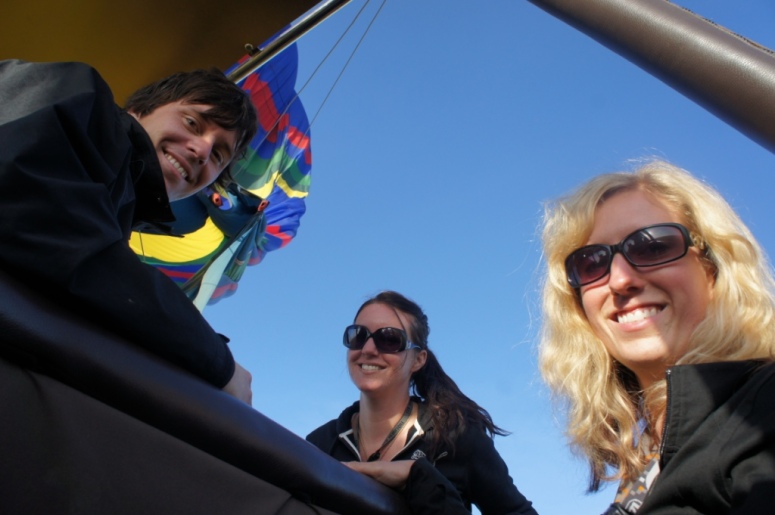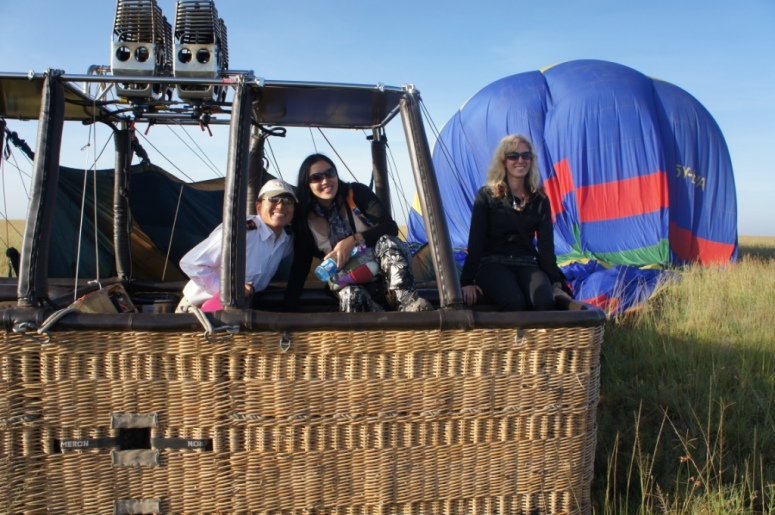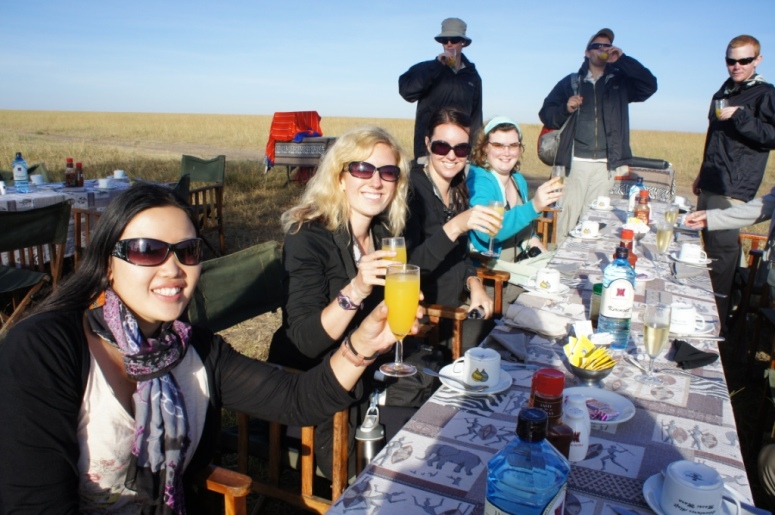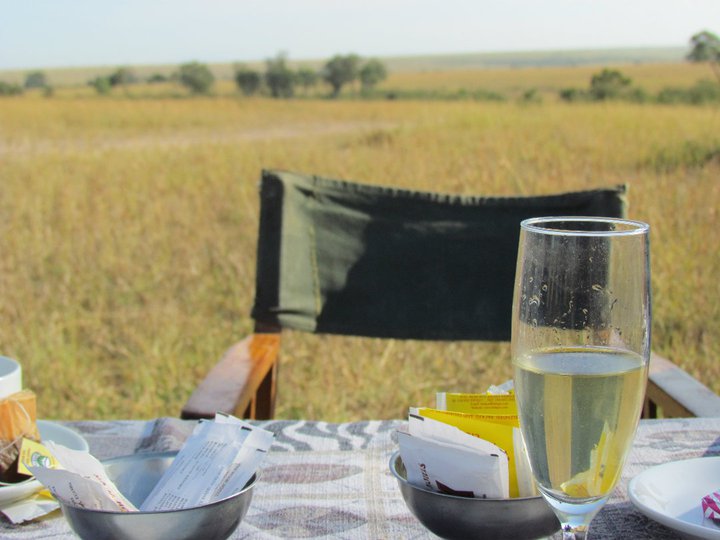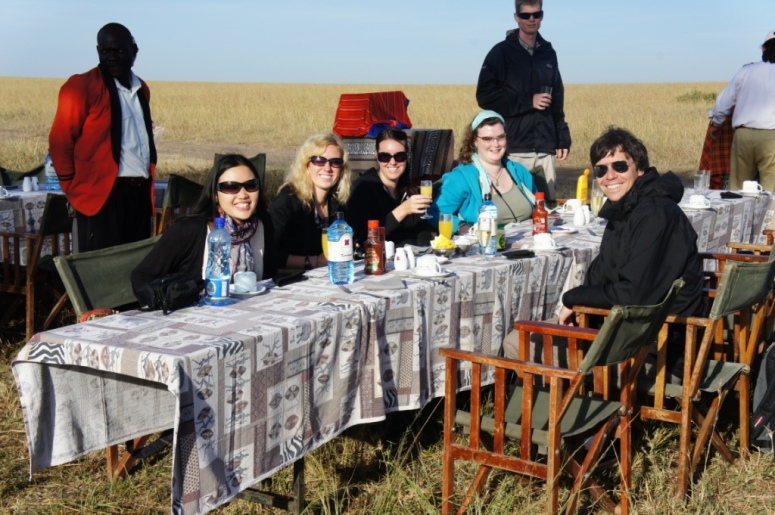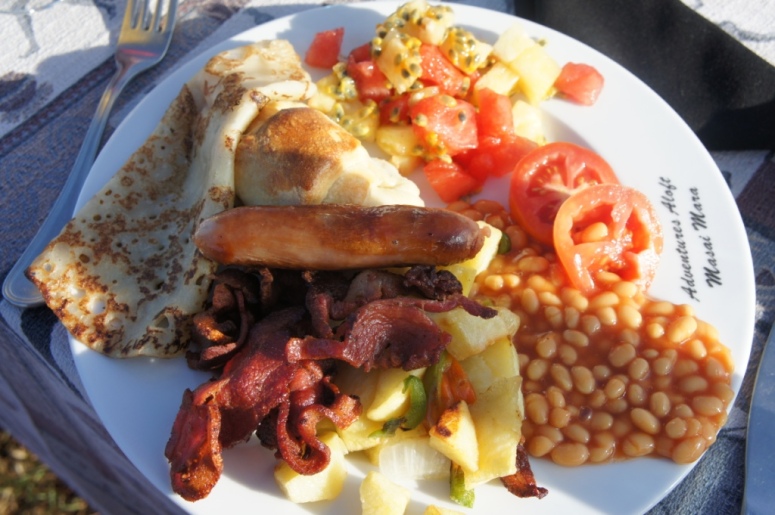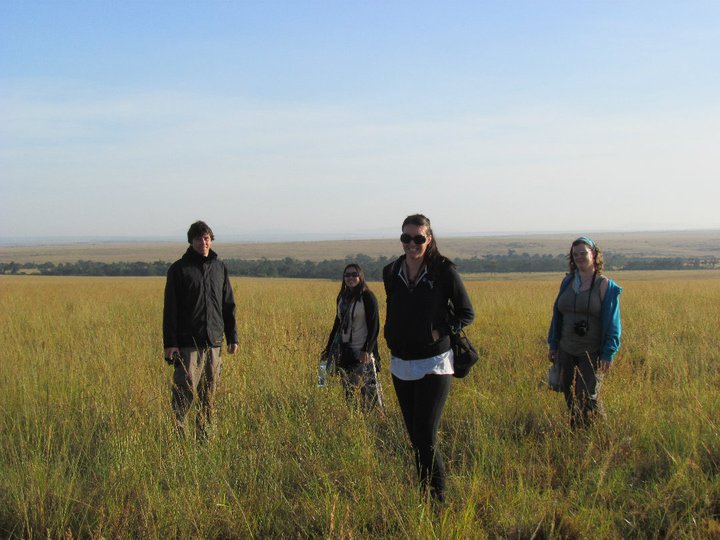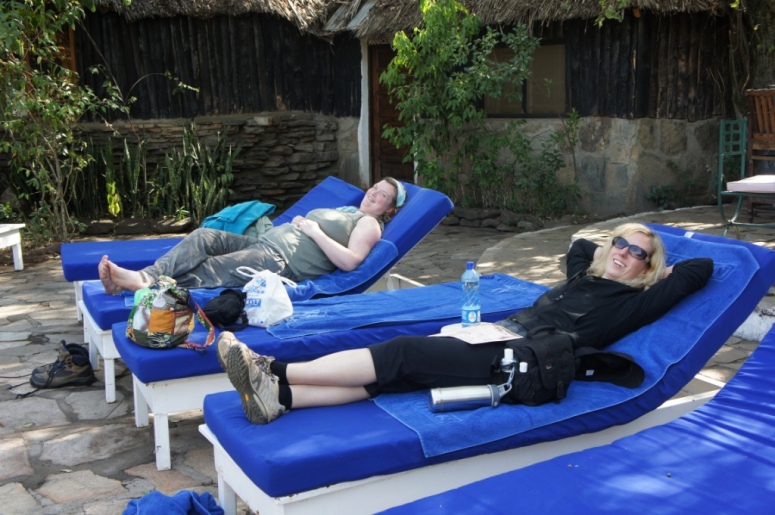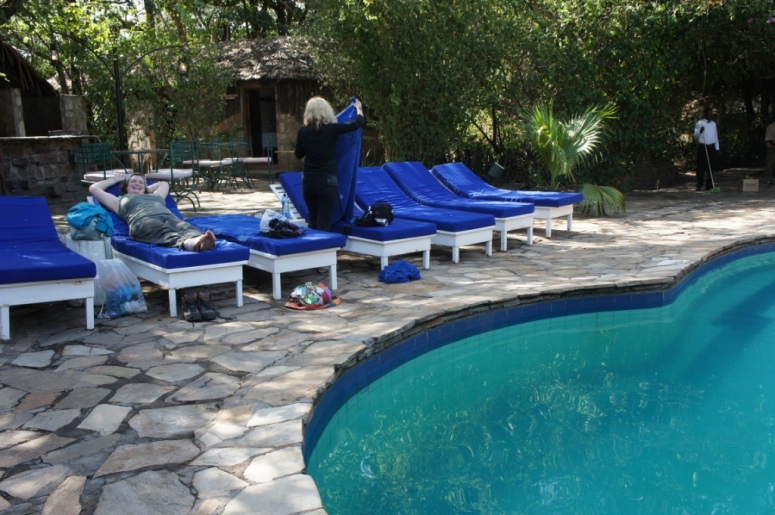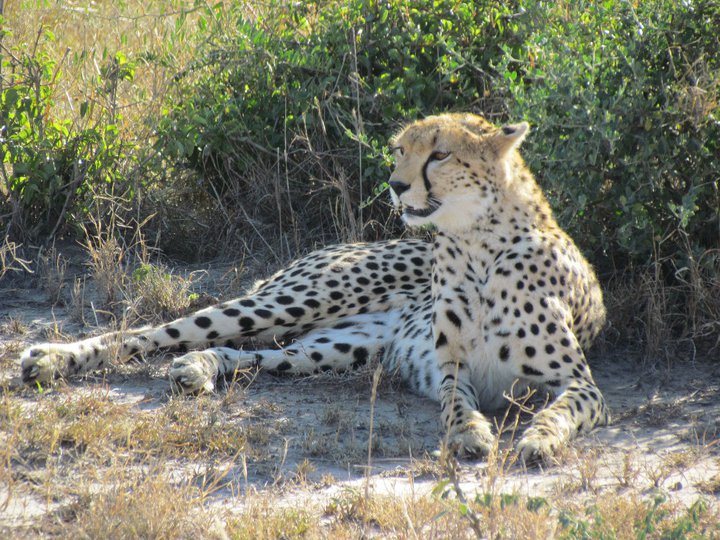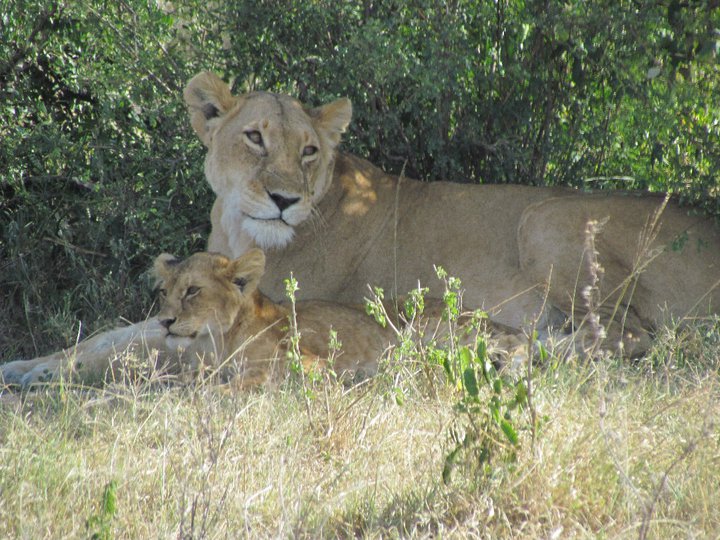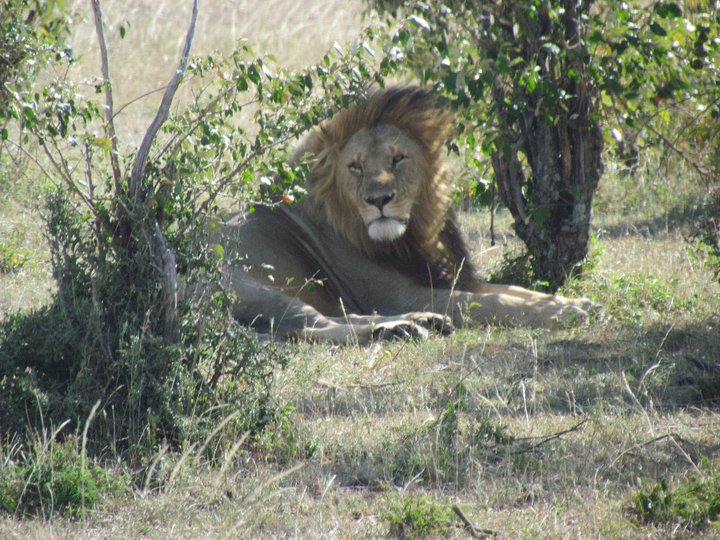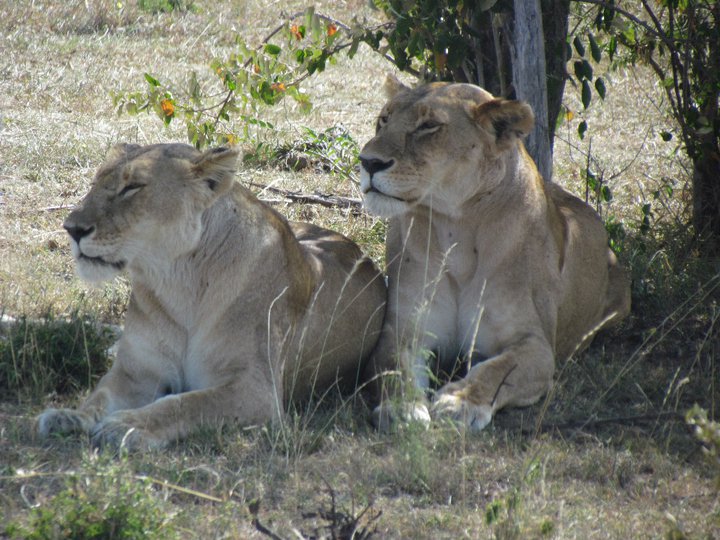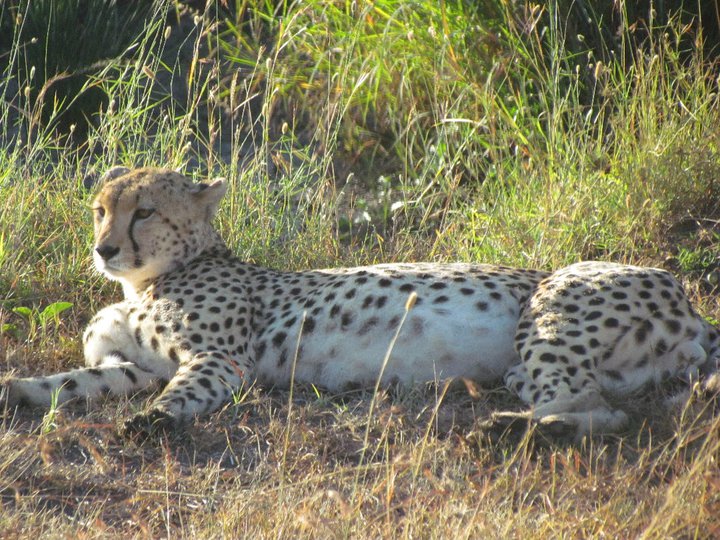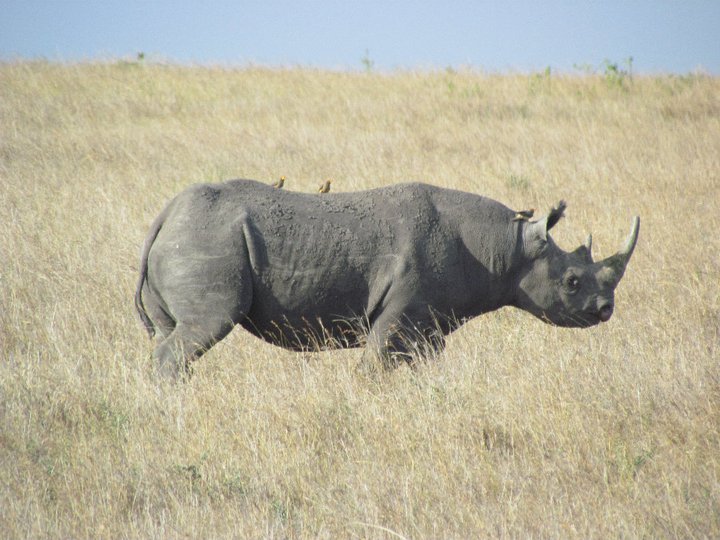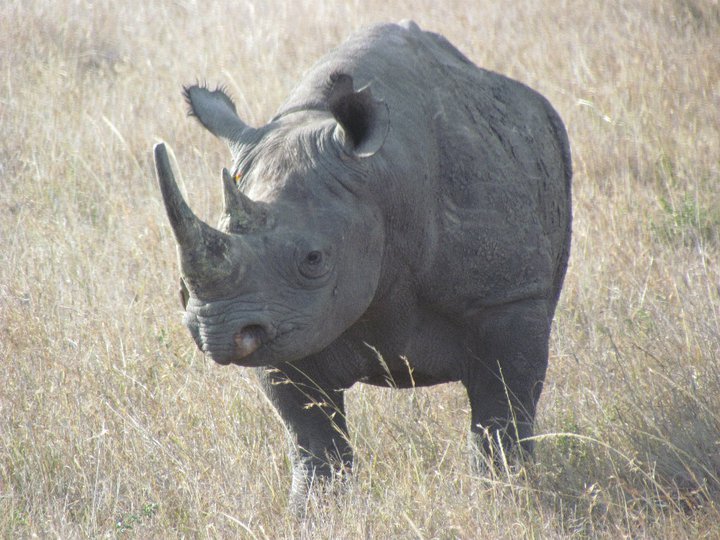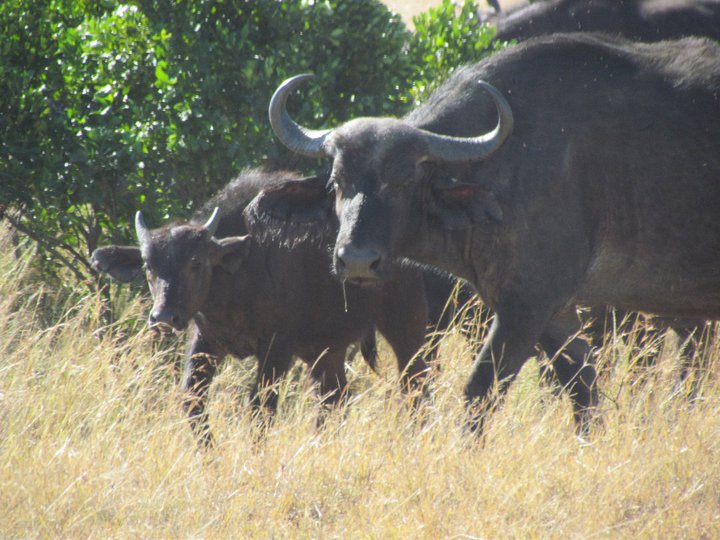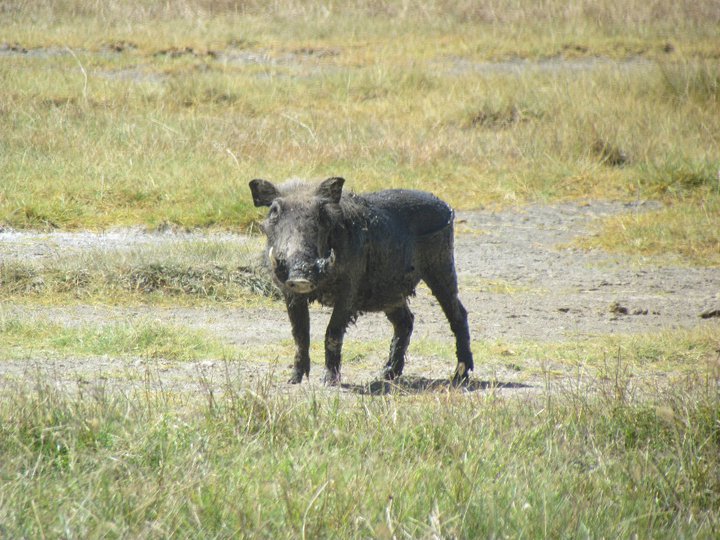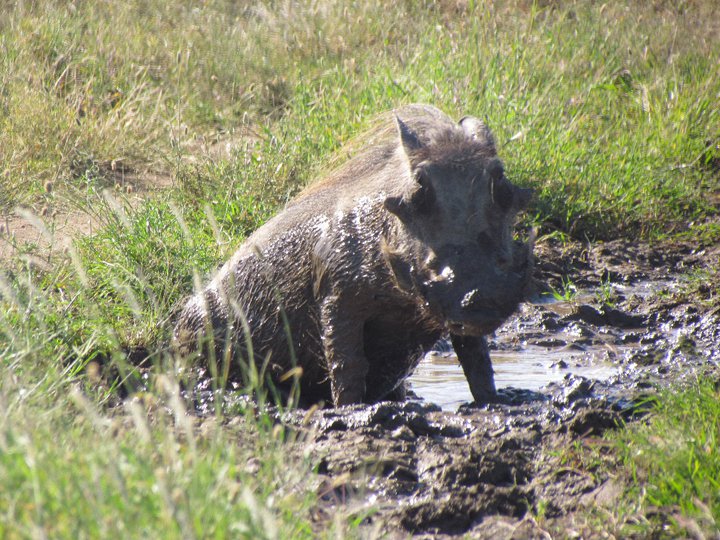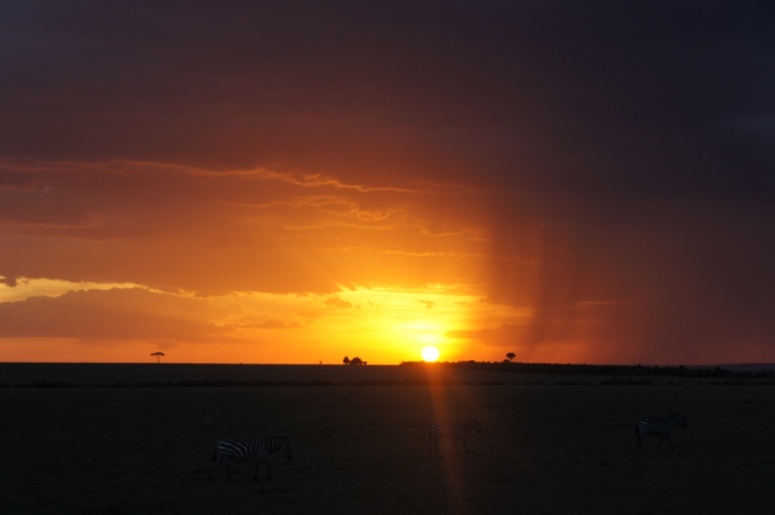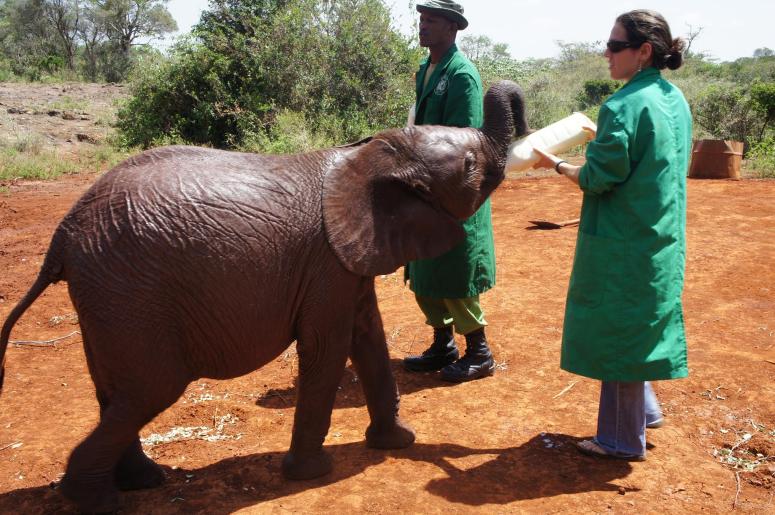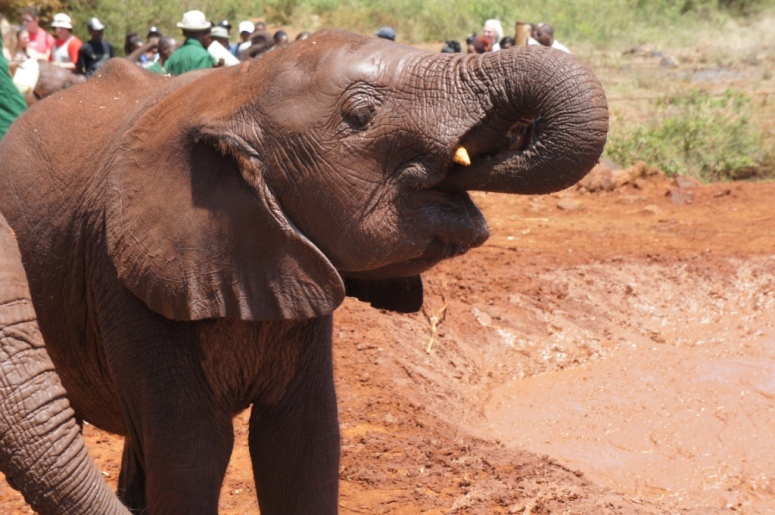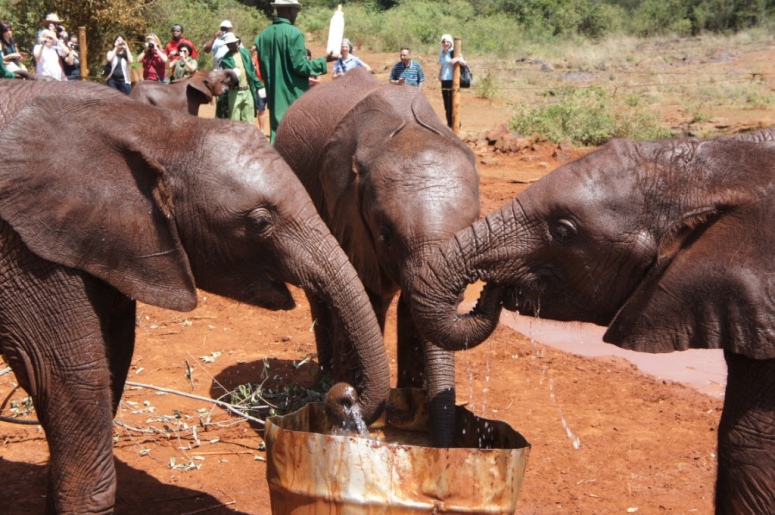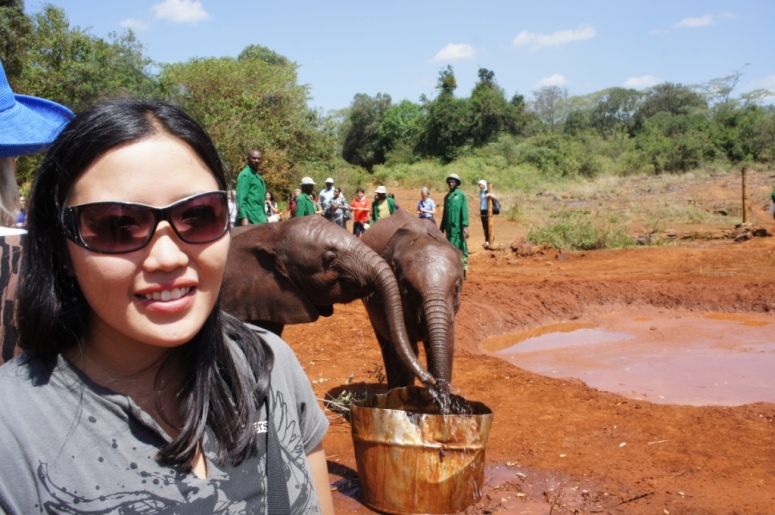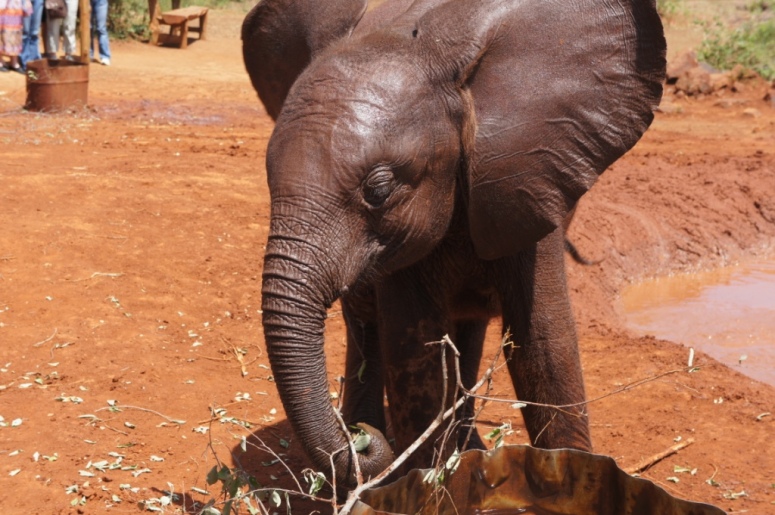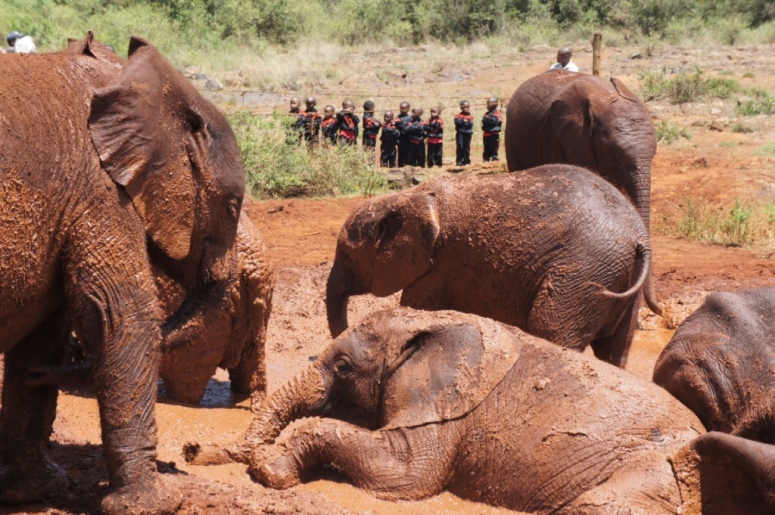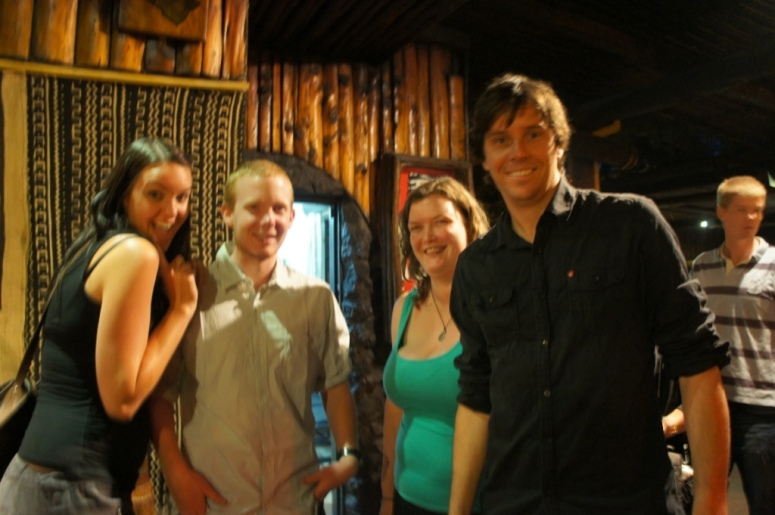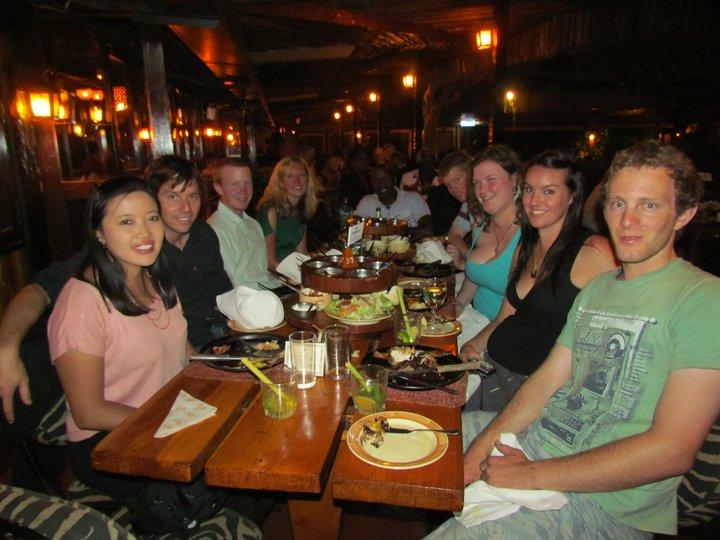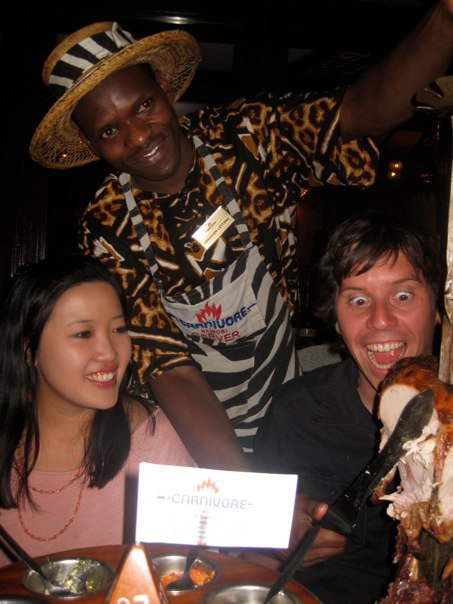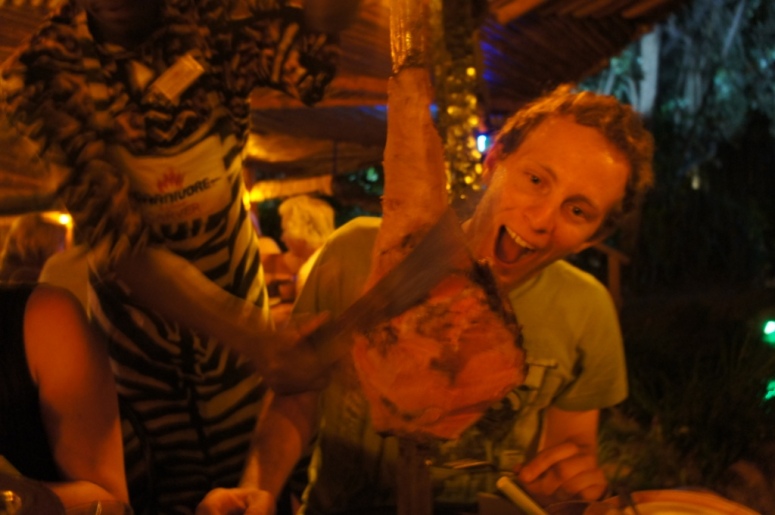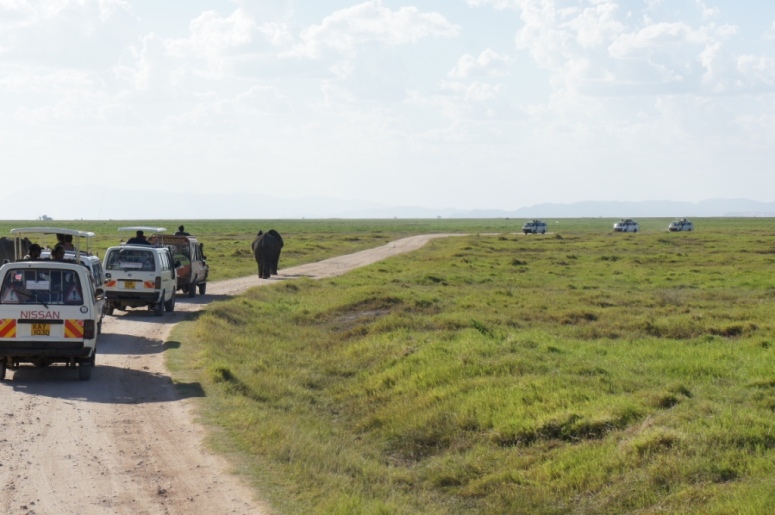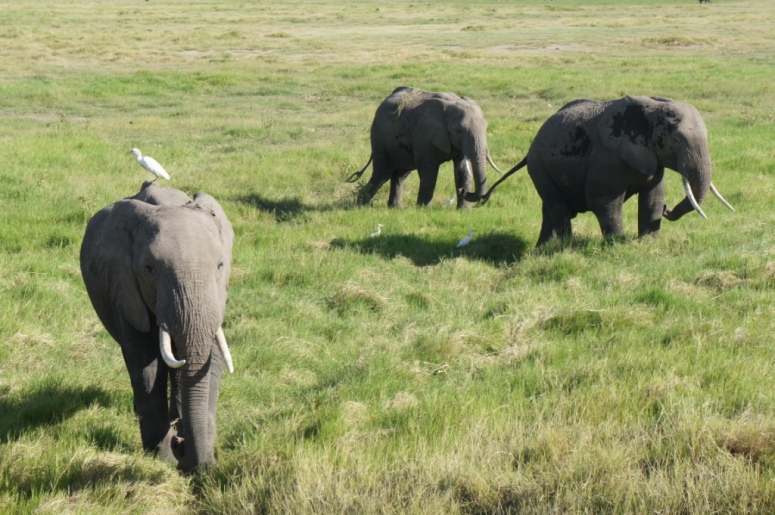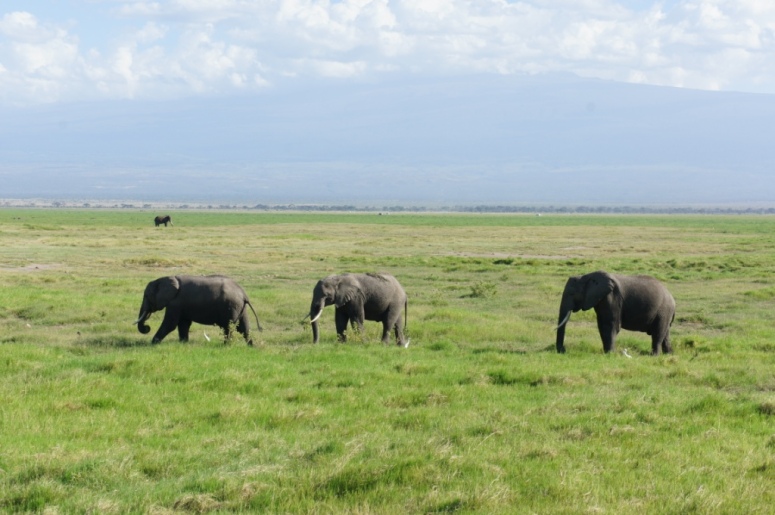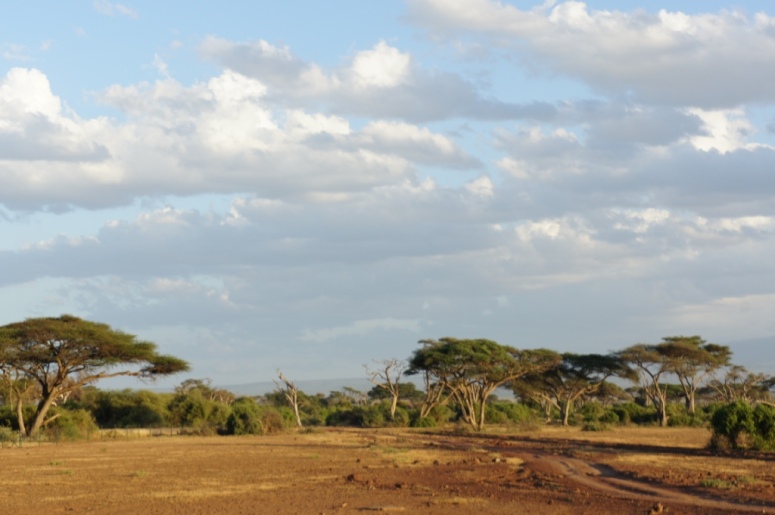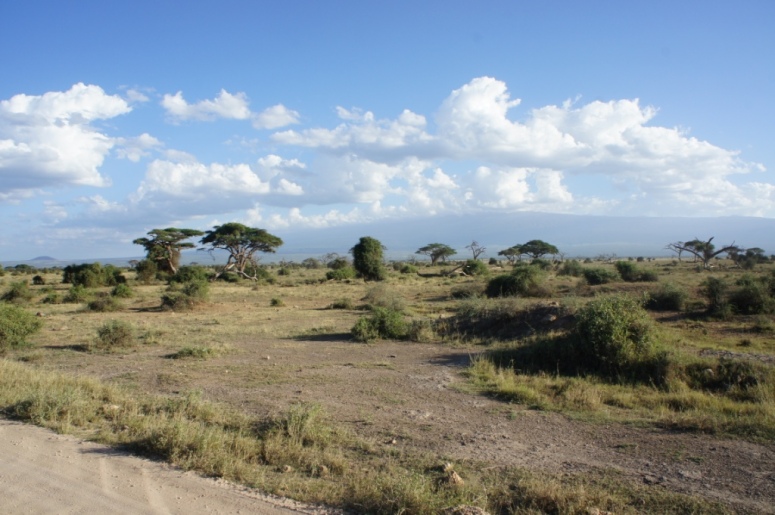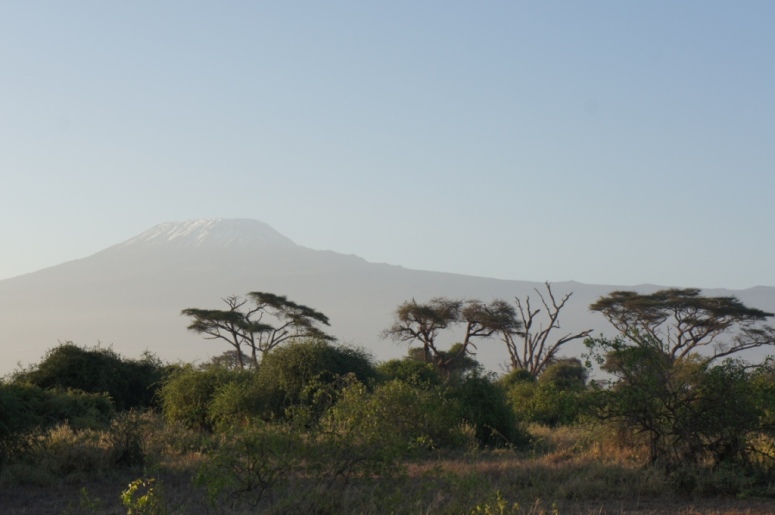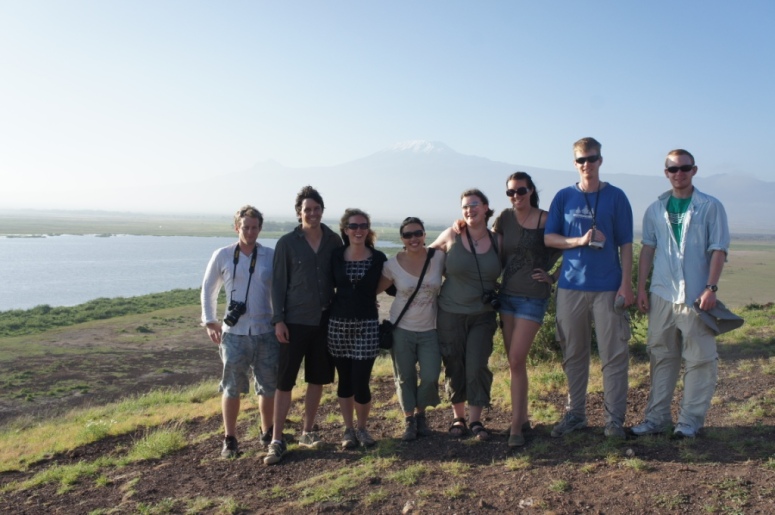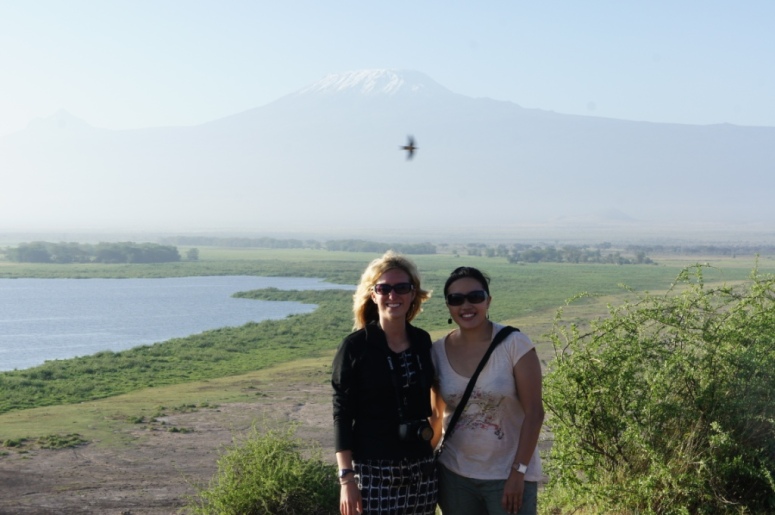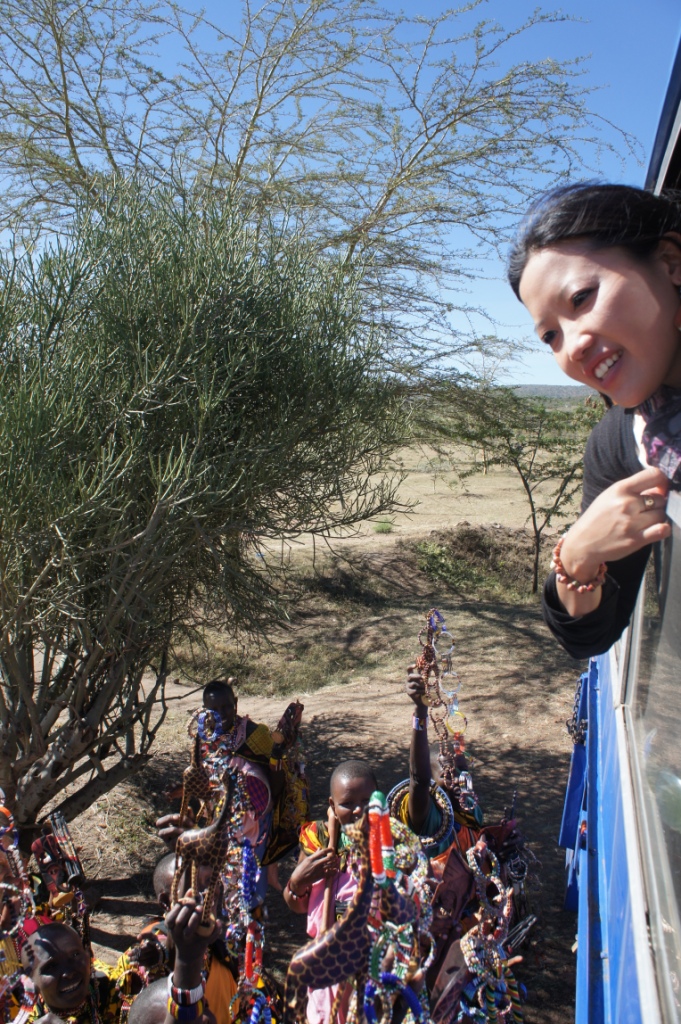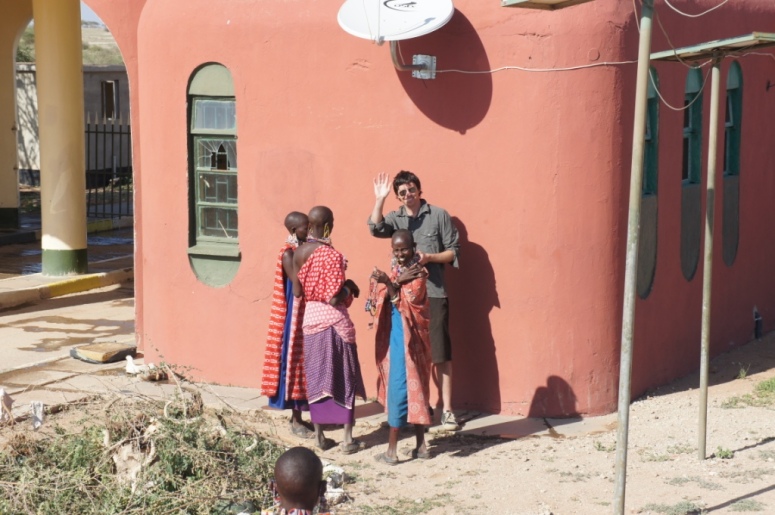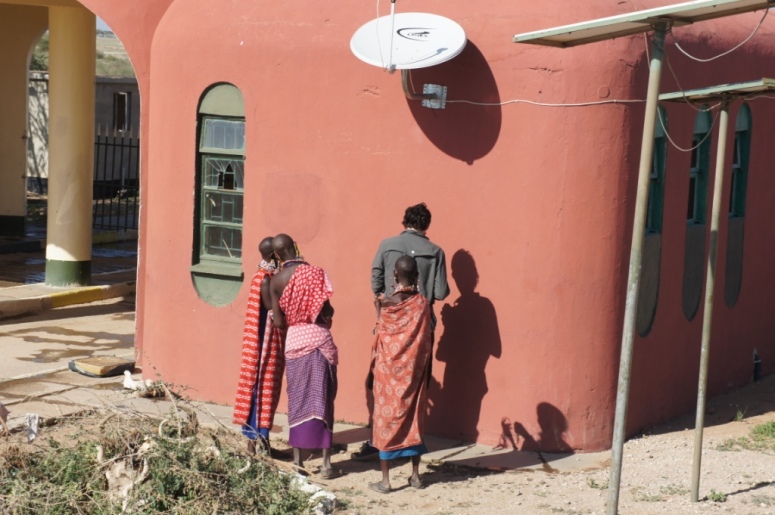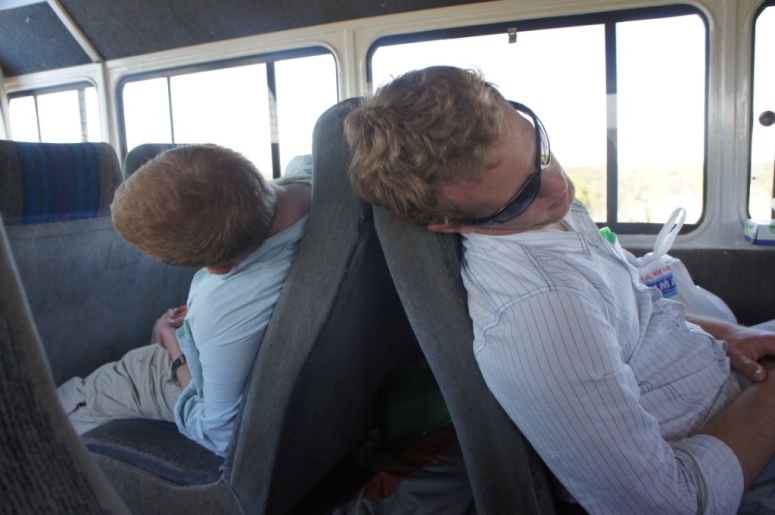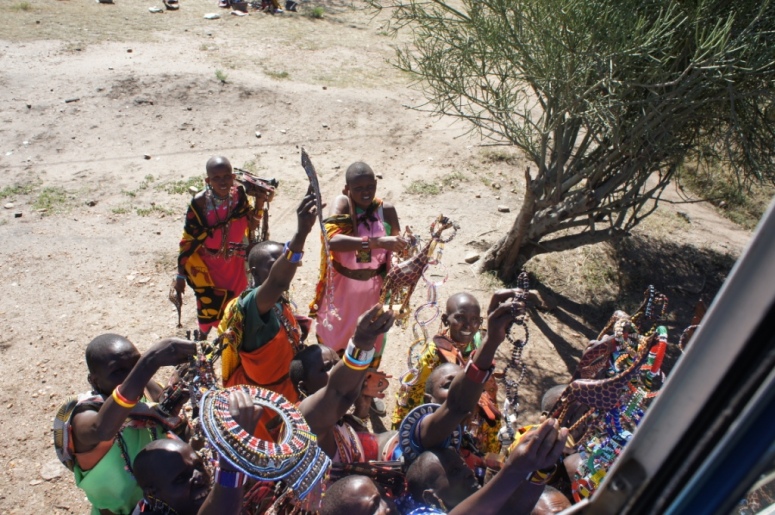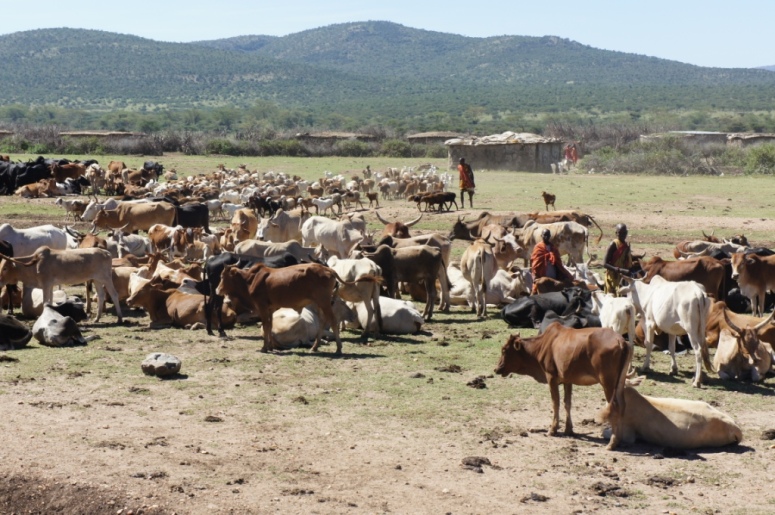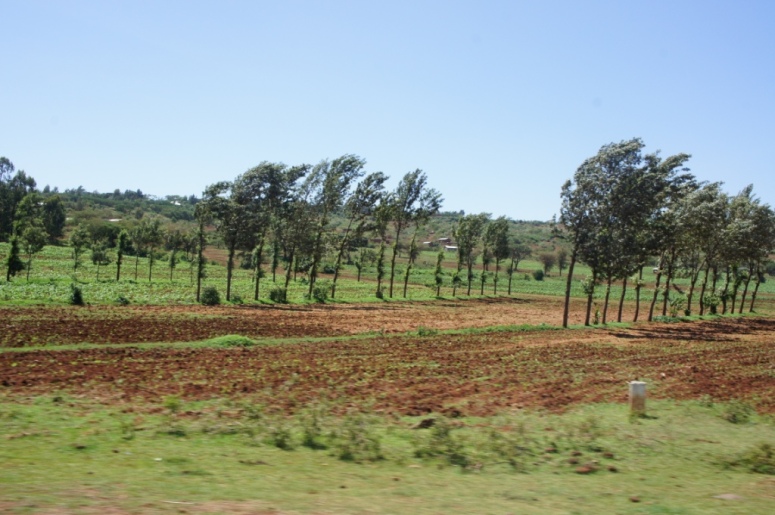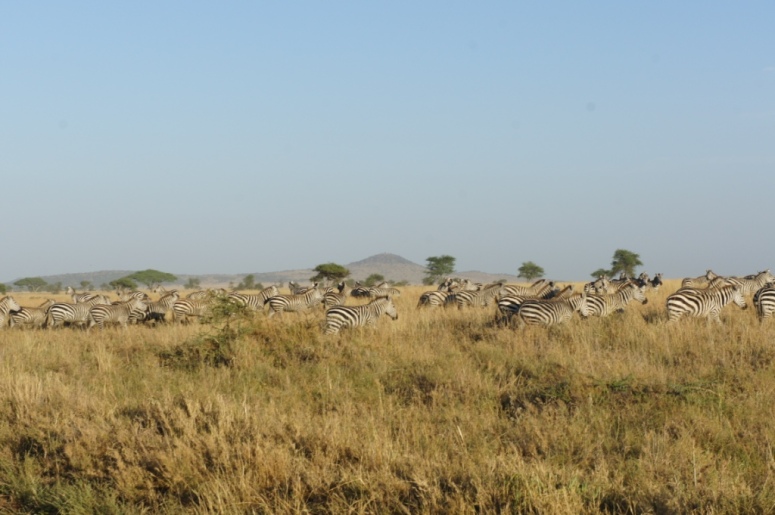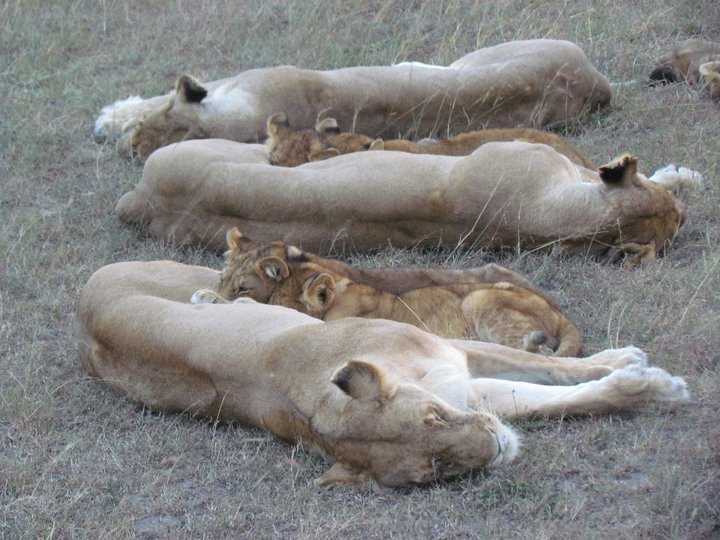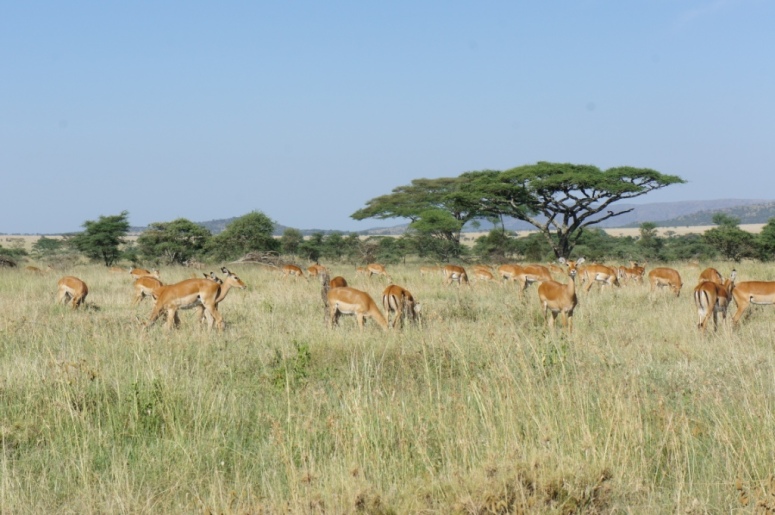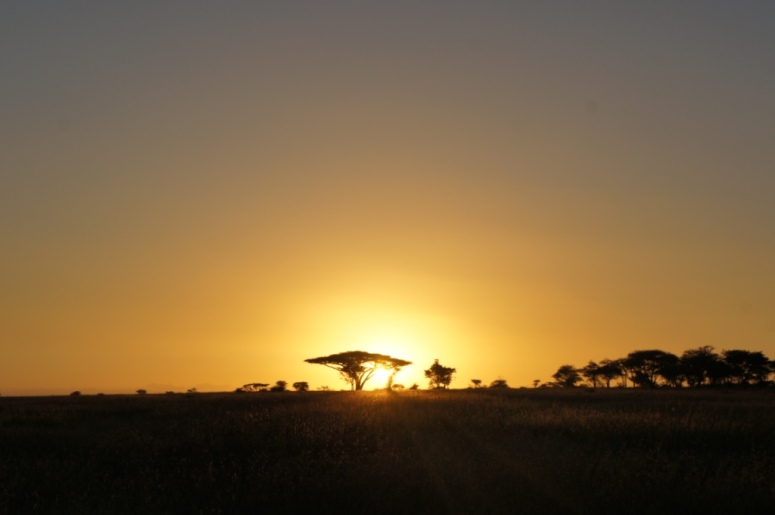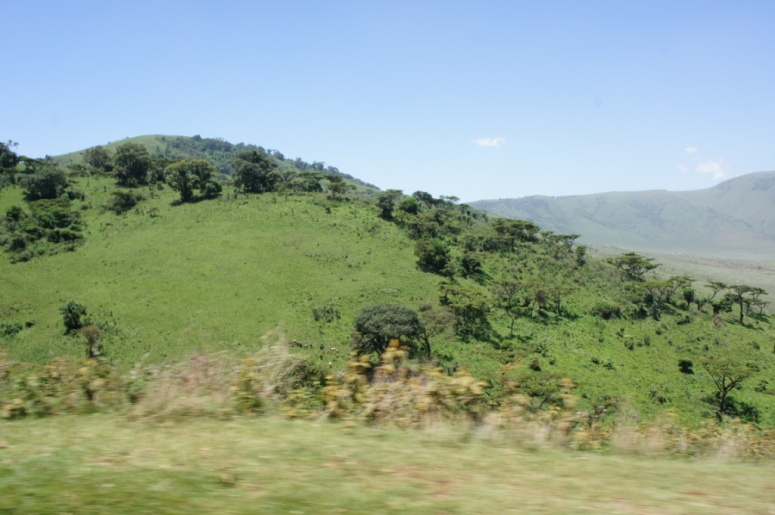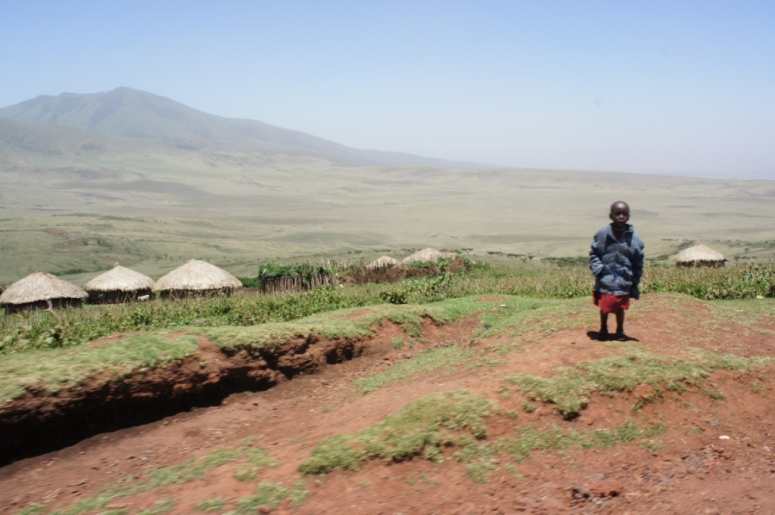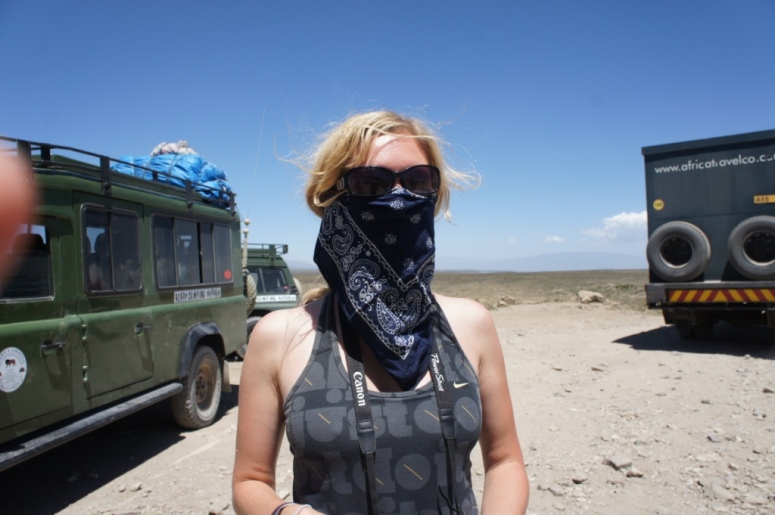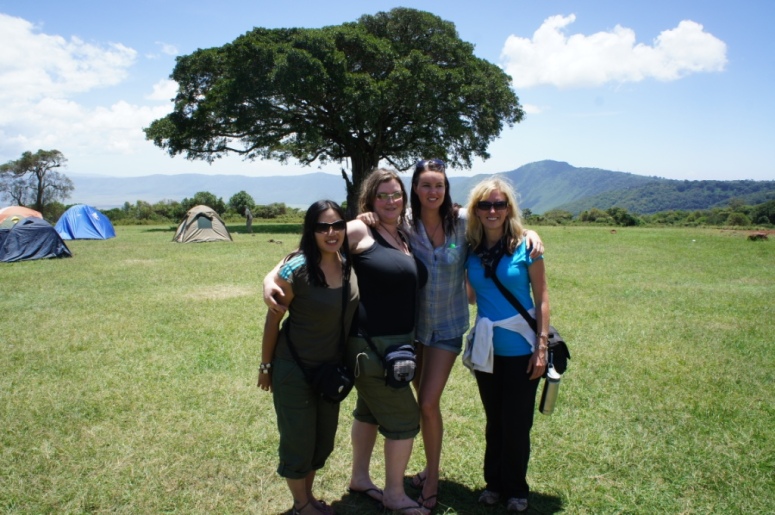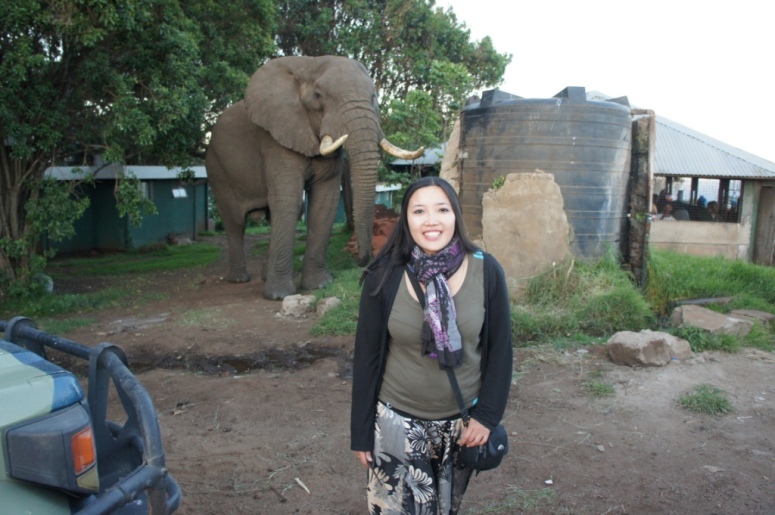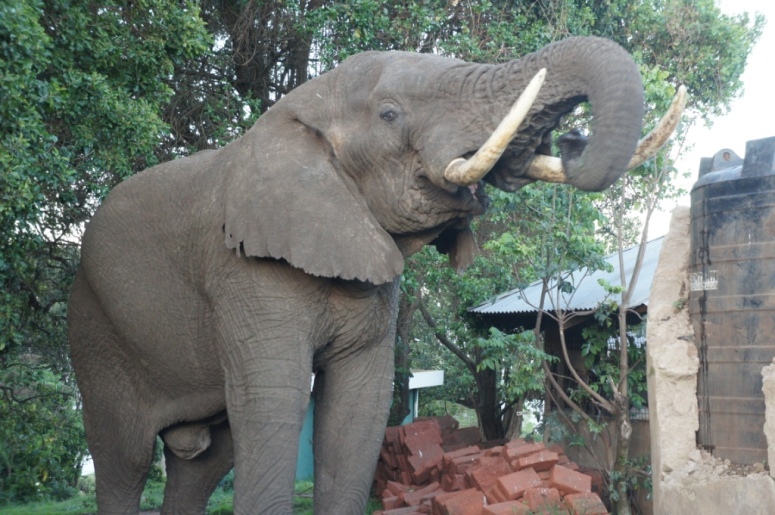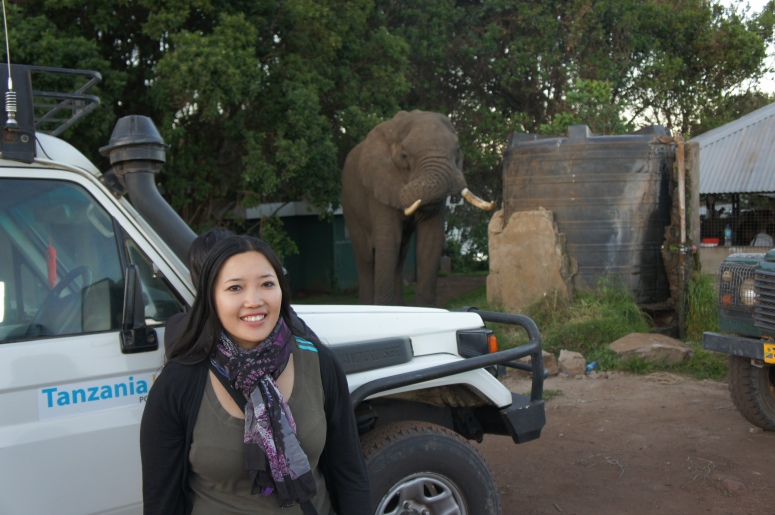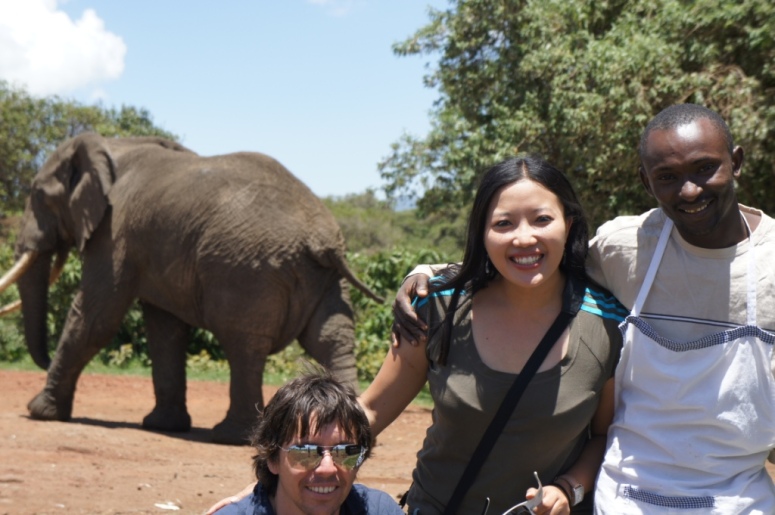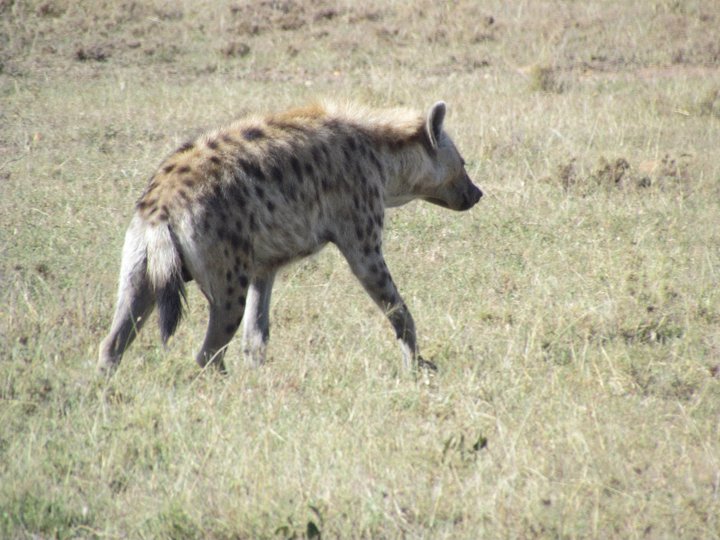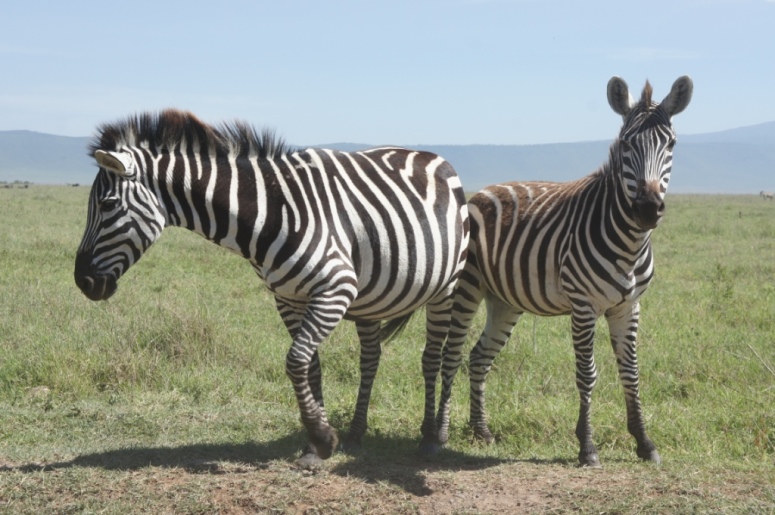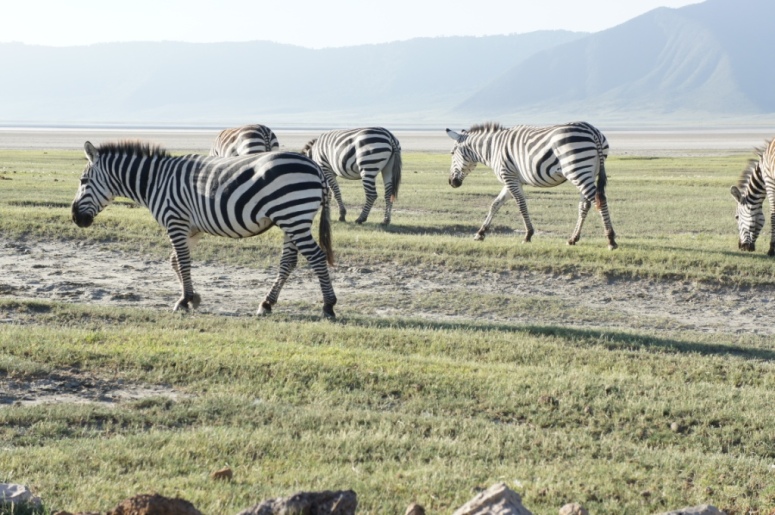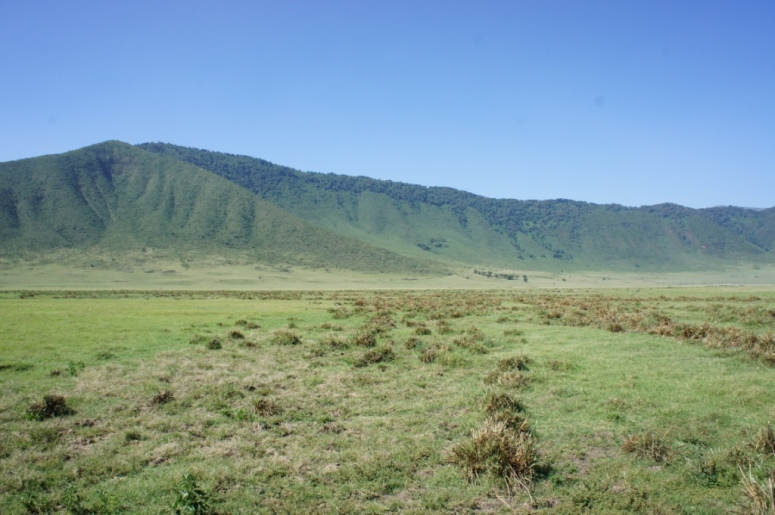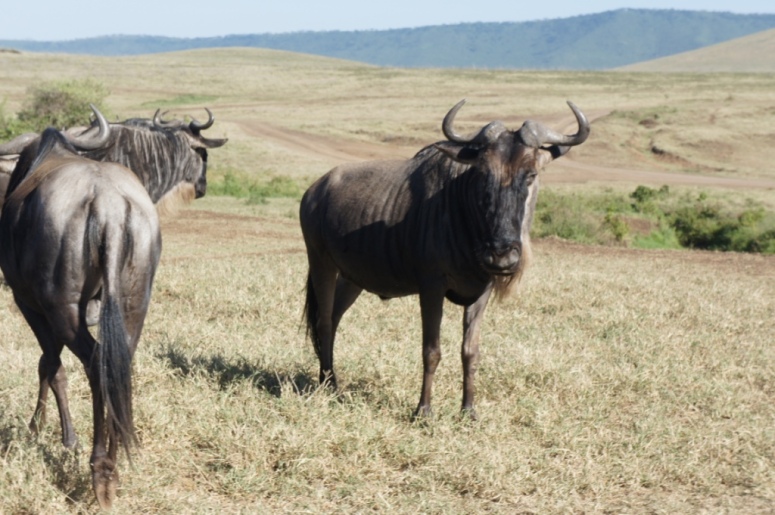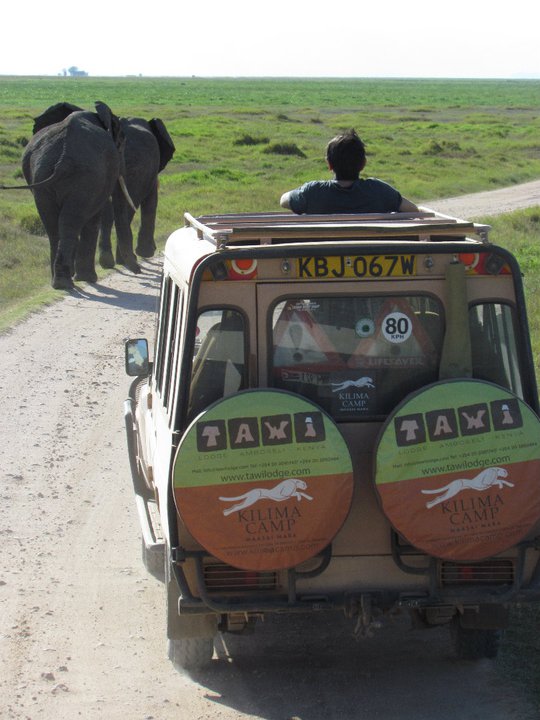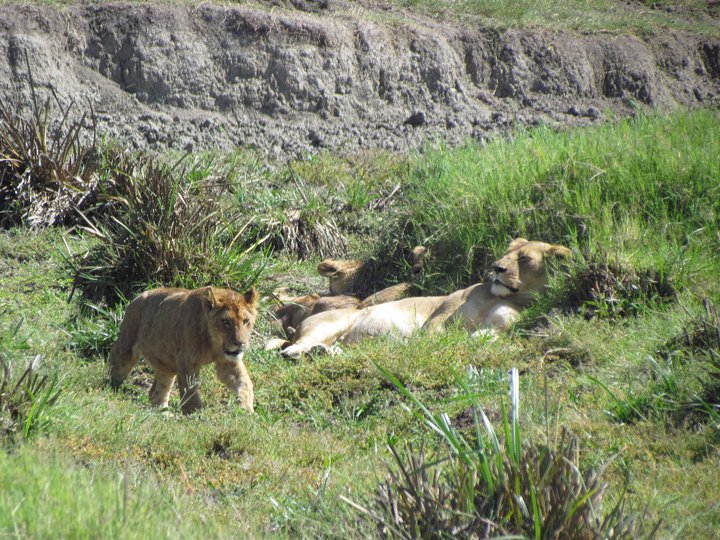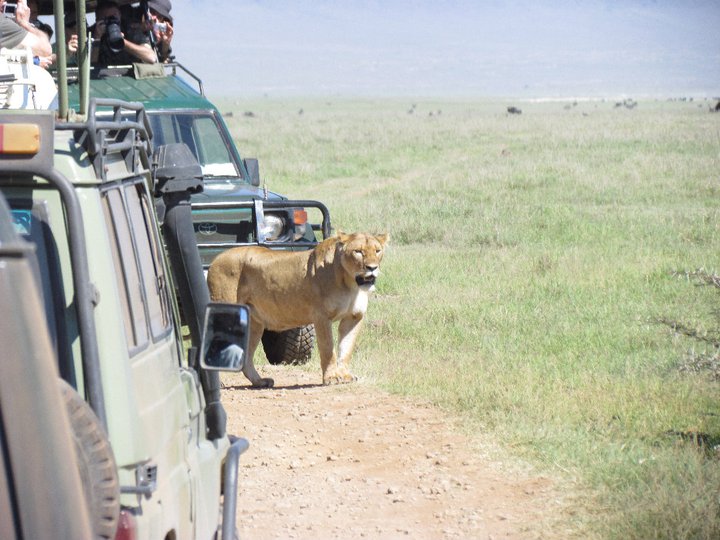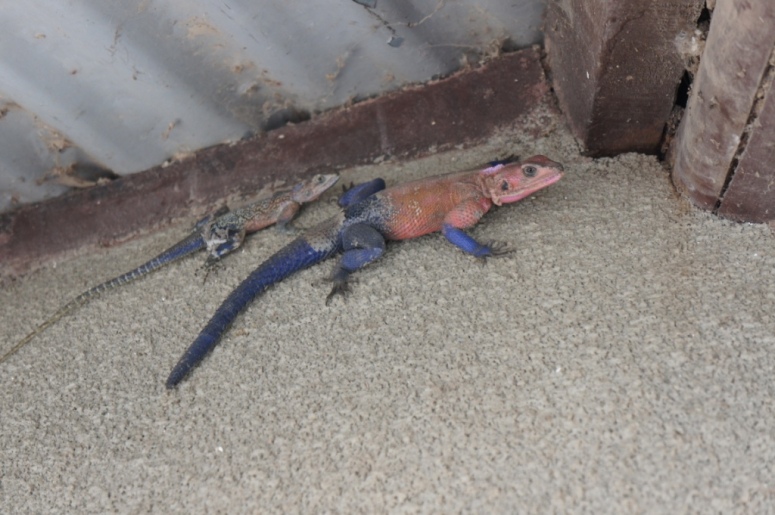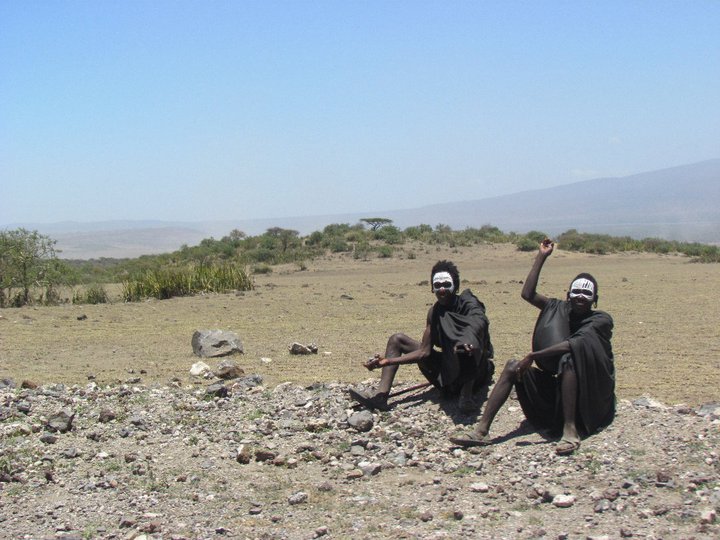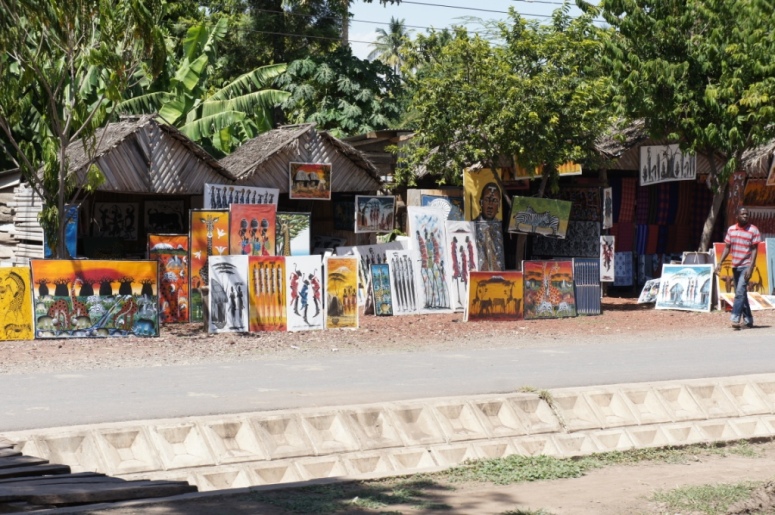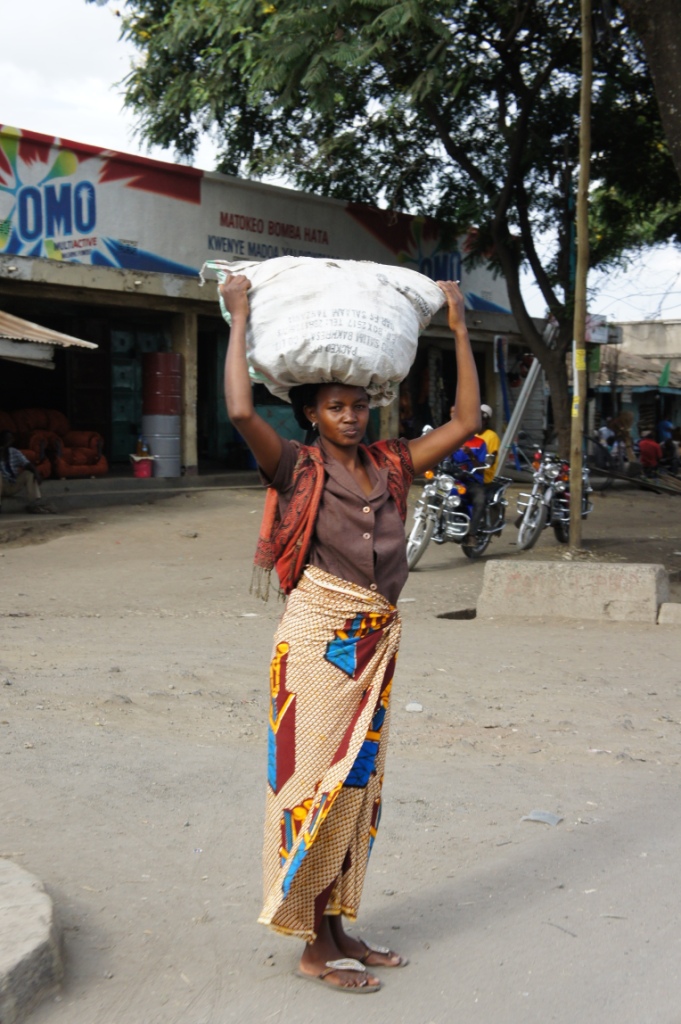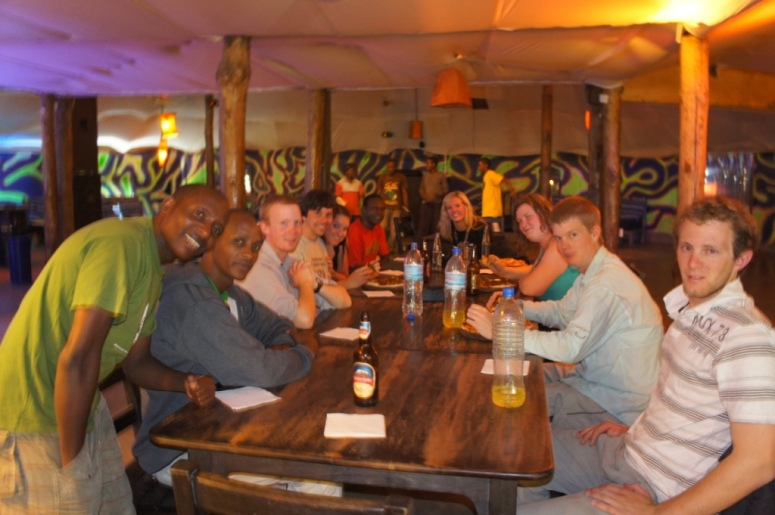After months of planning, my eagerly awaited sojourn to South America had finally come around. I flew into Lima after a stopover in Sao Paulo, Brazil.
Shelly and I had coordinated our flights to arrive within 40 minutes of each other so that we could share an airport transfer to our hostel. I was walking to the conveyor belt to collect my luggage when I heard someone call my name. I looked at the person walking right next to me and it was Shelly! Perfect timing.
We were picked up by our driver and taken to Condors House in Miraflores. It was approaching midnight and any fatigue I had flew out of the window during that car ride. I would later realise that reckless driving is something I would have to get used to.
Miraflores is 15km south of central Lima and is considered the most affluent and safest area in Lima. It is also right beside the beach so it has great views of the ocean.
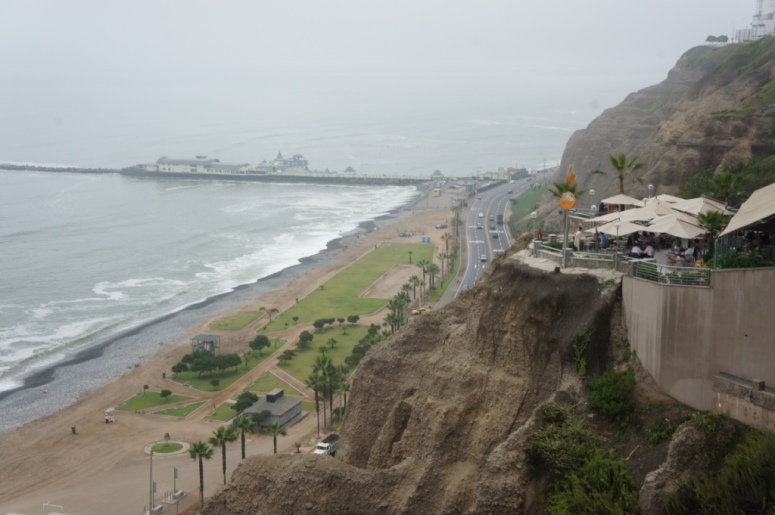
On our first day there, we headed to Lacomar, a large shopping complex in Miraflores.
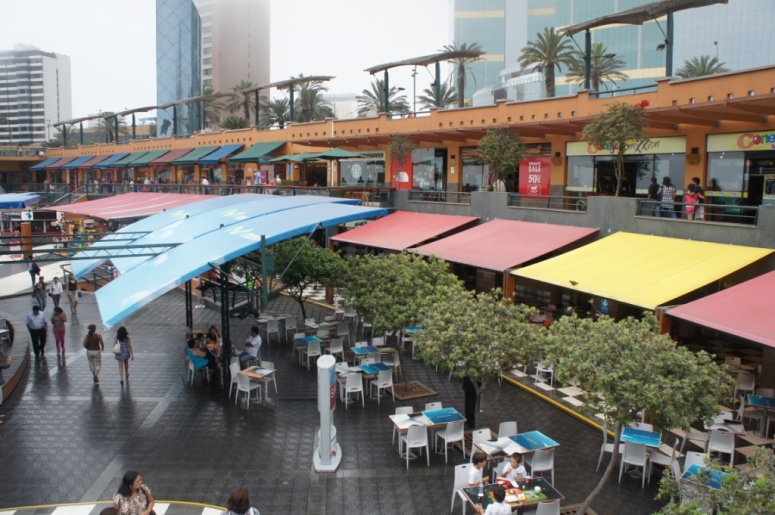
As we approached the entrance, we walked past a guy who called out Shelly’s name. He went to her high school and they hadn’t seen each other in 15 years! Fancy that! The world is a small place indeed.
Our knowledge of Spanish, or more appropriately, our knowledge of our Spanish phrasebook was tested when we had to explain to the hairdresser that Shelly wanted two blond highlights for every brown highlight.
We spent the rest of the day exploring Miraflores.
The next day we ventured into downtown Lima to organise bus tickets to Ica and to have a look around.
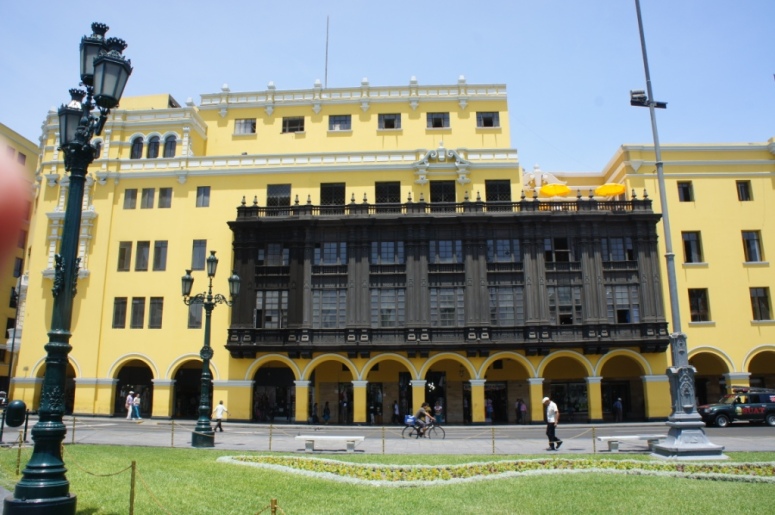
Our taxi ride cost us a mere $1.50 each. We were dropped off at Plaza de Armas which is a very impressive looking square.
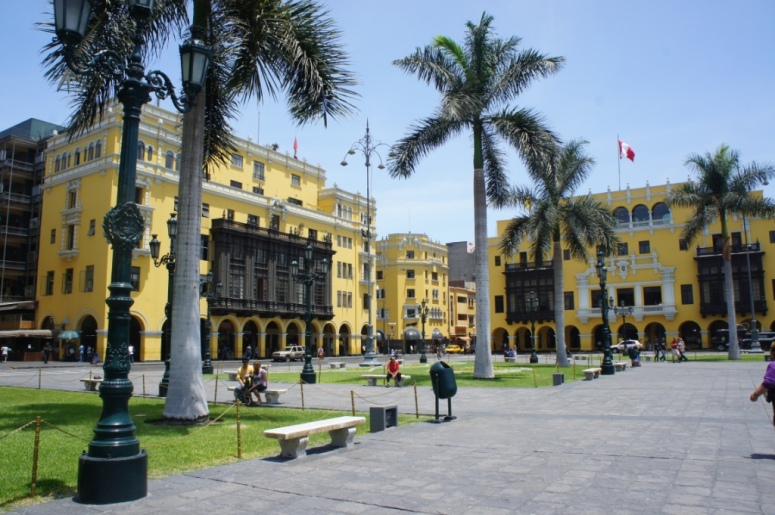
We rambled down the shopping streets of Jr de la Union, before stopping for lunch at a cafe.
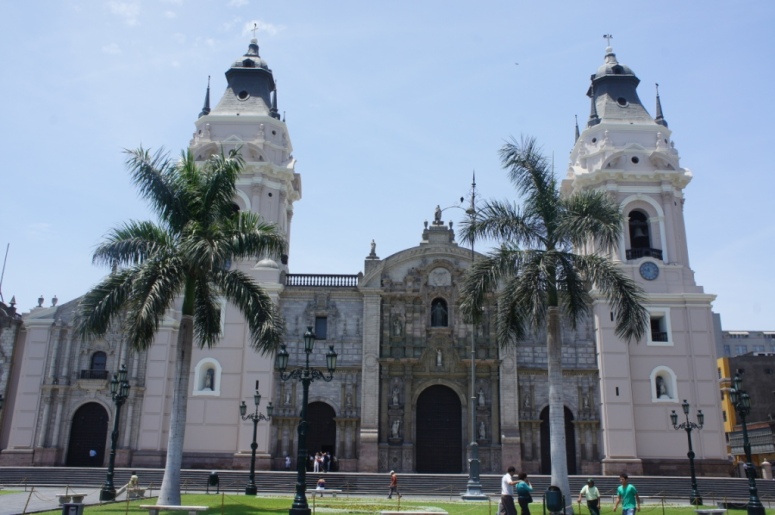
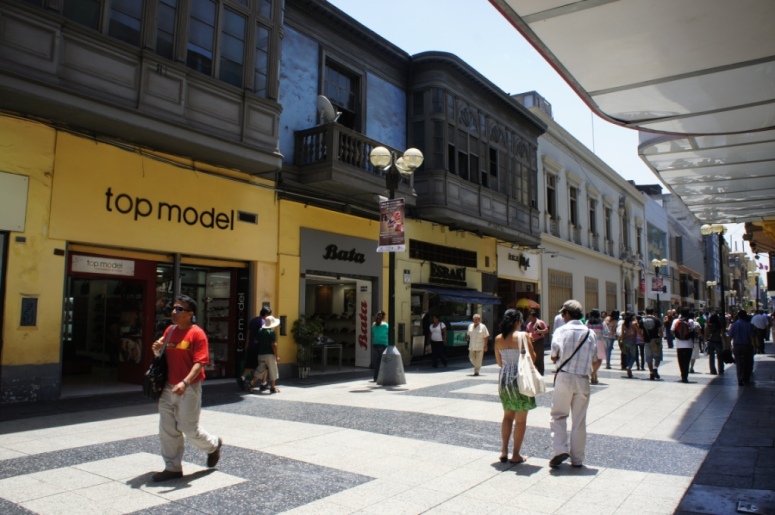
We wanted to try Salchipapa but they weren’t serving it so instead we had chicken and chips, for a cheap and cheerful $1.50.

In the afternoon, we hopped on our bus to Ica, a 5 hour journey that would take us through barren desert landscapes.
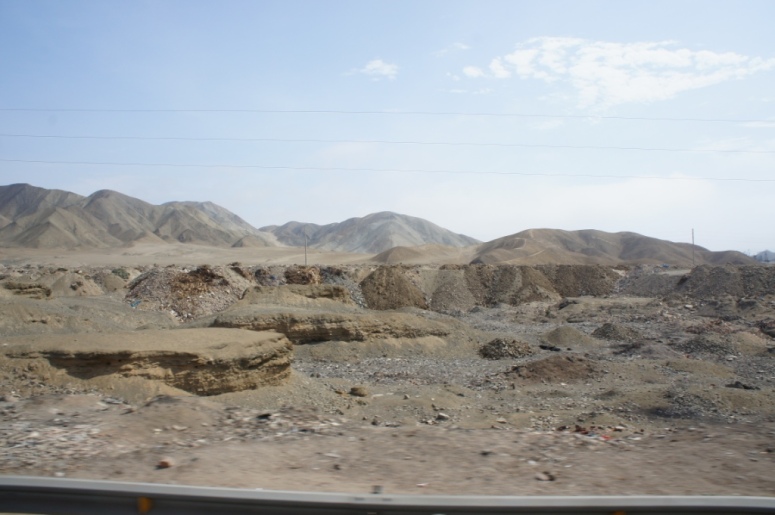
We saw the sprawling outskirts of Lima including the shanty towns.
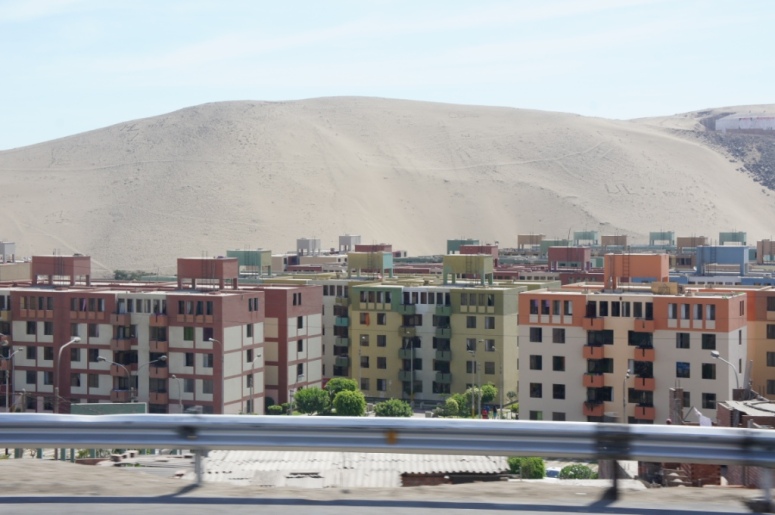
We arrived in Ica and caught a taxi to Huacachina which is an oasis resort surrounding a lagoon.
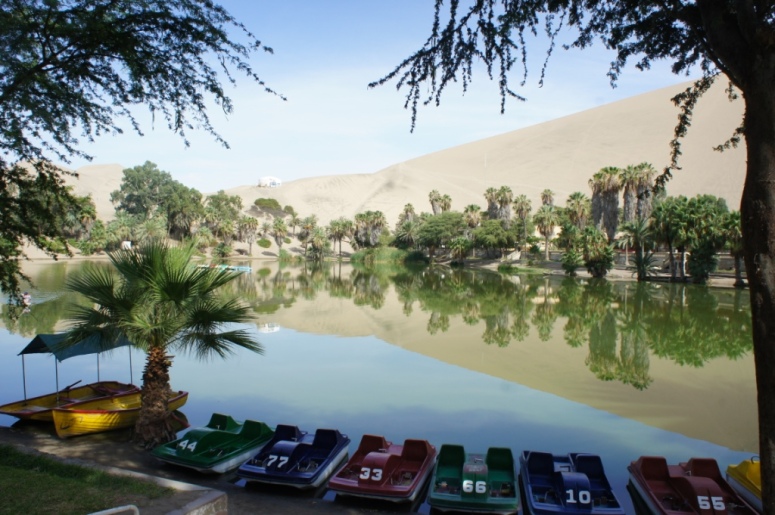
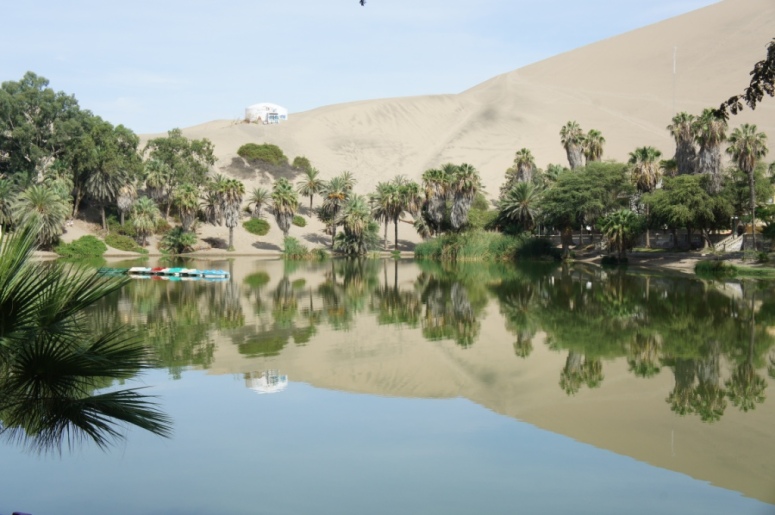
It is surrounded by sand dunes and is a very popular spot for travellers.

We met two nice English girls who are also travelling around Peru, Bolivia, Argentina and Brazil in the same amount of time as us.
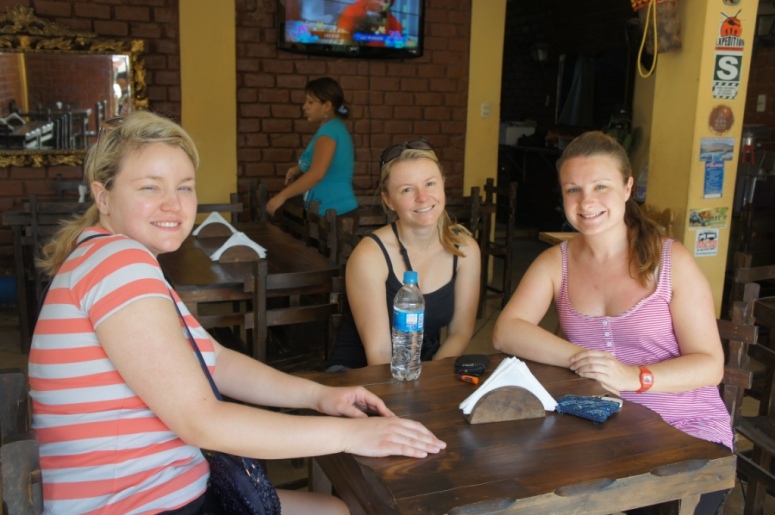
We spént the morning relaxing and looking around the small resort.
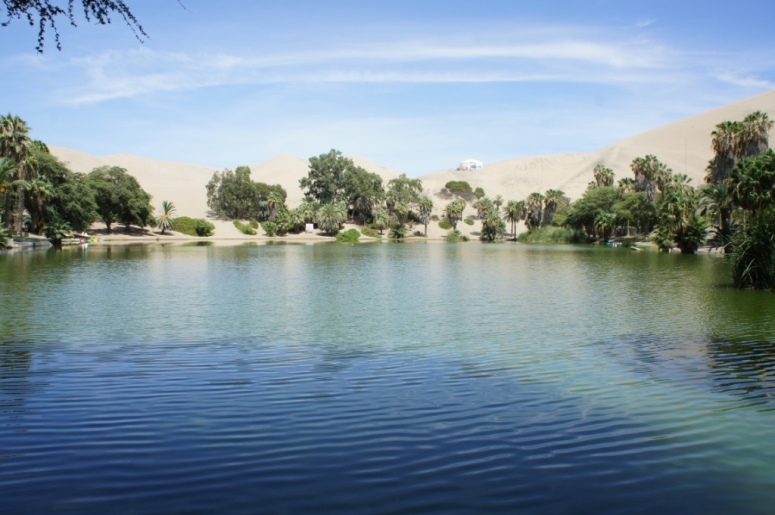
After lunch, we took a couple of photos with cactus and very sadly, I lost one of my flip flops.
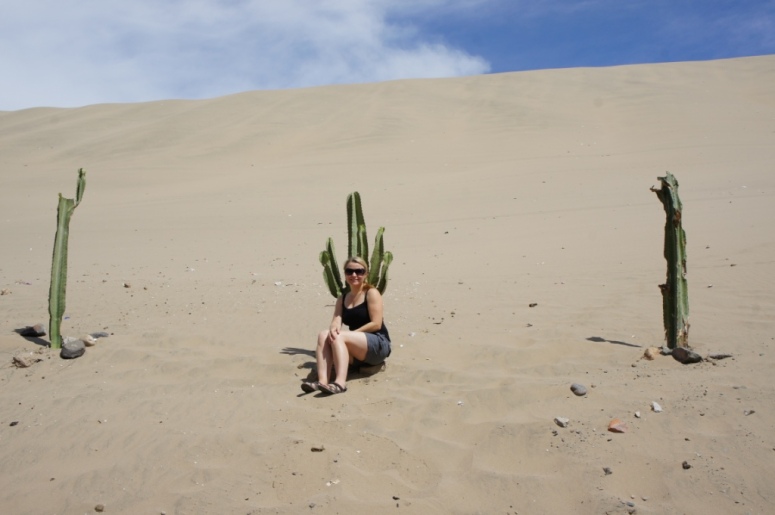
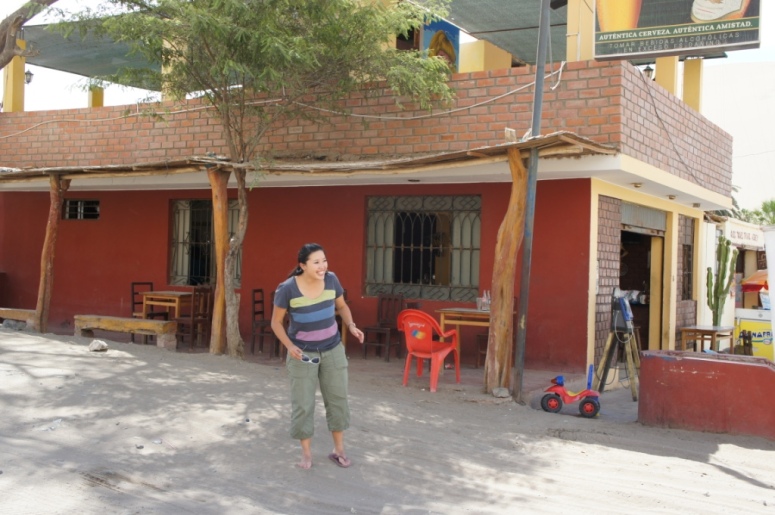
In the late afternoon, we headed out in a dune buggy over the sand dunes.

We decided to live life on the edge and sit in the front.
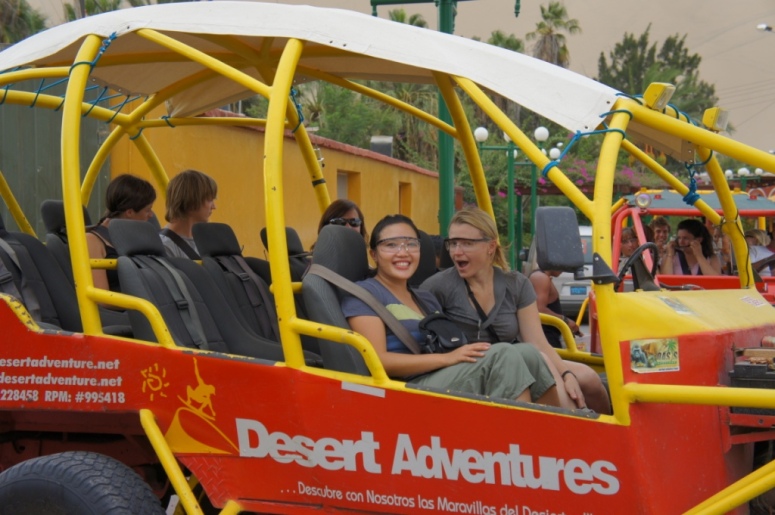
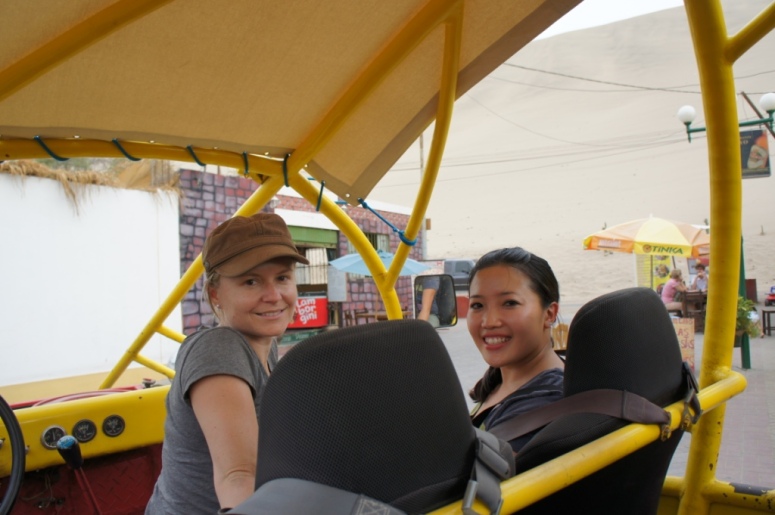
The buggy travels surprisingly fast and our driver had no qualms about hurtling down a steep dune.

At regular intervals, we stopped to sandboard down the dunes.
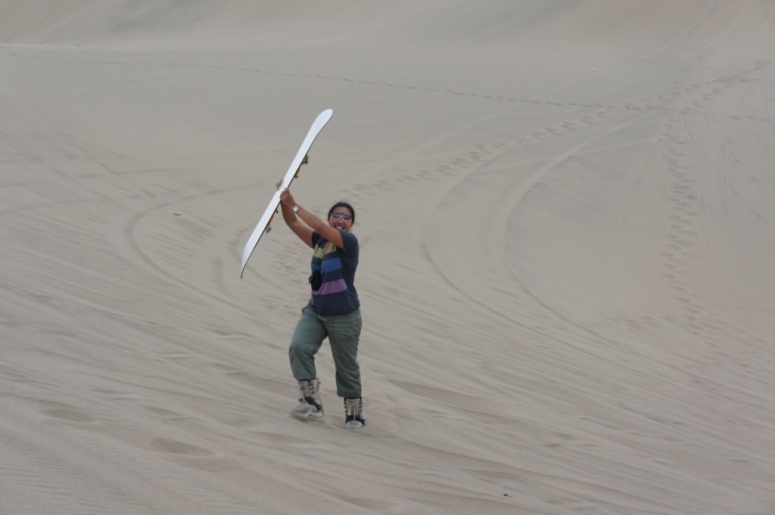
Given that my one and only attempt at snowboarding was an epic failure, I’m not sure what possessed me to try sandboarding.
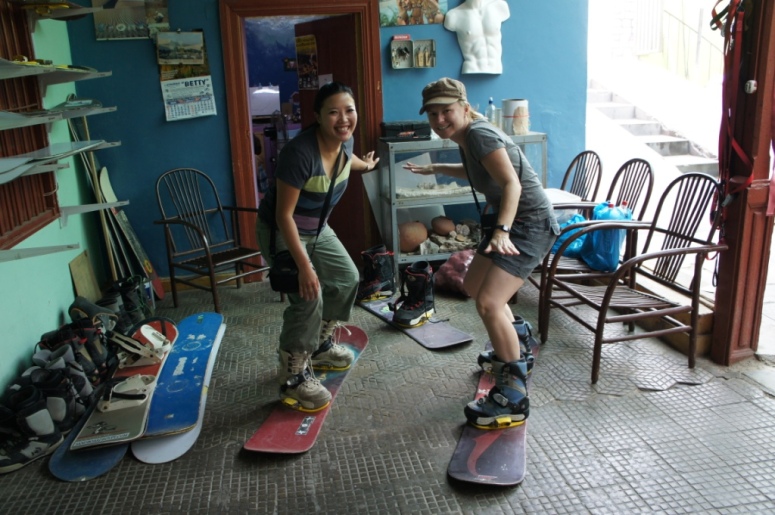
I felt sick to my stomach when I saw how steep the dune was.
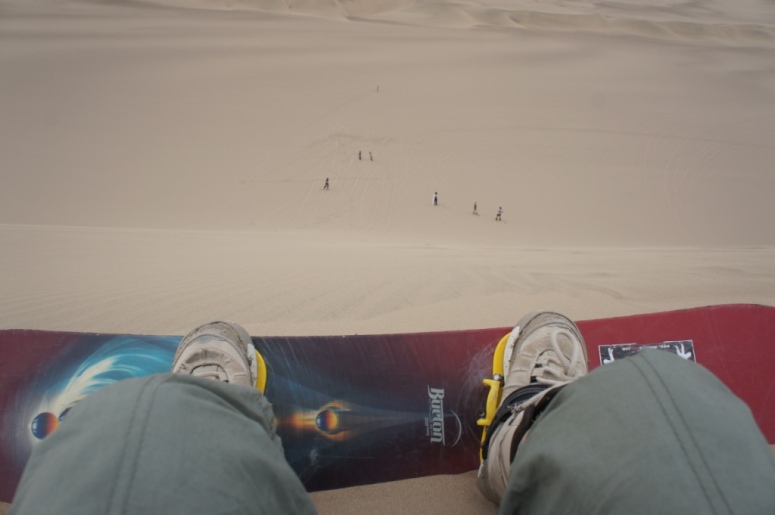
I managed not to completely stack it all the way down the dune but I did struggle on my first try.
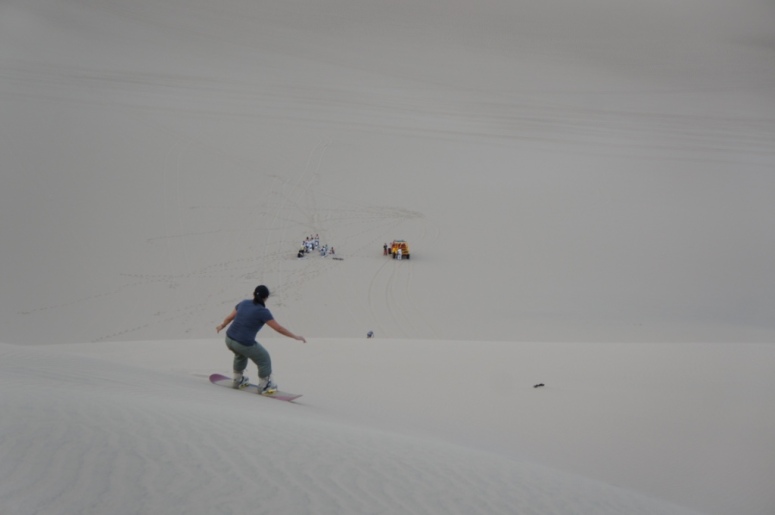
Shelly is a skilled snowboarder so she paved the way for me.
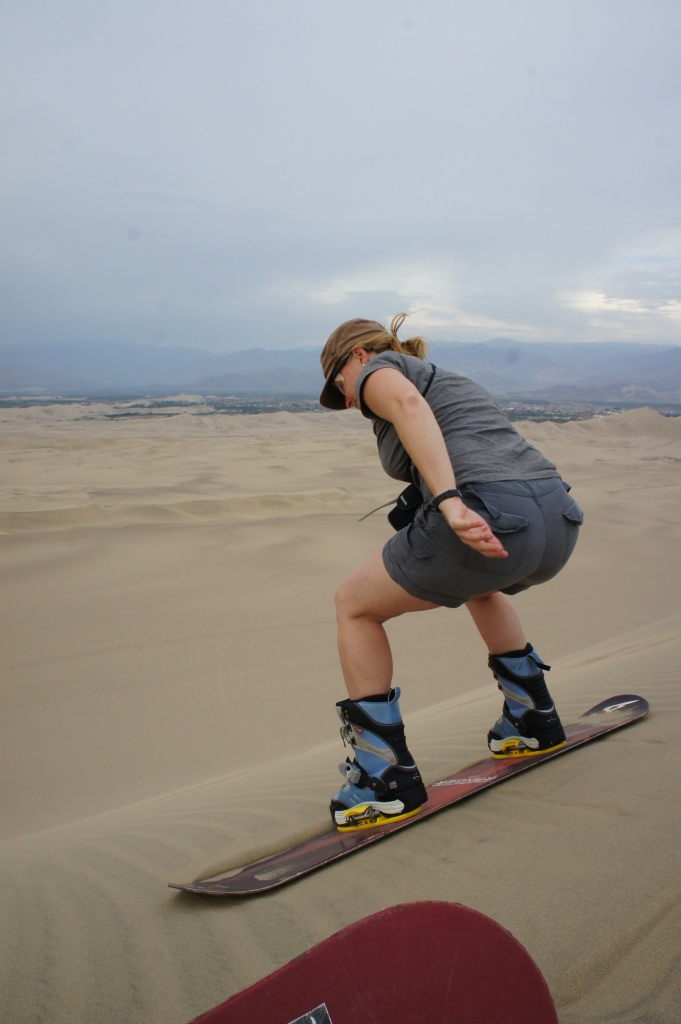
For two hours, we alternated between a thrilling joy ride in the buggy and a terrifying run down a sand dune.

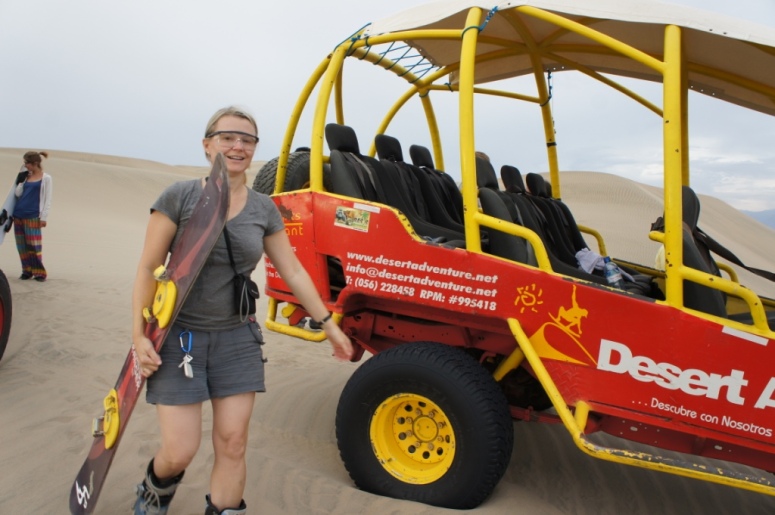
The desert landscape is no less beautiful than an ocean or mountain landscape.
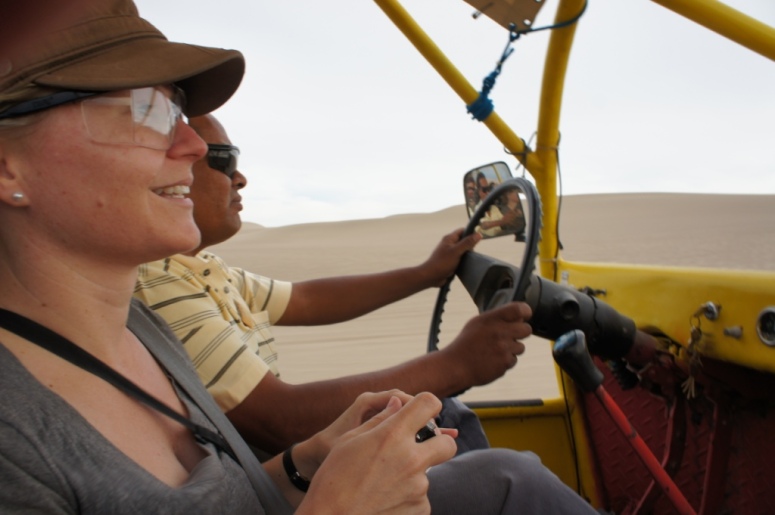
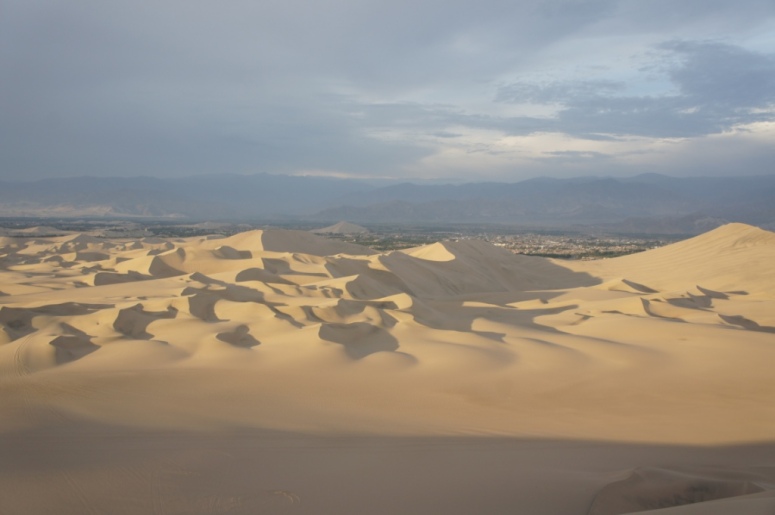
It may not have any water or noticeable vegetation but it still commands awe.
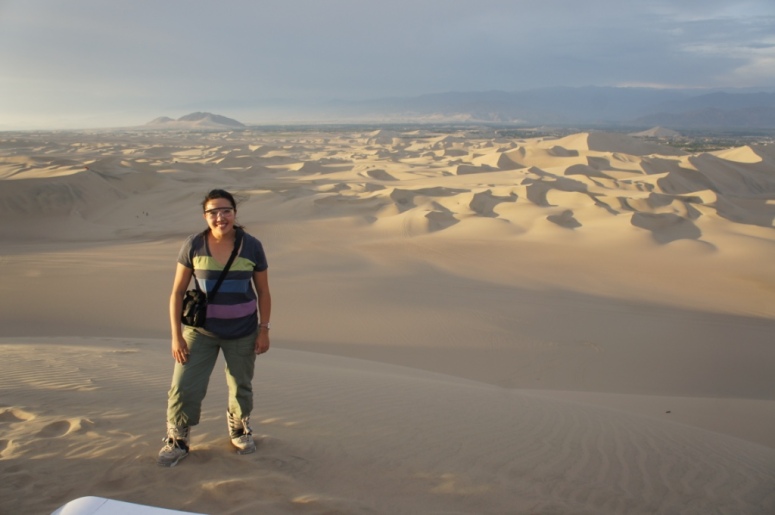
Our driver stopped to let us watch the sunset.
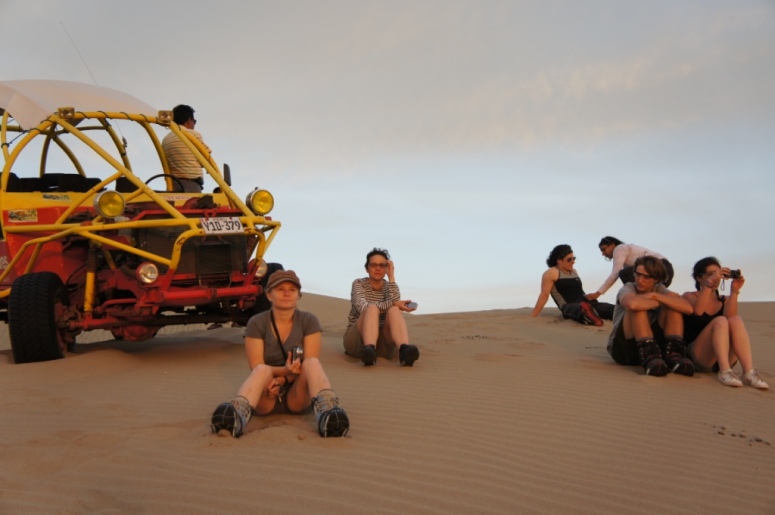
It’s a very tranquil place to watch the sun go down.
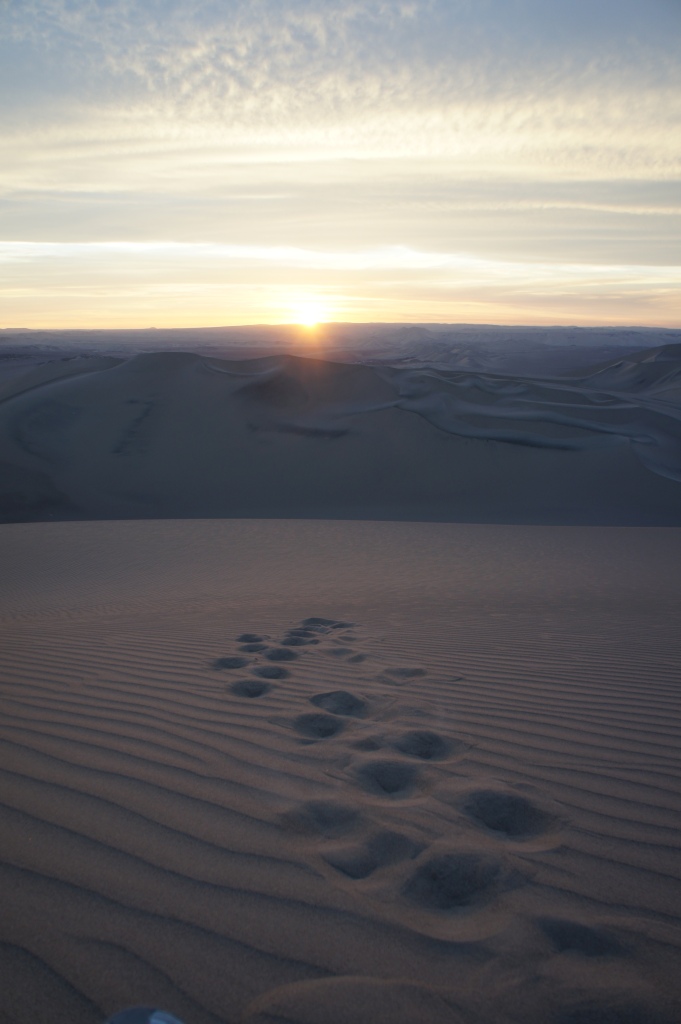
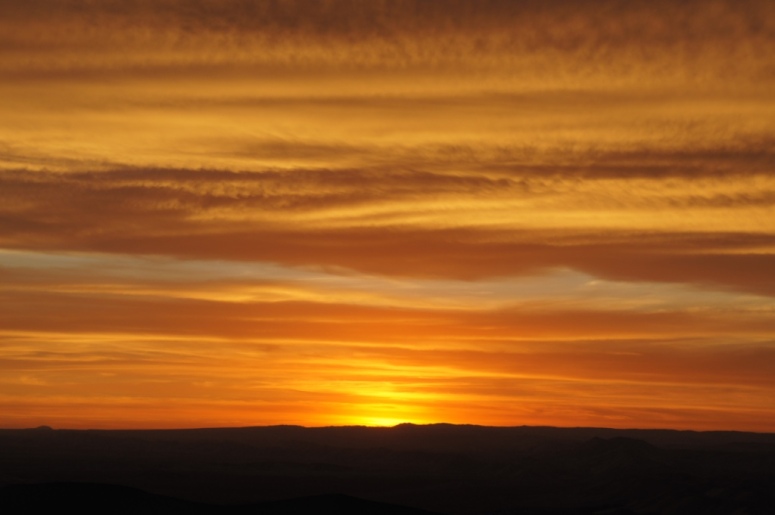
On our drive back to the resort, we stopped to take photos of Huacachina.
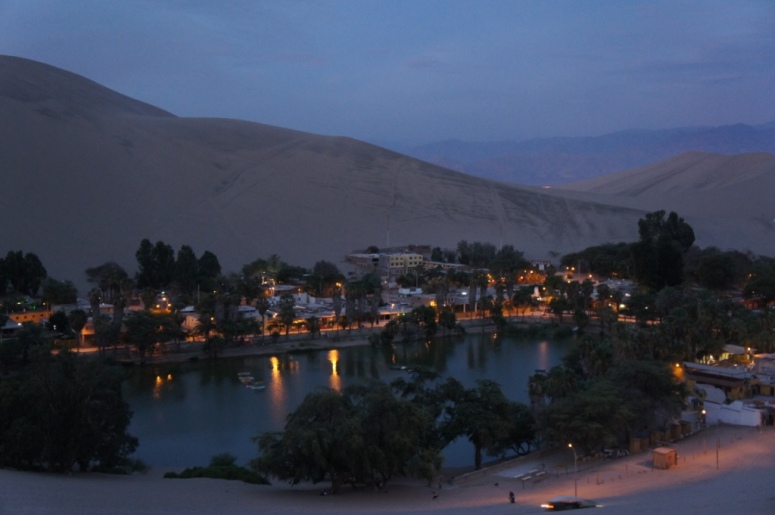
I also tried to find my lost slipper but alas, the desert claimed it for itself.
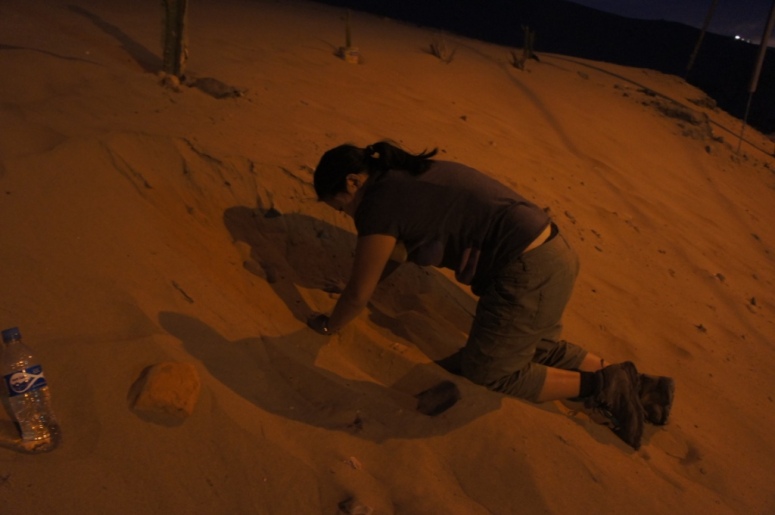
At dinner, I decided to try Ceviche De Marisco, which is a popular seafood dish in coastal regions of Central and South America.
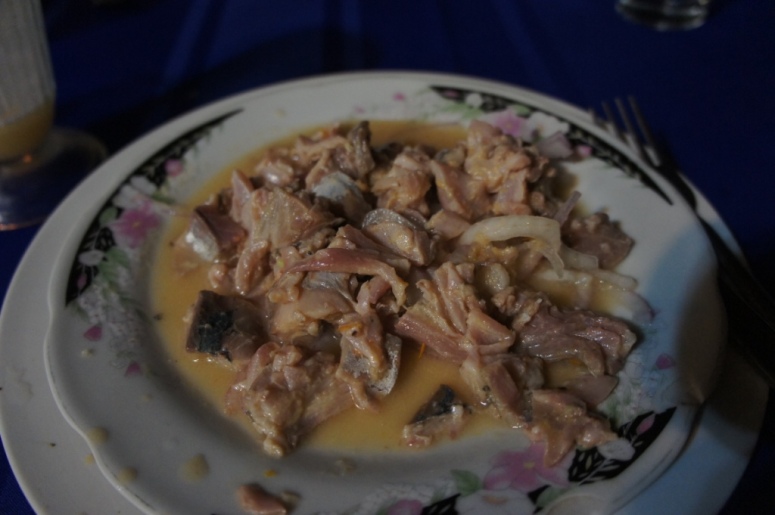
The dish is typically made from fresh raw fish marinated in lemon or lime and spiced with onion and chilli peppers.
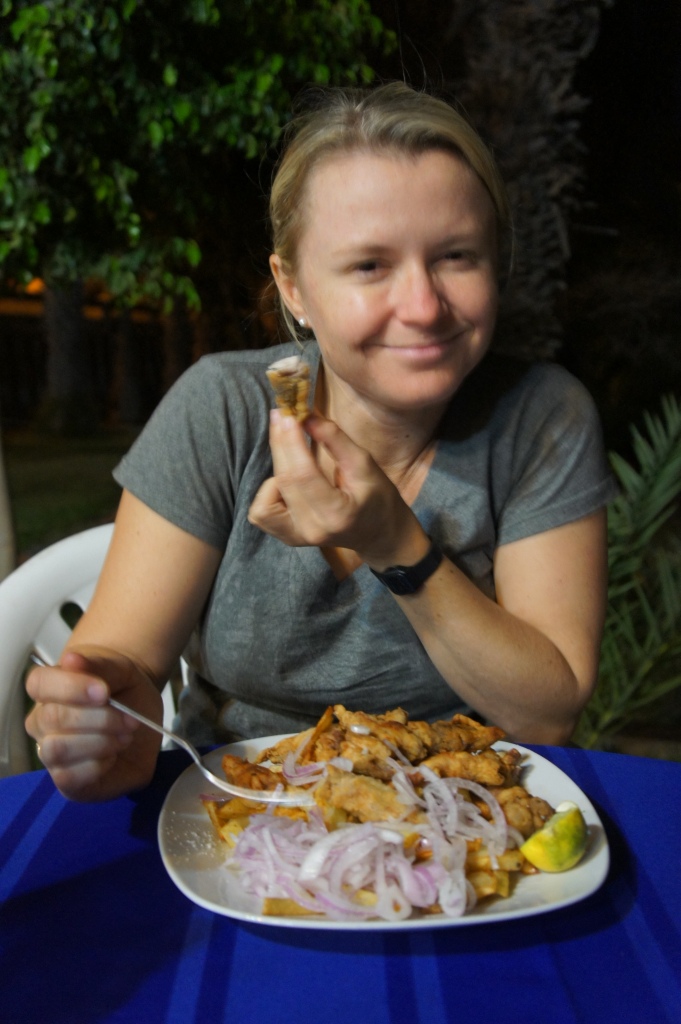
We rose early the next morning for our tour of the Ballestas Islands.
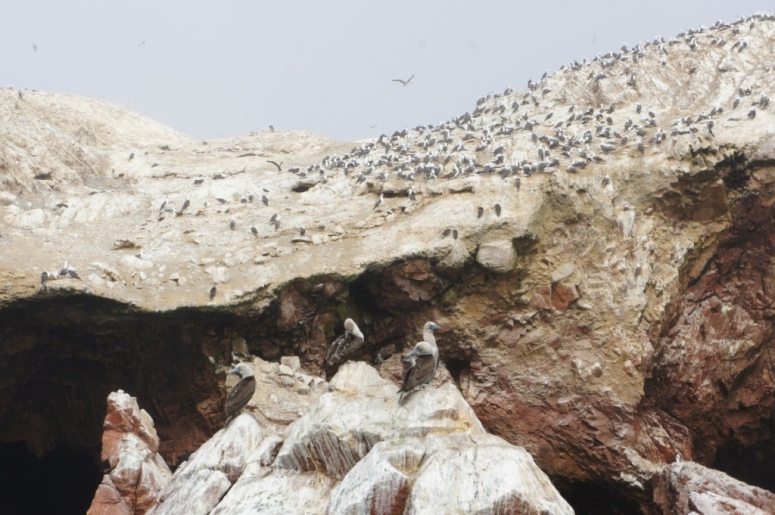
They are often called the poor man’s Galapogos and are home to many types of birds, penguins and sea lions.
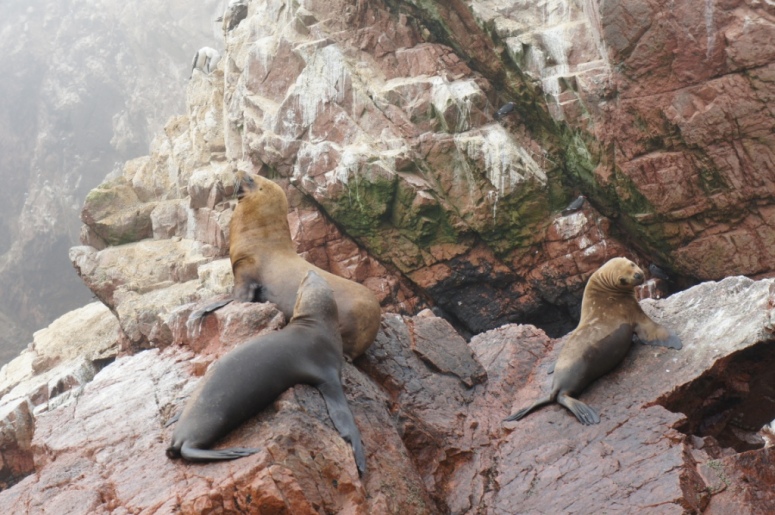
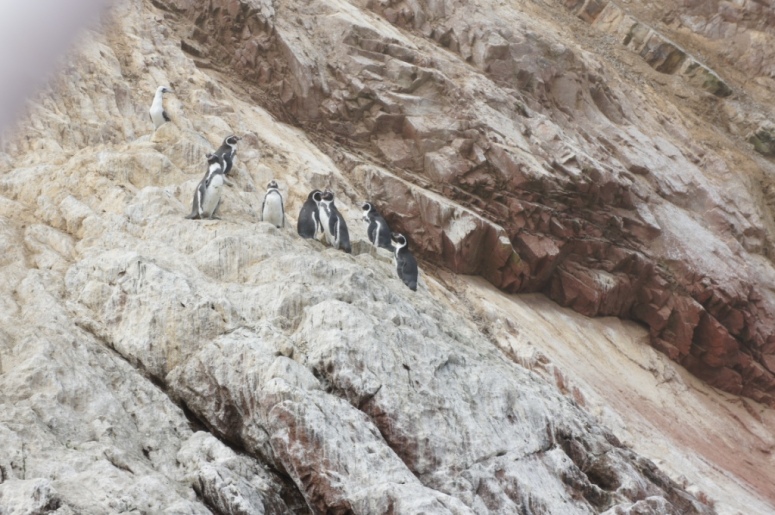
While the islands themselves have plenty of wildlife and were impressive to look at, I wasn’t impressed with our tour or the speedboat we were in.
It says alot about a tour when we’re more interested in taking photos of fishing boats.
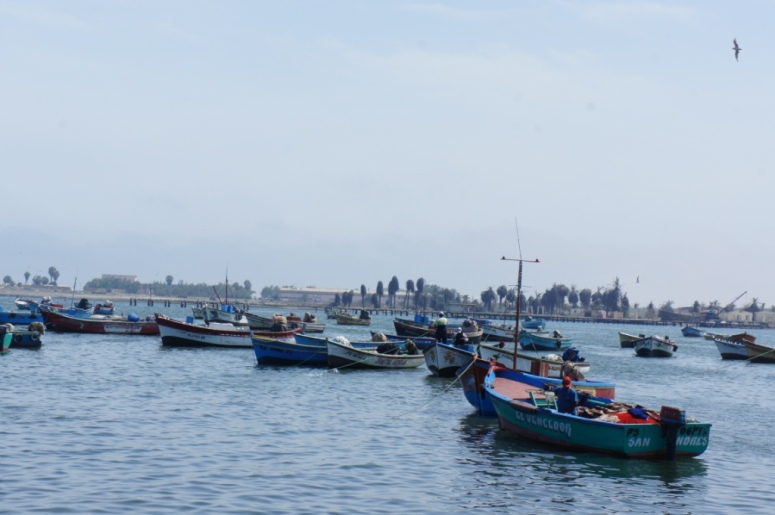
To add insult to injury, both of us bought a bag of chocolate pecans from a friendly woman on the street only to discover they were filled with peanuts instead. We bought them because they were mentioned in the lonely planet guide and the lady selling them let us sample one for free. The free chocolate had pecans in them of course. Sneaky!
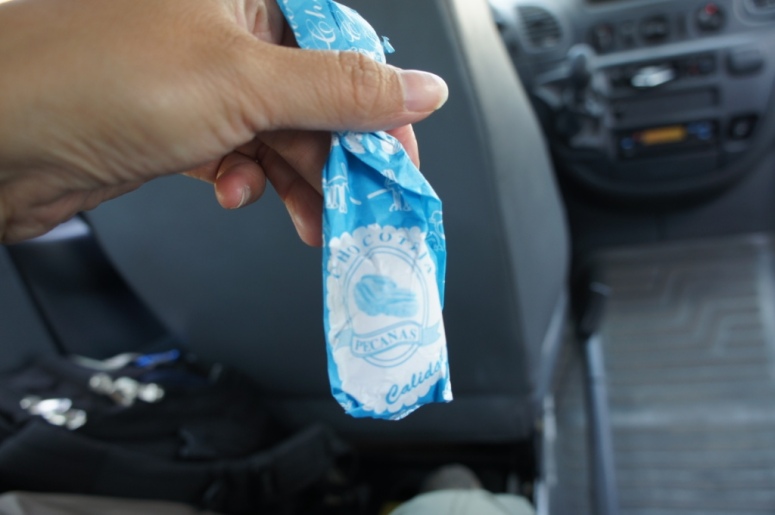
We headed into the town of Ica to have lunch and to check out the regional museum.
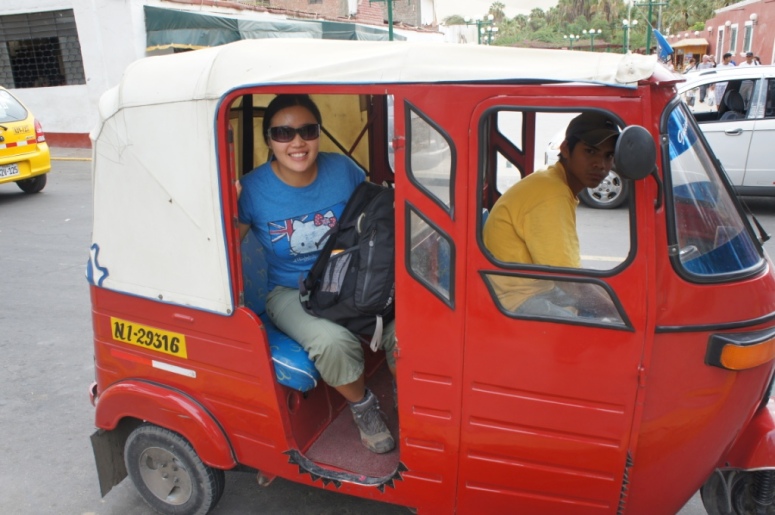
For lunch, I decided to test the waters and order a salad. Only time will tell how strong my iron belly really is.
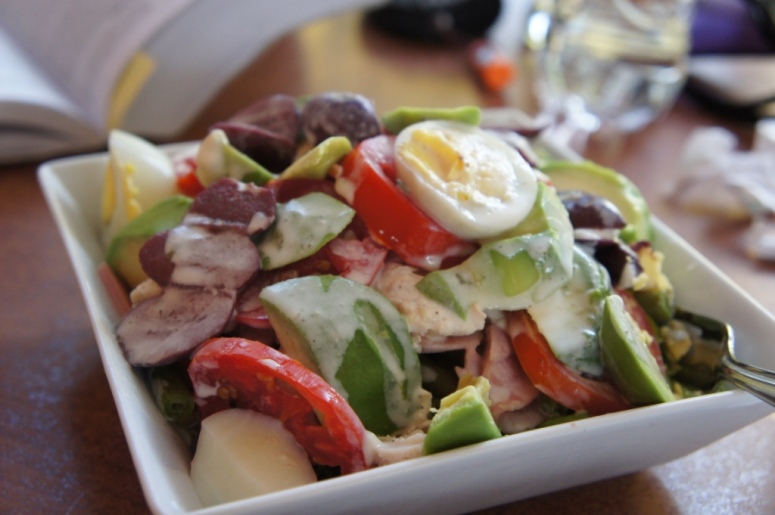
We boarded our first night bus to Arequipa, with Cruz del Sur which is probably the best bus company in Peru. It’s a double decker bus with reclining seats, dinner and breakfast served, TV and movies as well as wi-fi.
Arequipa is a prettier city than Lima.
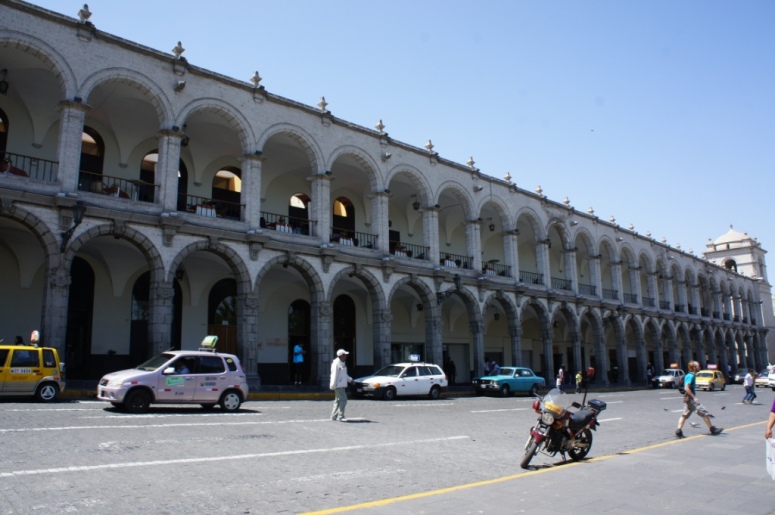
It is nestled deep in the valley with the volcano El Misti against the backdrop of the city.
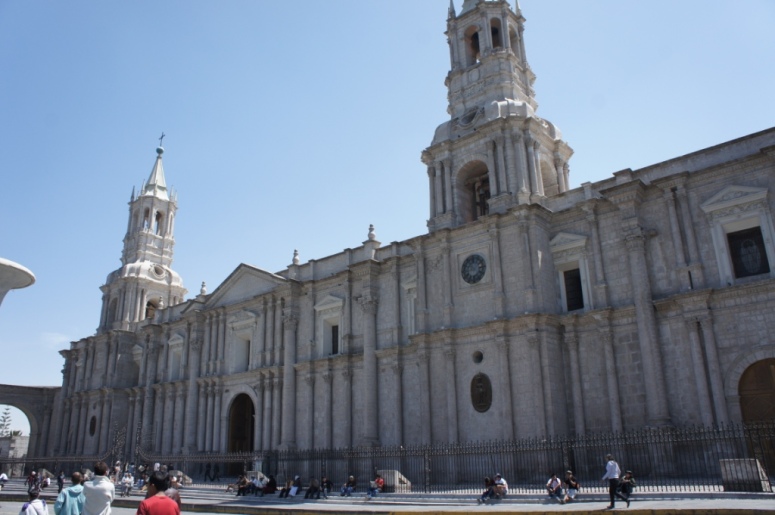
The cathedral was particularly imposing and it’s Plaza des Arms is a popular spot for people watching.
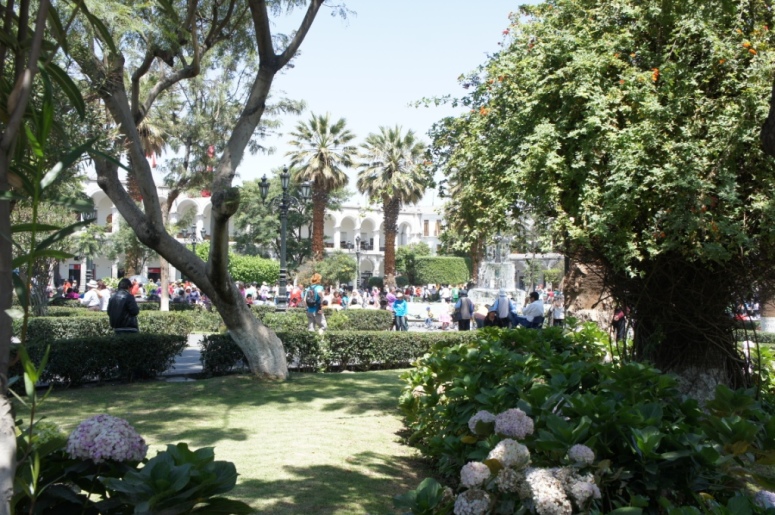
Our choice for some cultural sightseeing was the Santa Catalina Covent.

Much of the Covent is closed off and home to over 450 nuns but they have opened a section of it for public viewing.
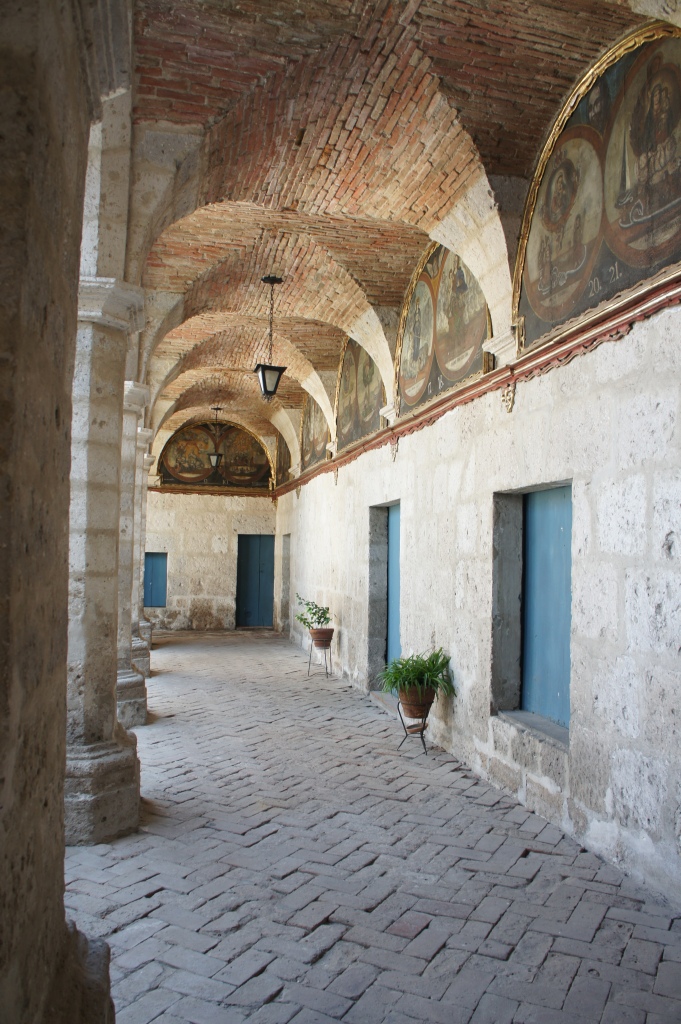
The part that is open comprises of large courtyards (cloisters), living quarters, chapels and streets.
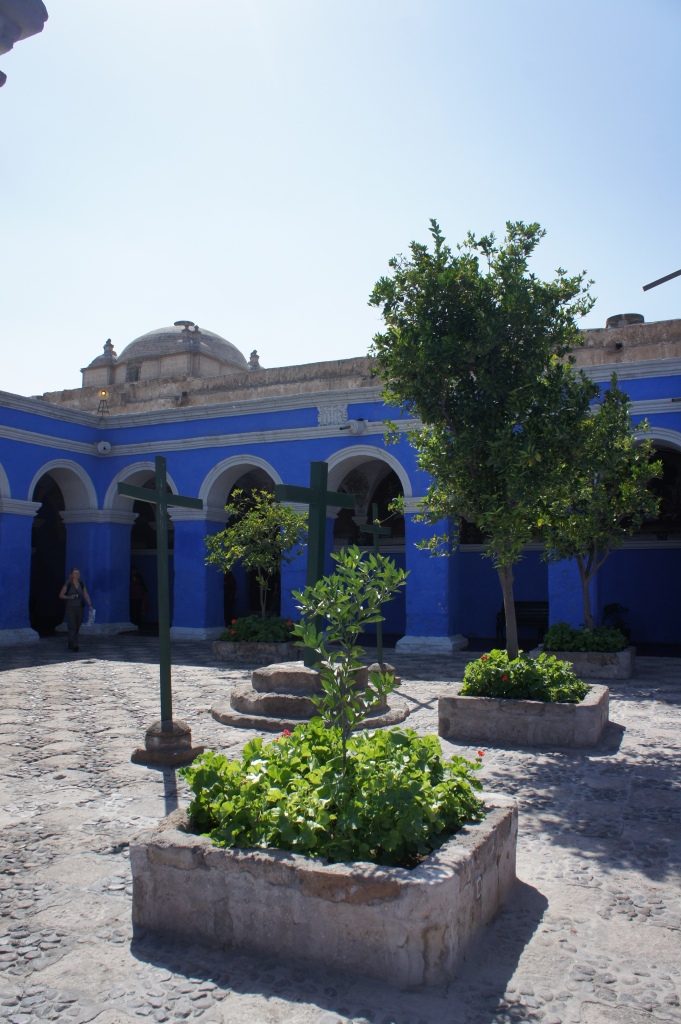
It really is a city within a city.
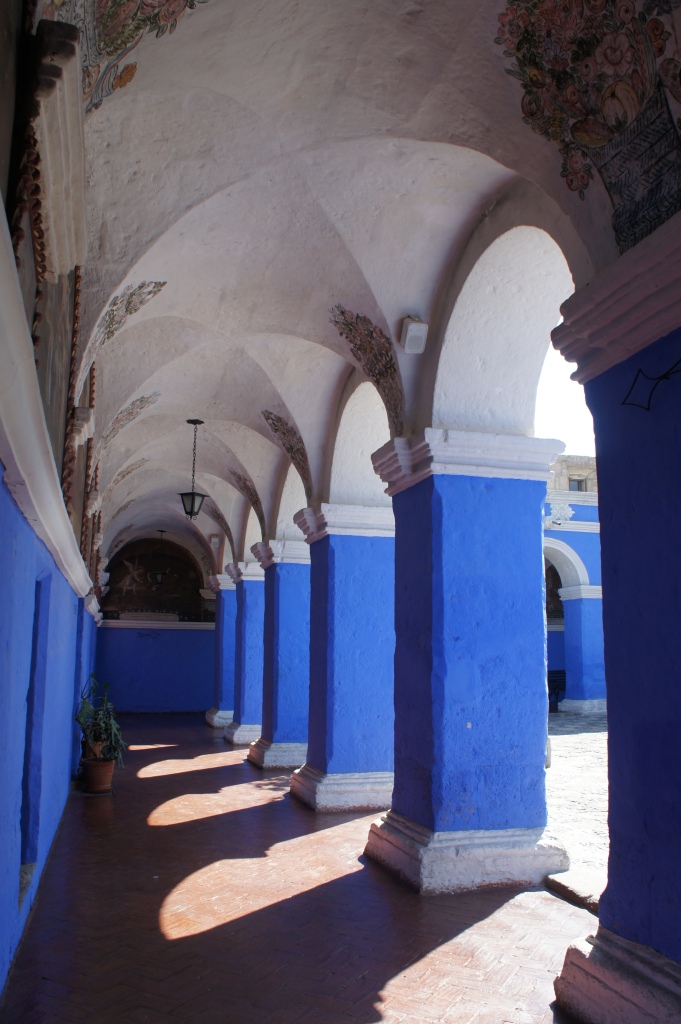
I expected the Covent to be basic and austere but instead, found it colourful and pleasant.
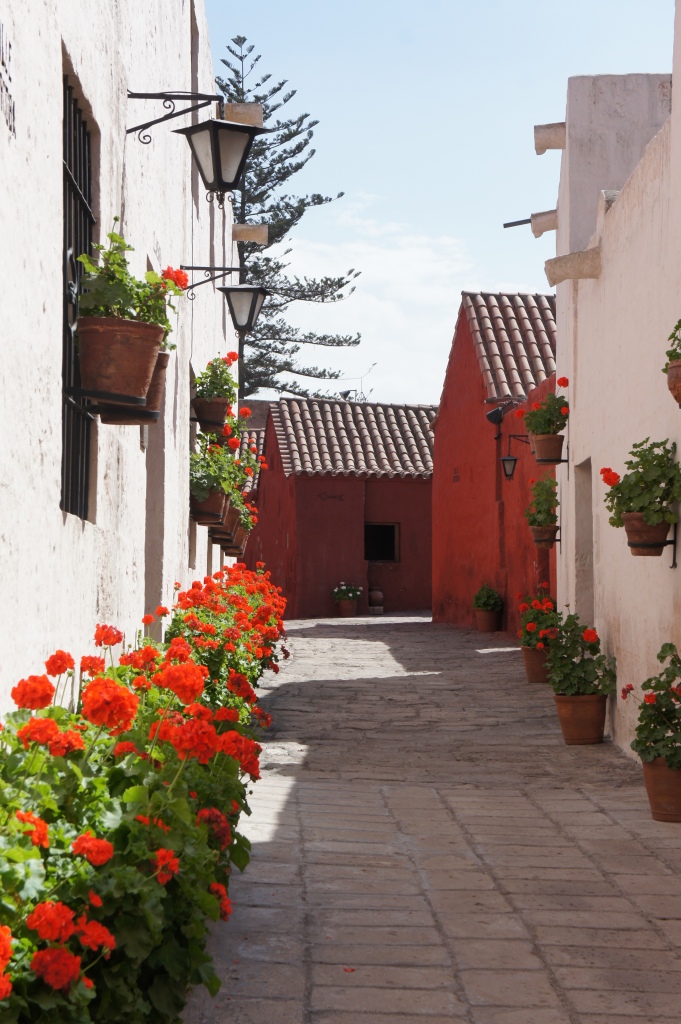
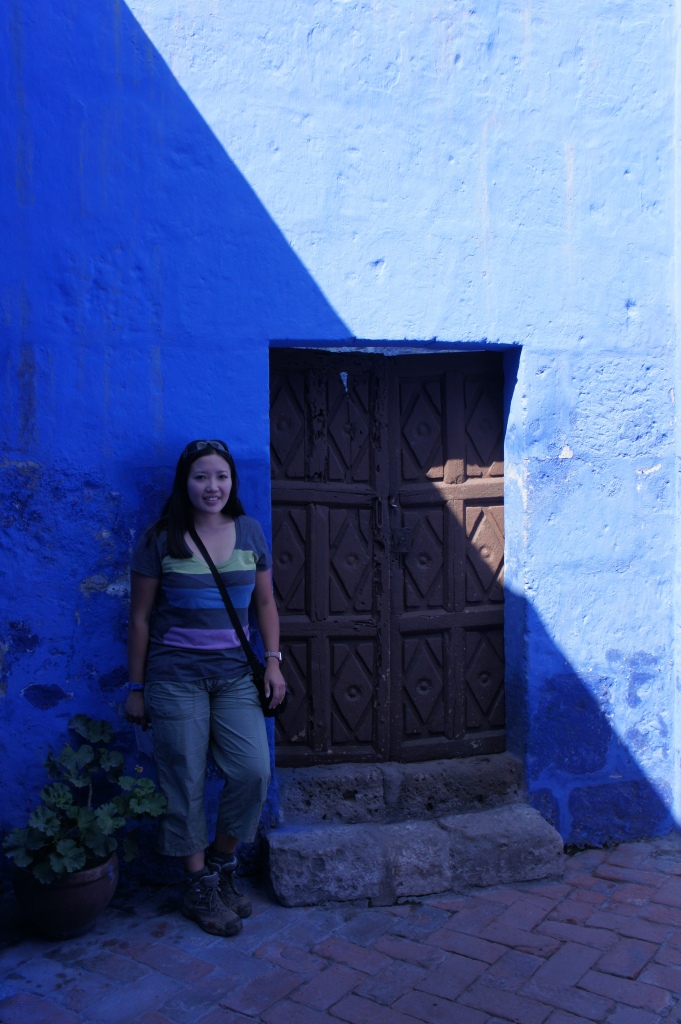
It has a rooftop lookout that has great views of Arequipa.
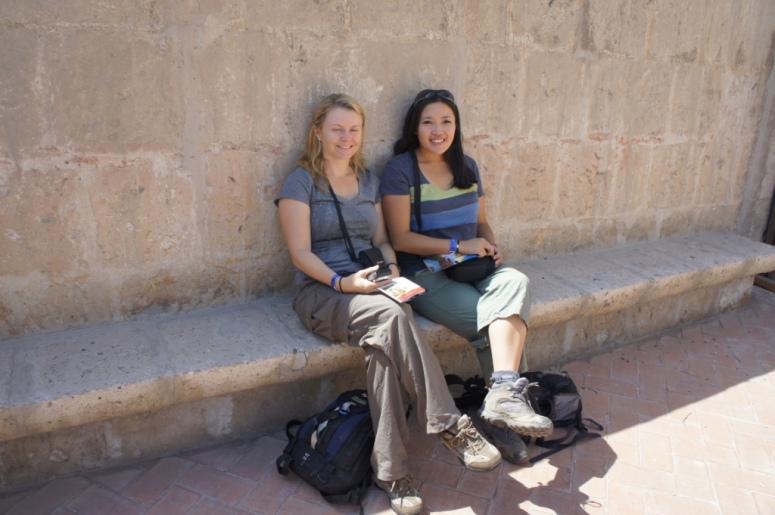
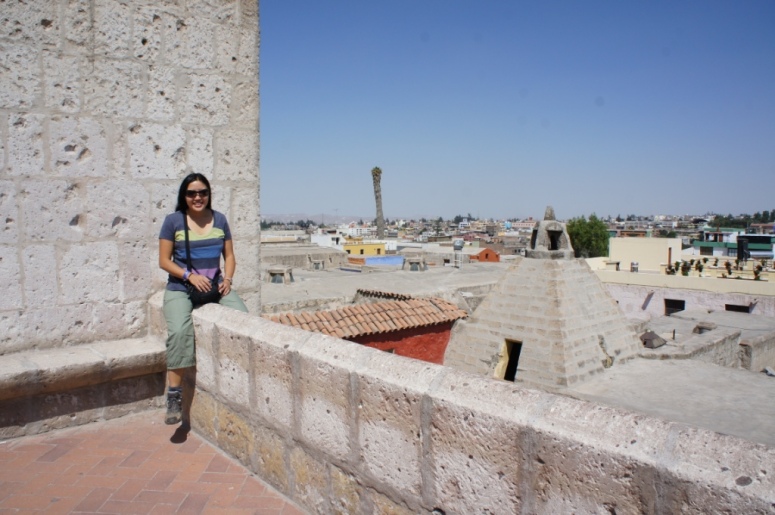
Shortly after reaching Arequipa, we made some enquiries into Colca Canyon tours. You can choose to view it by bus or spend a couple of nights trekking through the canyon.
In the end, we decided to forgo a guide/tour and do it ourselves. That way we could avoid the 3am start and go by our own timetable.
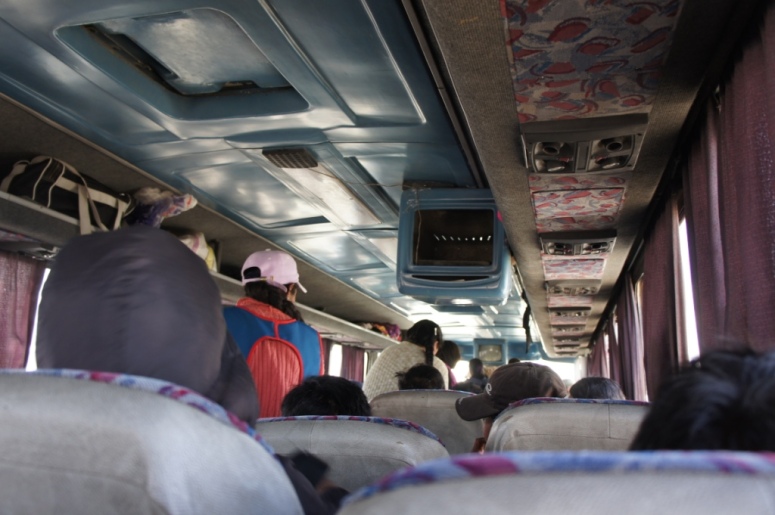
A travel agent tried to convince us to catch a tourist bus to the town of Chivay but we decided to go with the $5 local bus. A great saving, even if we had to put up with a Peruvian man trying to sell tiger balm and some sort of seed for most of the journey.
The views along the way were beautiful and it was quite something to get our first glimpse of Chivay from above.
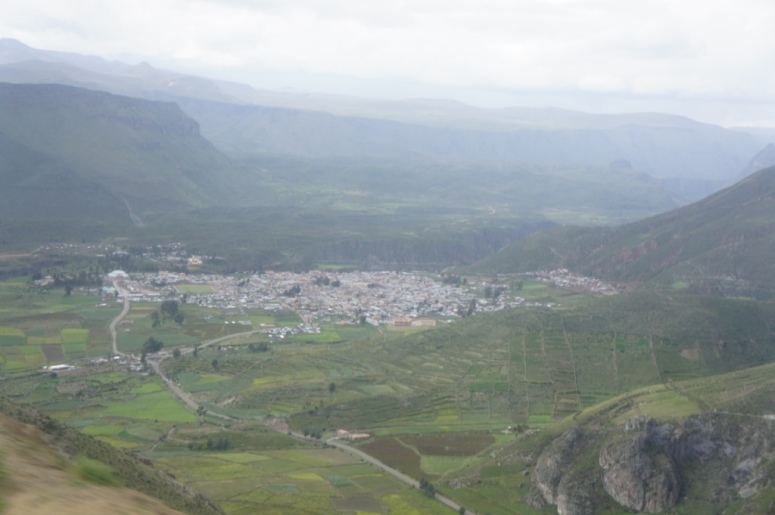
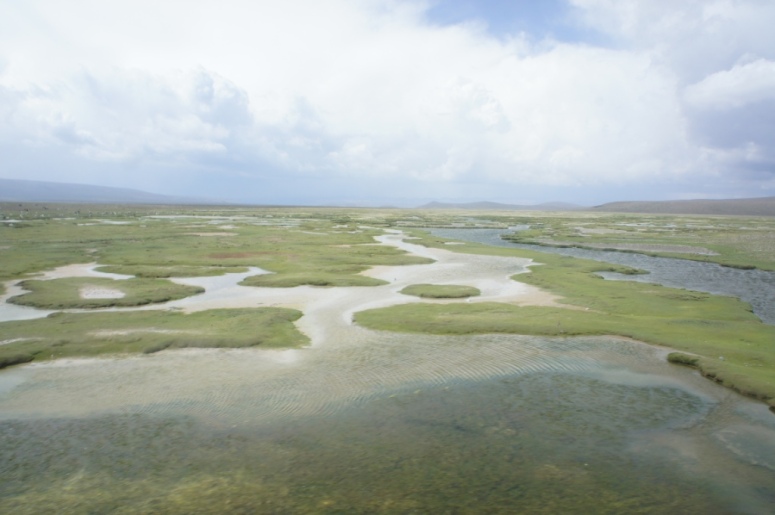
Chivay is the first town at the start of the canyon and it was here that I finally felt like I had found what i had come to see except I didn’t realise I was looking for it until I arrived.
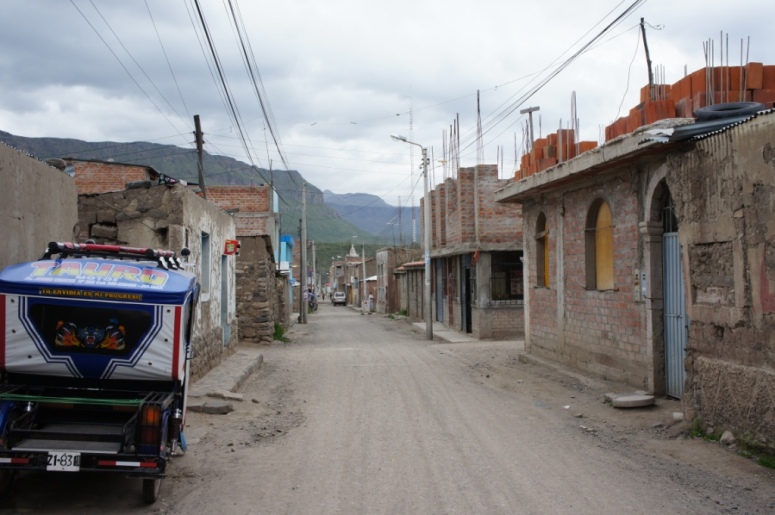
It’s a tiny village that feels so far removed from anything familiar.
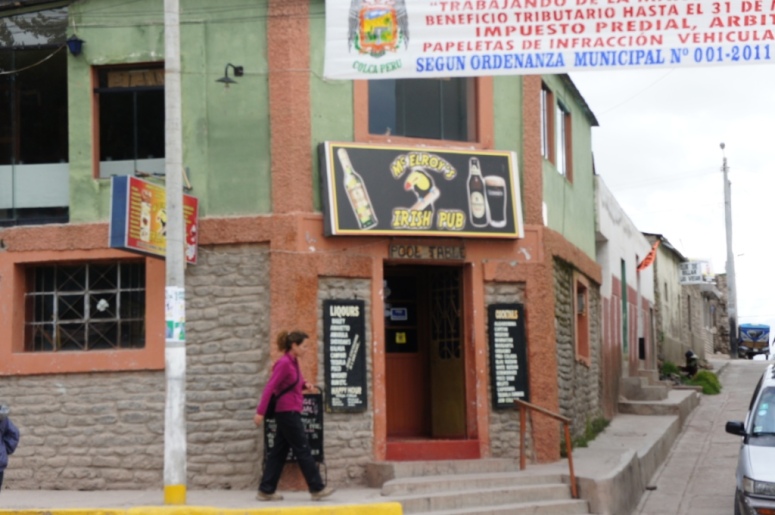
Women were walking around in their traditional dresses and carrying their wares or babies wrapped in a blanket around their back.
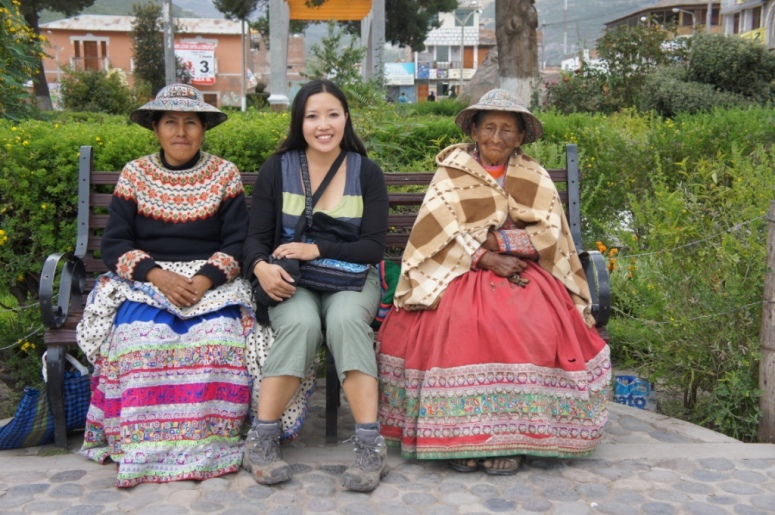
It’s the kind of town where people can’t afford alarms as home security so they have come up with a more ‘green’ method.
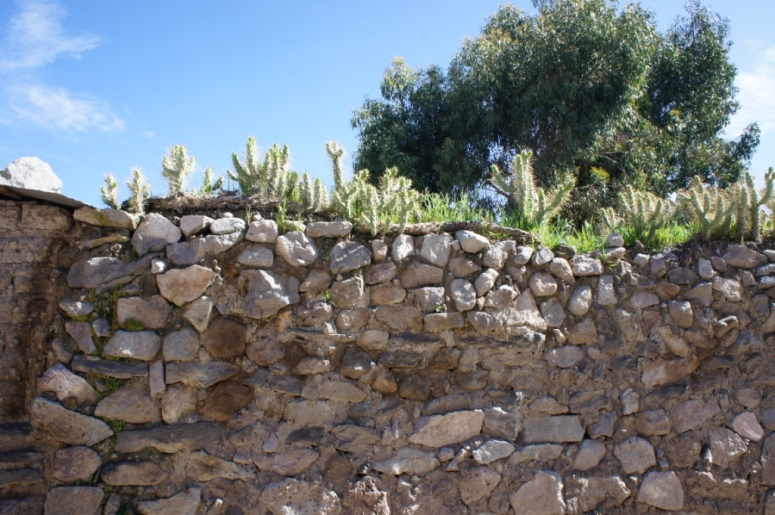
At the bus station, a lady with her baby showed us pictures of her hostel and offered us a private twin ensuite room with hot showers for $5. It really was one of the best showers I’ve had in Peru so far.
We explored the Plaza Des Arms and the market.
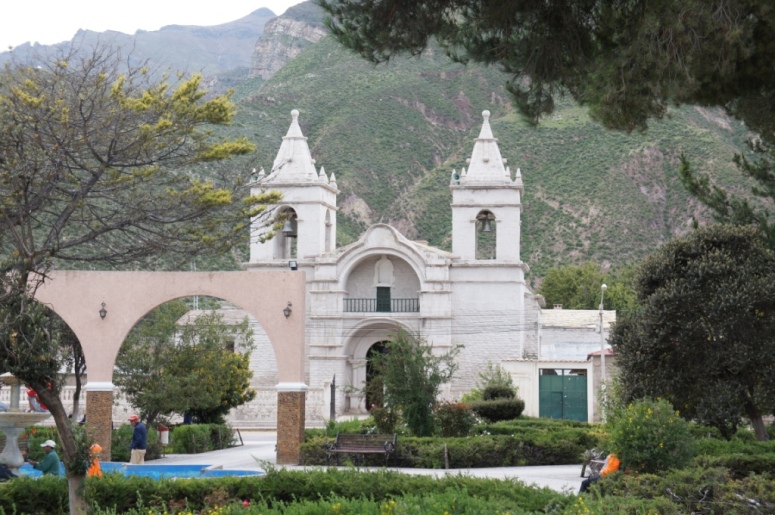
We both agreed one of the best parts of travelling is interacting with the locals.
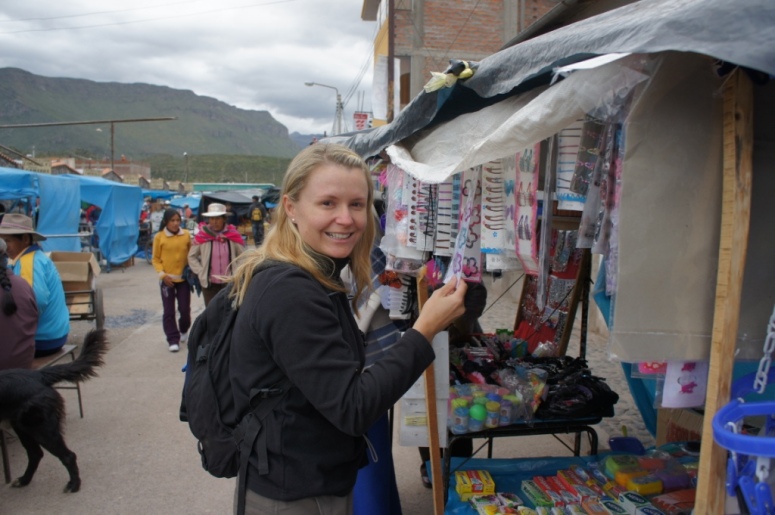
Naturally I couldn’t visit the market without buying a mango!

We found a small family run restaurant in a quiet street near our hostel and each had a chicken noodle soup (with a quarter chicken) and shared a plate of chips for the bargain price of $3.
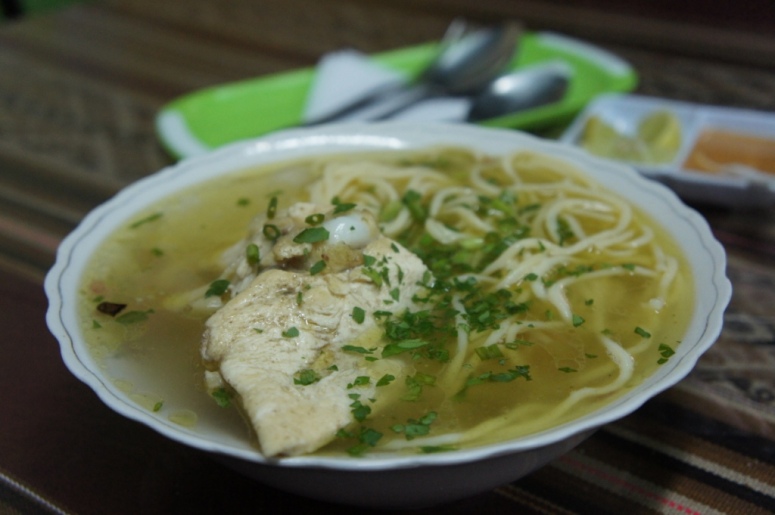
We finished off the evening with a visit to the thermal hot springs.
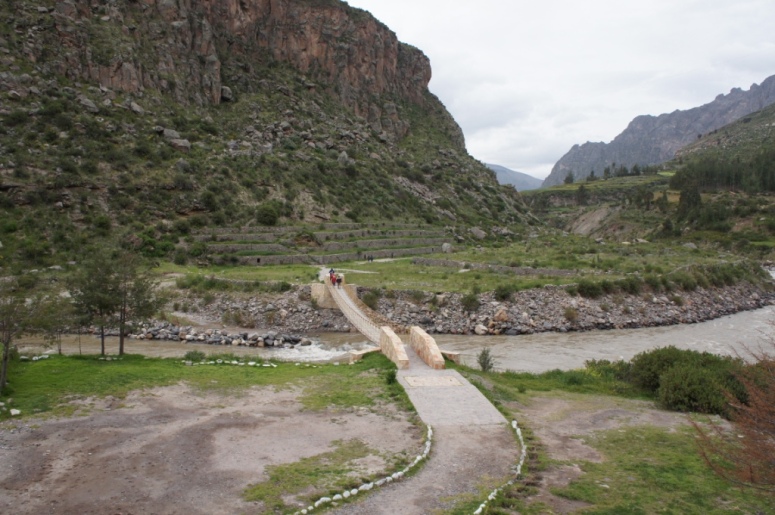
We chose the 39 degree outdoor spring and admired the mountains from the warmth of the spring. The entry fee was $3, less than one tenth the price of the Blue Lagoon in Iceland.
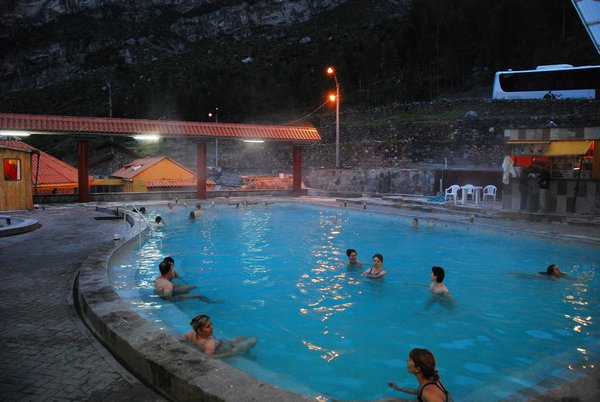
The next morning, we caught a local bus to Cabaconde, the last town at the entrance to the canyon. We left our main luggage at the hostel and had daypacks with a change if clothes, water and some food.
It was a wonderful day for trekking with clear skies and a gentle breeze.
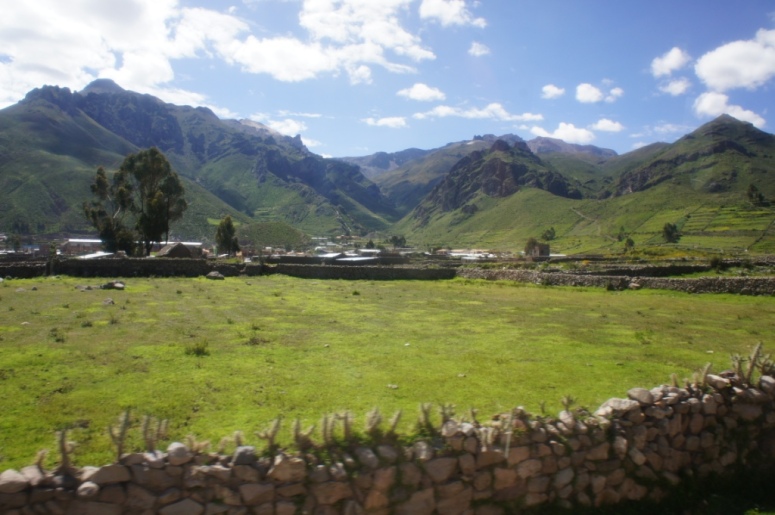
We asked our bus driver to drop us off at Mirador de San Miguel (San Miguel’s lookout) which is where the trail begins.
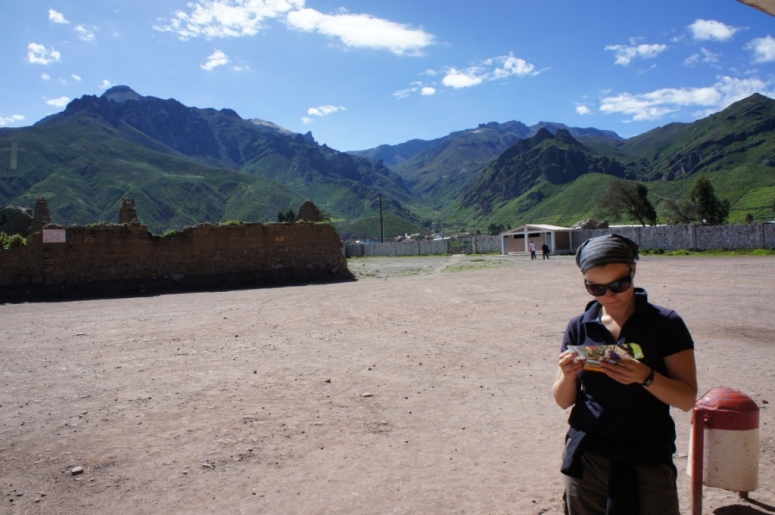
We caught the bus at 9.30am but didn’t think to pack lunch as we thought we’d pick something up from one of many food vendors we often see on the roadside or on the buses. That was our first mistake……
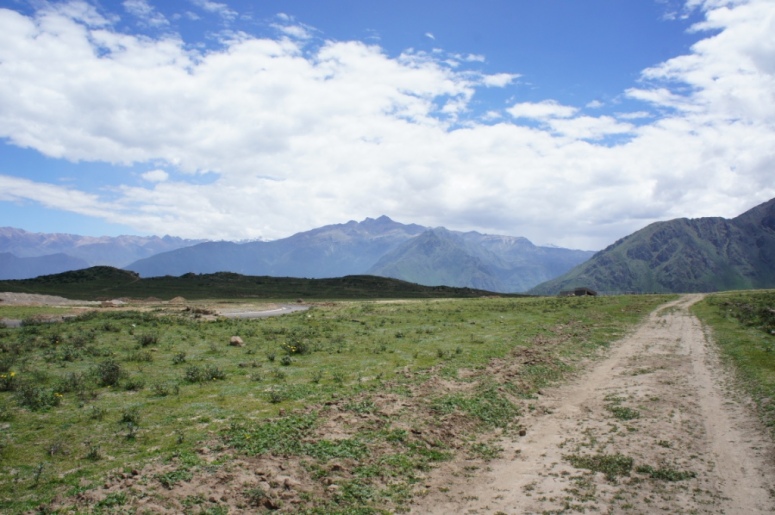
The bus let us off in a paddock. There were no signs to mark the start of the trail, we were simply let off the bus and pointed in the right direction.
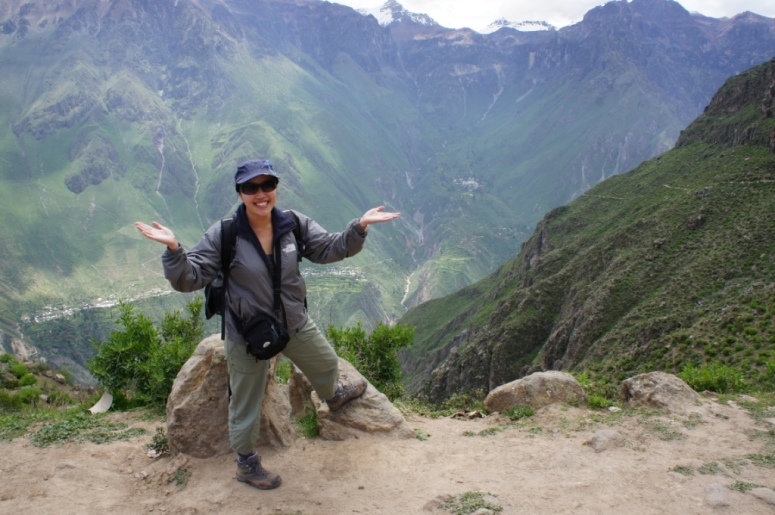
Our guide book said we could ask locals for directions but there were no people around for miles and from where we were standing, we couldn’t even see the edge of the canyon. Gotta love it! This is independent travel at its best.
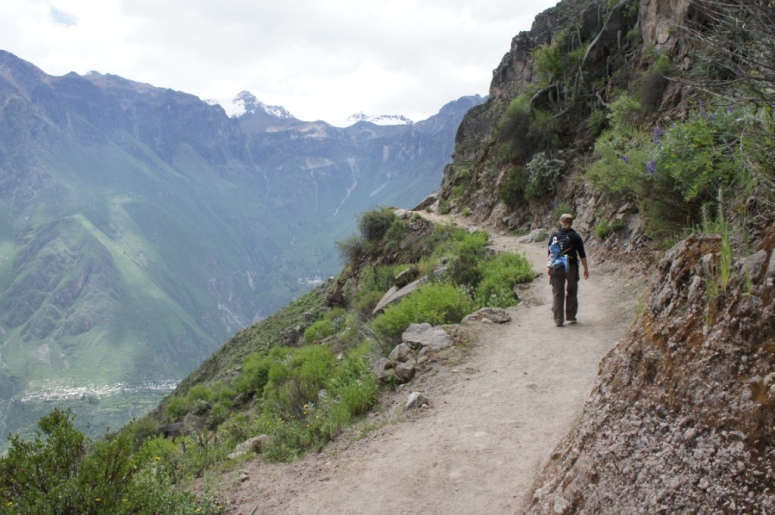
Shelly found footprints so we followed them until we came to the edge of the canyon.
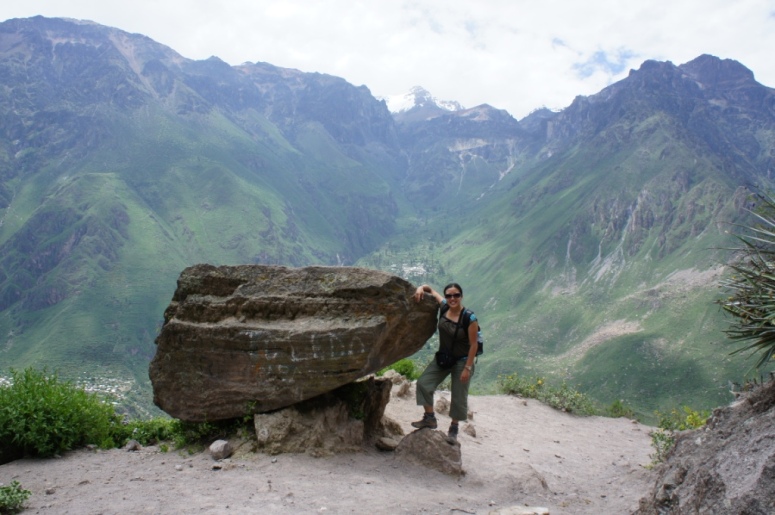
The trail started pleasant enough. It was basically one long wide sandy trail along the side of the canyon.
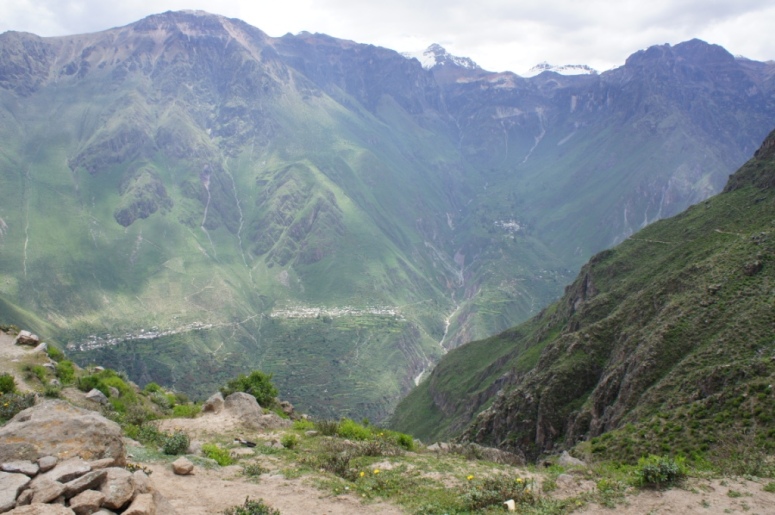
At the point, we had seen a couple of hikers in the far distance and could see one of the towns that we were supposed to spend a night in down in the canyon.
After an hour the trail narrowed and became rockier. We kept going strong despite the trail becoming steeper and with more frequent switchbacks.
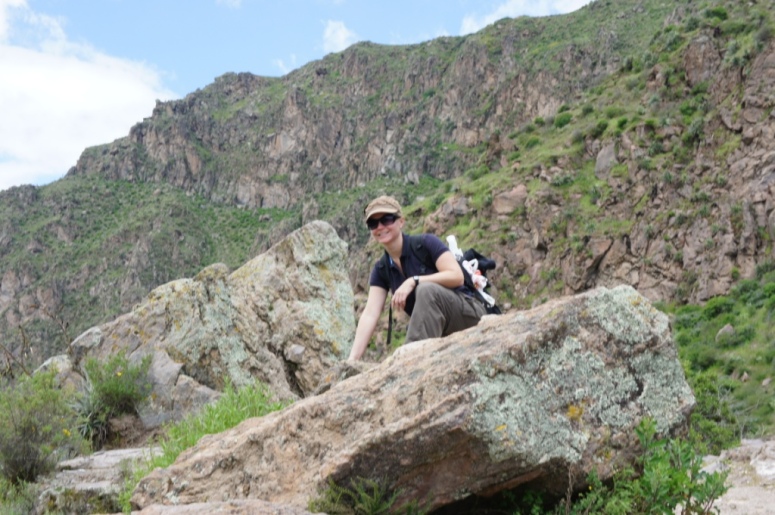
We felt confident as we were going downhill and making good progress. We had just caught up to a tour group when my legs started to shake with each step and my hands trembled.
I had an apple at the start of the trail but I had expended its energy value within the first half hour. I looked like one of those poor donkeys on the trail.
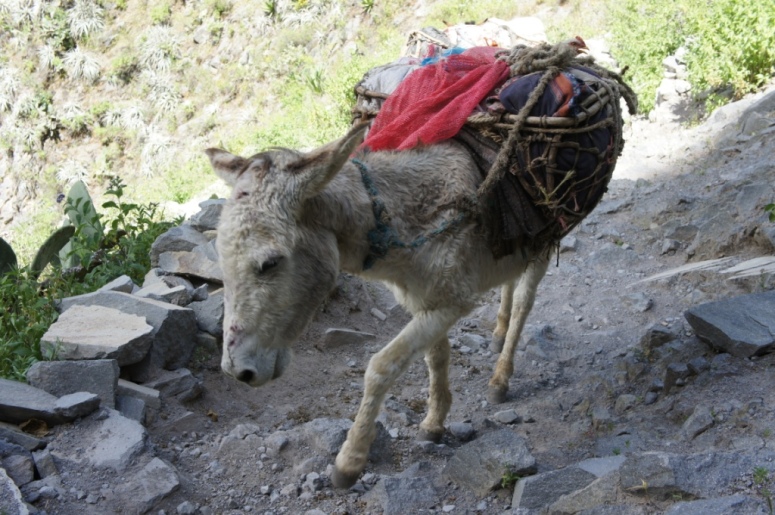
My bag also felt like lead. I downed my first bottle of water and finished off a newly opened packet of raisins in an attempt to lighten the load.
After 10 mins, my legs stopped shaking and I began to feel better. The fact that Shelly’s legs were also shaking didn’t set off any warning bells in my cotton filled head.
While the shaking had ceased, my attention was drifting and I found myself slipping and catching myself on the rocks a few times.
I knew I needed to stop and rest but I saw that we were approaching the river which meant a nice shady spot to rest and drink.
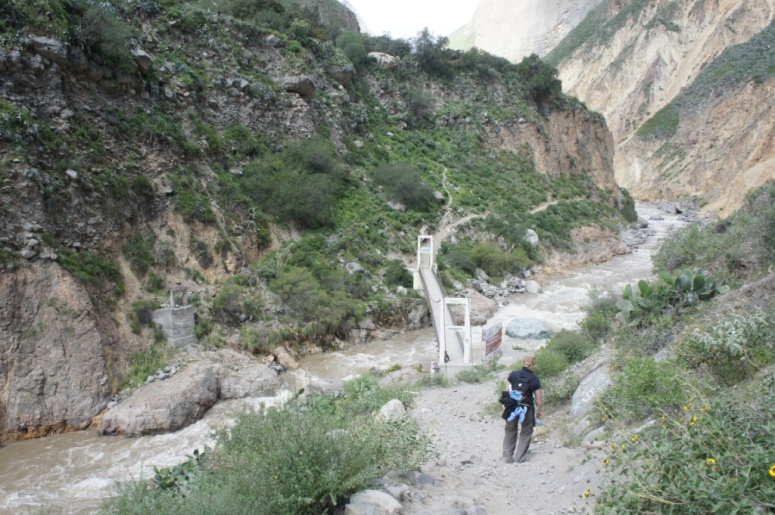
Suddenly I slipped and fell on my bum. At first I laughed but now that I had stopped moving, I felt light headed. I realised I was dehydrated.
I moved to a spot among the rocks that had a minuscule amount of shade and rested. Shelly came and sat beside me but as soon as she sat down, she felt dizzy. Her head was spinning and her vision was impaired. I began to feel concerned that we had got ourselves into a spot of trouble. I gave some jelly tots and her dizziness dissipated.
We knew we had to make tracks so we pulled ourselves together and made our way to the river, this time going at a slower pace and taking a few breaks.
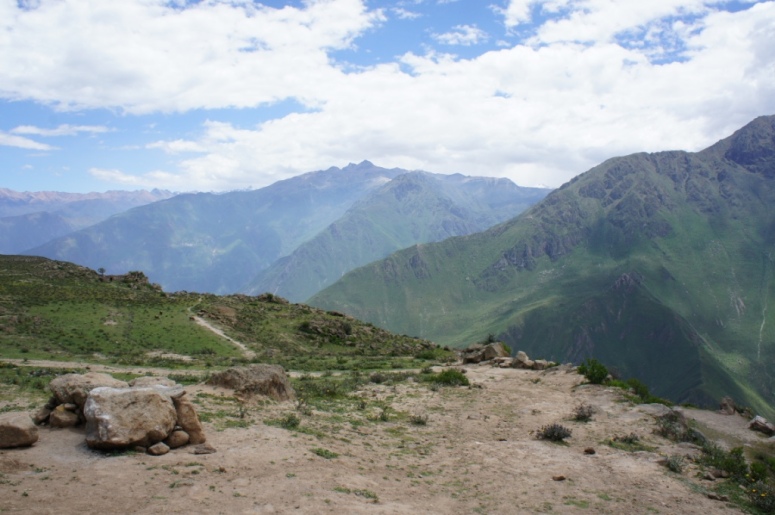
There was a lady waiting for us at the bridge. She was telling us in Spanish that she was from Hostel Gloria and that she could take us there to where our ‘friends’ were. We smiled and made pleasantries but had no intention of staying with her.
She showed us the route to the village of San Juan and started walking with us, well ahead of us to be more specific. The next 25 minutes were all uphill and I found myself short of breath. Every time I tried to take a deeper breath, I’d feel a constricted pain in my chest. My daypack felt as though it was full of rocks and I started drinking rapidly from my second bottle in order to lighten the load.
To my irritation, the lady was waiting for us at every corner. At one point I said to Shelly that I had to sit down. She sat down on a large boulder and when I had recovered I made my way to where she was. She was suffering from a more severe dizzy spell and was worried she wouldn’t recover from this one.
By then, we had lost sight of the lady and I began to seriously worry. We knew we had 25 mins left of walking and there was nothing we could do besides keep on trudging.
We reached the top, rounded a corner and our lady was waiting there for us. Boy was I happy to see her!!! She fed us cactus fruit and led the way to her place.
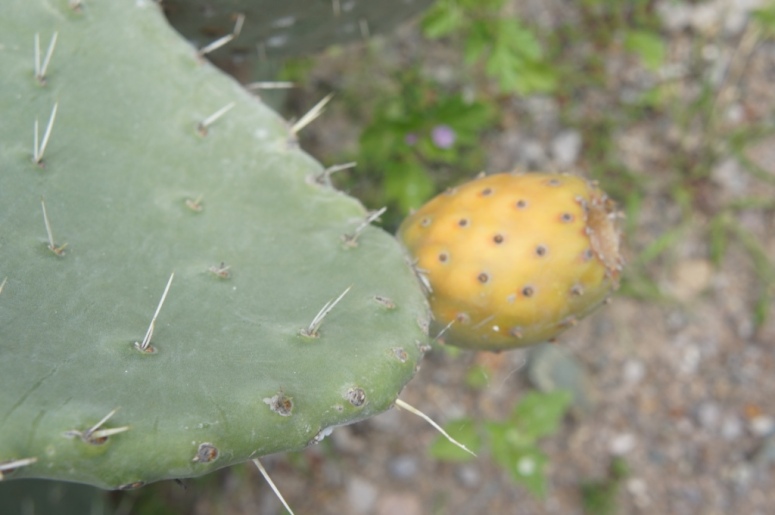
It took us 3 hours and 45 mins even with the stops. That is 15 mins shy of what the guide books allow for so we made good time considering.
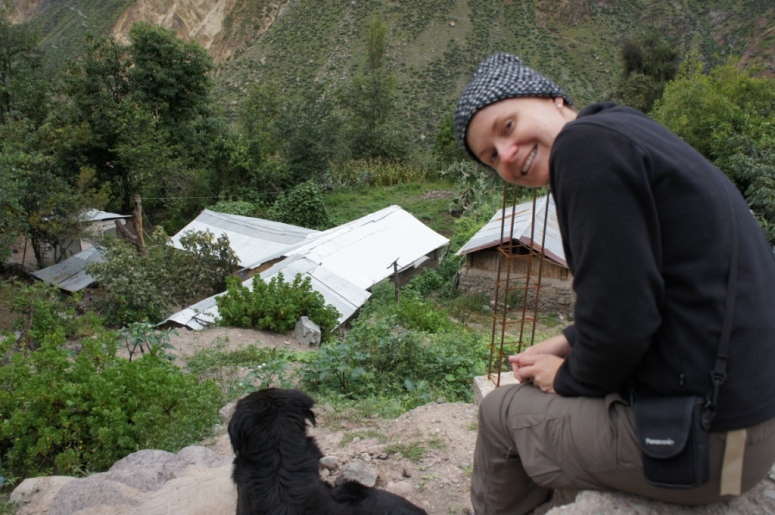
I was so glad to see the end of that day! I wondered so many times why I put myself through this! It’s as if I hadn’t learnt my lesson from the Everest base camp trek.
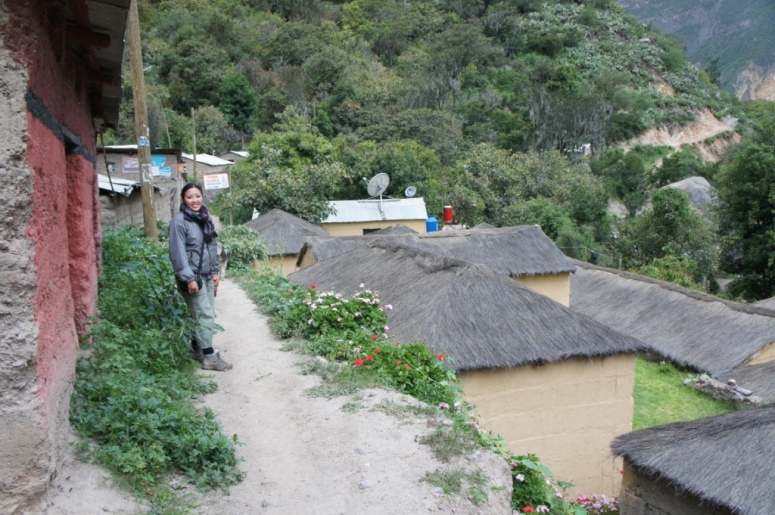
We recovered from our ordeal in the haven of her mountainside retreat and had the most delicious two course meal for $3.50.

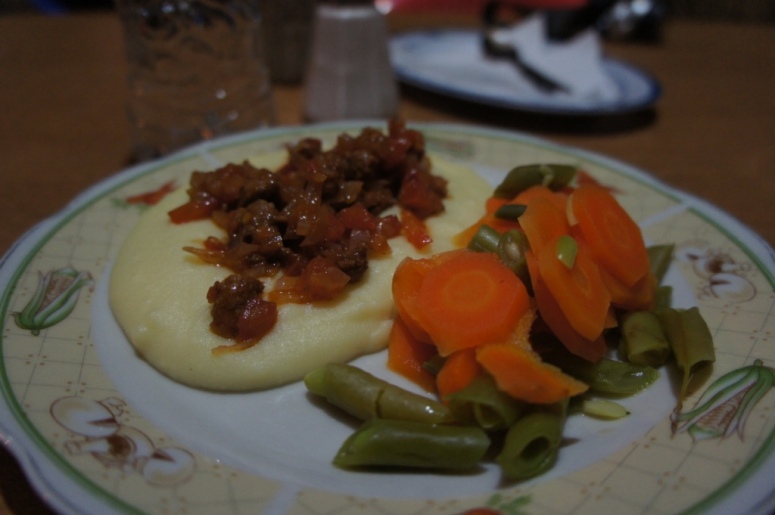
We met a couple of Aussies staying at the same pension as us who as we later realized were eating dinner at the table next to us at our last night in Huacachina.
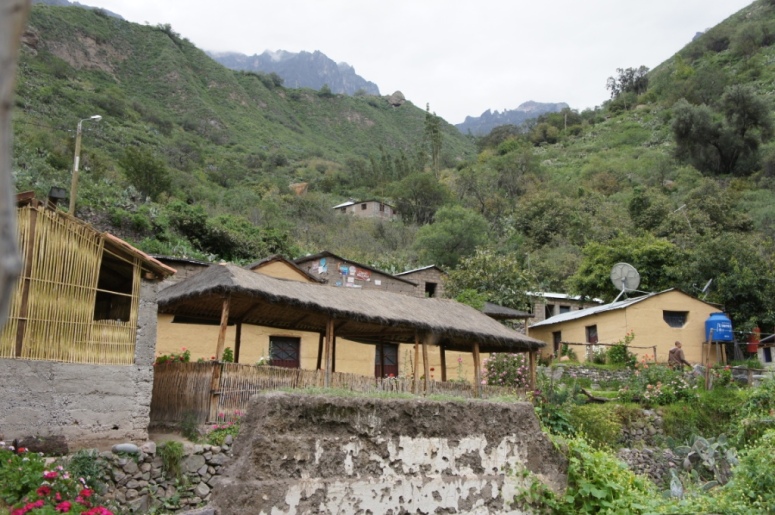
The next morning we were a little stiff and our muscle felt tight. Shelly’s right knee was still a little sore.

This time I wasn’t taking any chances, I downed half a litre of water and drank two cups of tea. We had pancakes for breakfast and stocked up on chocolate bars.
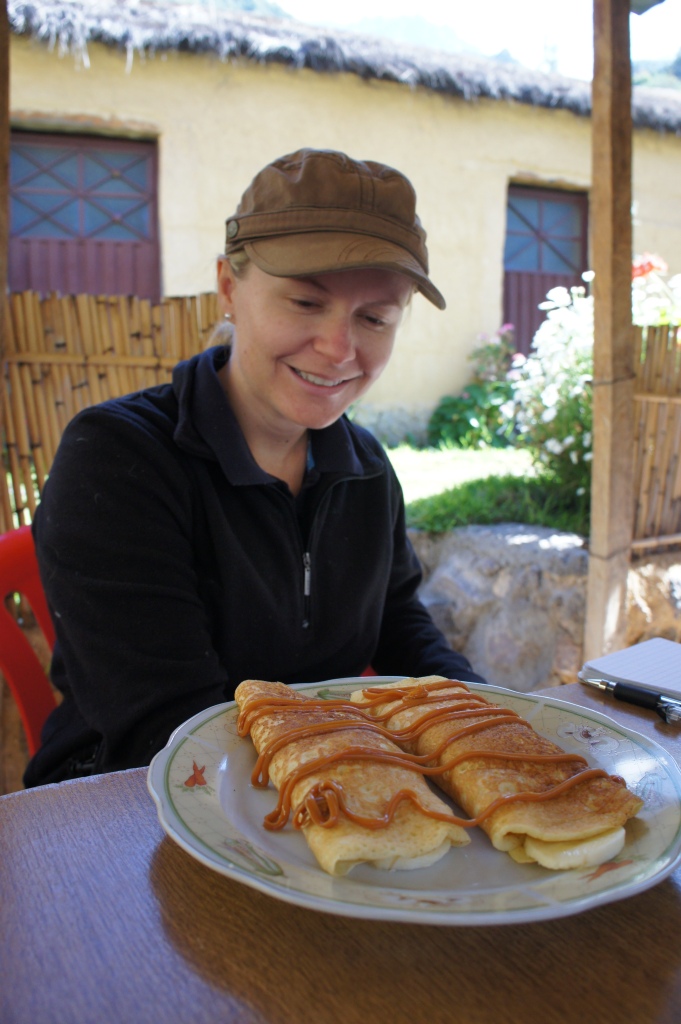
Shortly after breakfast, Shelly and I followed the trail to the town of Cosinihua.
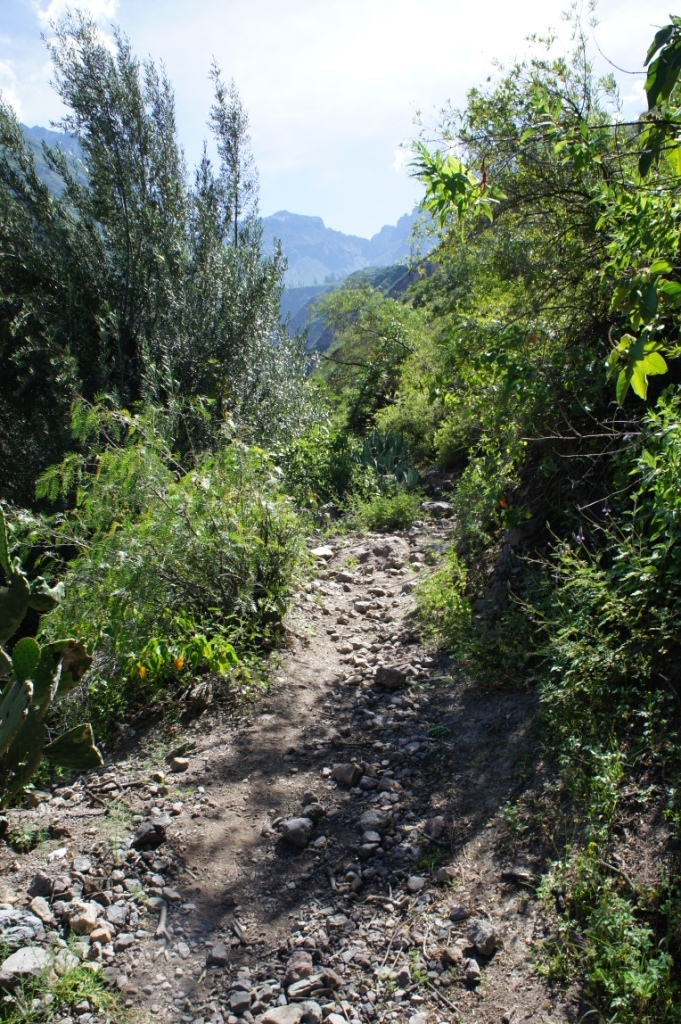
The trail took us up the mountain and we climbed through switchback after switchback for just over an hour.

Despite the glare of the sun, we were both in much better shape than the prior day.

I had no shortness of breath and my legs felt strong.
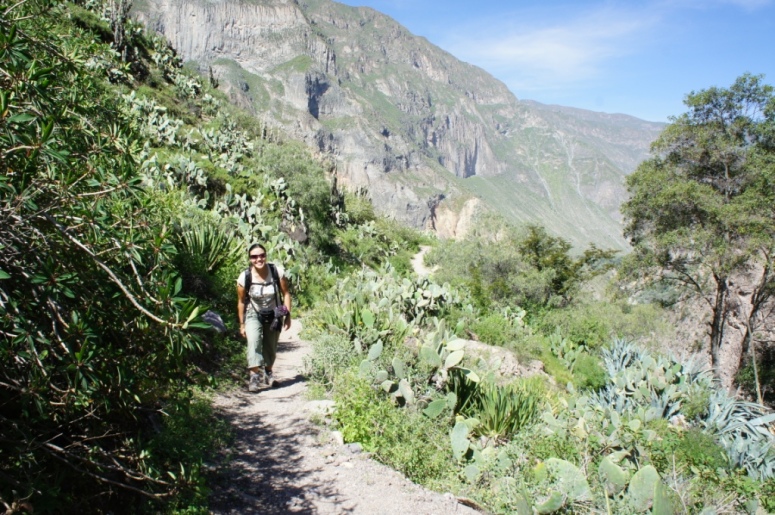
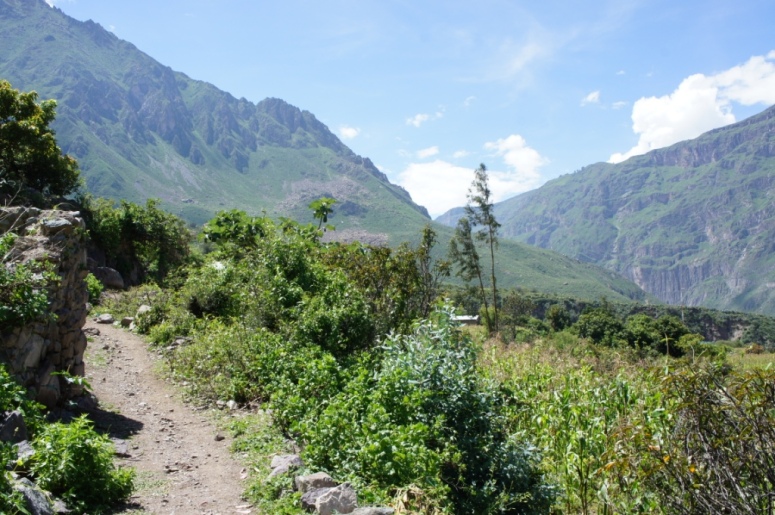
I was able to enjoy the beautiful mountain scenery and felt invigorated by the fresh morning air.
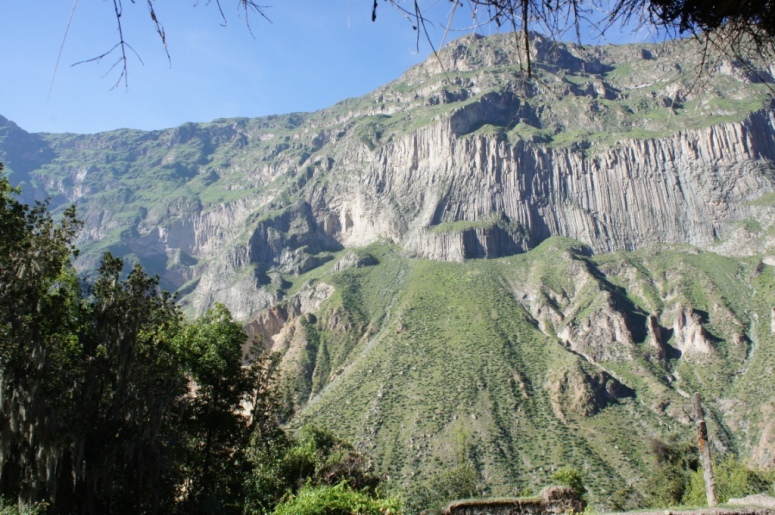
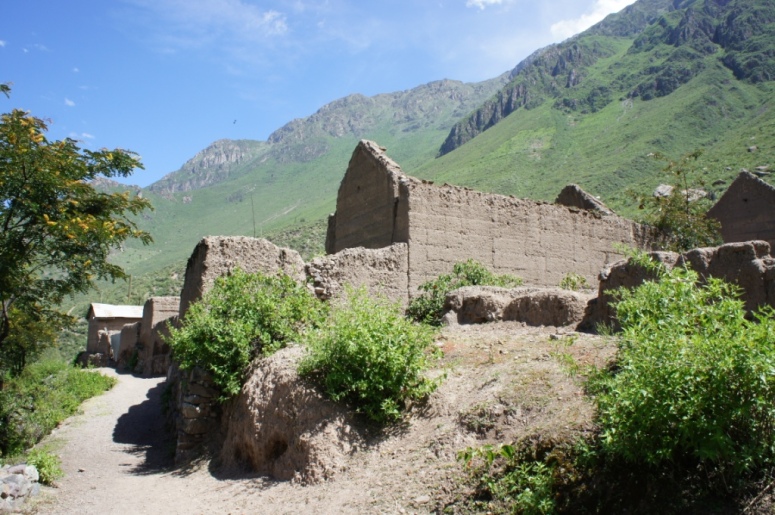
Once we reached Cosinihua, our trail became a flat 20 min walk to the town of Malata.
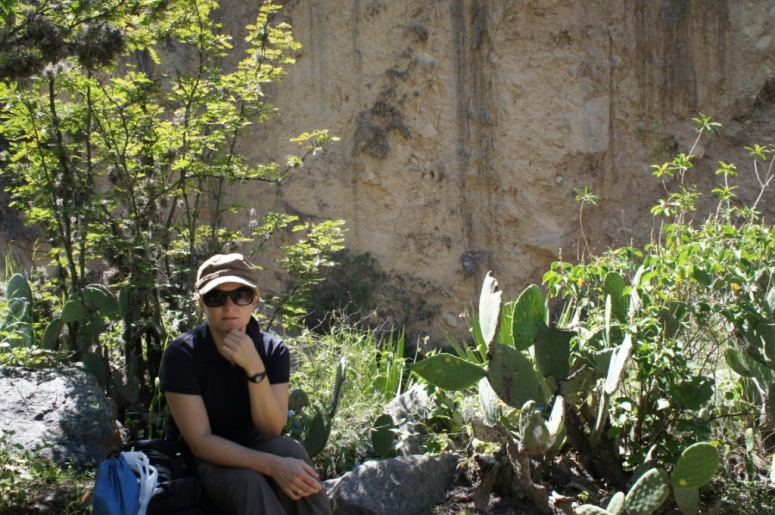
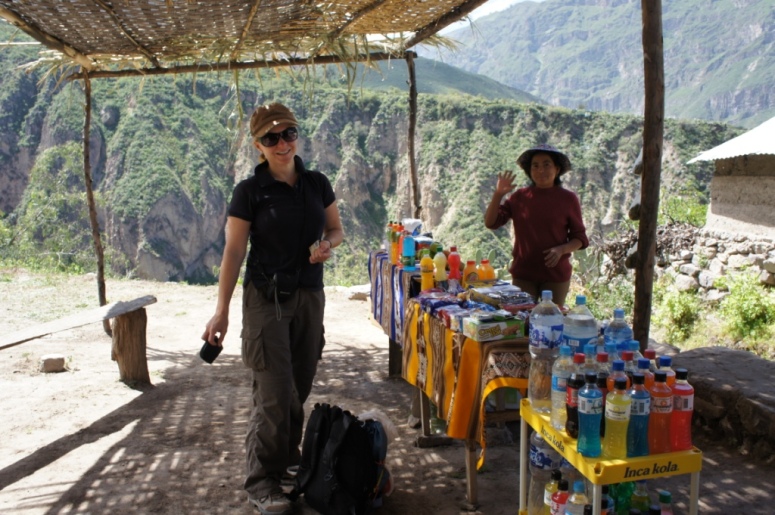
During that walk, I saw some of the prettiest mountain scenery I have ever seen before.
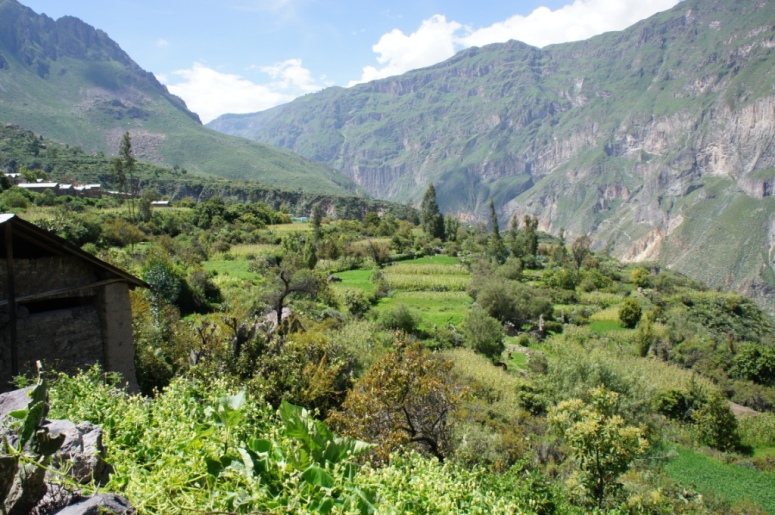

Unexpectedly, the small village of Malata had a church in a plaza that was open to tourists.
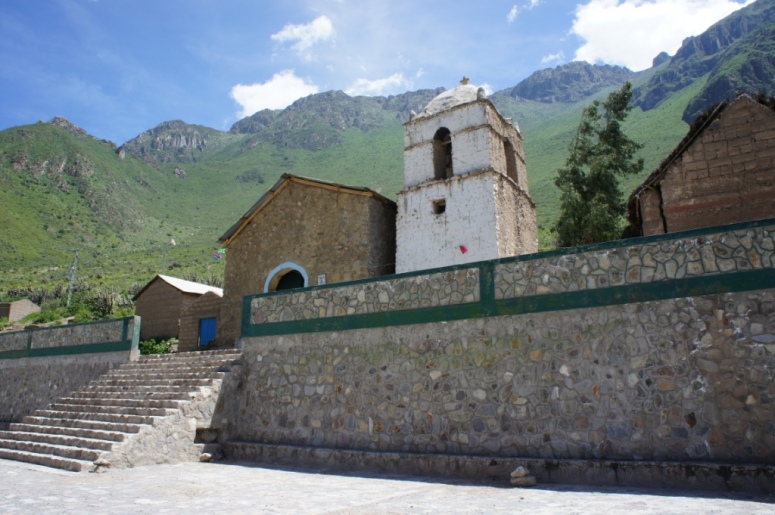
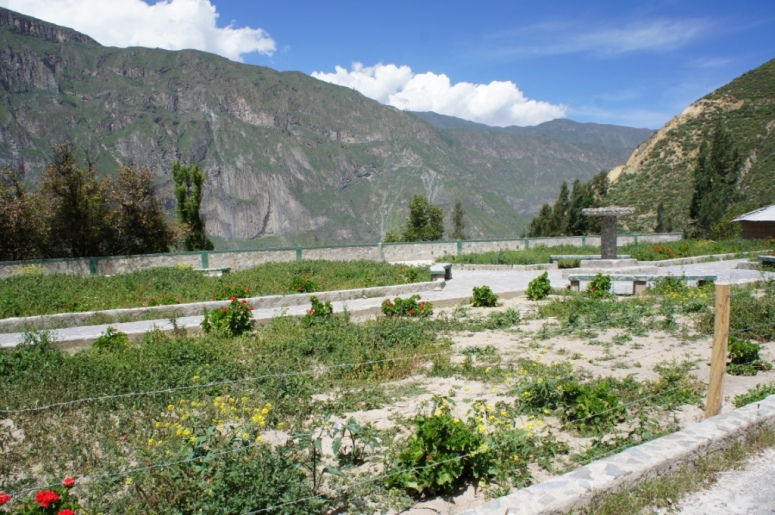
From this village, we began our descent down into the Oasis of Sangalle, where we were to spend our next night.
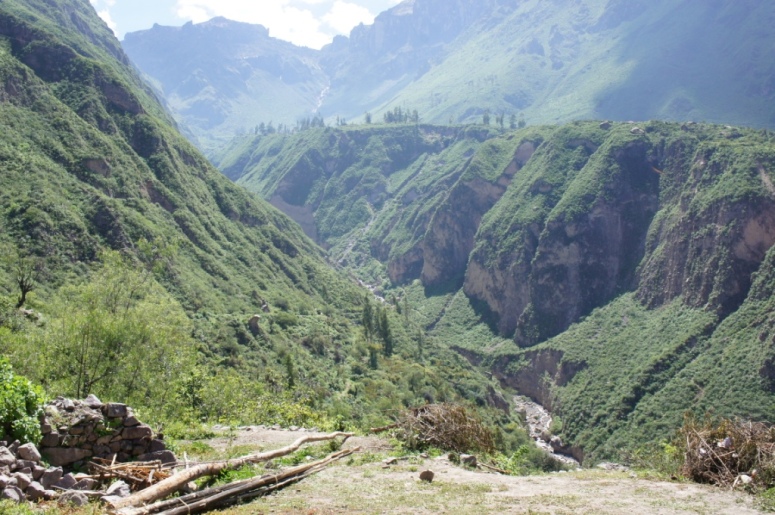
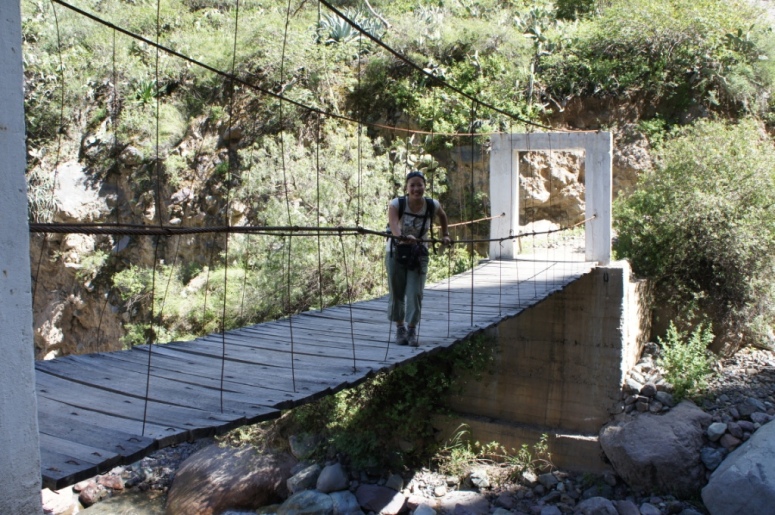
From our vantage point, we could see the trail that we would have to climb the following day, to lead us to the top of the canyon.
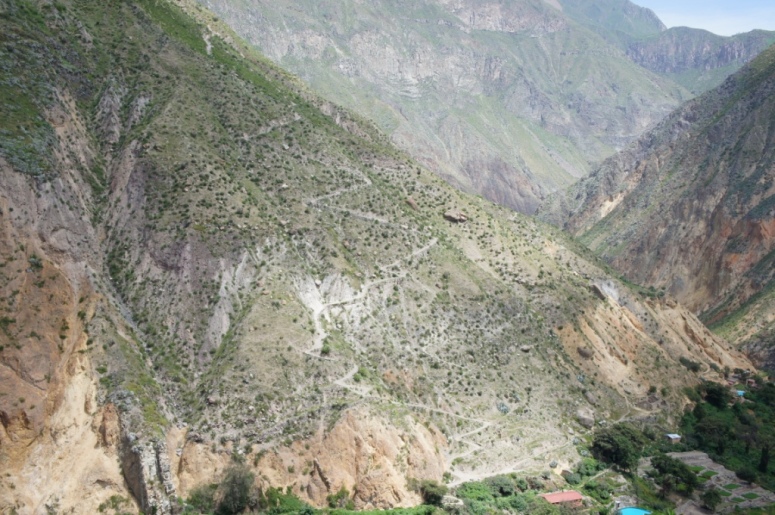
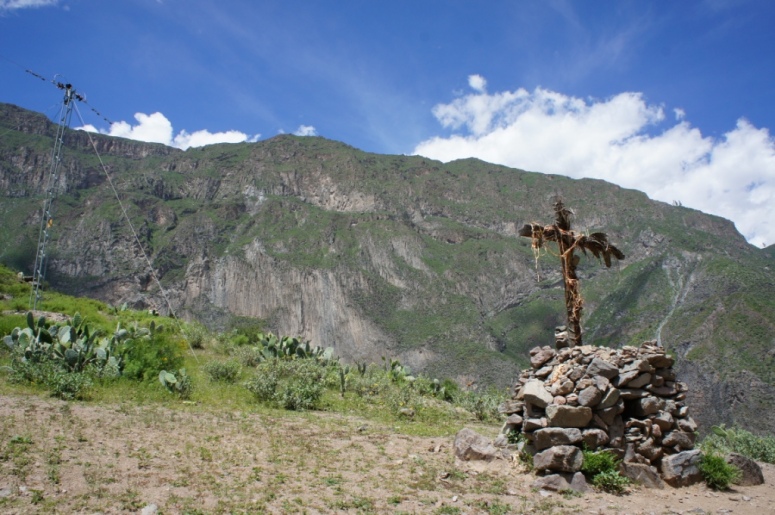
Rather than dwelling on the day ahead, I tried to distract myself with the plenty of cactus along the way.
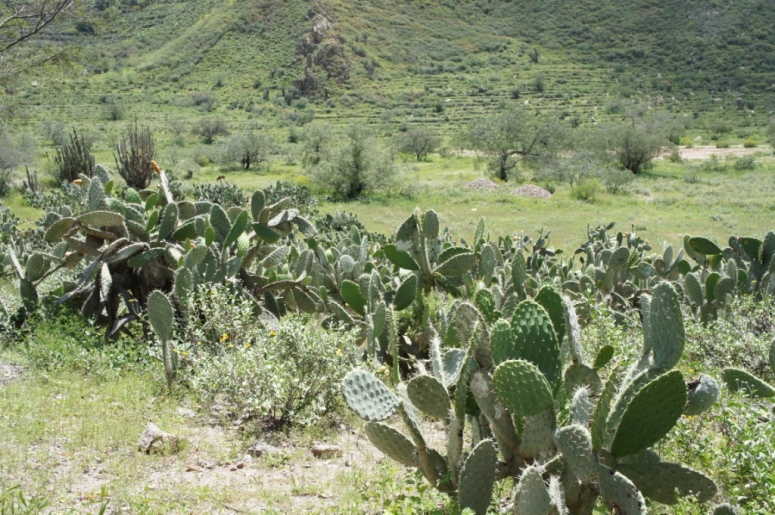
By the time we reached the oasis, I was hungry and hot.
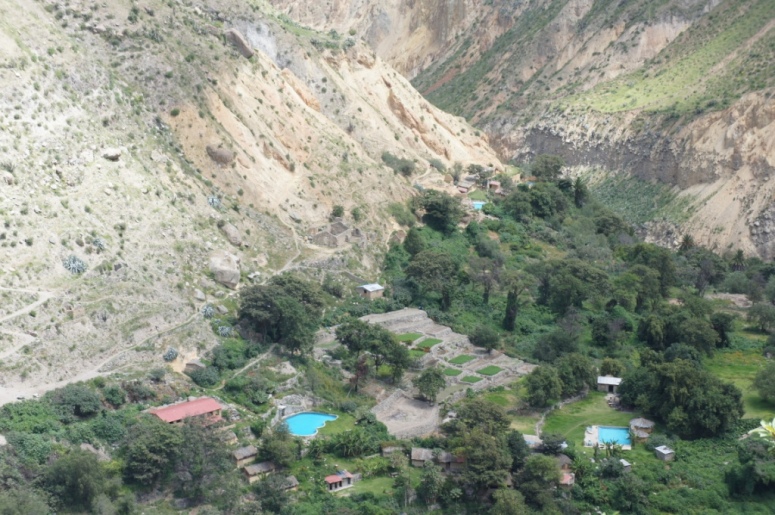
Our first priority was to have lunch.
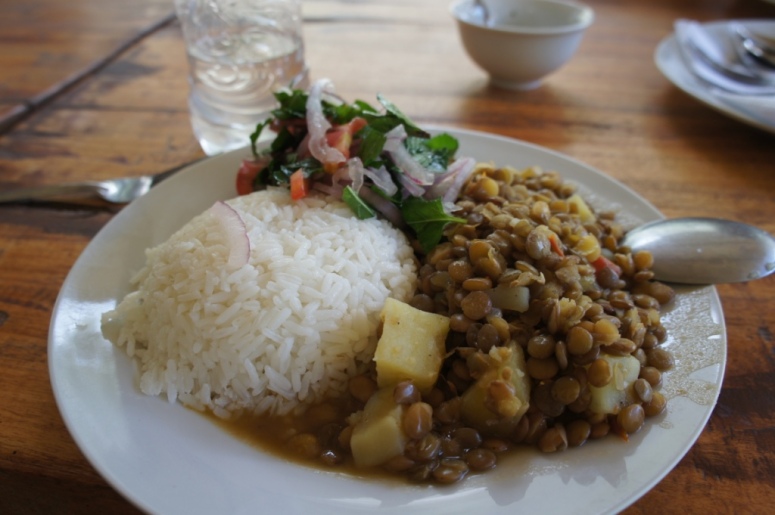
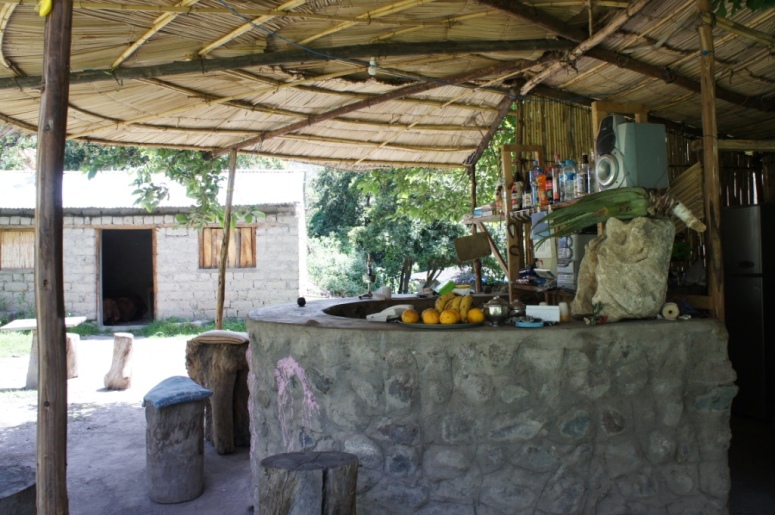
We had one of the most inviting looking pools in the village.
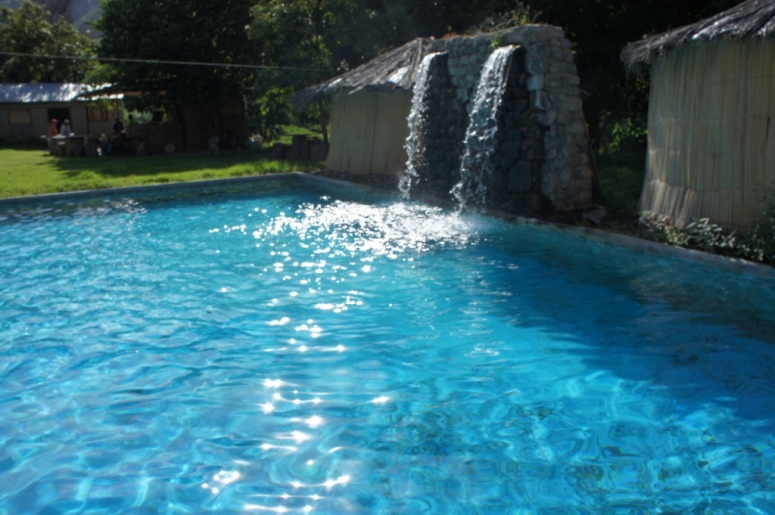
How could I resist?
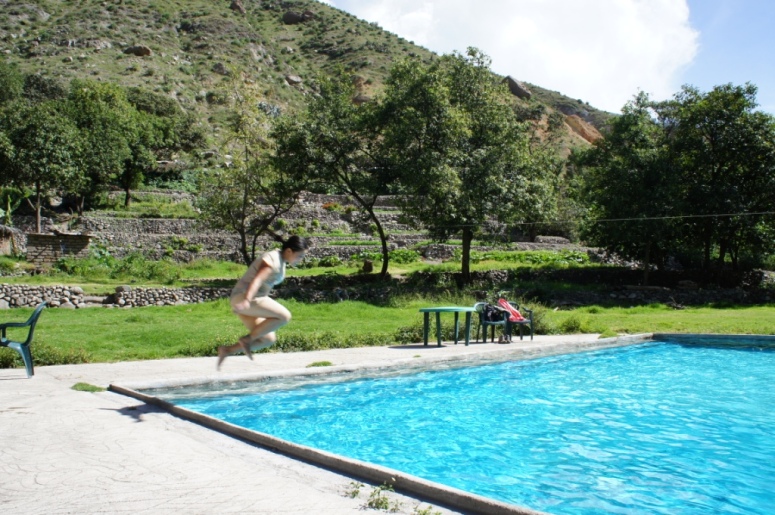
The water felt as good as it looked.
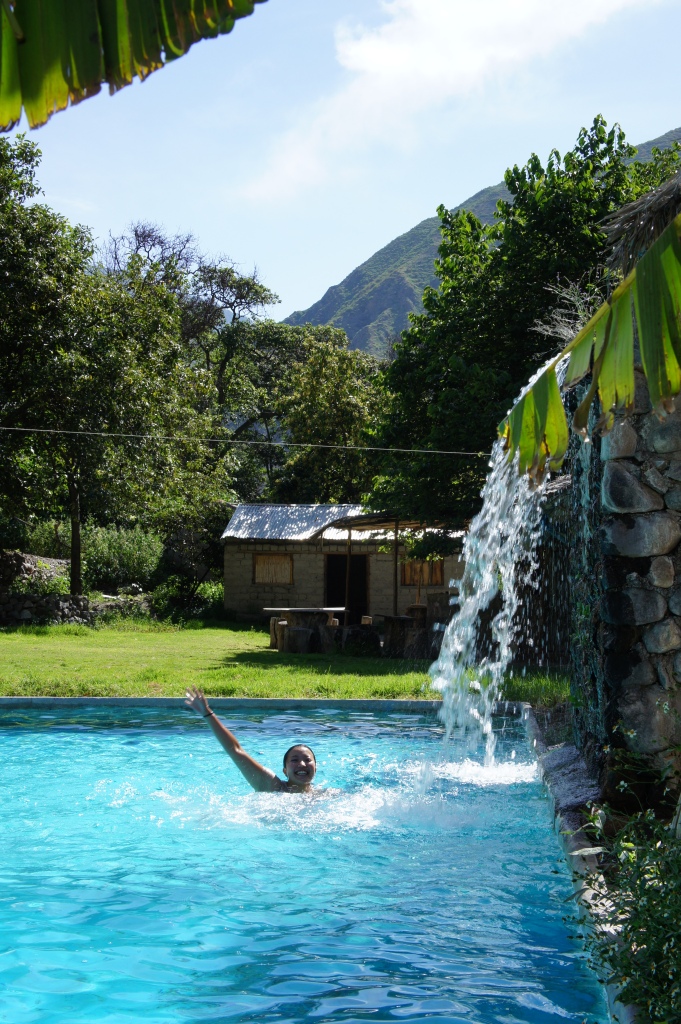
When I laid on my back in the water, I had full views of the canyon. With the rainy season over, the canyon is lush and green and since we were there in the quiet season, the oasis felt secluded and private. It was a wonderful way to spend the afternoon.
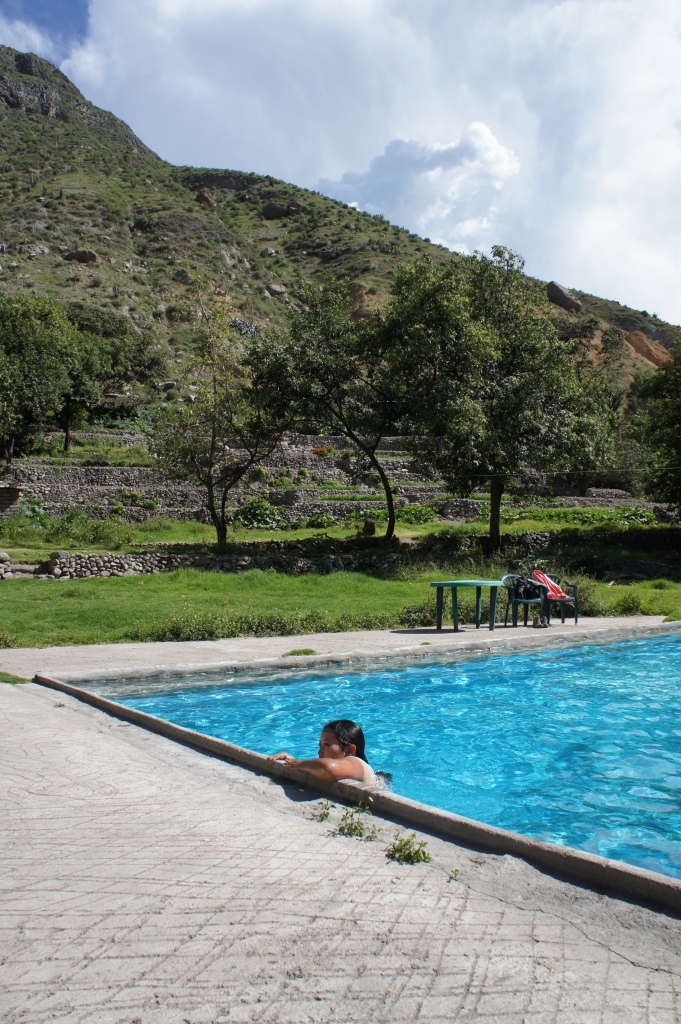
I marvelled at how beautiful the world is and got excited at the thought of how much I have yet to discover.
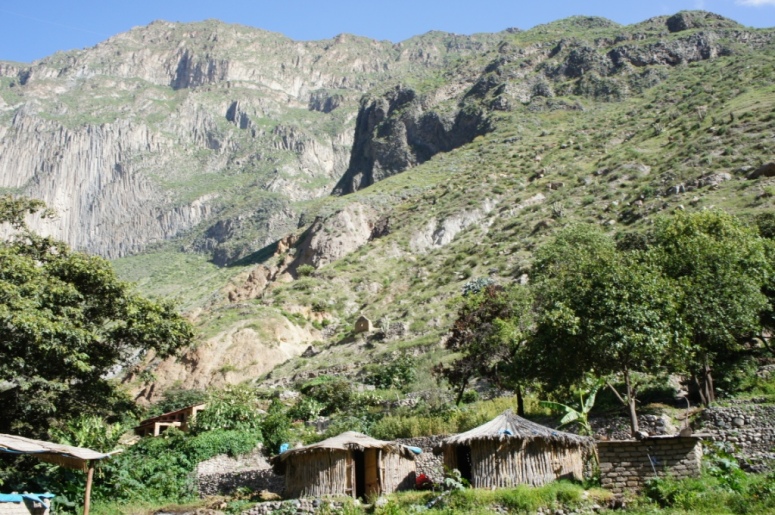
I wasn’t the only one who could have done with the relaxation. Shelly chilled by the pool along with an American guy we met who later became one of our dinner companions for the evening.
The next morning, we had high energy breakfast, to fuel up for the arduous 4 hour climb to the top of the canyon.
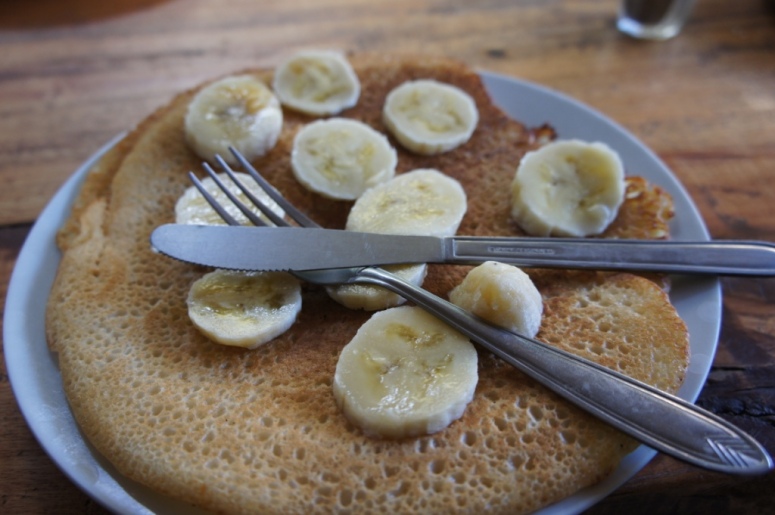
I’ll be perfectly honest, I was NOT looking forward to the climb at all. It was not so much that we had to climb 1100 metres to get to the top, but I really didn’t want to do it in the sun.
Earlier on in the trail, I always had my camera in hand.
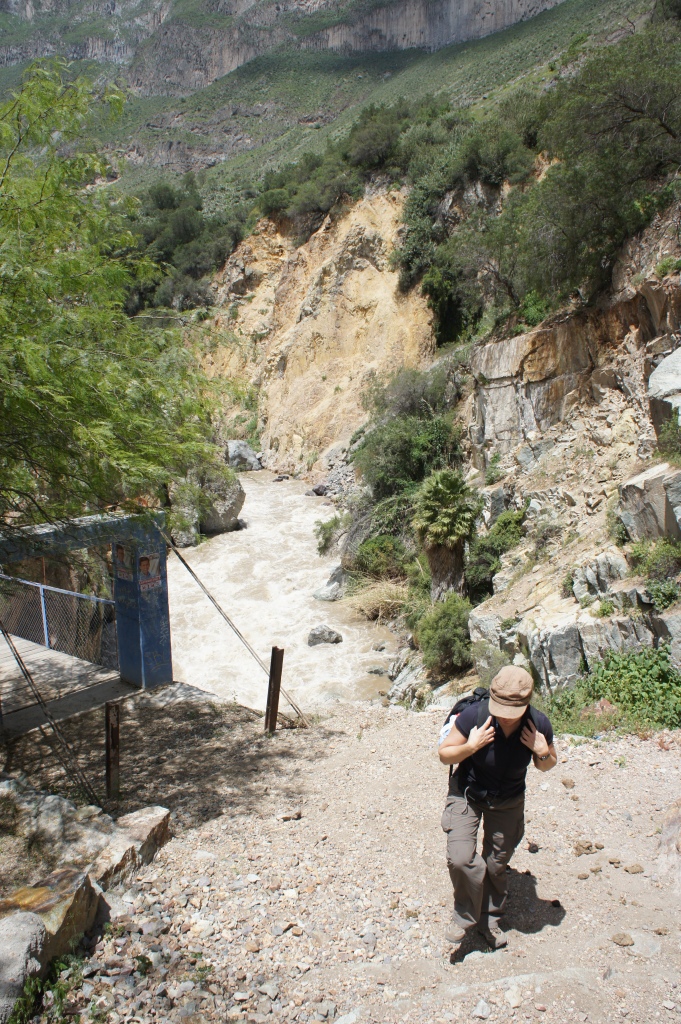
This time I kept my camera in my backpack as I knew I would probably need both hands readily available. We set off at 7am and were quite lucky in that we were only exposed to direct sunlight for about 30-45 mins (not consecutively) out of the 4 hour climb.
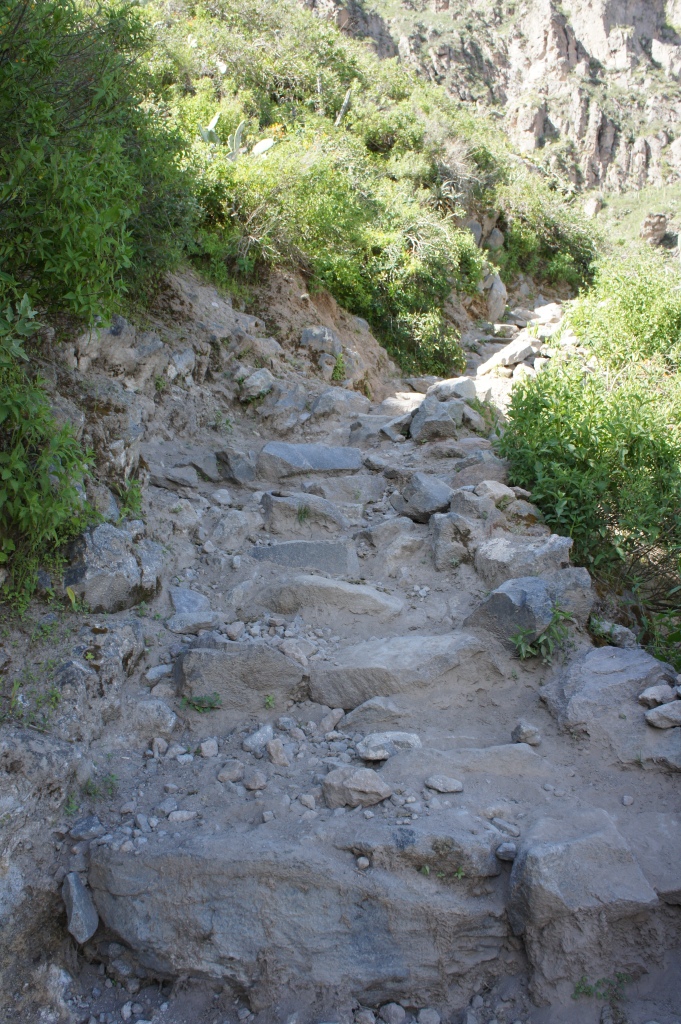
Our route was either shaded by the canyon or by cloud. It was however, a seemingly endless climb over rocky paths. Those rocks certainly aren’t kind to people with short legs!

Everytime I looked up or turned the corner, I would see the same thing.
It got to the point where I didn’t bother looking anywhere else but at the rocks right in front of me.

Shelly and I were both sore and stiff from the previous two days so we took a slow and steady approach. We didn’t power up but we were consistent and in the end, we made it to the top in 3 hours and 20 mins.
By the time we staggered into Cabaconde, where the trail ends, all we wanted was to get back to Chivay, have a shower, eat and rest.
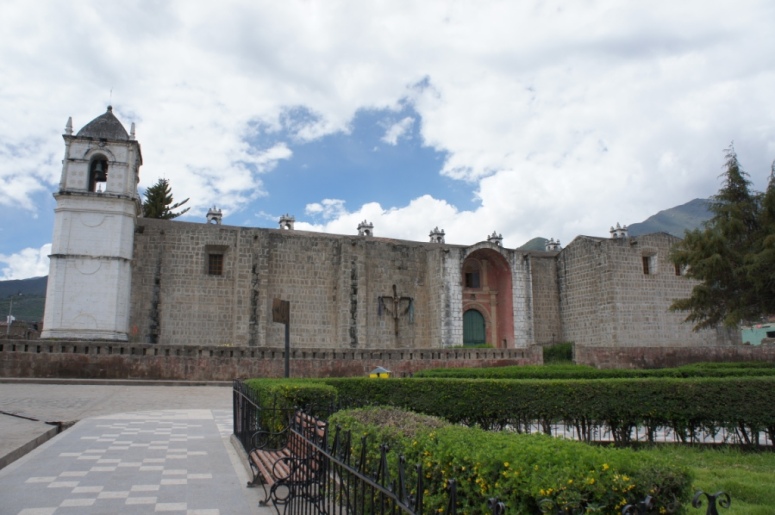
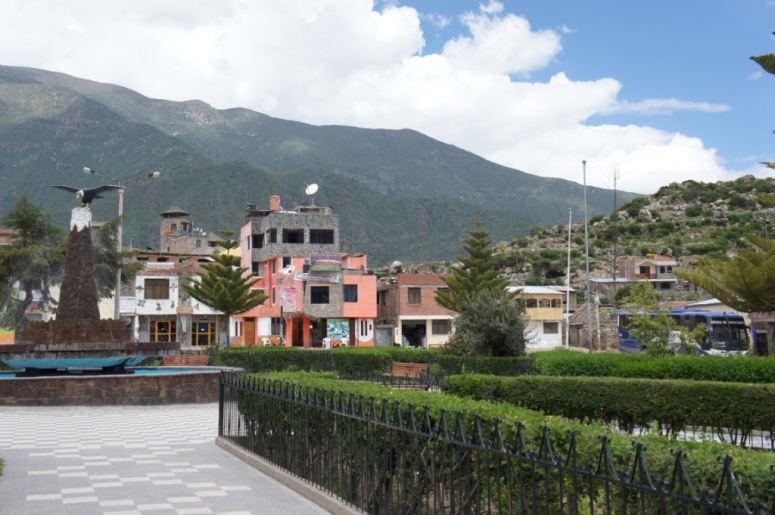
Still, I managed to take a few photos of the town.

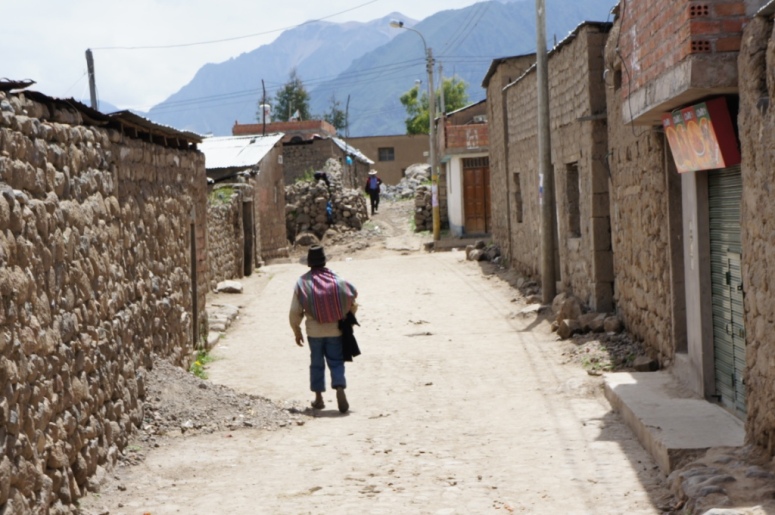
We hopped on a local bus and enjoyed the beautiful ride back to Chivay.
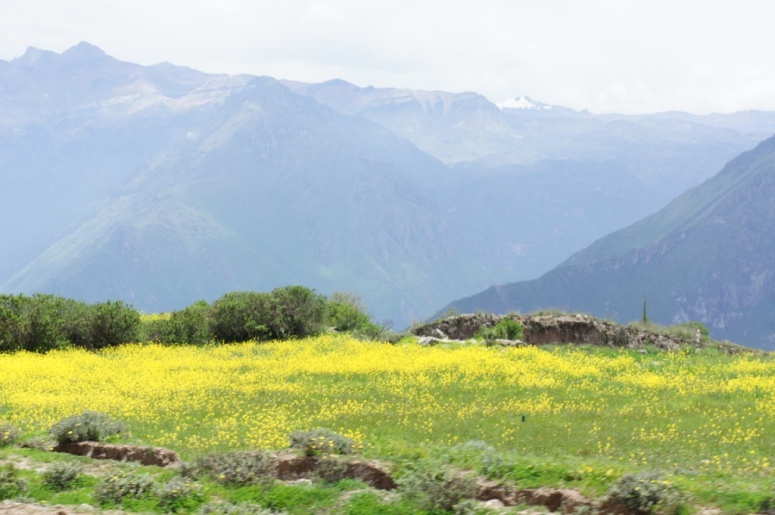
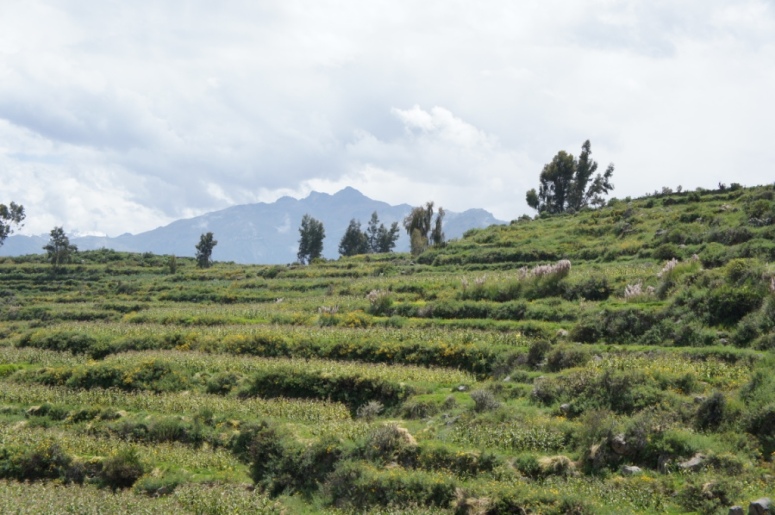
Our next stop is Cusco, the capital of the Inca world and where we begin our journey to Macchu Picchu.
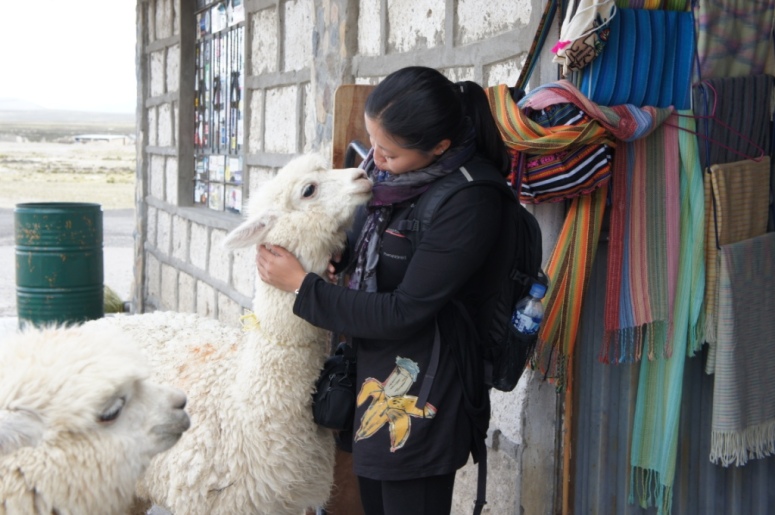
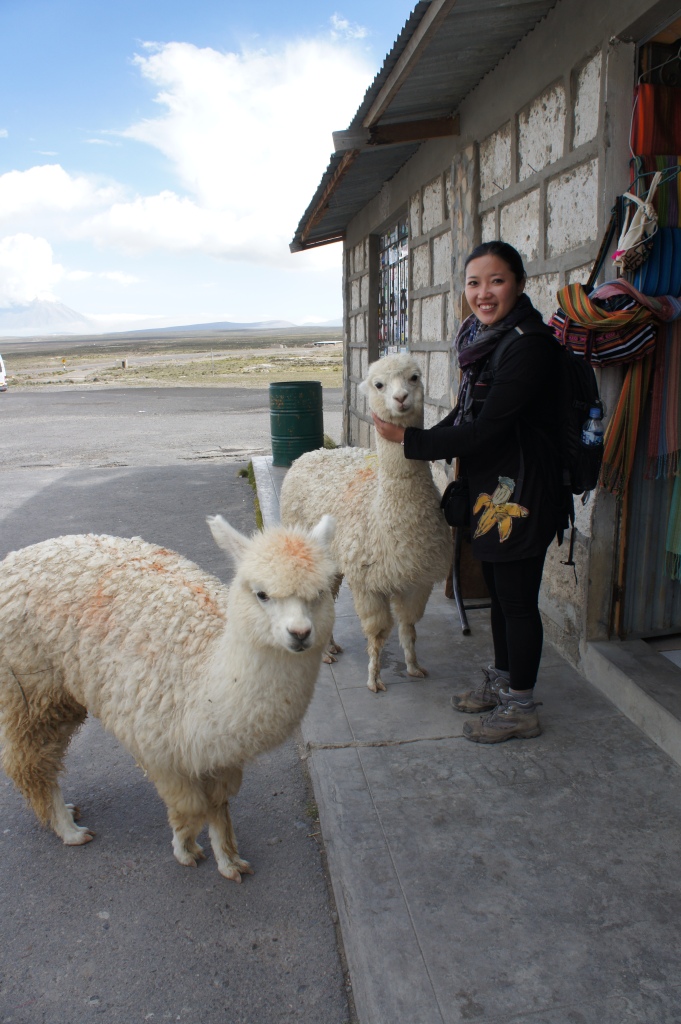
The next part of our journey has us travelling to Cusco.
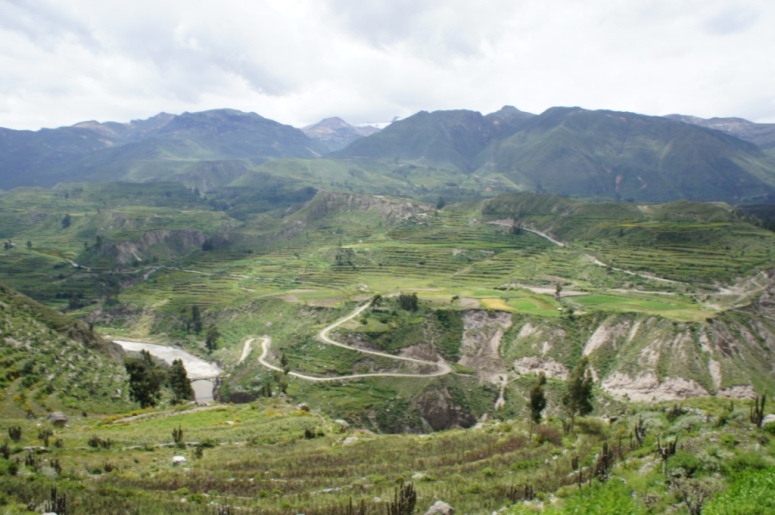
Those of you who know me well know that cars and buses used to give me travel sickness.
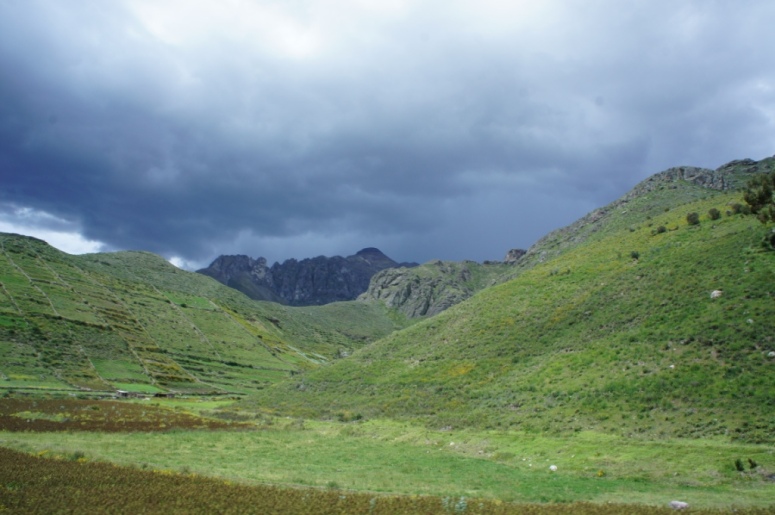
I thought moving to London and having to catch buses and trains all the time had rid me of that problem but alas, in the last hour of our bus ride to Cusco, I had my head deep in a Tesco grocery bag.

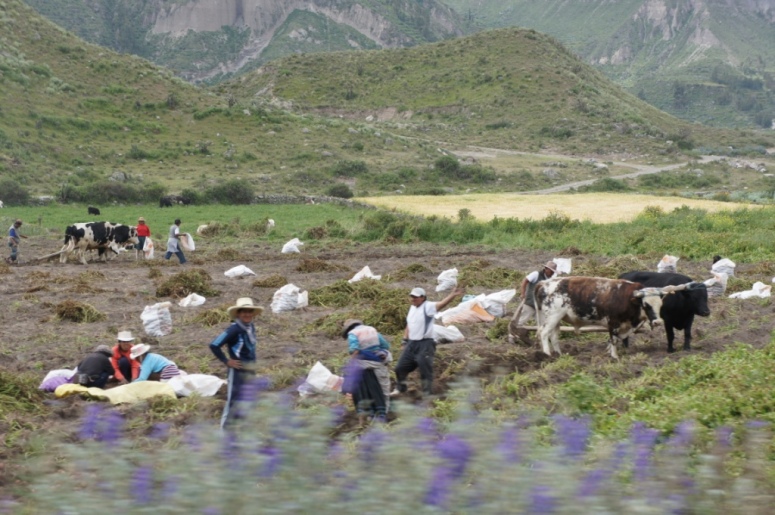
My breakfast came up and my stomach was in no position to eat lunch so when it came time to have dinner, I licked my plate clean.
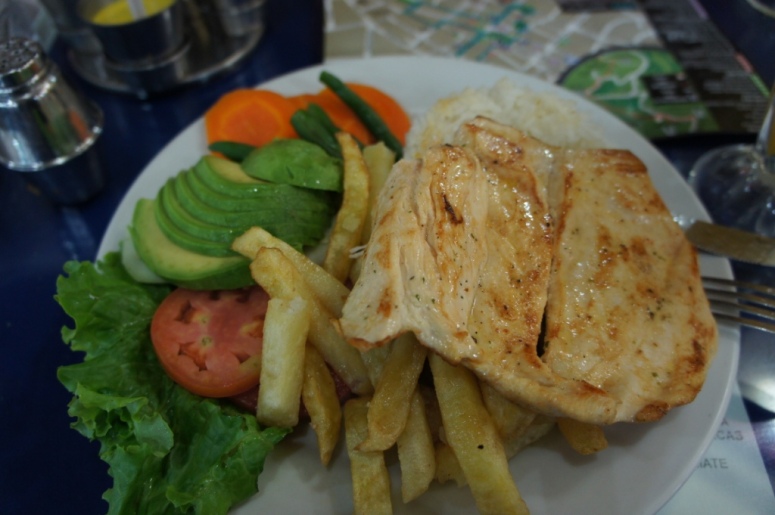
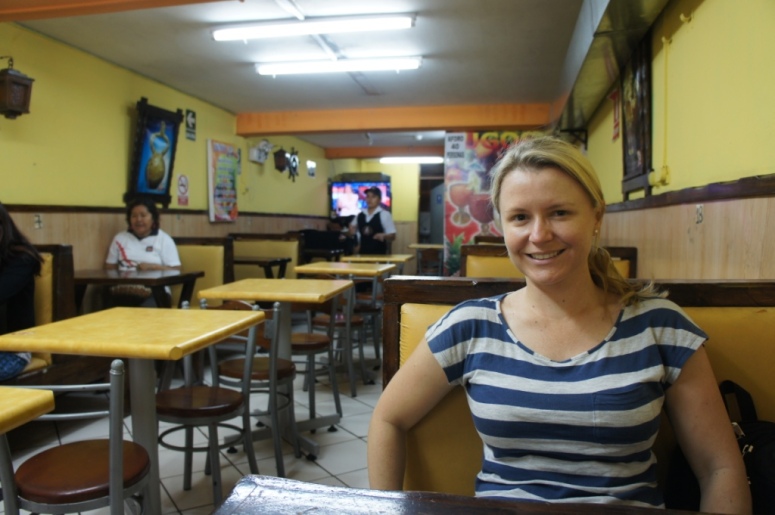
Shelly and I started off our first day in Cusco running errands. We paid for our Inca trail trek and stock up on chocolate and water for the trek.
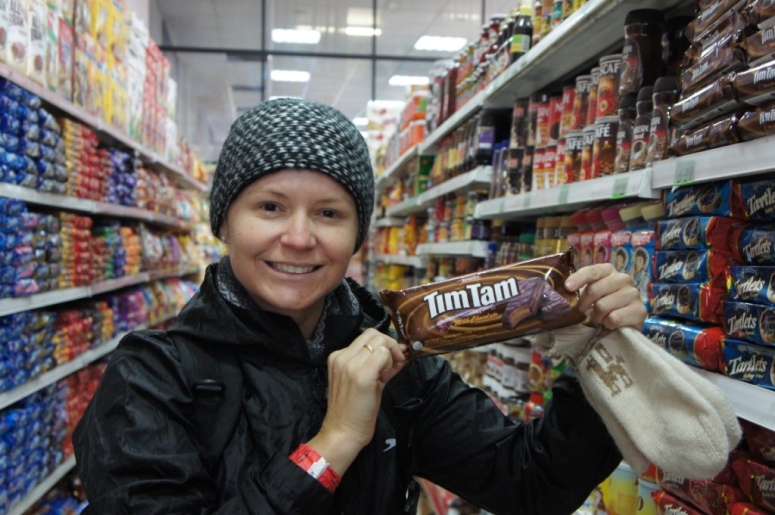
We happened to be there for the anniversary of the San Pedro market so there was a big festival in town.
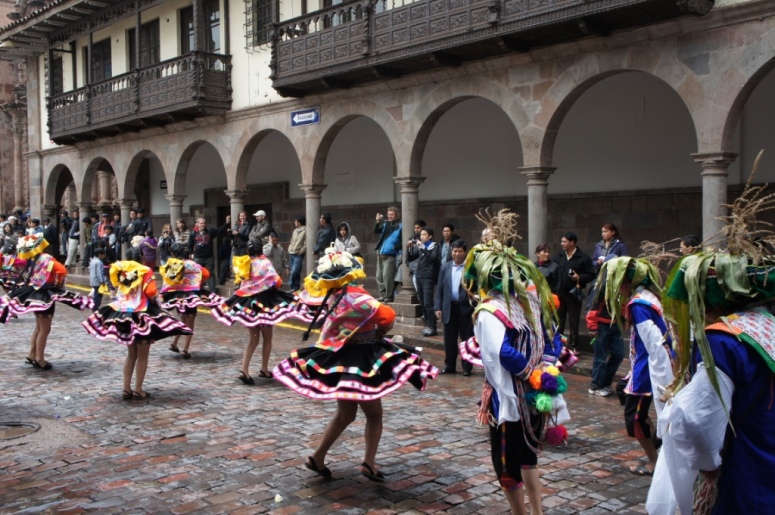
The locals sang and danced on the streets.
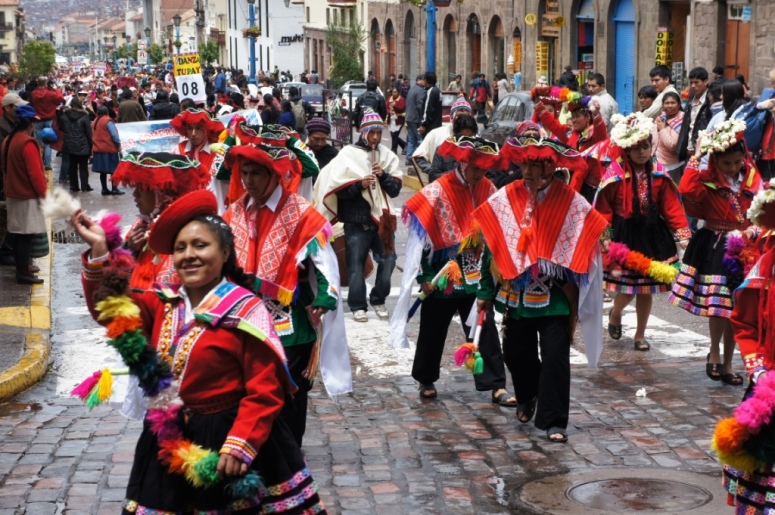
While my favourite parts of Peru haven’t been the bigger cities, I think Cusco has alot of character.
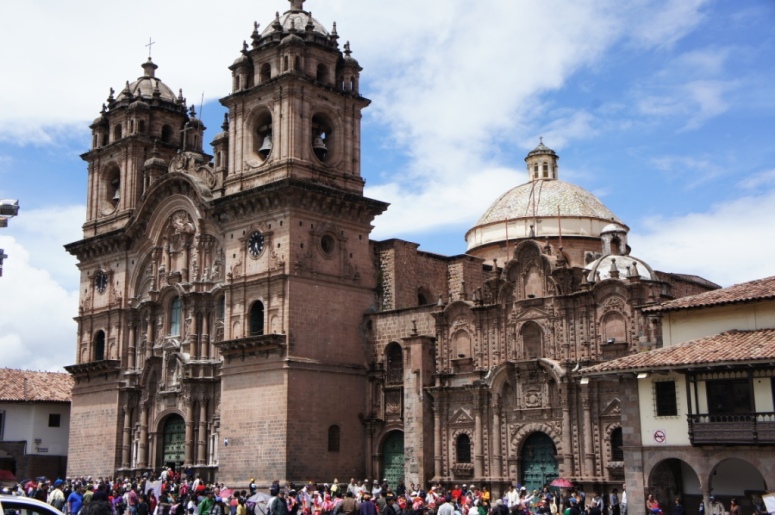
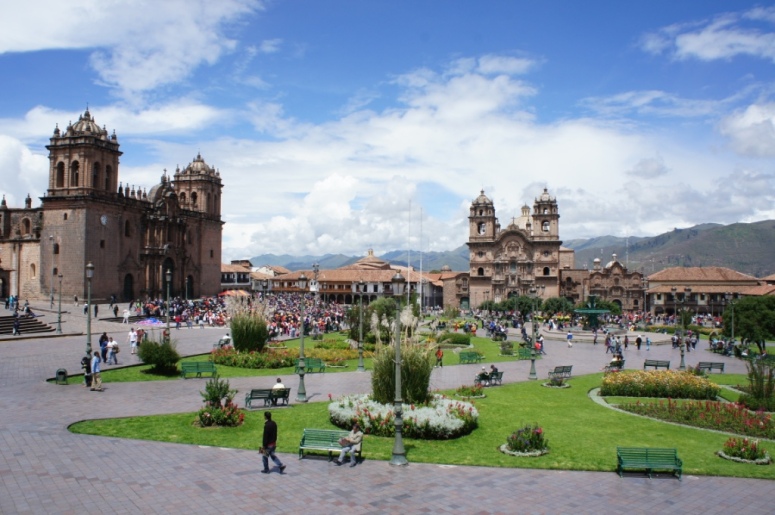
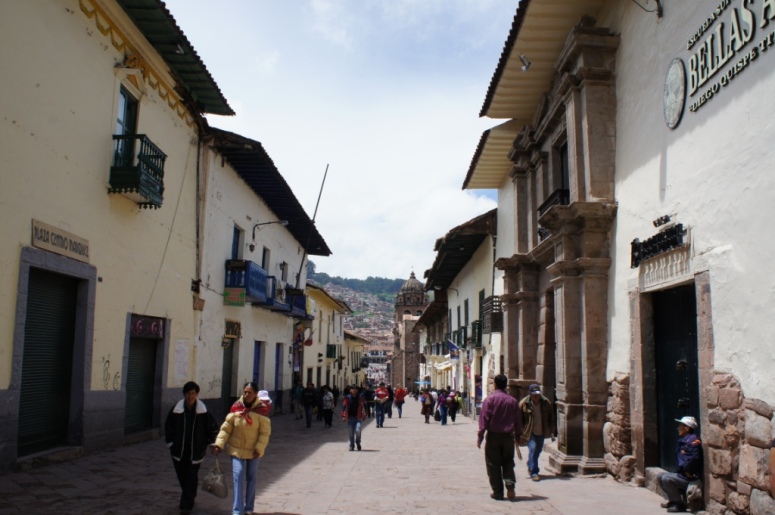
It is beautiful in many parts, with the plaza and squares rivaling any that you find in Europe.
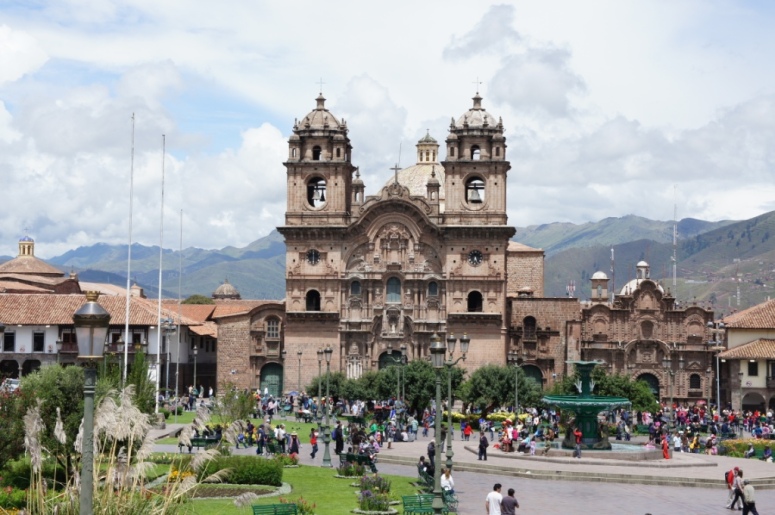
It also has lots of little alleys and laneways with cute little cafes, markets, laundromats, internet cafes and travel agencies.
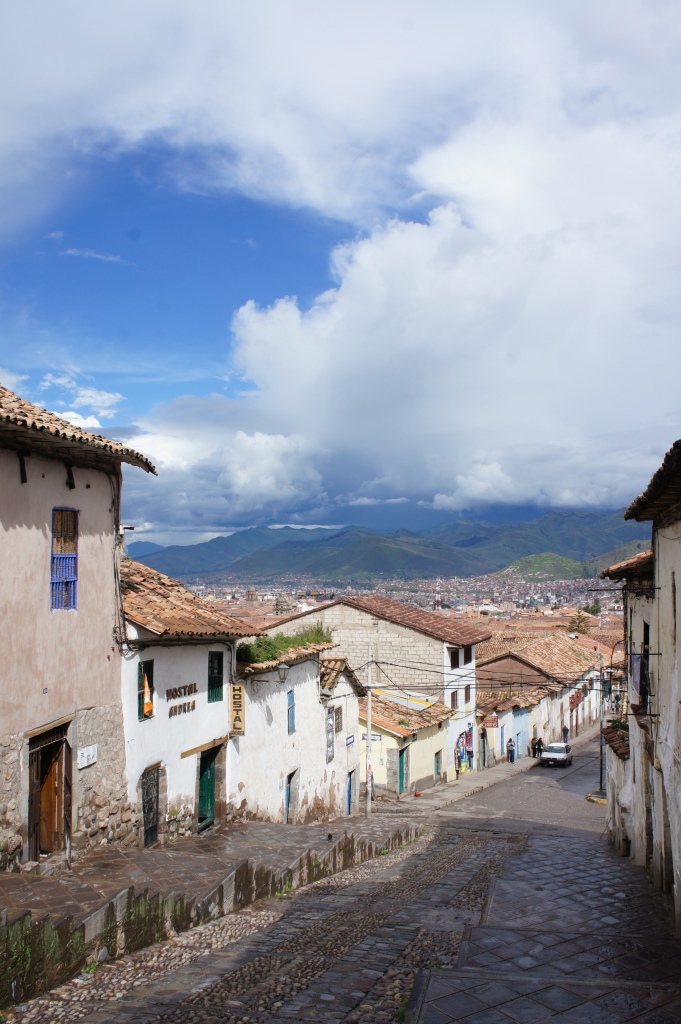
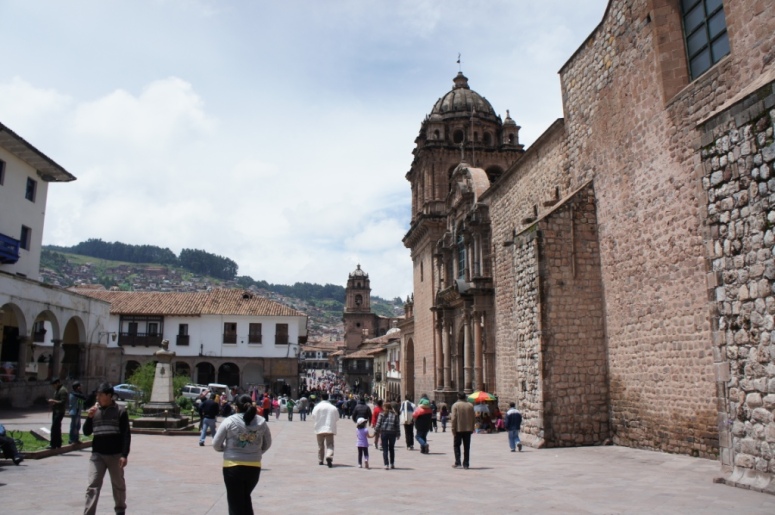
Thousands of travellers or ‘gringos’ as they are called throughout South America visit Cusco each month and the city caters to them.
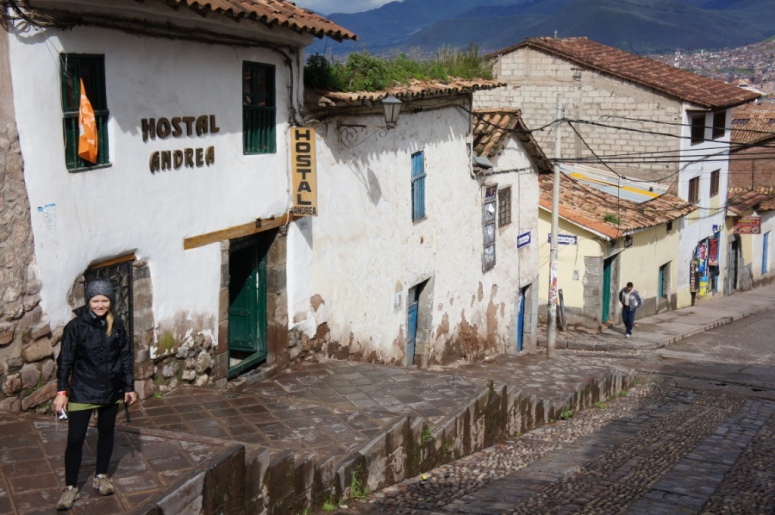
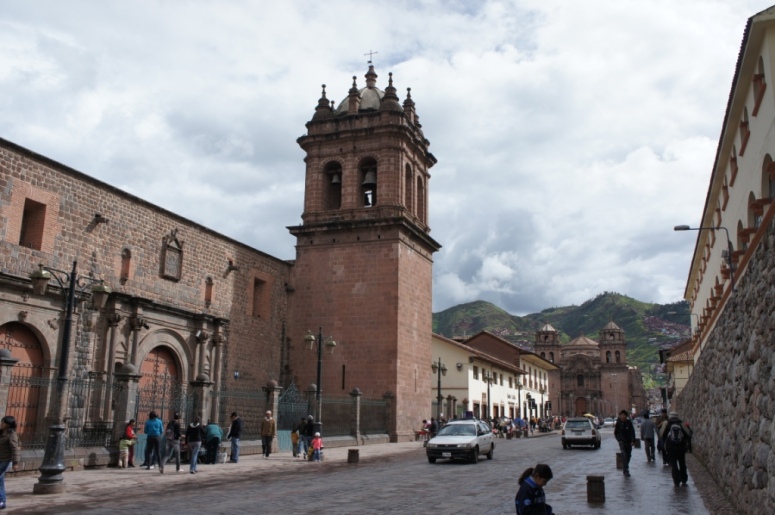
We paid a visit to the San Pedro market but not all the stalls were open, probably due to the anniversary celebration.
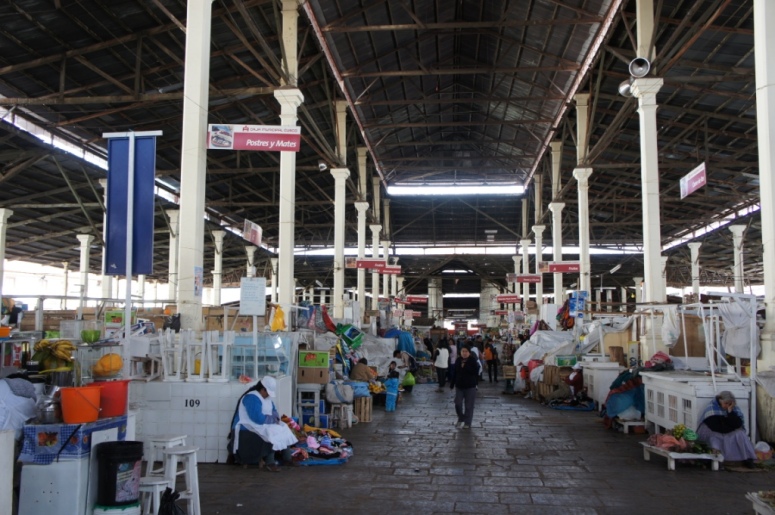
Even the street dogs were off duty.
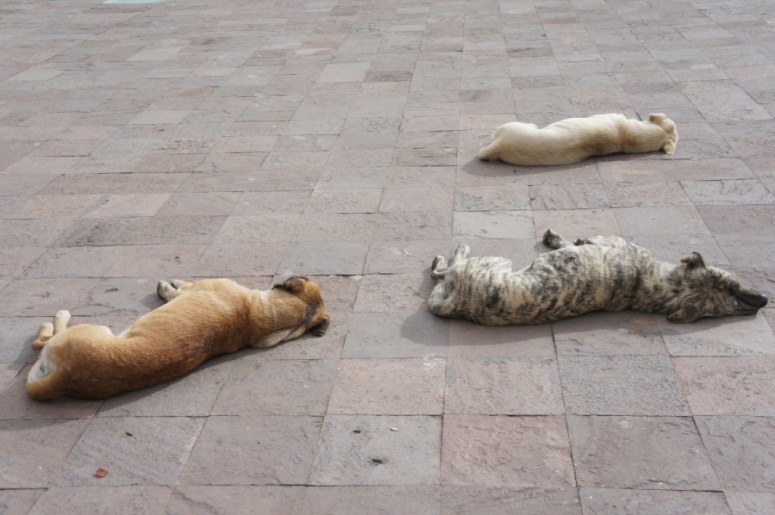
We indulged in some freshly squeezed juice.
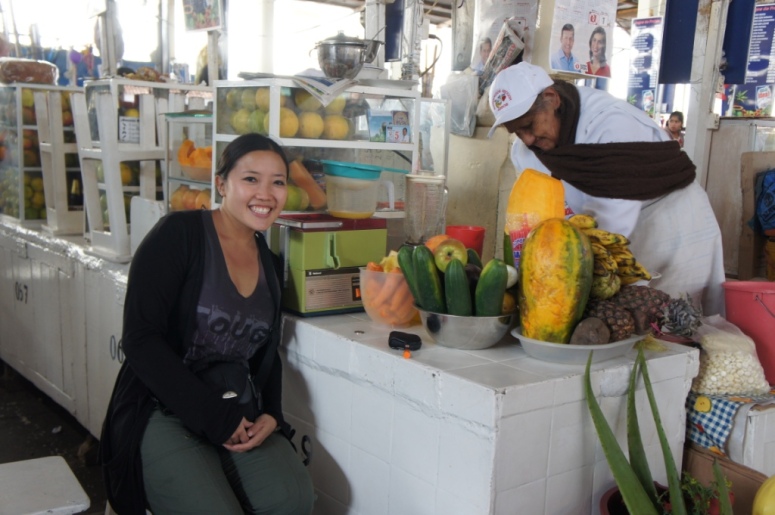
That evening, we went for dinner at Los Perros which is an Australian owned restaurant recommended in the Lonely Planet guide.
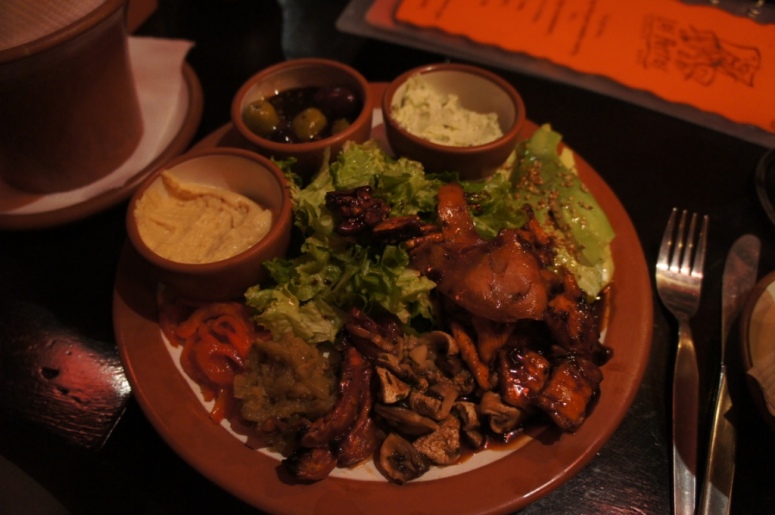
Who should we see there but our British friends from Huacachina! It is a small world indeed.
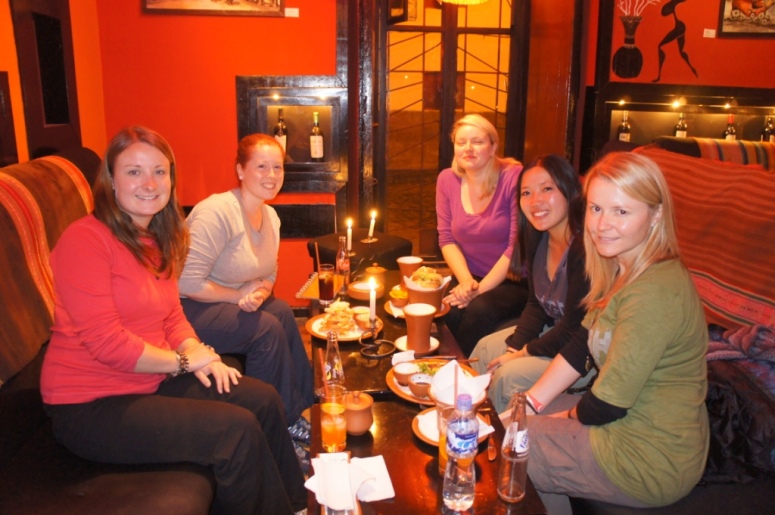
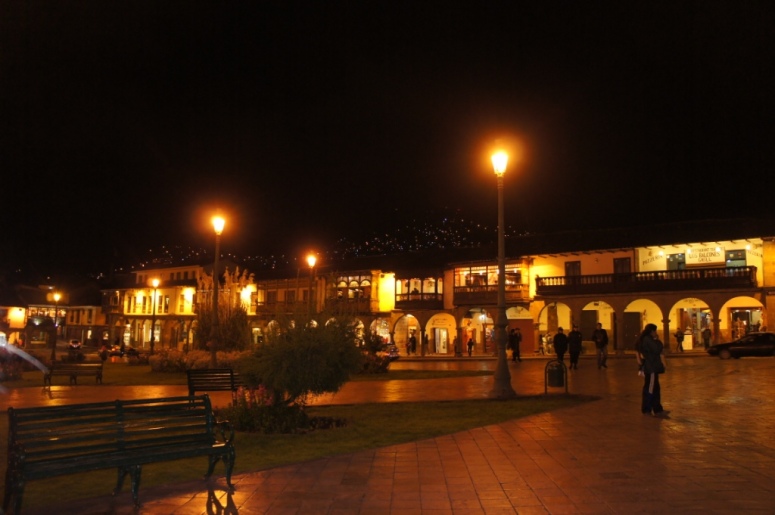
The next morning, we rose at 5am for our Inca trail trek.
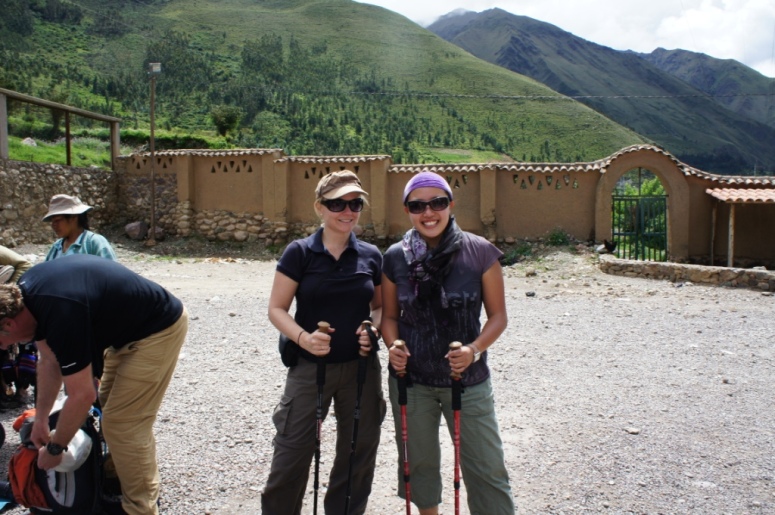
We were picked up at 6am and driven to Ollaytaytambo which is 2.5 hours away in the Sacred Valley.
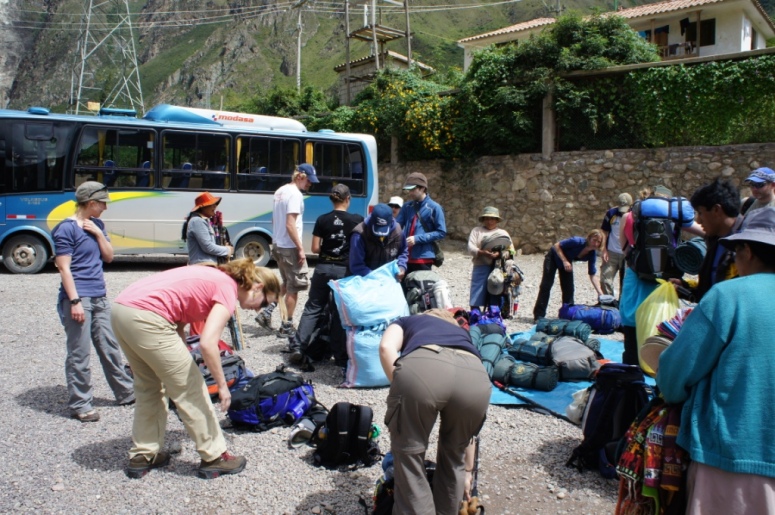
It is a lovely small town with its own Inca ruins. We had a buffet breakfast for US $5 before driving an hour to KM 82 which is where our trail starts.
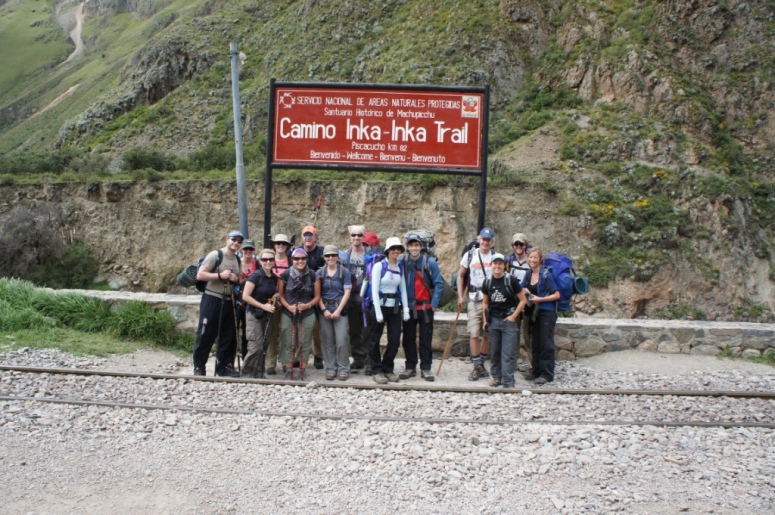
At km 82, the porters (or chaski’s as they are known in Quechuan), weighed our bags as the government is supposedly strict on how much they can carry. My bag weighed 4 kgs which was 2kg under my allowance. This included a foam mat and a sleeping bag which I later found out belonged to our guide.

The first day of the trek is relatively easy and is considered a warm up for the second day.
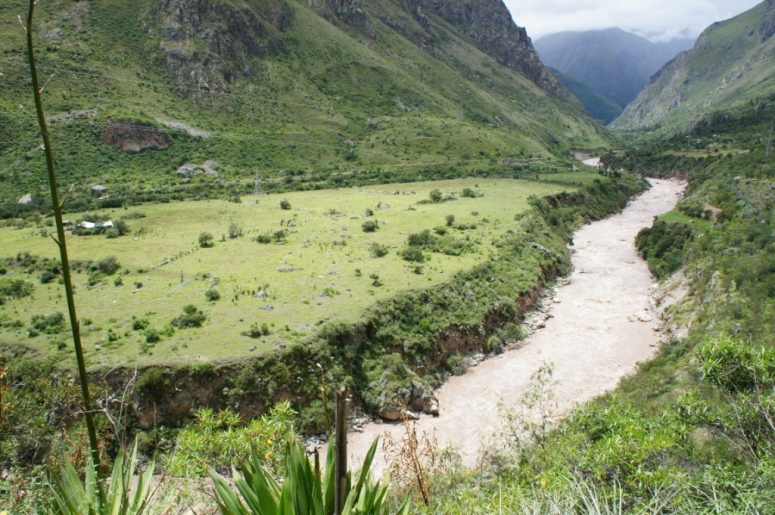
We walked for 3 hours along a gentle rolling trail.
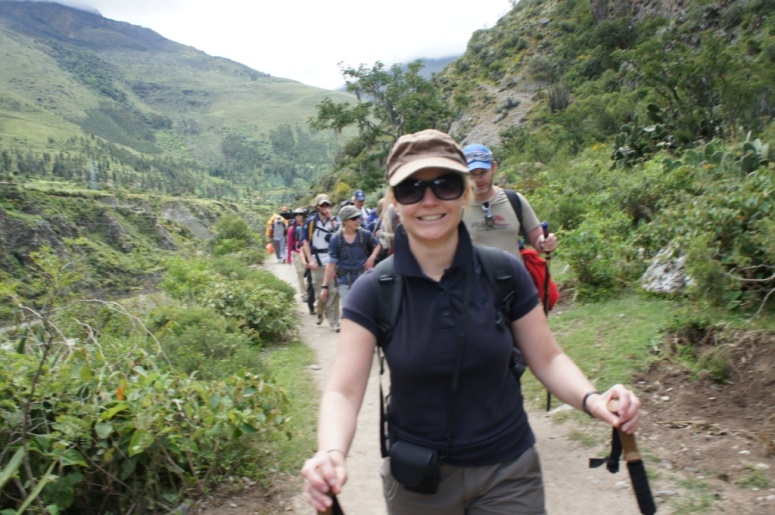
There were ascents and descents but nothing too strenuous.
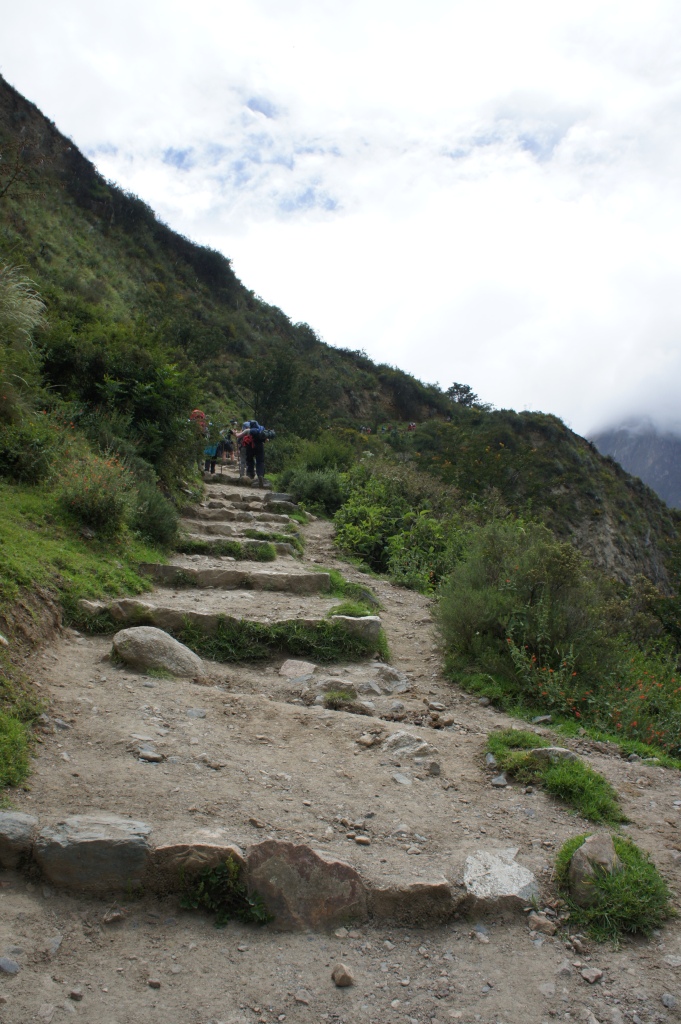

I was in full admiration for a Canadian couple who carried their full backpacks themselves.
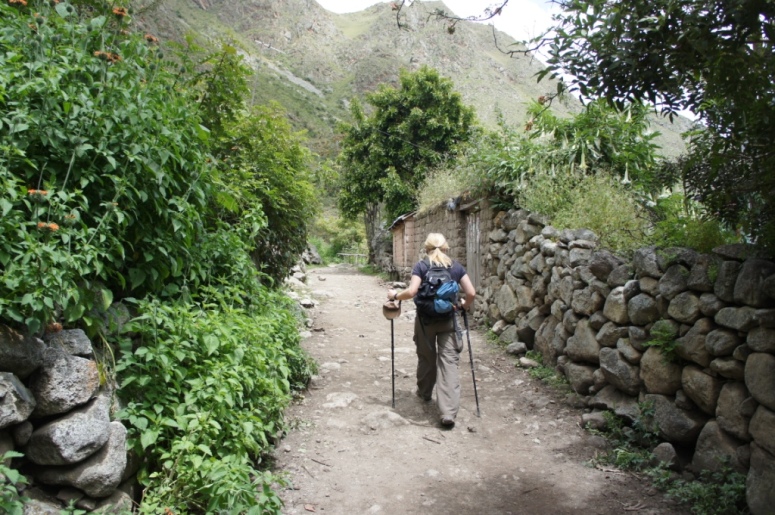
They however, weren’t too impressed with their decision not to hire a chaski.
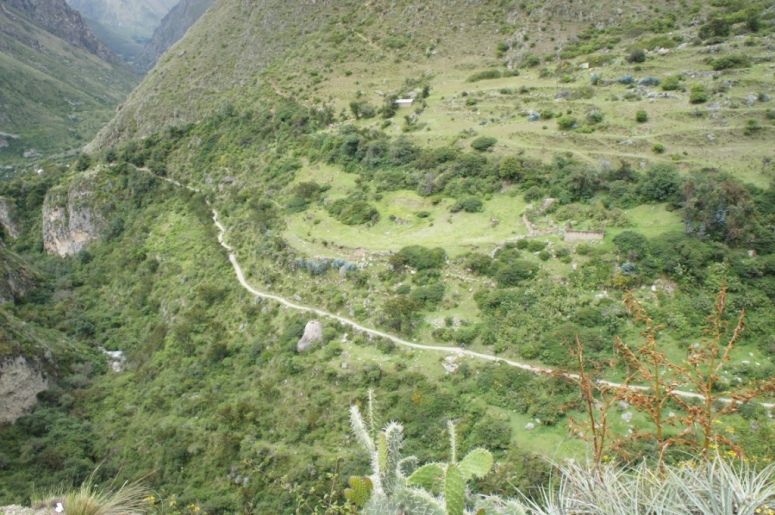

The trail was very scenic, leading us along the river Cuischaca past the ruins of Llactapata.
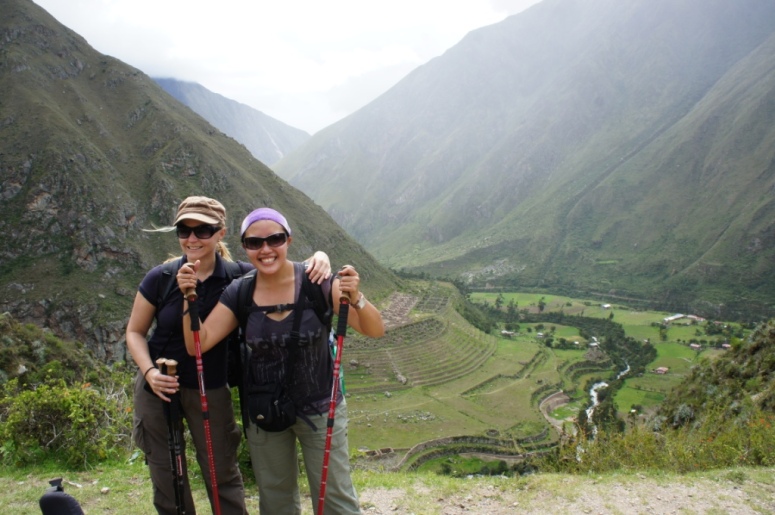
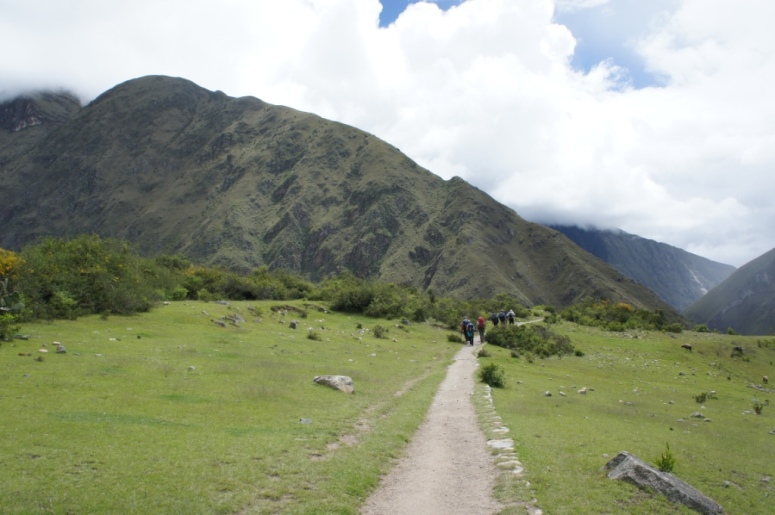
We had a 3 course lunch before walking another hour and 4o mins to our campsite at Wayllabamba.

I fell asleep at 8.30pm, shortly after dinner, woke up briefly at 2am and had a quick pee near a tree outside our tent then fell back asleep until our wake up call at 5.40am.
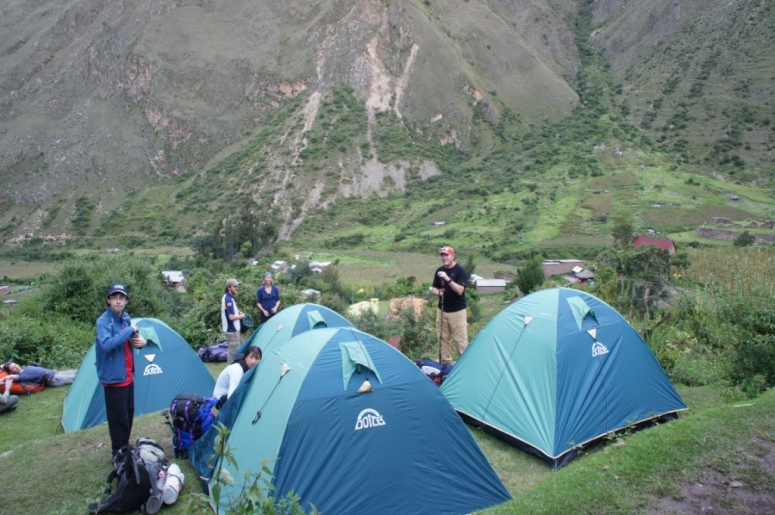
Our assistant guide woke us up with a knock on our tent and tea/coffee or hot chocolate served in our tent.
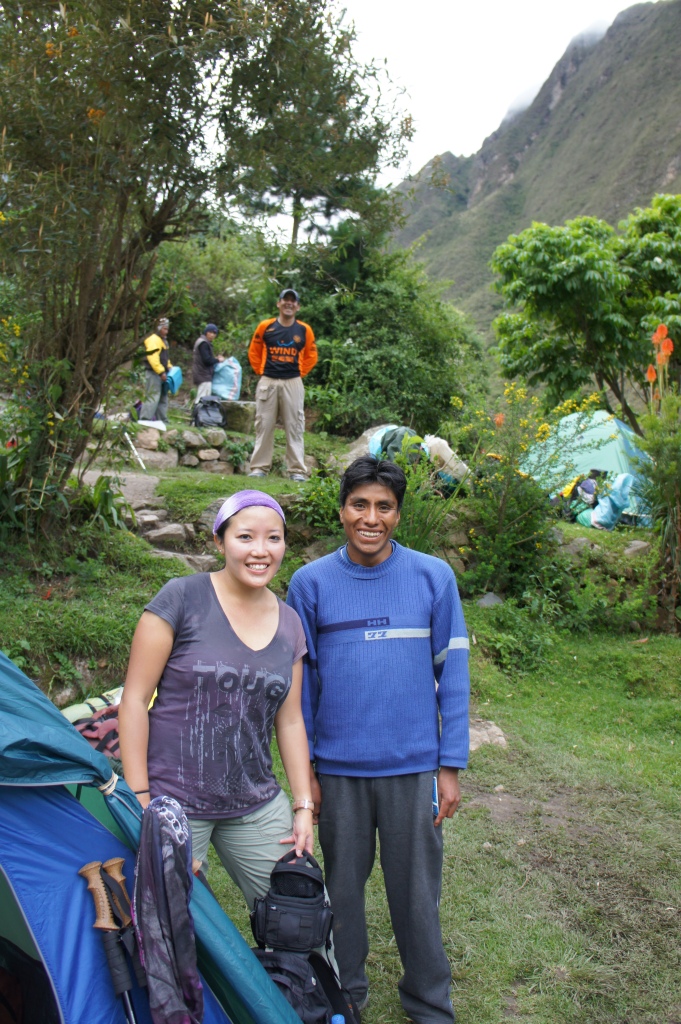
We had a hearty carb filled breakfast as the second day is supposed to be the hardest day of the trek.

Some of our group decided to hire a local chaski from the area to help carry their backpacks for the day.
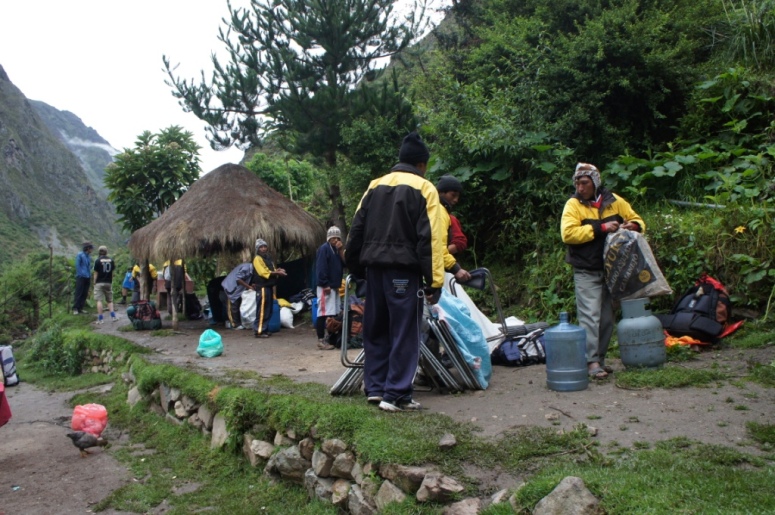
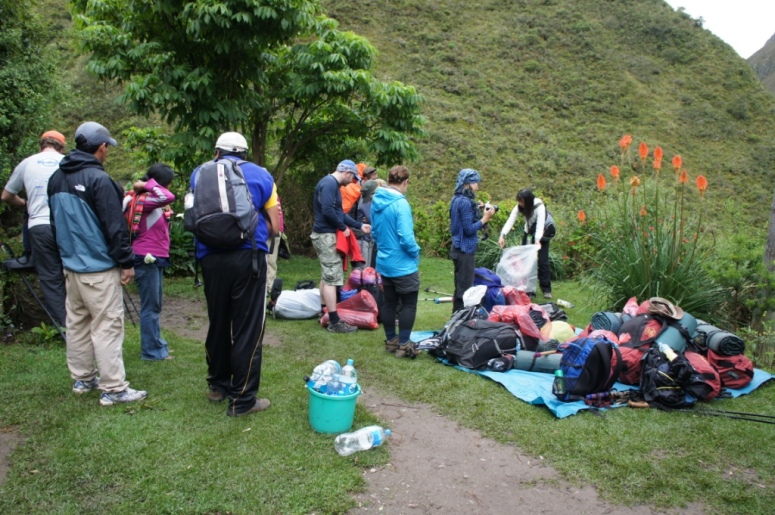
The trail didn’t waste any time.
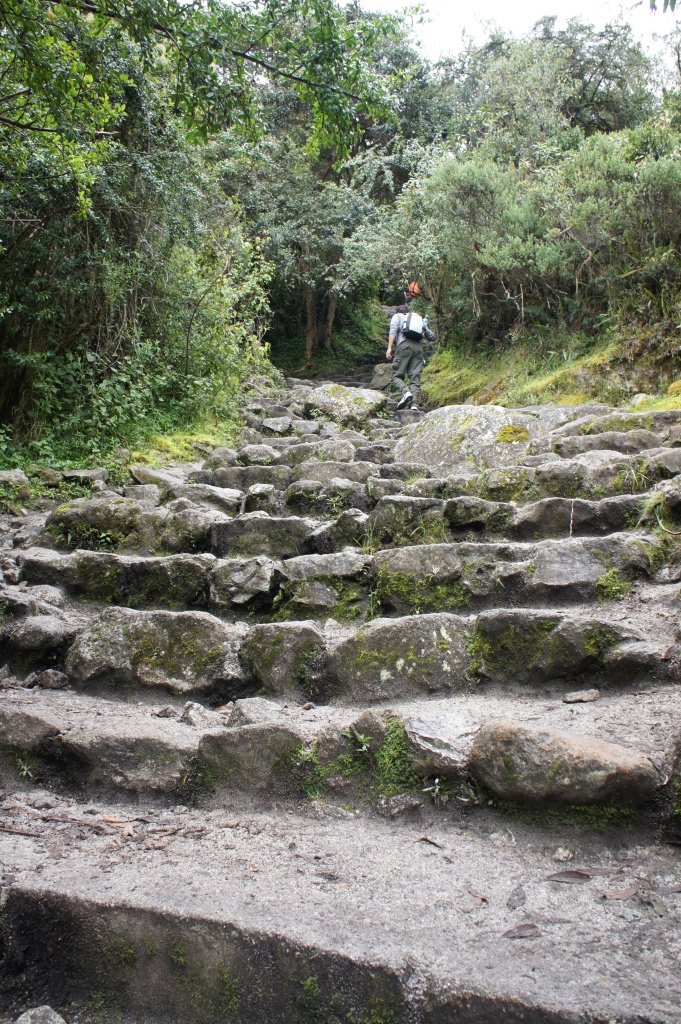
We started climbing from the moment we left our campsite, following Llulluchayoc River until we reached a beautiful cloud forest.
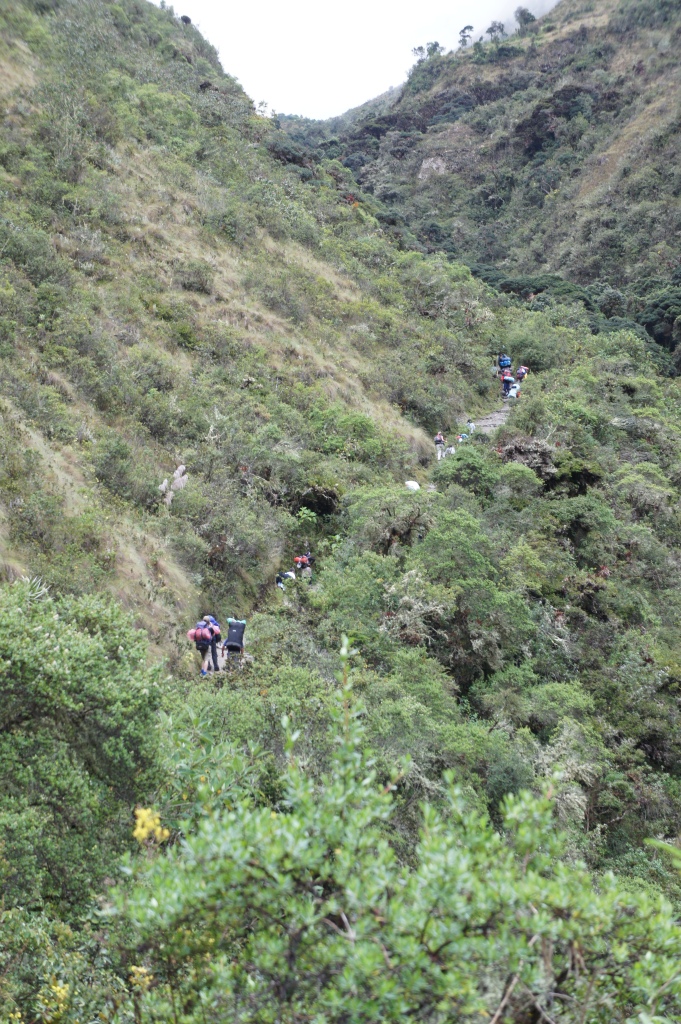
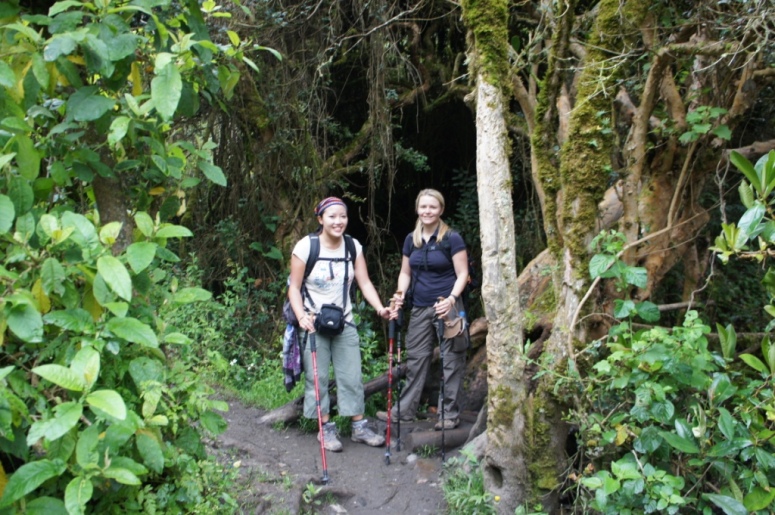
We continued upward for another 3 hours through steep woods and passing through waterfalls.
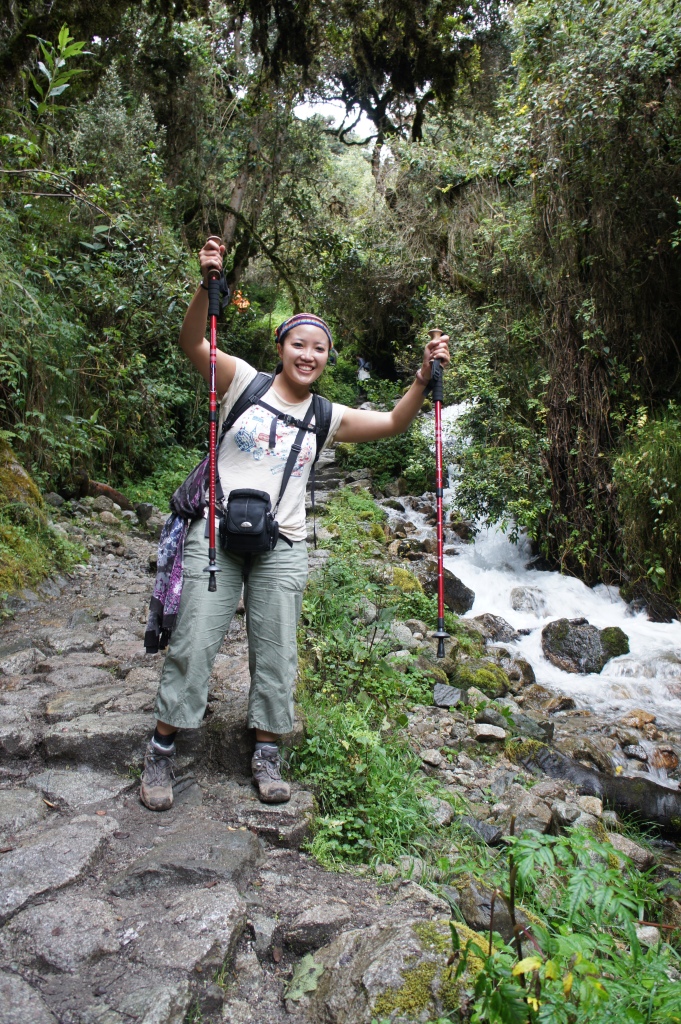

We walked on the left hand side of the trail as we were constantly overtake by chaski’s carrying triple our load.
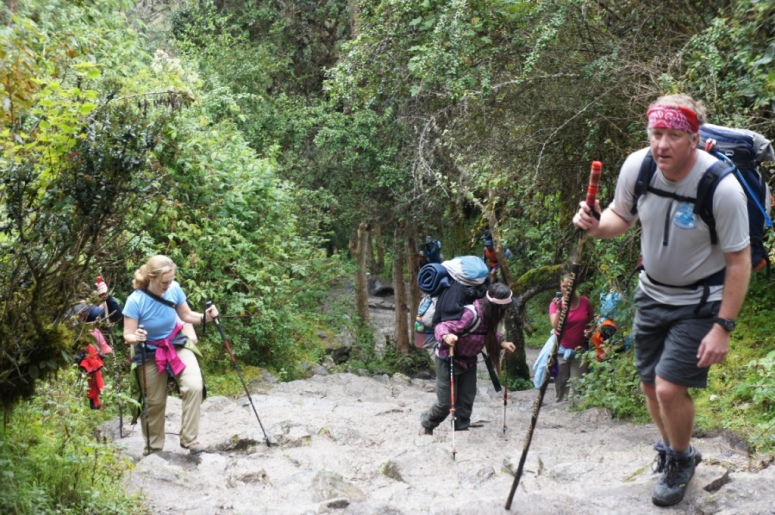
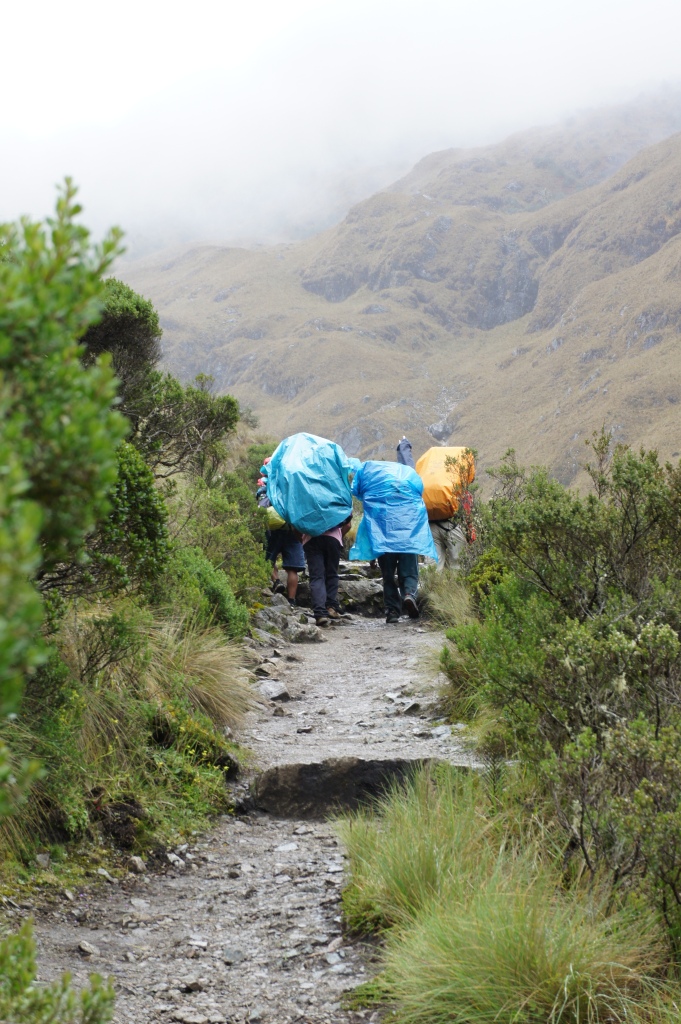
The chaski’s carry our tents, chairs, cooking equipment and walk at twice the speed that we do. It’s incredible.
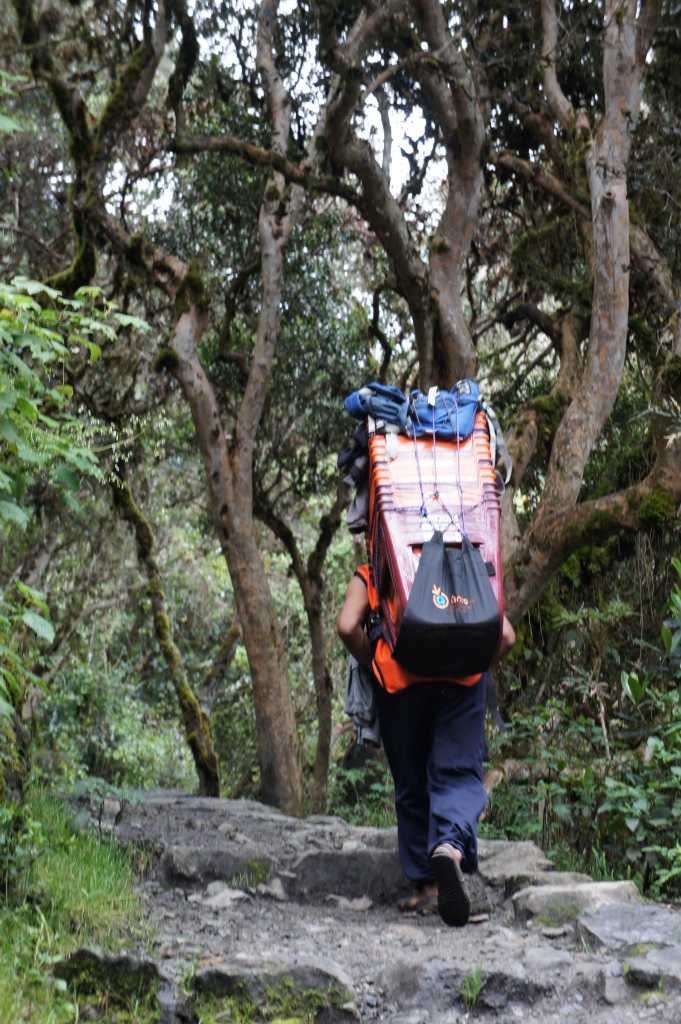
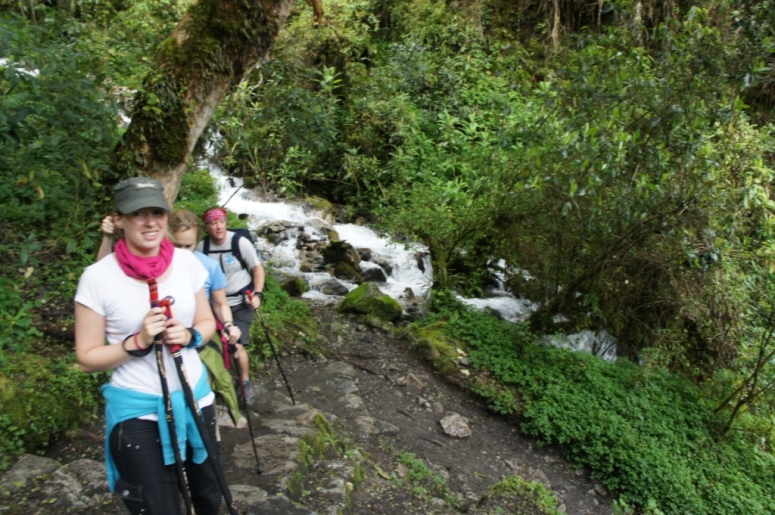
At our pace, we were even overtaken by llamas.
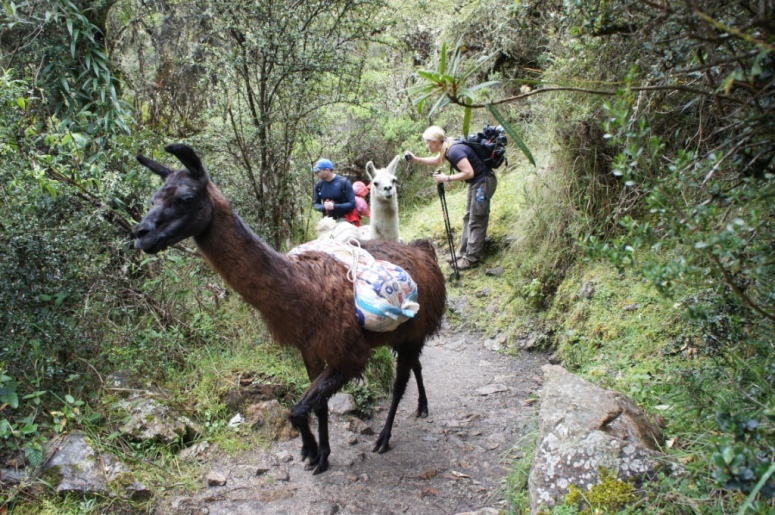
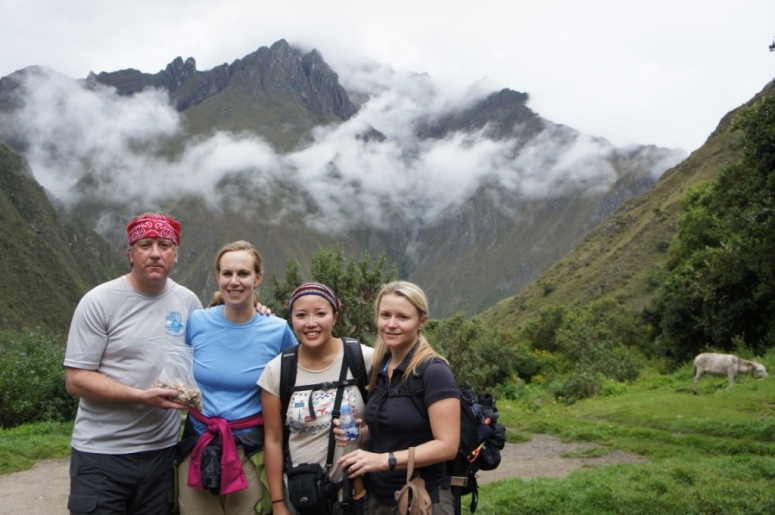
Just before the climb to Dead Woman’s Pass, we stopped for morning tea.
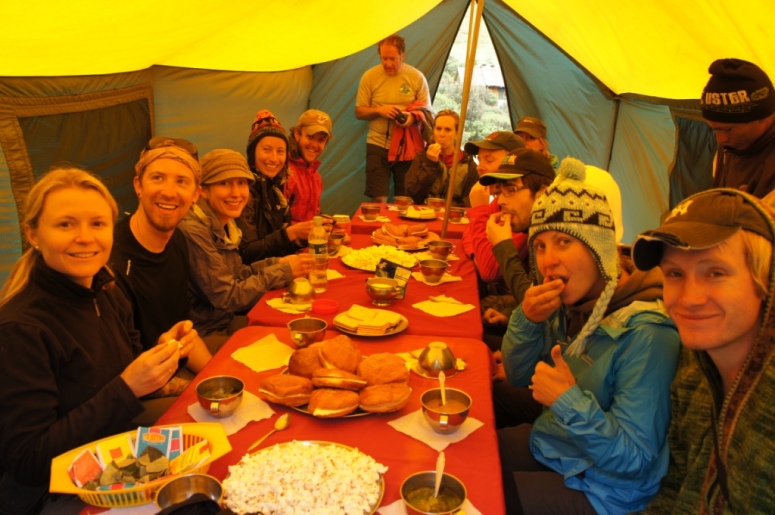
After refuelling up on cheese sandwiches and popcorn, we began the punishing 1.5 hour climb to Dead Woman’s pass.
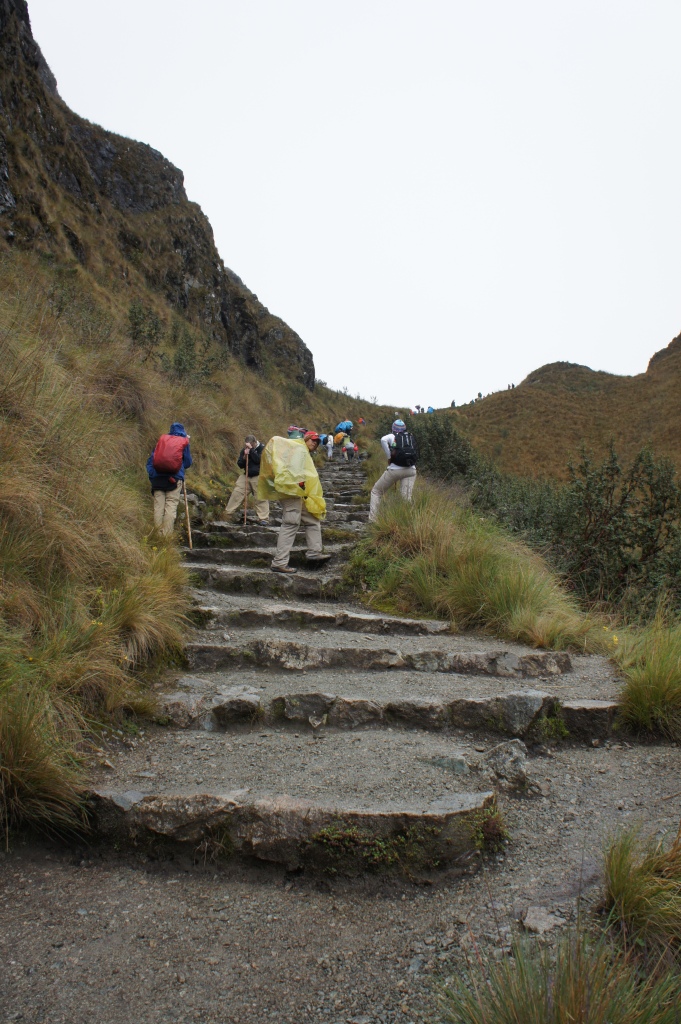
Truth be told, it was no more strenous than our Colca Canyon trek as long as we kept a steady even pace.
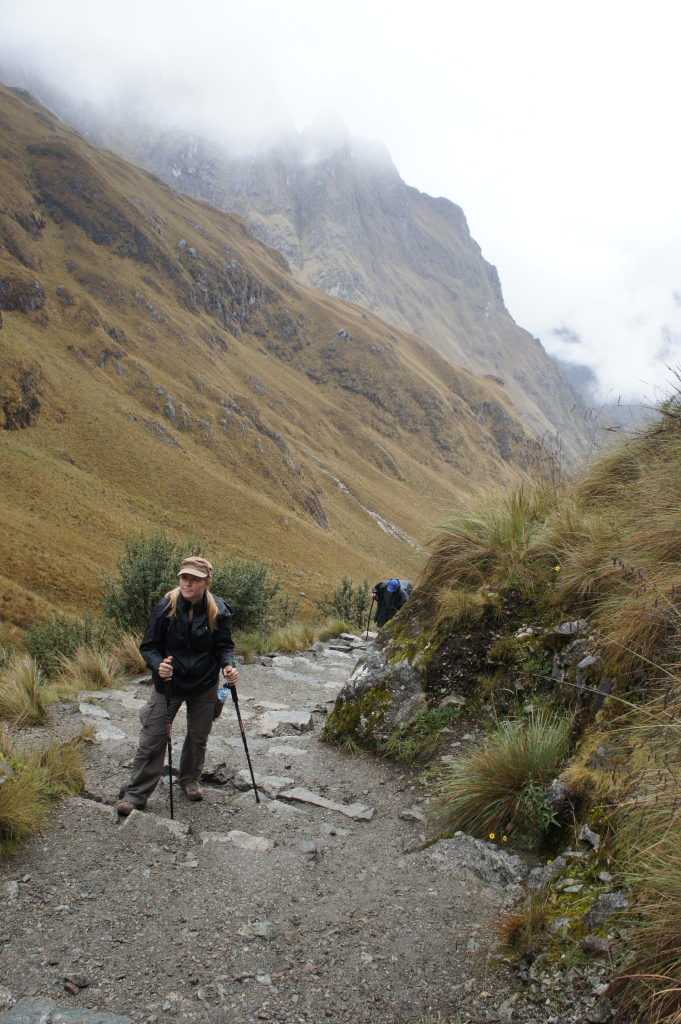
The only additional factor to contend with was the altitude. I was fine at 4200m but I had noticed that my breath was alot shorter than it would have been 500m lower.
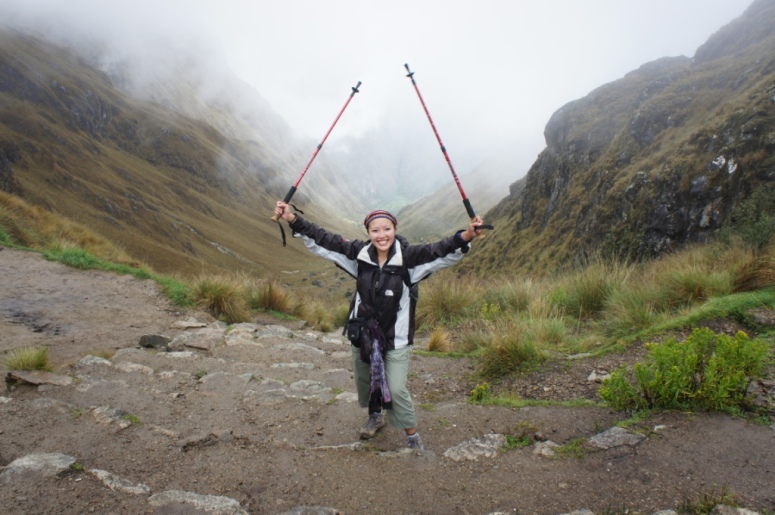
Once we reached the top, we celebrated with well earned snacks and posted for photos.
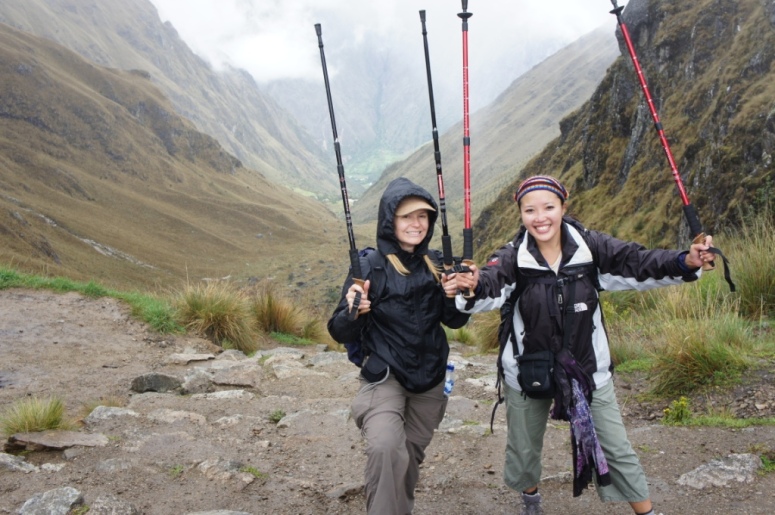
We had just completed the most difficult part of the trail.
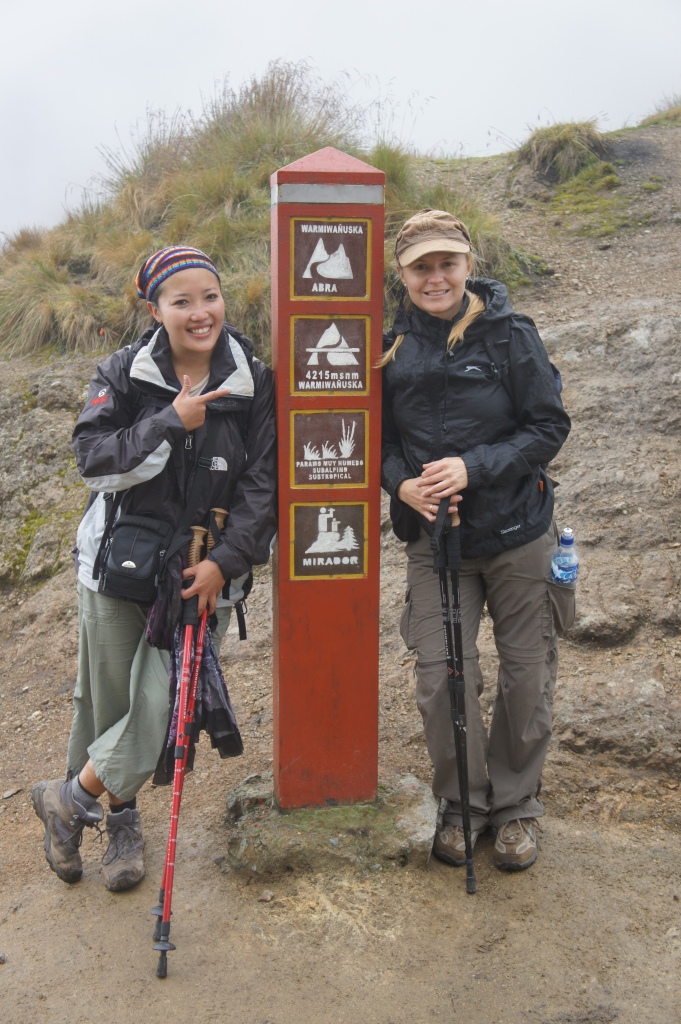
The descent down to the Pacamayo campsite was a steep 1.5 hour rocky trail for which I was grateful for my anti shock trekking poles.
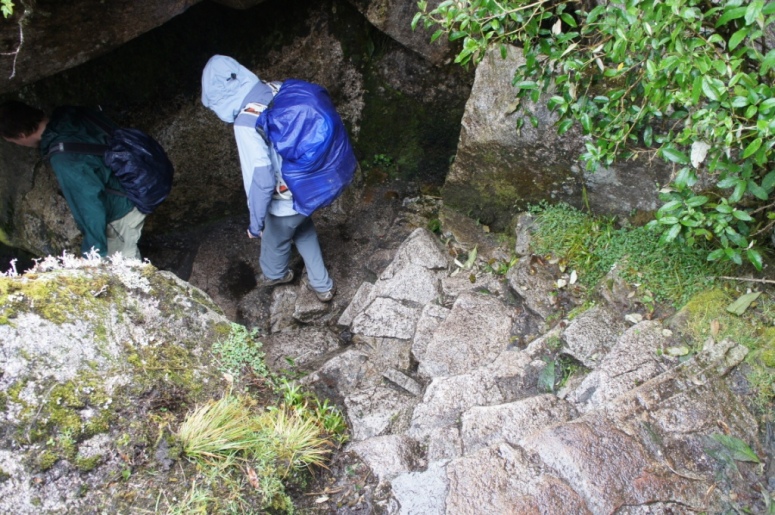
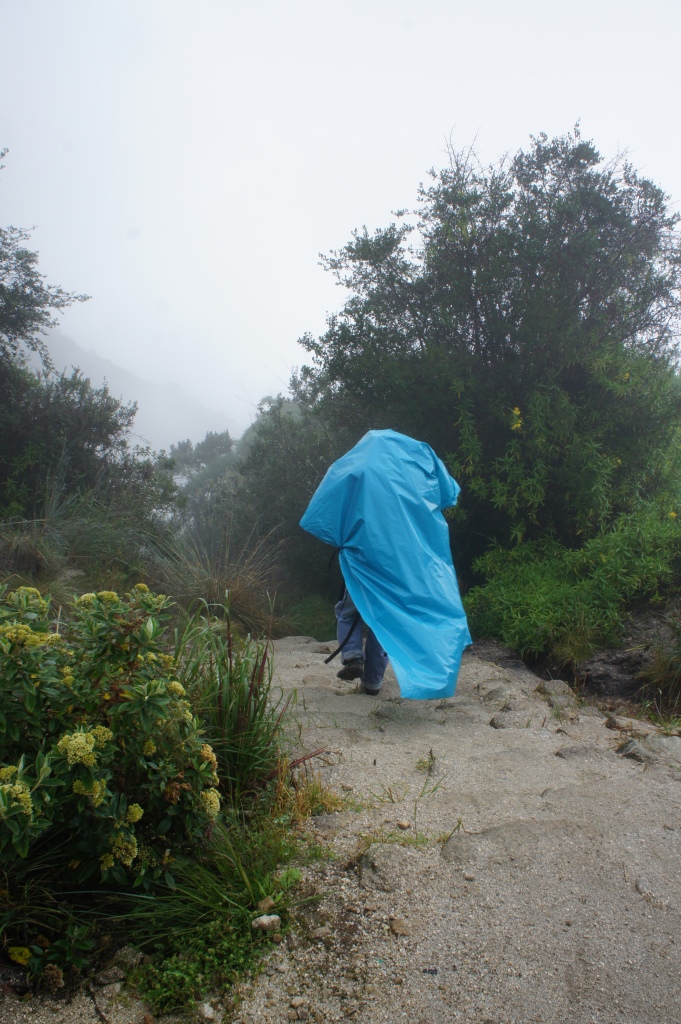
By the time I reached the campsite, I was starving. Lunch was generous and delicious as always.

In the evening, we learnt more about the community life and religion of the chaskis and posed for a group photo.
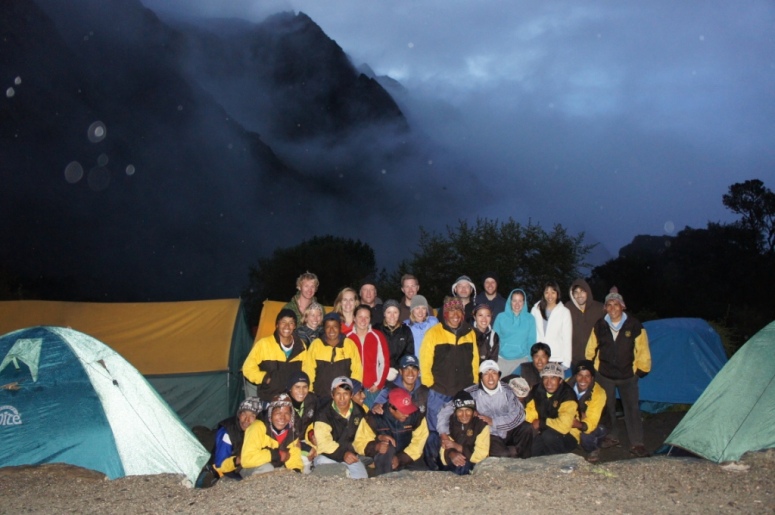
At this point, a thick mist had gathered in the mountains, preventing us from seeing the views.

While the hardest part of the trail was over, many trekkers find the third day harder as it’s a longer day and they have the previous days aches and paints to contend with.
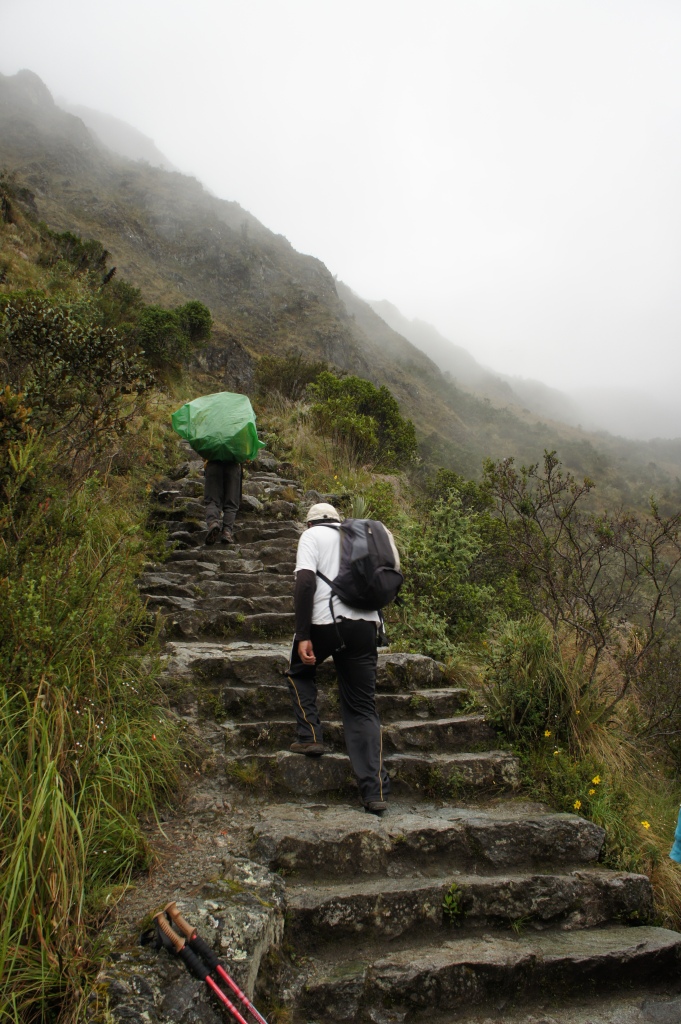
I woke up in the morning in high spirits and with fresh legs but it didn’t take long before both were tested by an uphill up steep steps for 1.5 hours.

The first 50 mins brought us to the ruins of Runkuracay where we stopped for a brief visit.
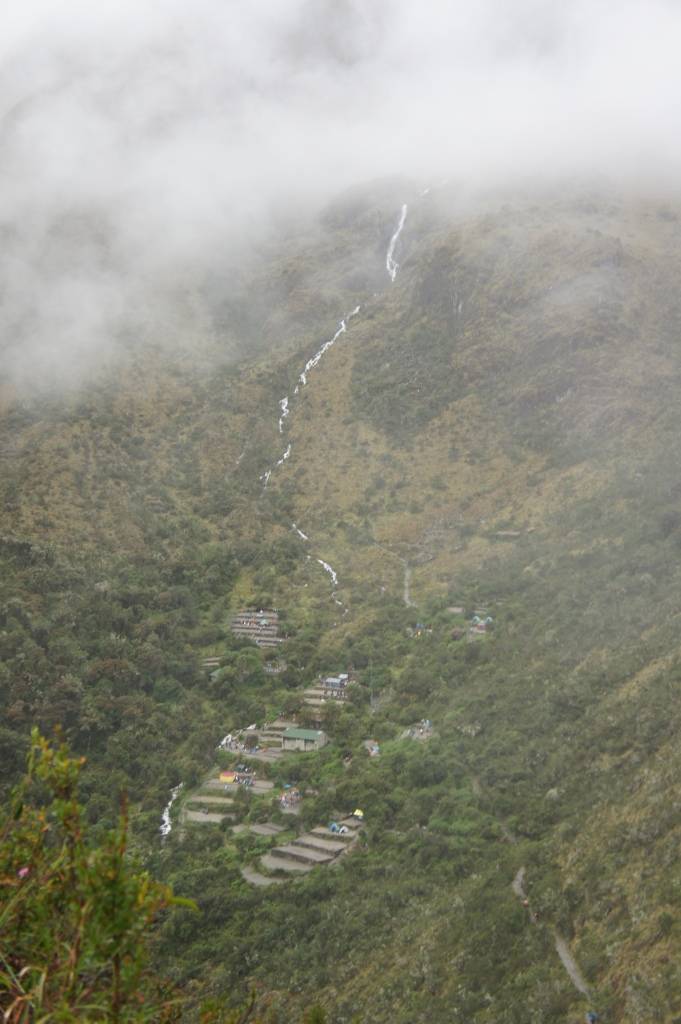
The other 45 mins hike up even steeper steps brought us to the top of the second pass which was 4000m.
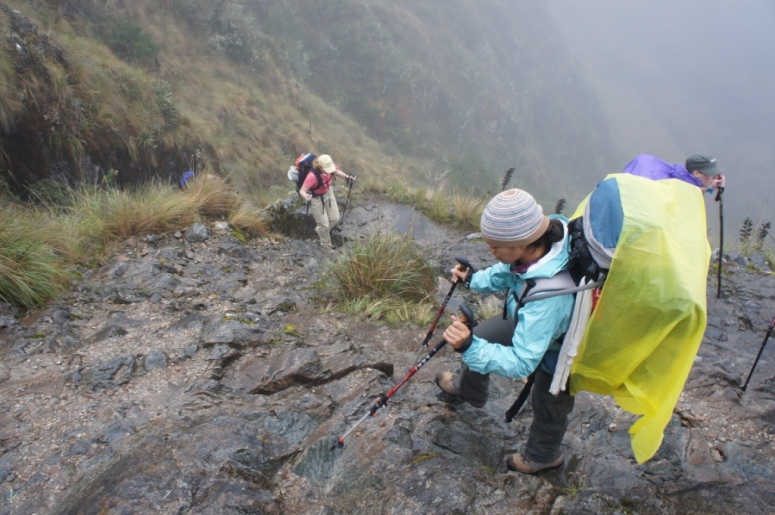

From here, we descended back to approximately 3500m via a steep paved trail.
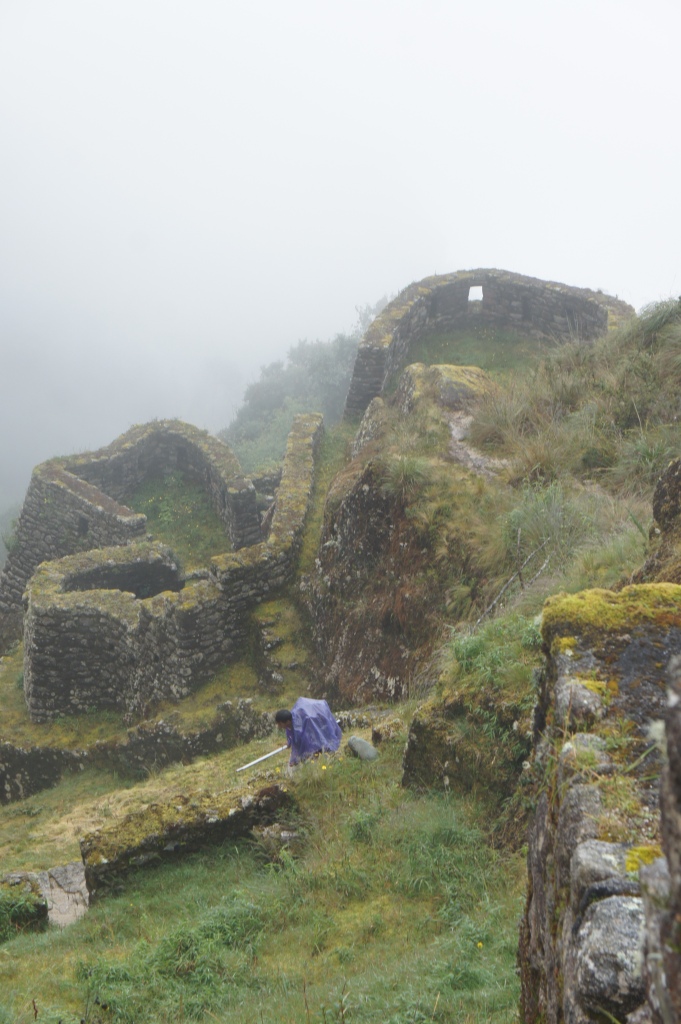
This took just over an hour. It had been drizzling in the morning but by the time we reached the ruins of Sayacmarca, the rain was heavy enough for us to put on all our rain gear.

From Sayamarca, it was another 20-30 mins along a flat trail to the site where we stopped for lunch. By this point we were all drenched and many of us learnt the hard way how un-waterproof our jackets/ponchos really were.
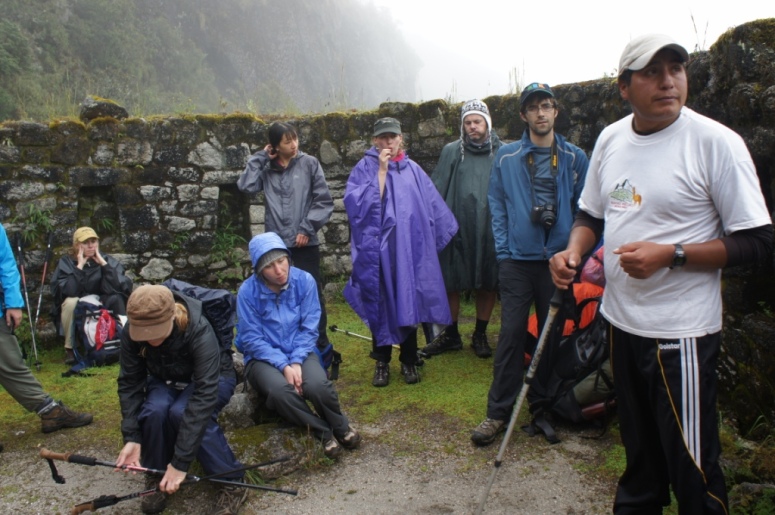
The trail up to the next pass went on for about an hour and a half and was easily the nicest section so far. It was like walking through a rainforest with hanging mosses, flowers and a relatively flat trail.
None of us knew we had reached the third pass (3700m) until we got there as the incline had been so gentle. We stopped here for a break and to refuel before starting the awful 1000m descent down to our campsite at Winay Wayna.

The stairs are nicknamed the ‘Gringo Killers’ due to their steepness and the sheer number of them. Our guide told us a couple of Canadian kids counted the steps and they counted 2900 steps.

It took us between 2 to 2.5 hours to finish them. We were soaked through when we reached the campsite and I was mentally tired from the strain of concentrating on not falling for such a long time.
The third night was our last night with the chaskis so in keeping with tradition, we sang them a song, offered a thank you speech in Spanish, which Helen delivered with aplomb, offered up a Quechuan prayer and their tips.
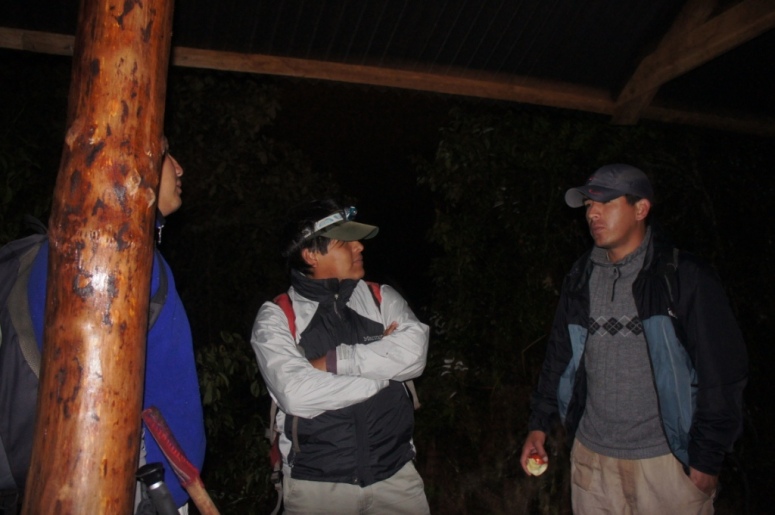
Apu the cook, made a birthday cake for Beata who turned 29 on the second day of the trek.
On our last morning, we woke up at 3.40am, had breakfast at 4am and was at the entrance of Machu Picchu national park at 4.30am waiting for the gates to open at 5.30am.
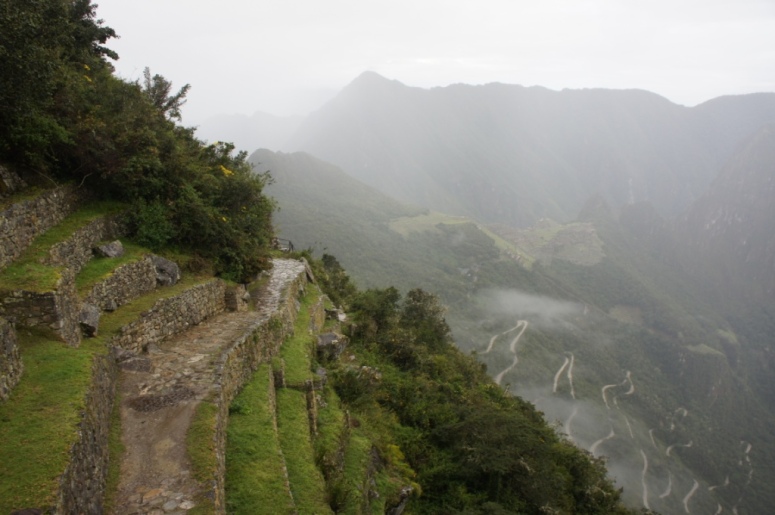
At 5.30am we set off at a fast pace to try and make it to Machu Picchu before sunrise. In the 3 days preceding this day, I haven’t been as out of breath as I got in that next hour. I start off power walking to keep up with the pace our assistant guide set and was fine with it for about 40 mins until the trail began to go uphill.

None of our group stopped and we passed many other trekkers along the way who had stopped to take off a layer or drink some water. I was breathing heavily and could hear everyone else around me panting. I wasn’t sure how much longer I could go keep up the pace.

I saw the trail climb up quite sharply ahead of me and thought that we were finally at the end of the climb until we came to a sudden standstill. Beata looked back at me and asked me if I had any rock climbing equipment.
To my horror, she began to climb an almost vertical flight of stairs on the left hand side of us. It was so steep that it looked like a wall. I looked up at what I had to climb and felt dread.
There were about 50 steps leading to goodness knows where!!
I started clambering up but didn’t stop at any point as I figured I would probably get stuck if I lost momentum.
The steps were so narrow that some of the guys with their larger feet and bigger backpacks had to use their hands as well.
When I reached the top, our guide was waiting at the top with a hi-five and his congratulations. We had reached the Sun Gate before 7am!
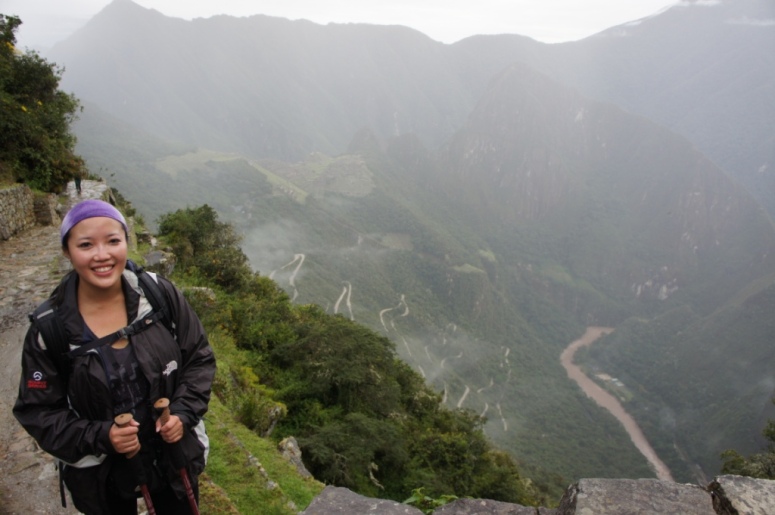
I couldn’t even lift my hand up for a hi-five. I was gasping for breath and boiling hot. At the top I took off my hi-five and immediately broke out in a sweat. One of the guys from our group reached the top and exclaimed ‘Incas! You’ve won!’
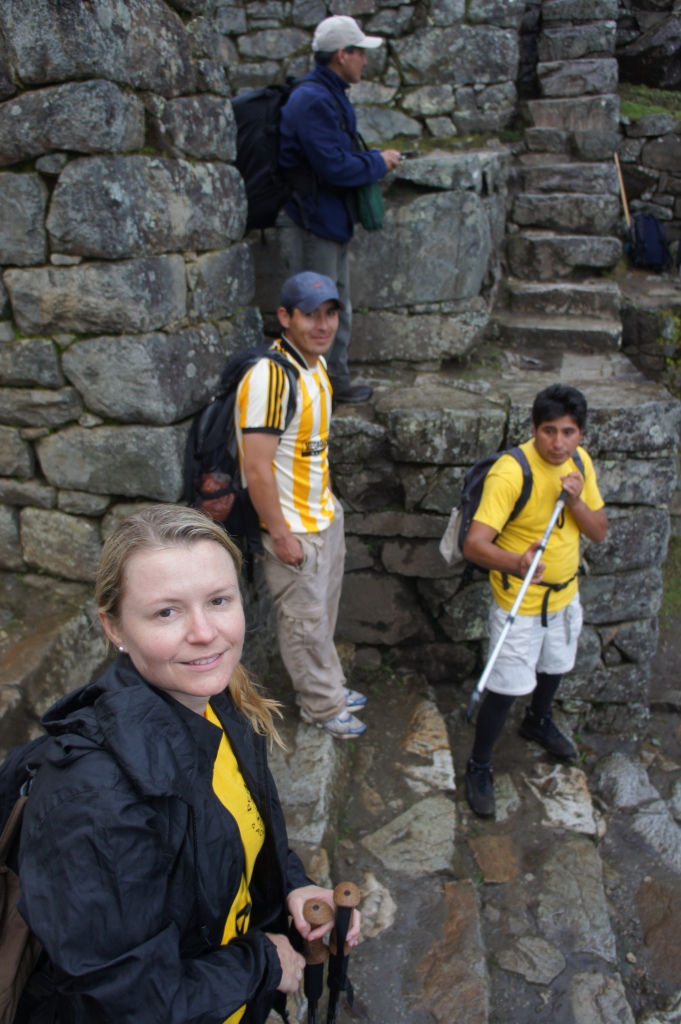
From the Sun Gate, we had our first glimpse of Machu Picchu in the distance.
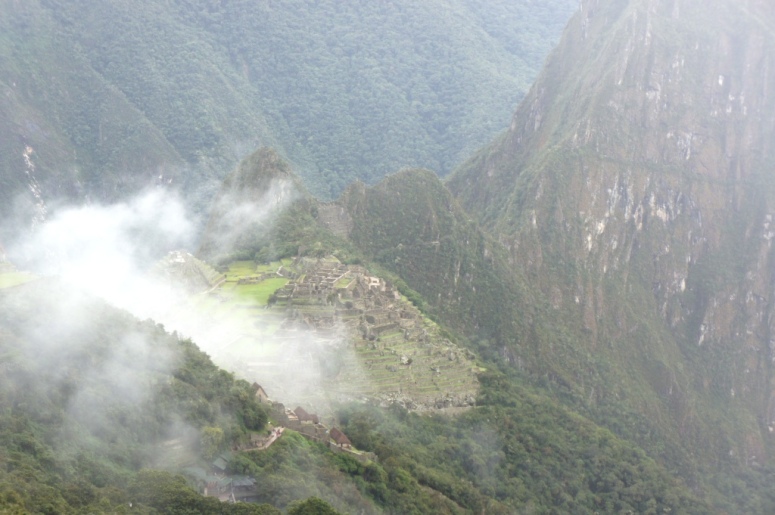
We stopped at the top for a much needed break and a drink. I had a pancake and a slice of bread for breakfast but I was ravenous barely 2 hours later.
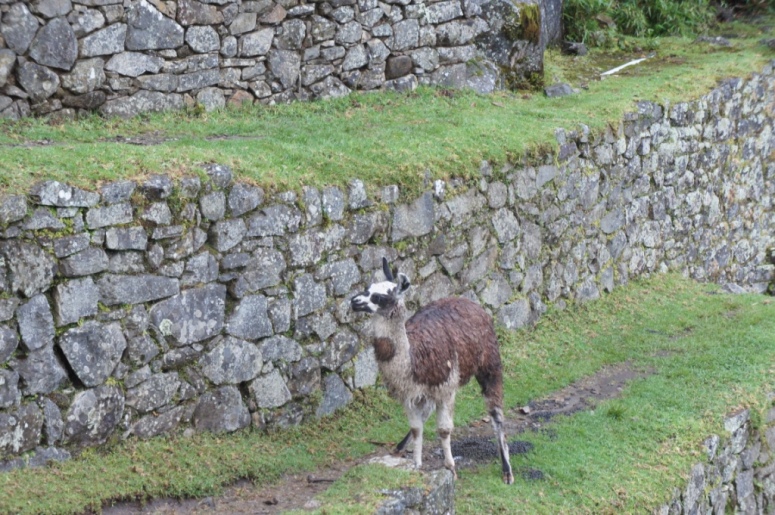
It was another 20 mins walk to Machu Picchu where our first vantage point was the ‘Watchmen’s hut which is the classic postcard viewpoint.
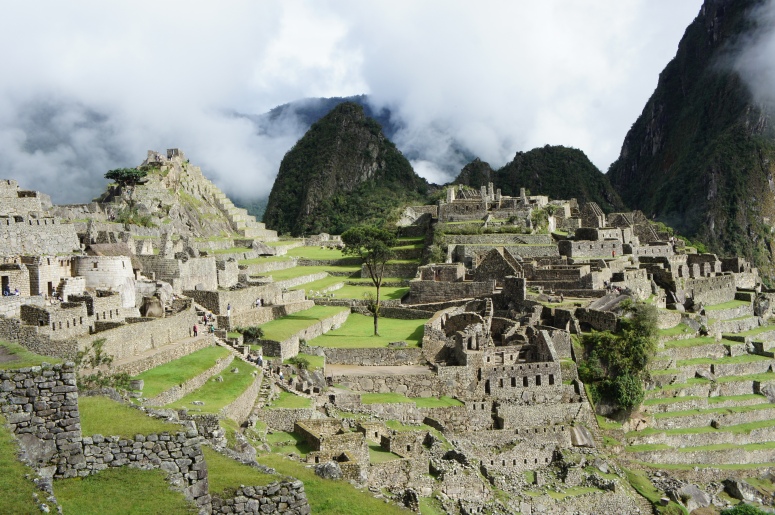
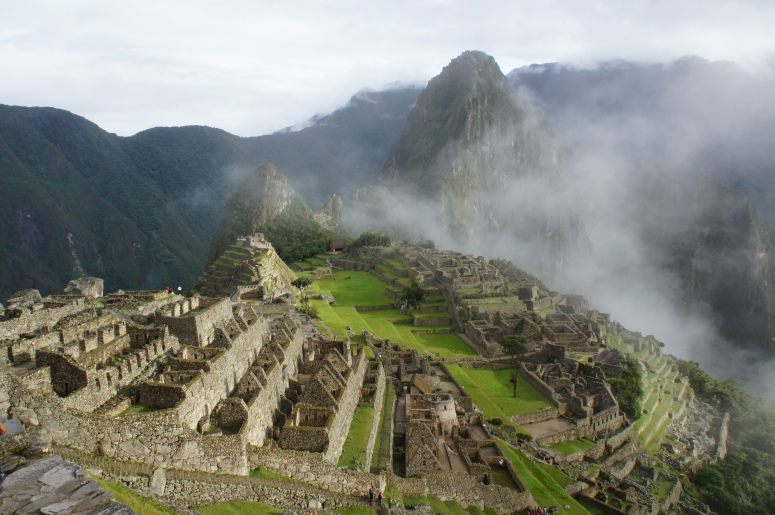
No postcard or photo can do Machu Picchu justice.
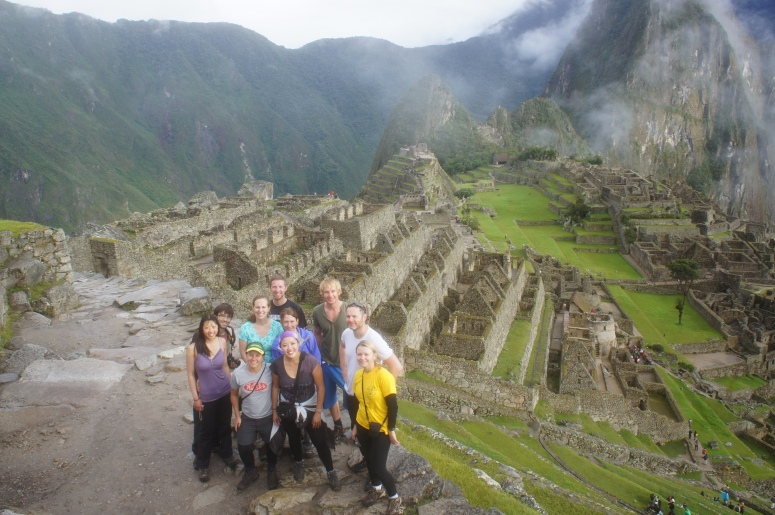
The ruins were truly breathtaking.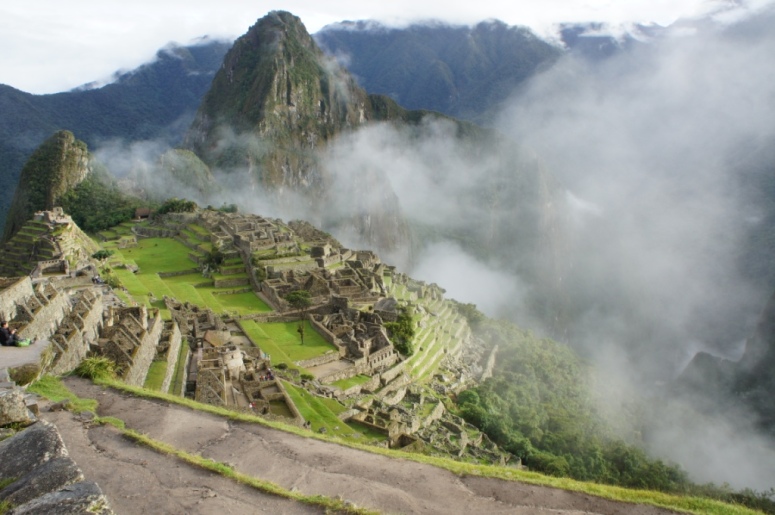
The sun was shining and the mist from the morning had cleared.
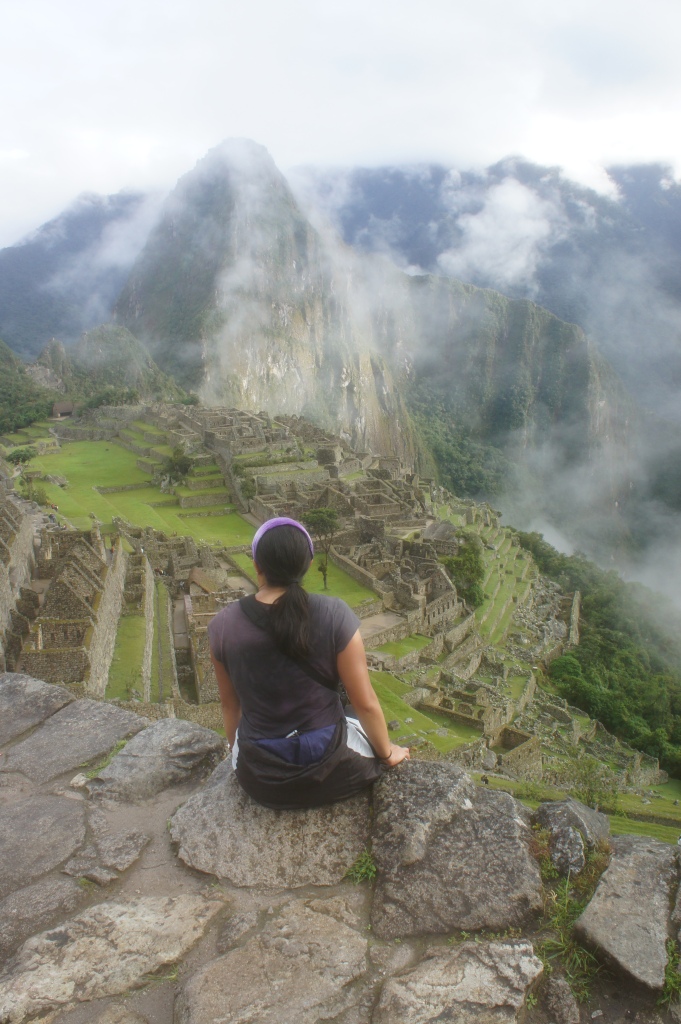
It was a really beautiful day and we were very fortunate considering the heavy rain the day before.
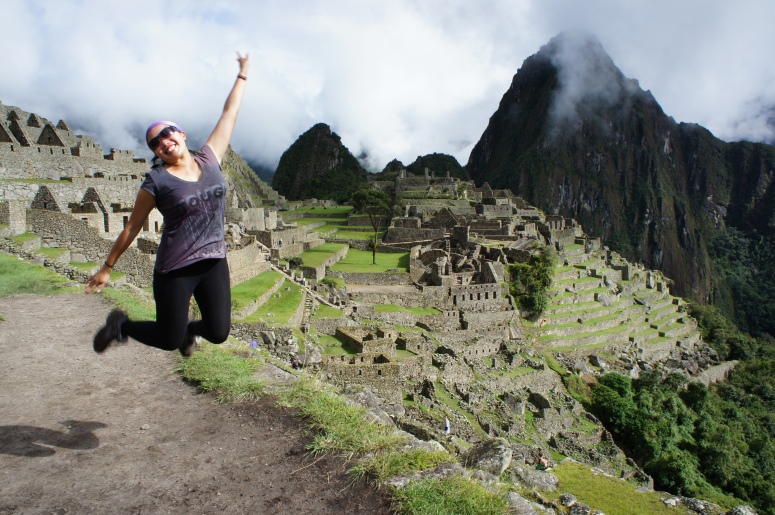
Here, we took countless photos before entering the ruins for a 2 hour guided tour.
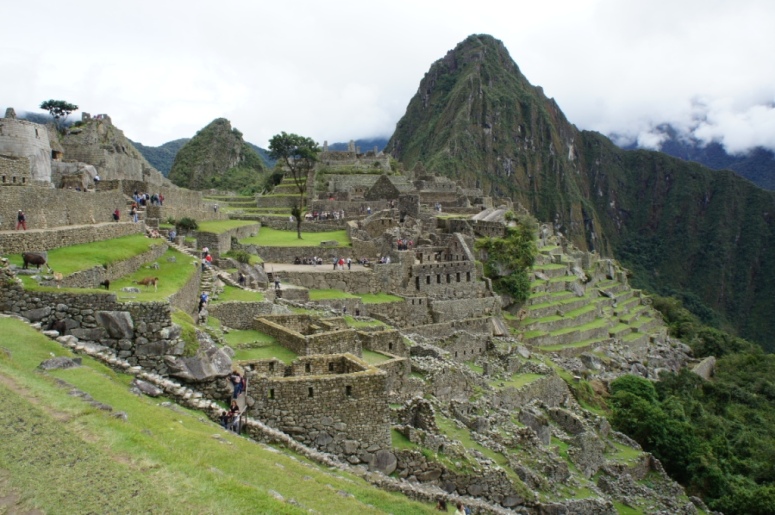
Along the way, we posted for several group photos…….
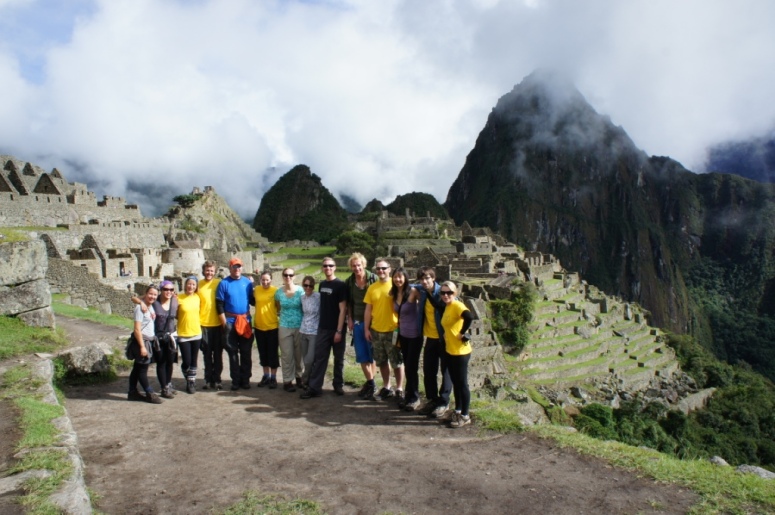
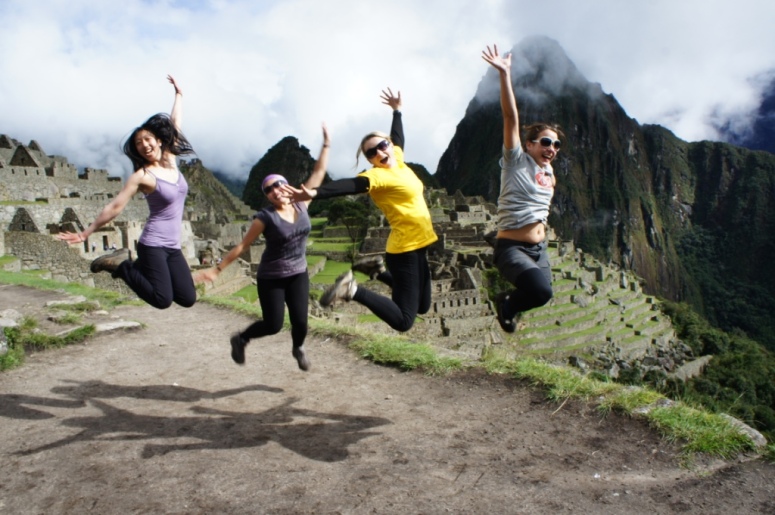
took photos of the local residents…….
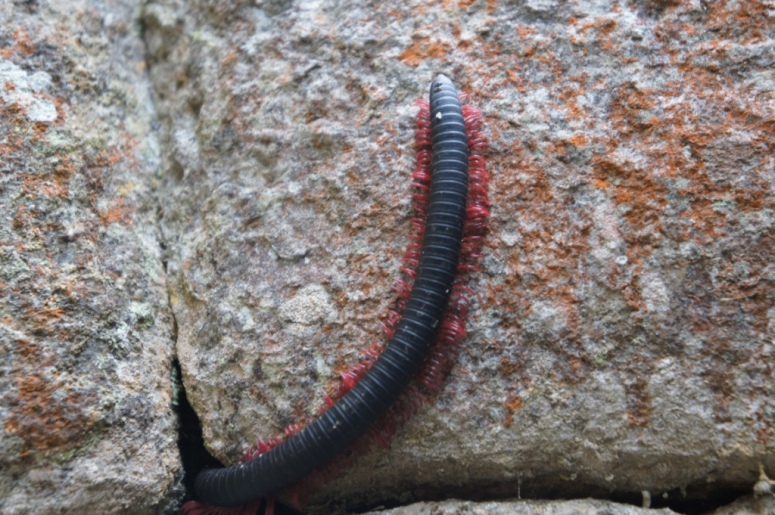
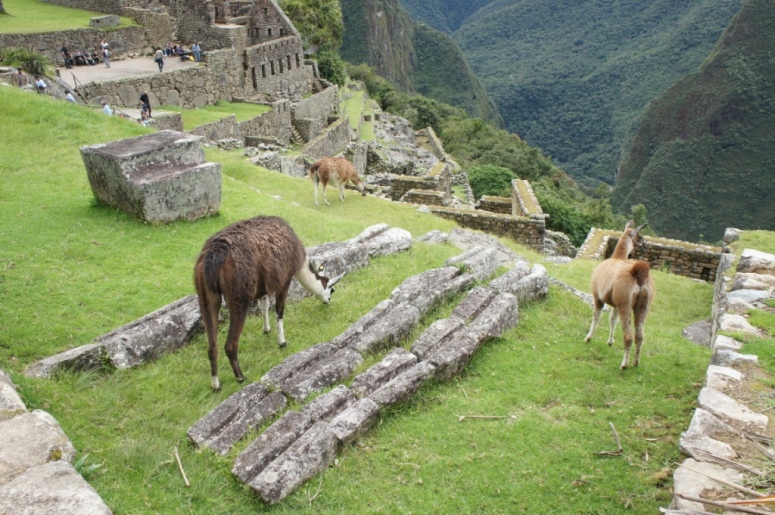
and tried to figure out how to use the bathrooms.
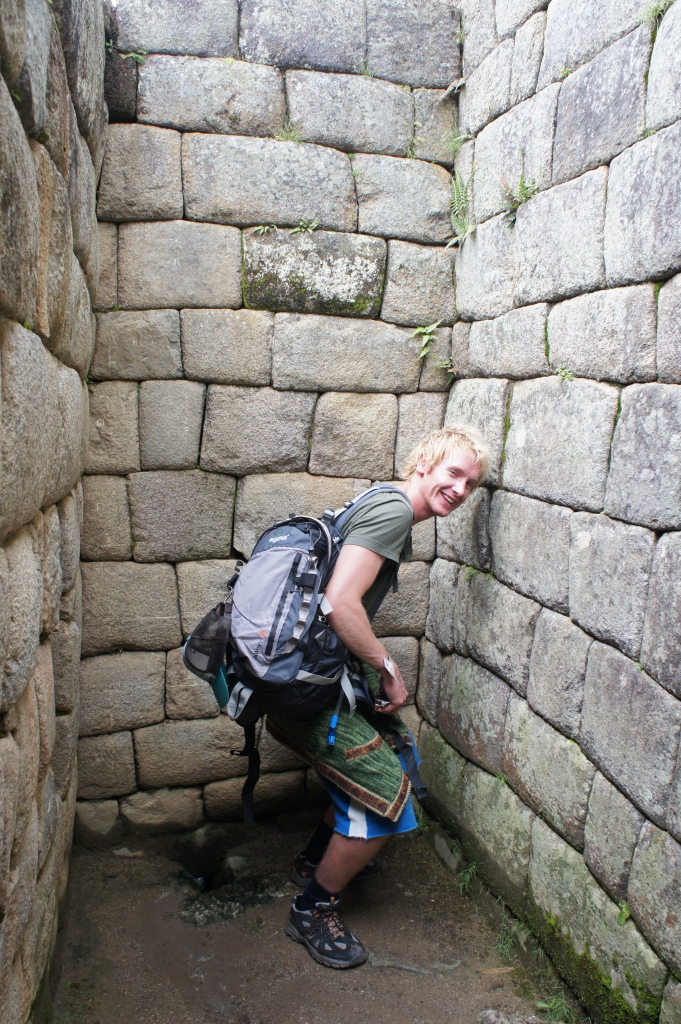
We were given free time to explore the ruins on our own.
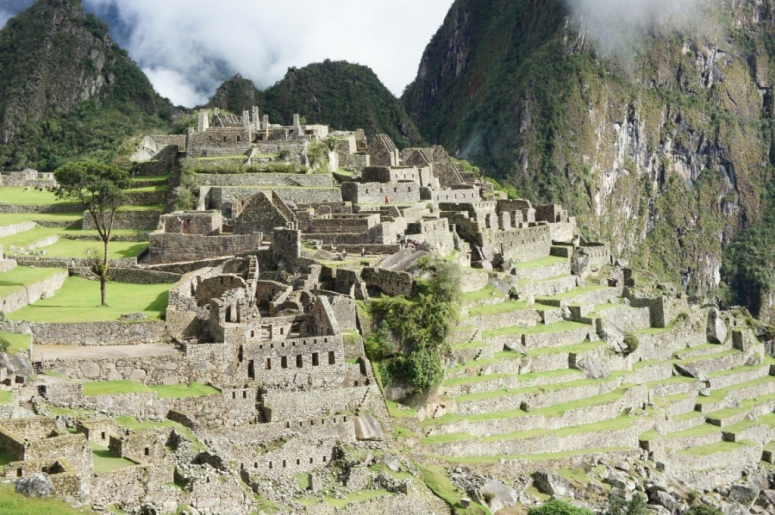

Four members of our group, who still had energy, climbed Huayna Picchu for more superb views.
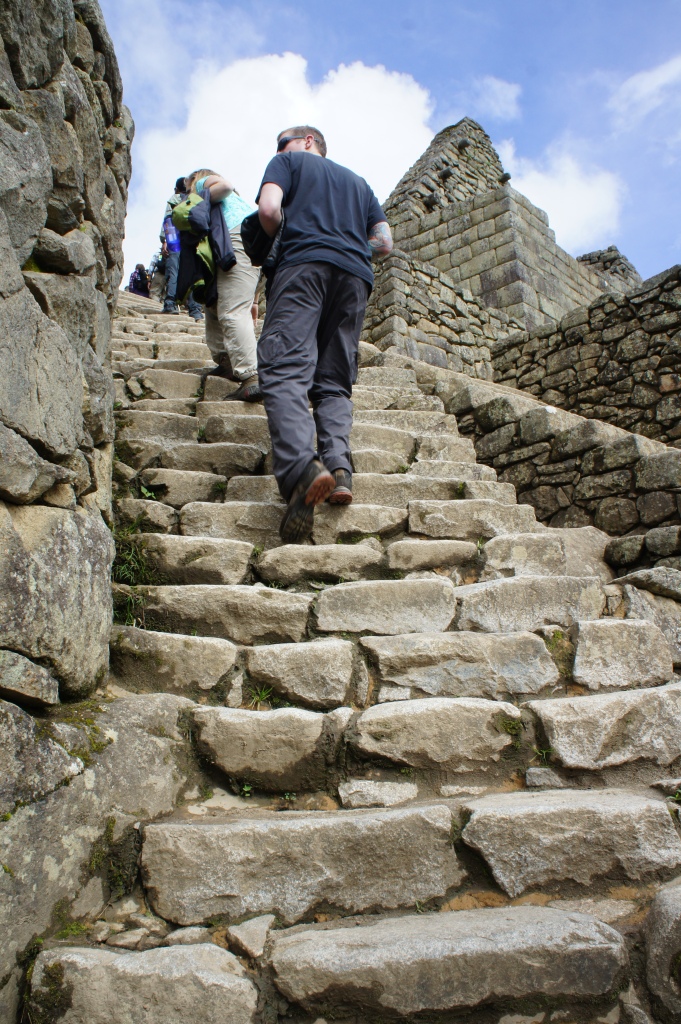
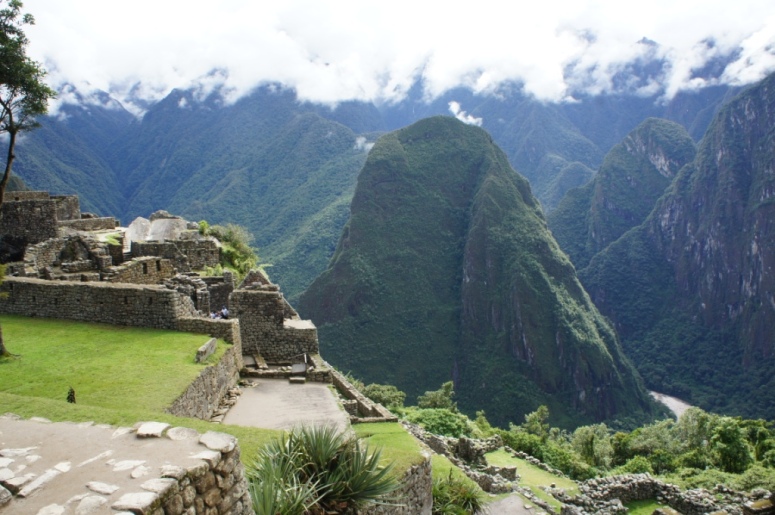
The rest of us wandered around the ruins and soaked up the tranquil setting.
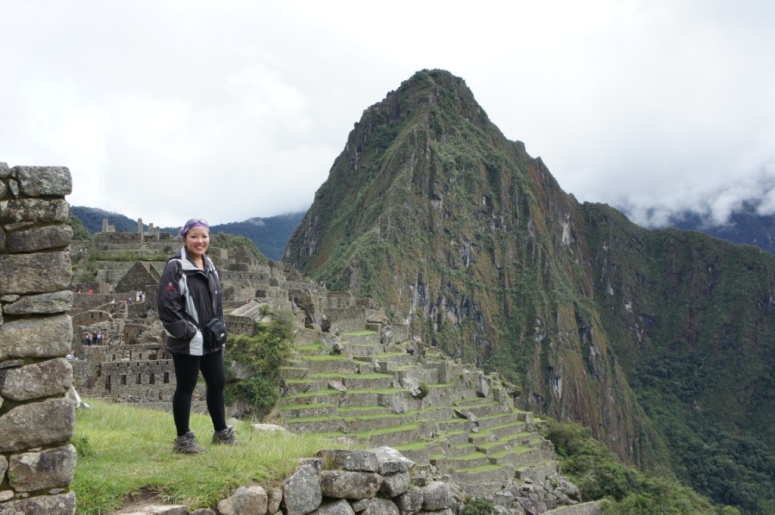
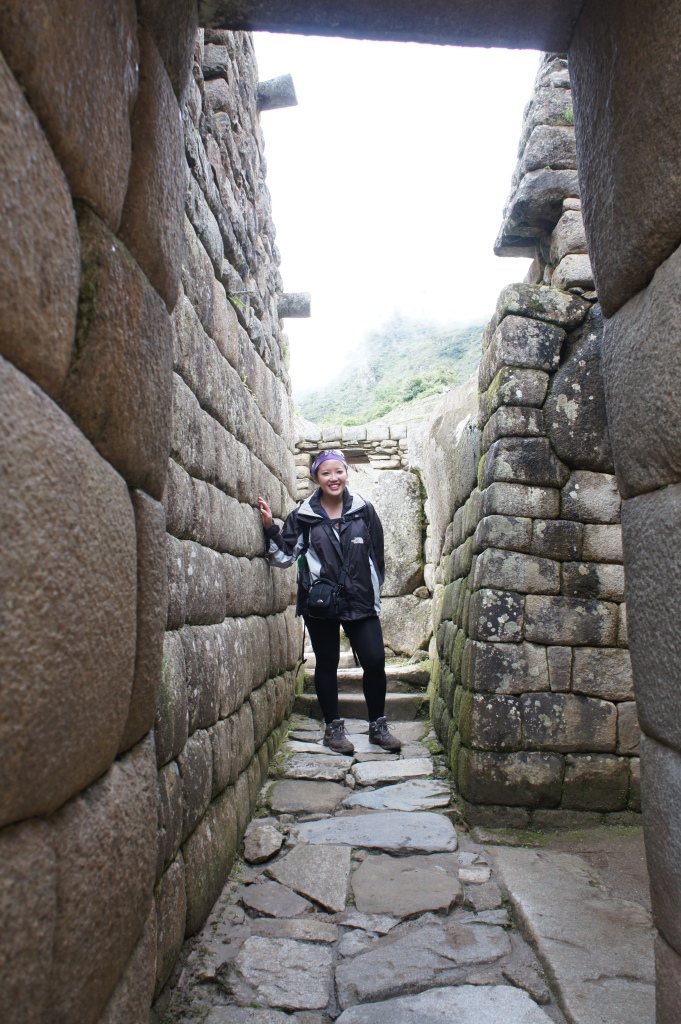
Shelly and I caught the bus down to Agua Calientes, had lunch and headed to the hot springs to relax.
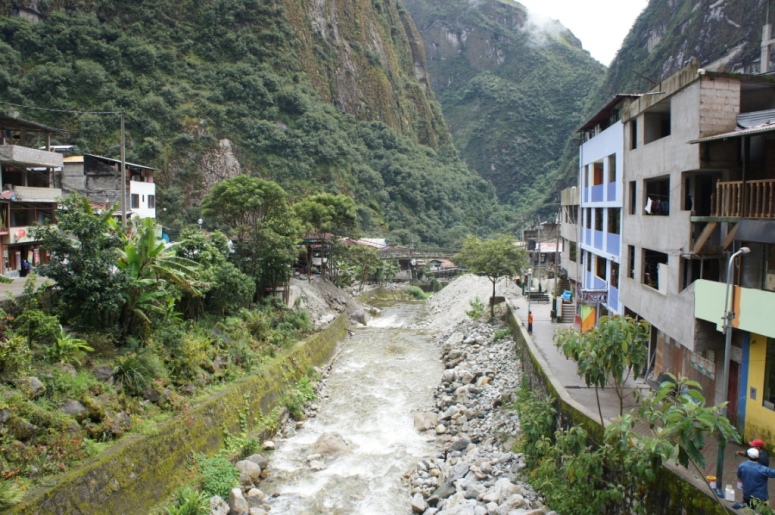
Shelly and I also indulged in a US $10 massage.
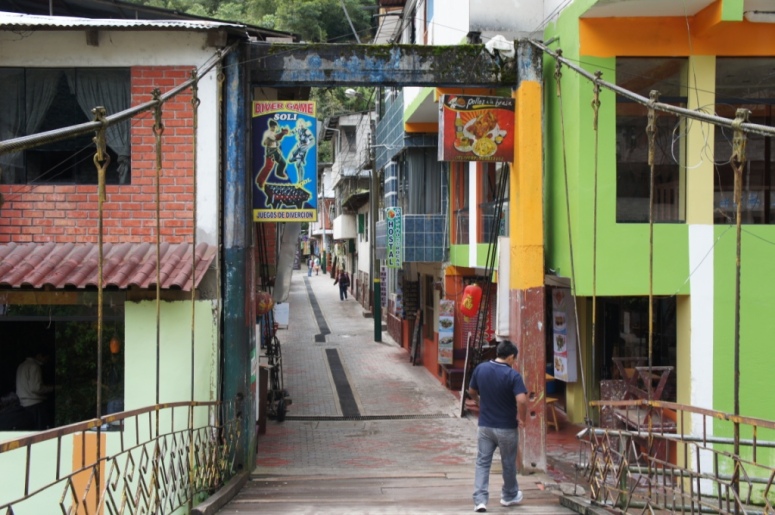
That evening, we received our completion certificates and posed for one last group photo.
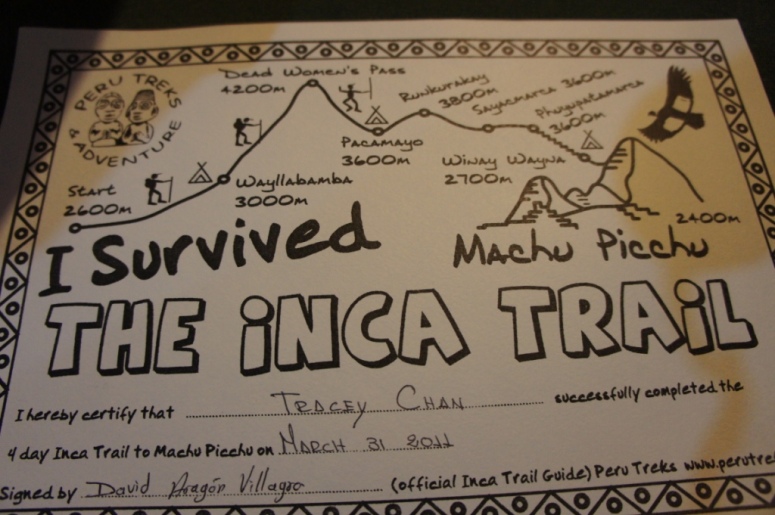
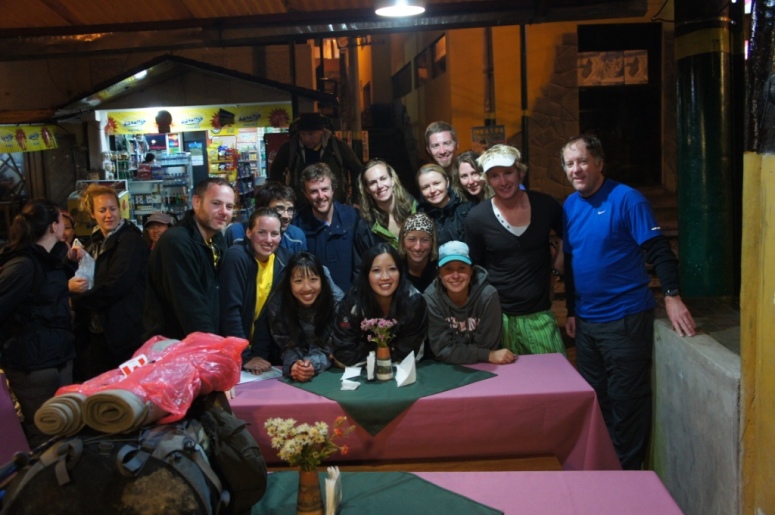
We hopped on the train to Ollantaytambo where Shelly and I opted to stay the night instead of returning to Cusco.
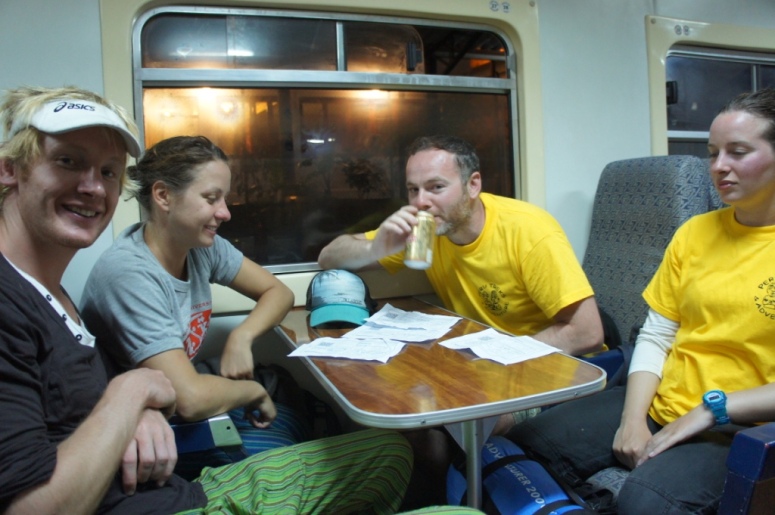
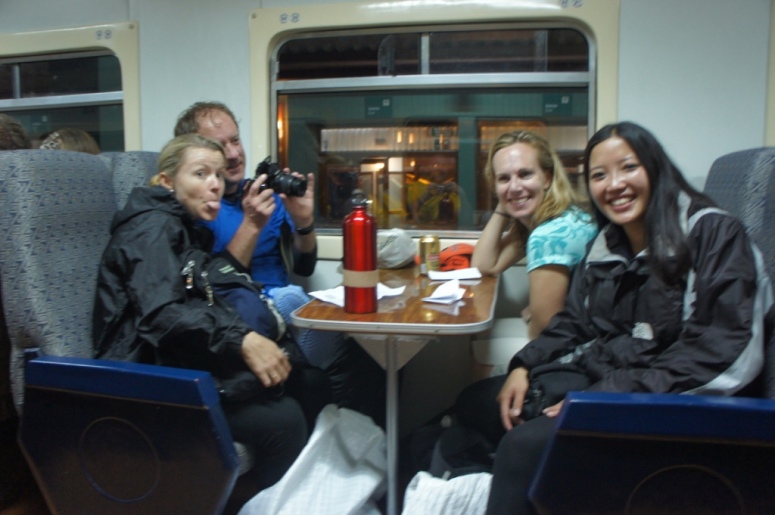
In the morning, we were ravenous so we both ordered two plates each for breakfast.
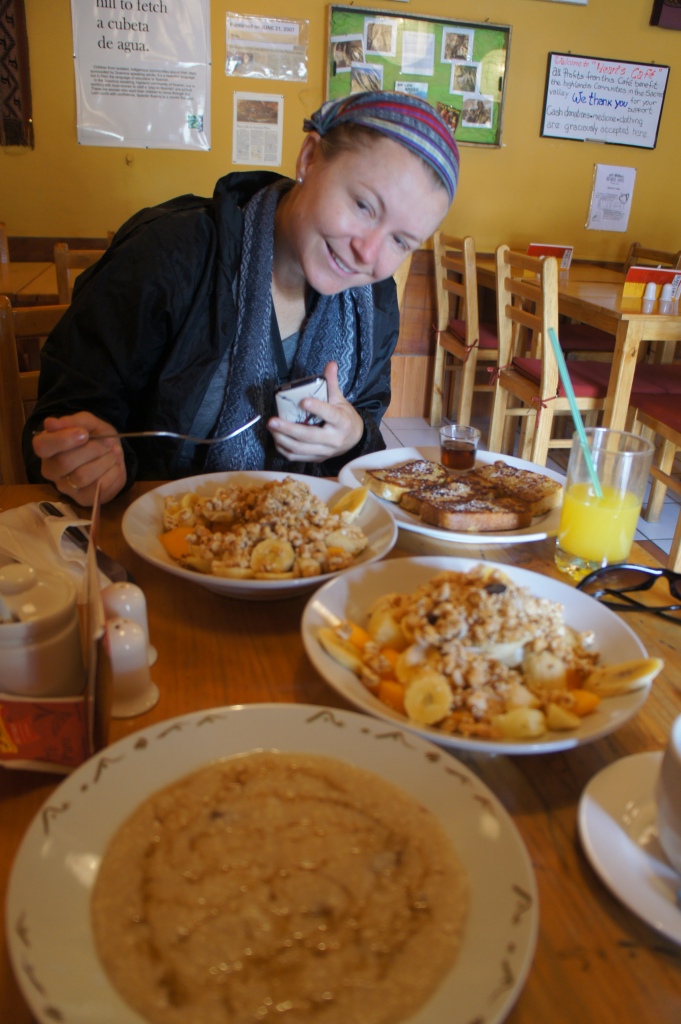
We struggled to finish our food so I guess you could say we were over ambitious.
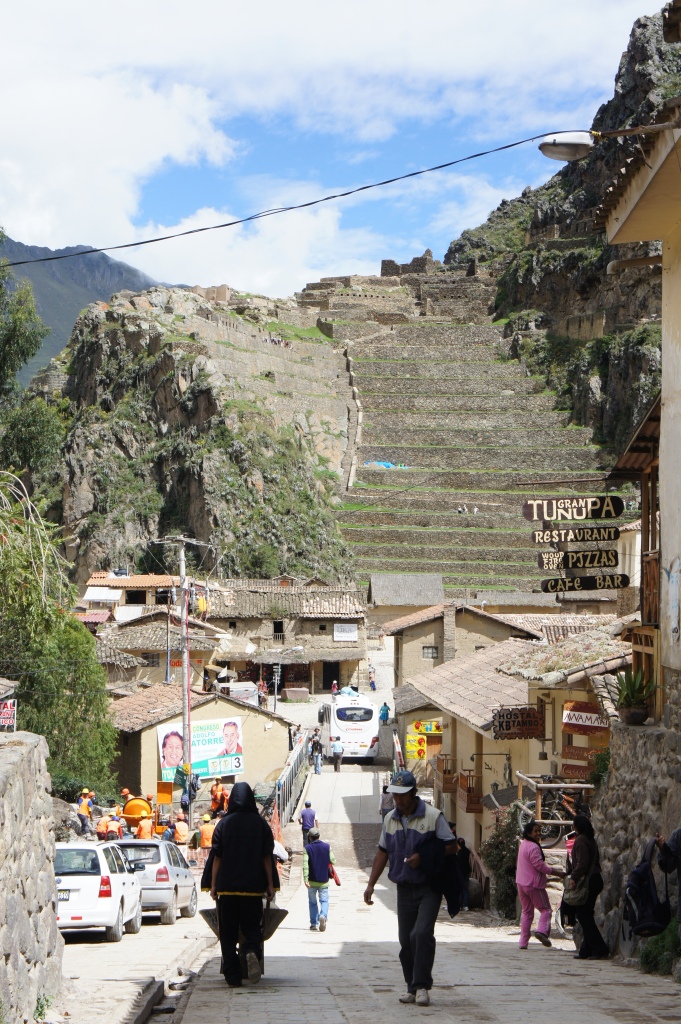
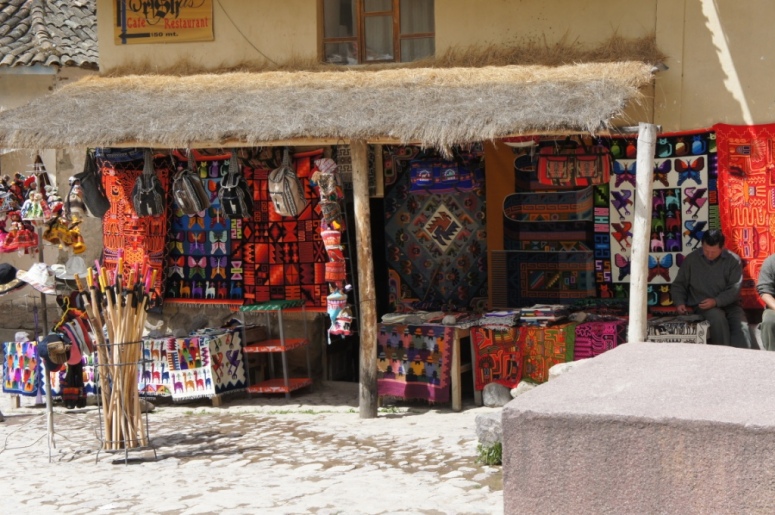
We spent the morning exploring the town of Ollantaytambo, before catching a collectivo back to Cusco.
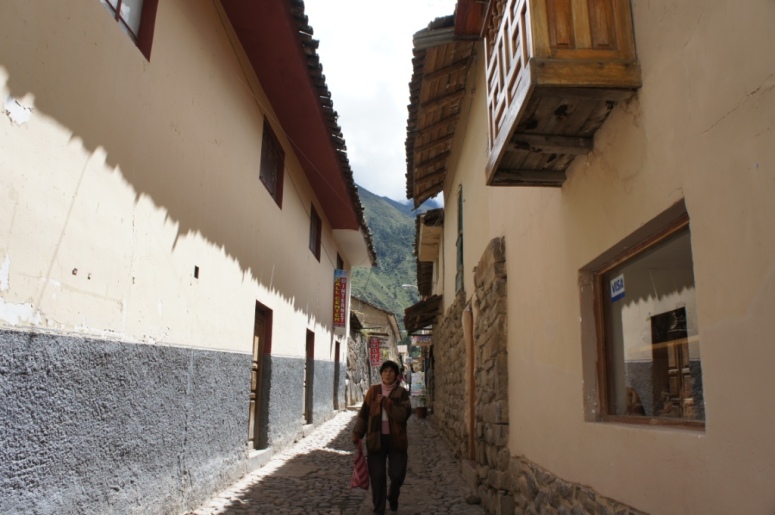
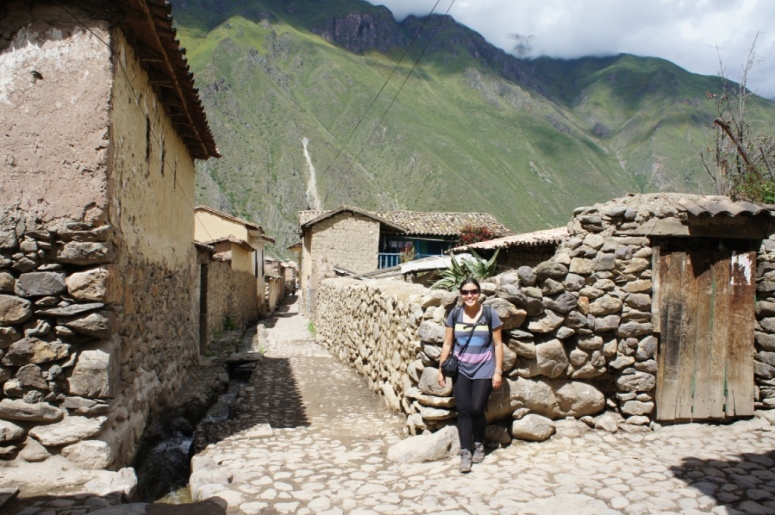
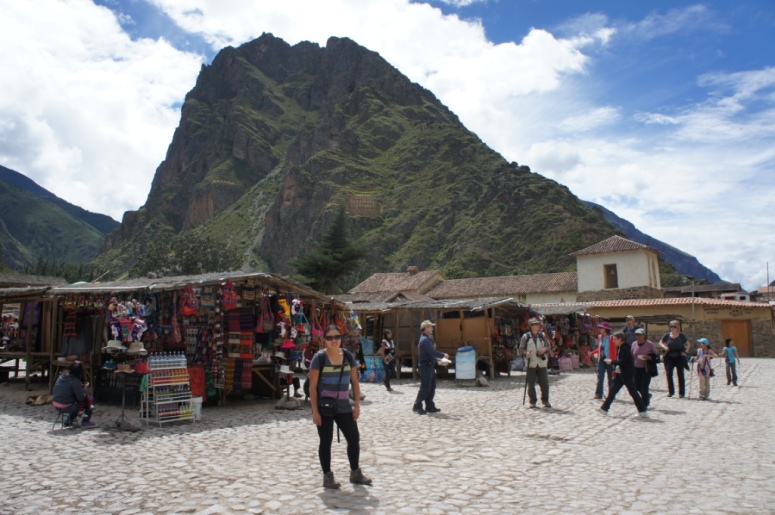
In Cusco, we celebrated Shelly’s birthday in a big way.

I would write more about it except I can’t remember most of the night!

All I know is that alcohol + high altitude = very bad hangover!

Our last stop in Peru was Puno, where we met up with Will, a fellow Everest Base Camper and who will be travelling with us for the next couple of months.
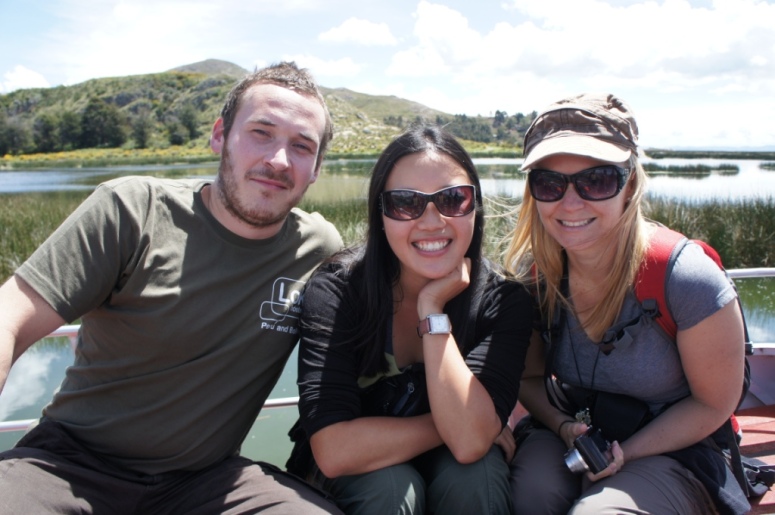
We hopped on a boat across Lake Titicaca, the world’s highest navigable lake.
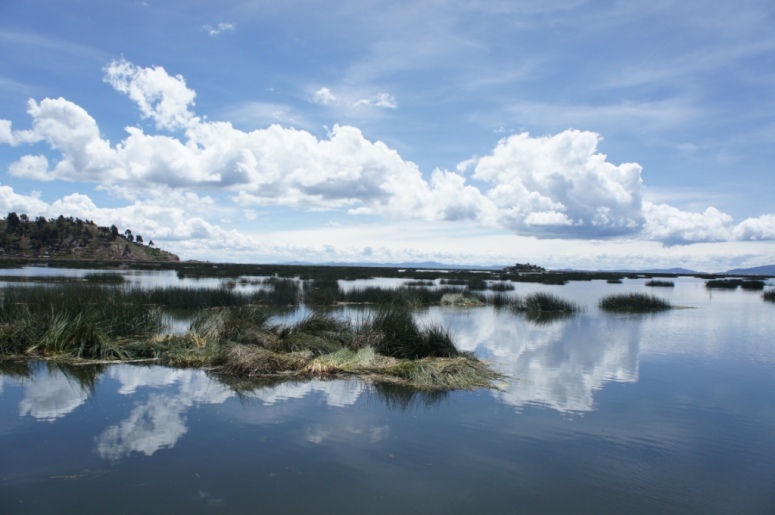
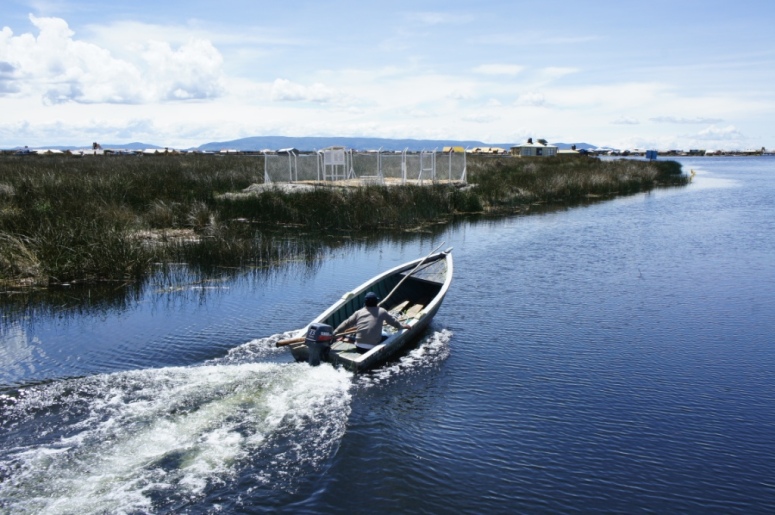
The boat stopped at the Uros Floating Islands which were cute but very tourist oriented.
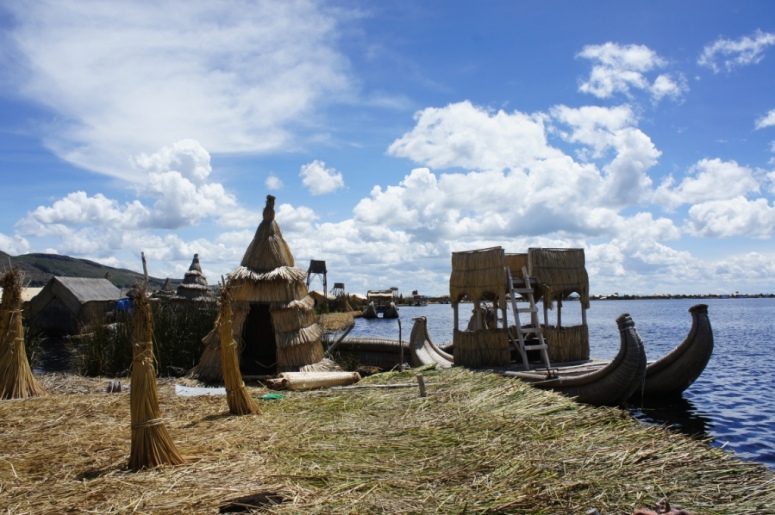
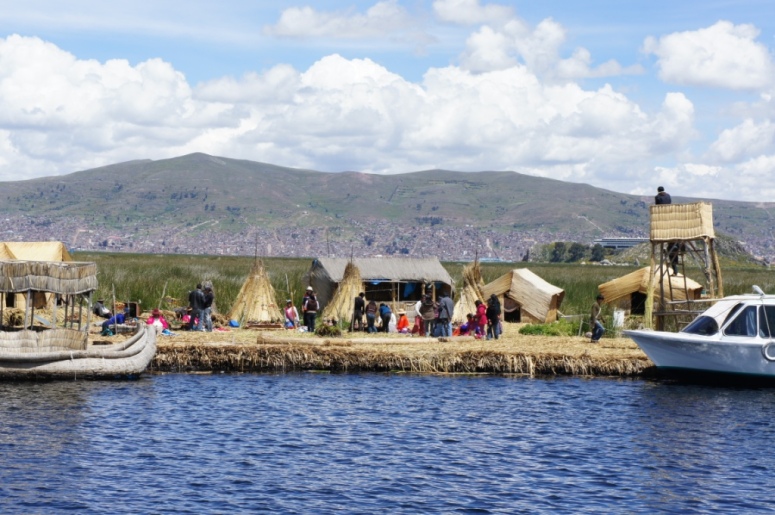
The people of the Uros floating islands hunt birds and fish for their livelihood as well as rely on tourism to support their way of life.
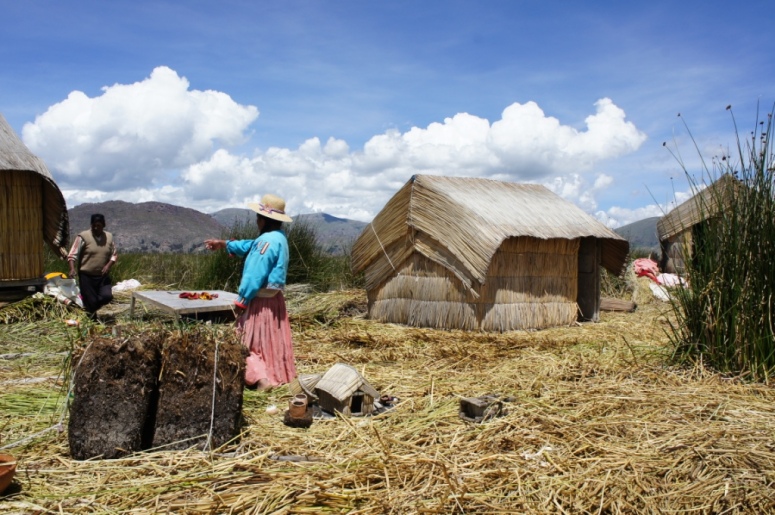
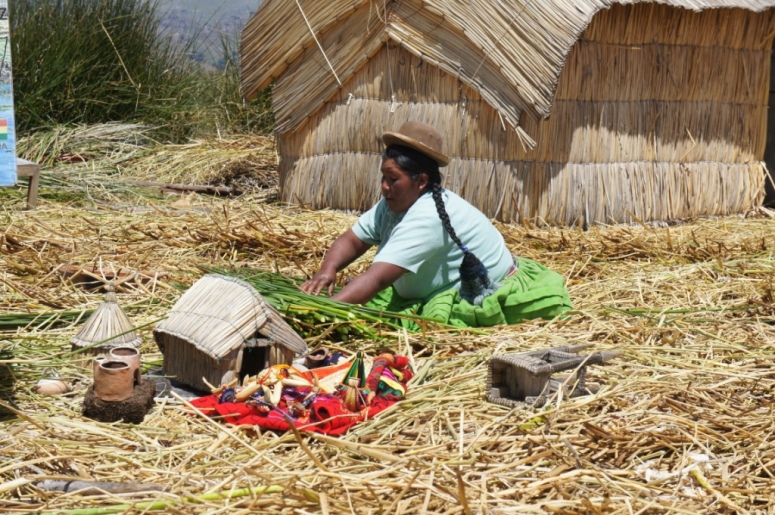
Unfortunately for them, we weren’t playing happy tourist.
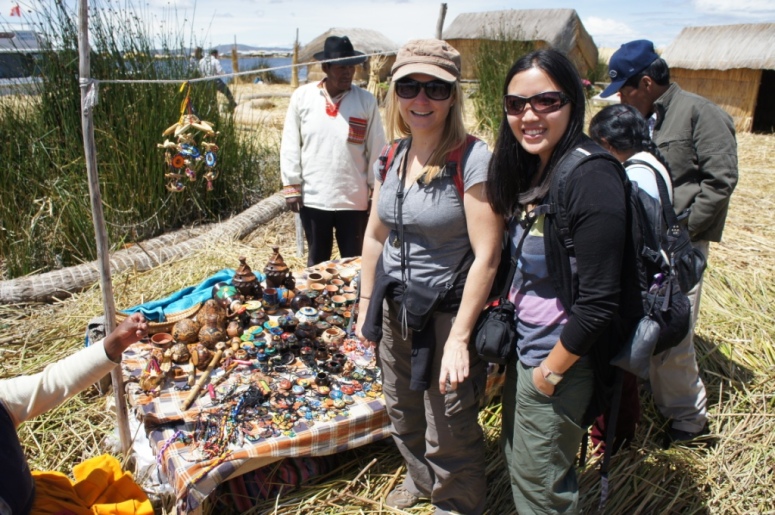
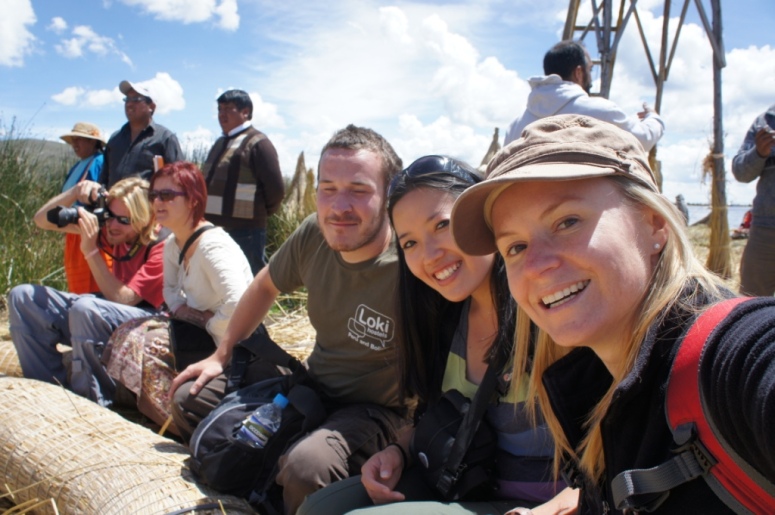
We left the islands after having lunch and made our way across the border into Bolivia.
